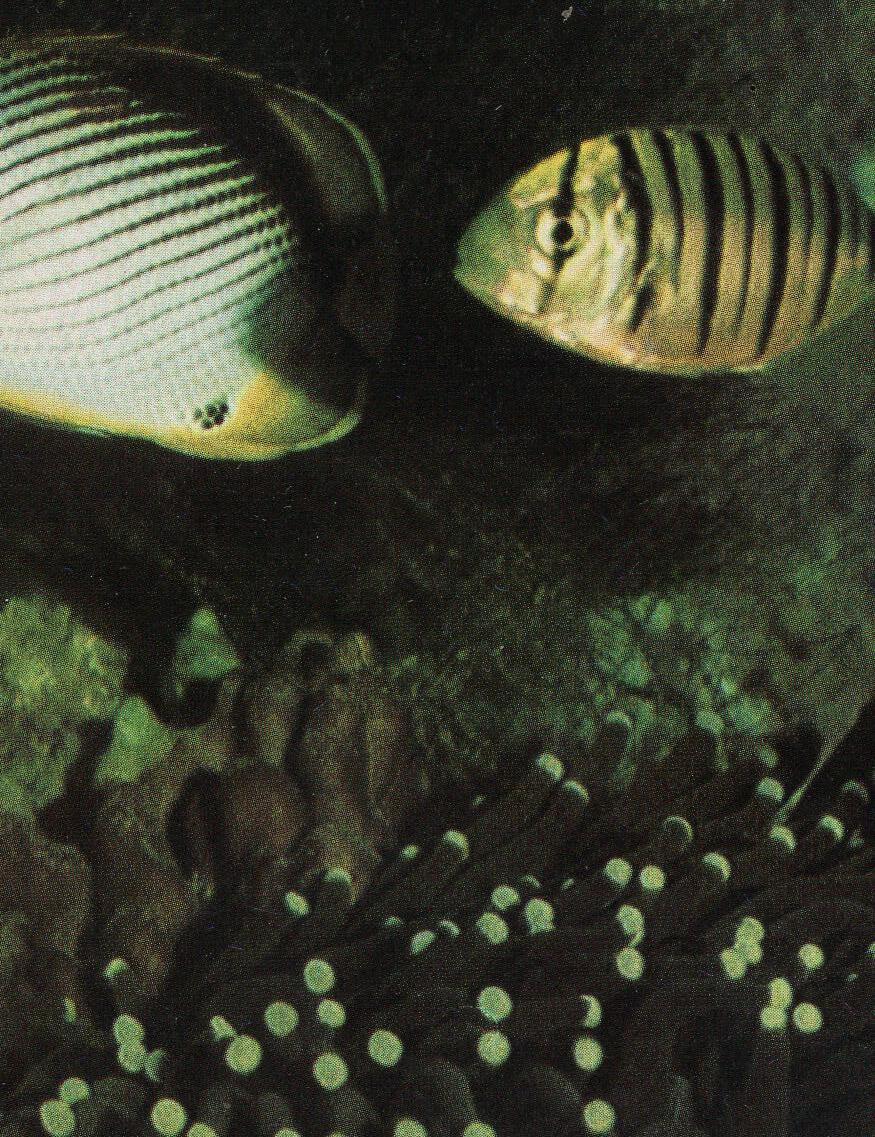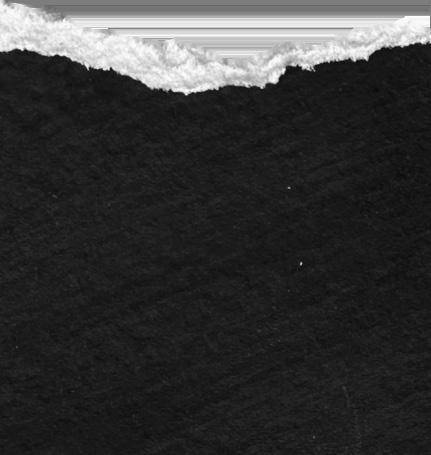










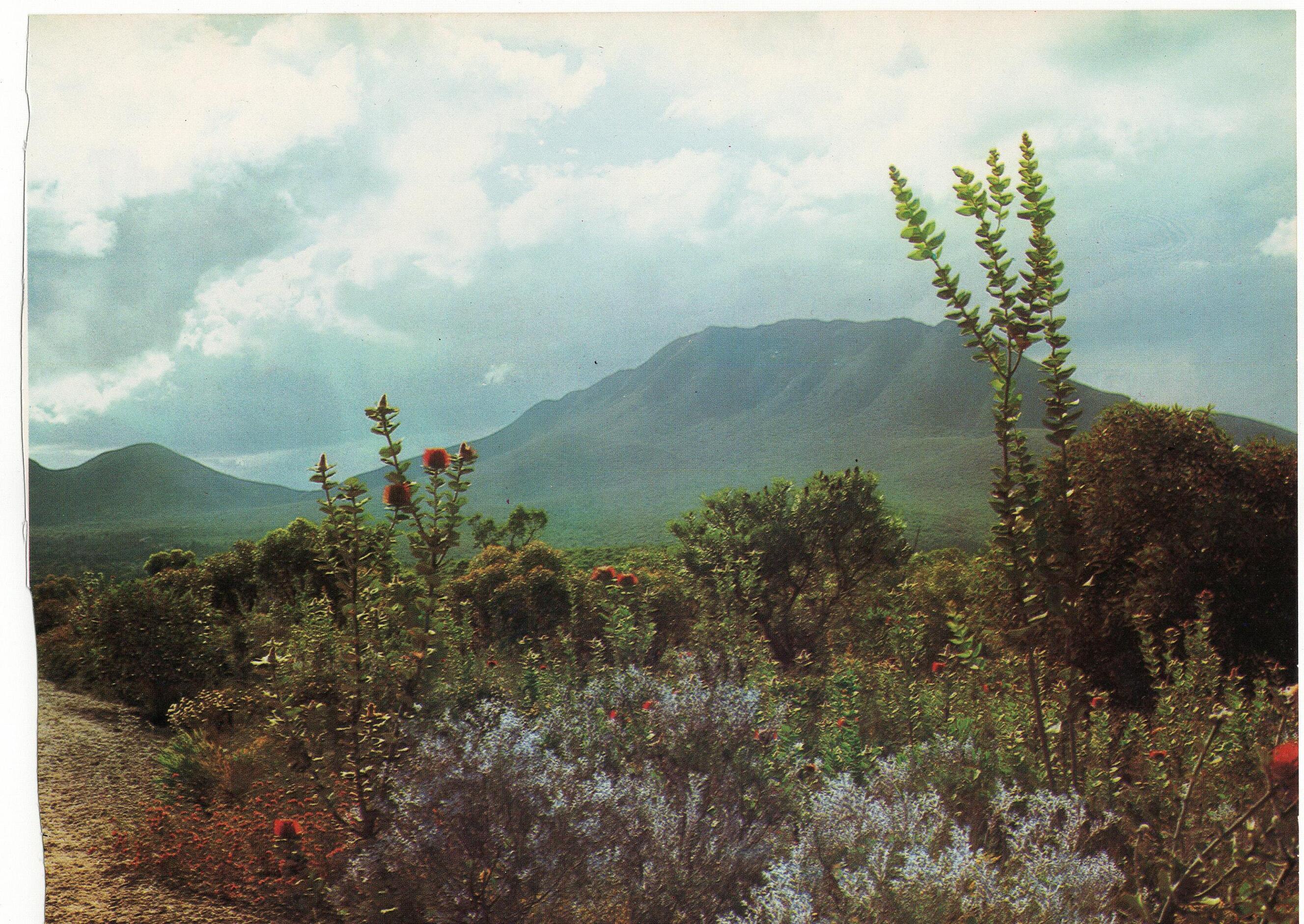
Always was and always will be Indigenous land.
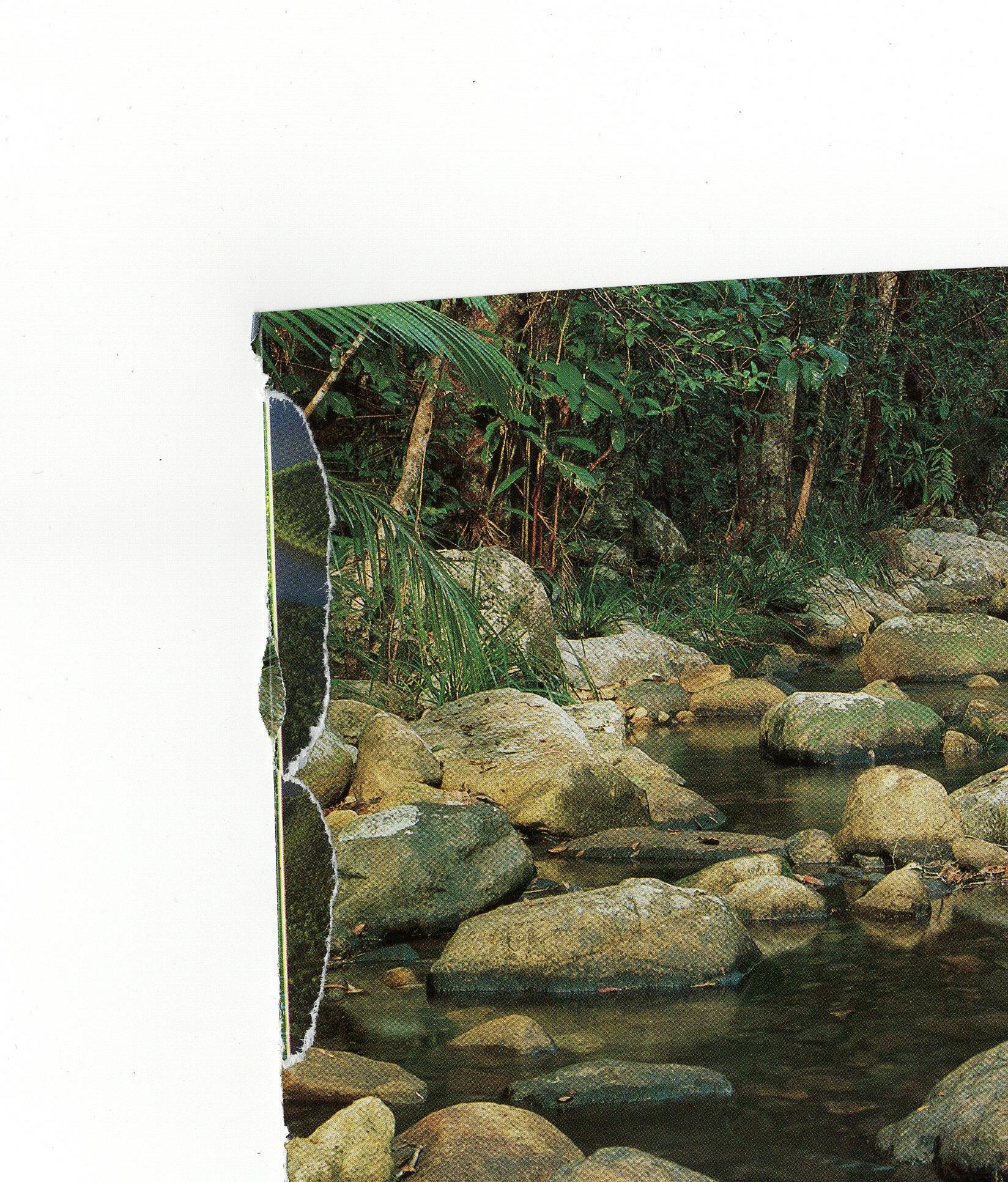
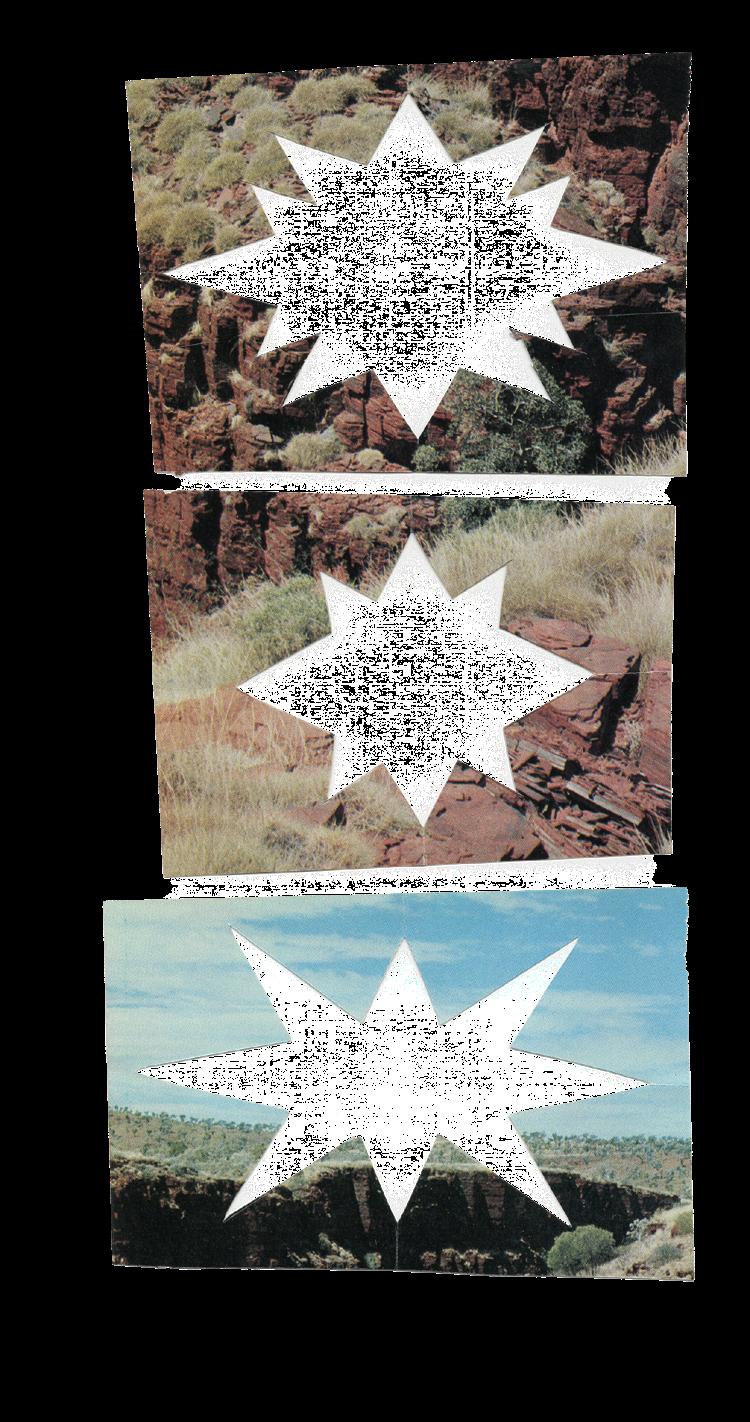
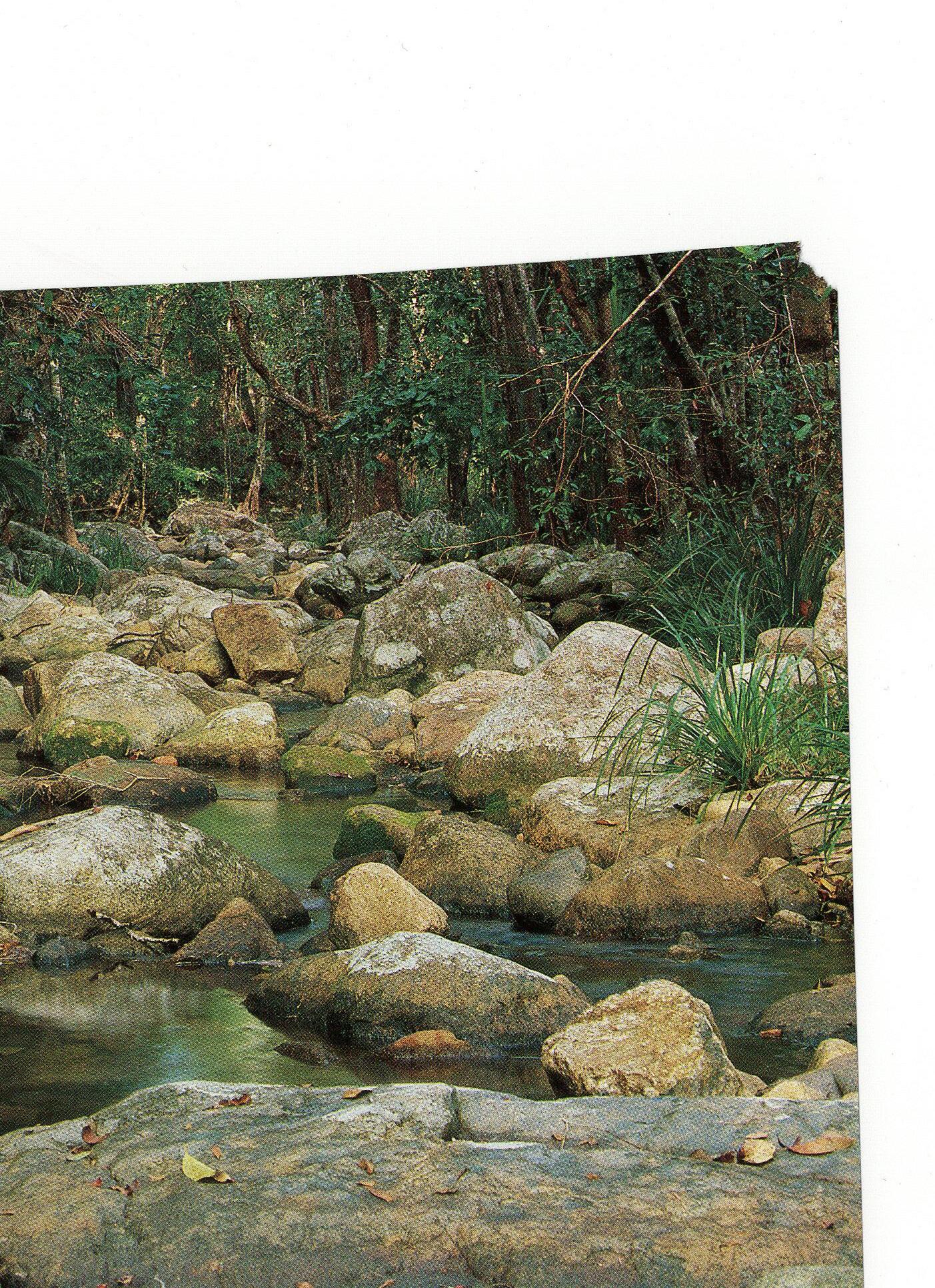
The Vertigo editorial team would like to acknowledge the traditional custodians of the lands on which this magazine is created: The Gadigal people of the Eora nation. We acknowledge that sovereignty was never ceded and pay our respects to elders past, present, and emerging.
As creatives, we are inspired by the strength of Indigenous cultural memory through storytelling and art. Through song, dance, painting, weaving, and the spoken word, First Nations people were, and remain, the first story–tellers.
This edition of Vertigo has been titled ‘Lodestar’, after the star that has shepherded many a ship to shore. For millennia First Nations people have observed the sun, moon, and stars as their guide for navigation, cultural ceremonies, and the homes of spirits and ancestors.
We too look at the same stars for guidance, hoping to honour and amplify Indigenous voices and their ongoing connection to country, traditions, and customs through this installment of Vertigo.

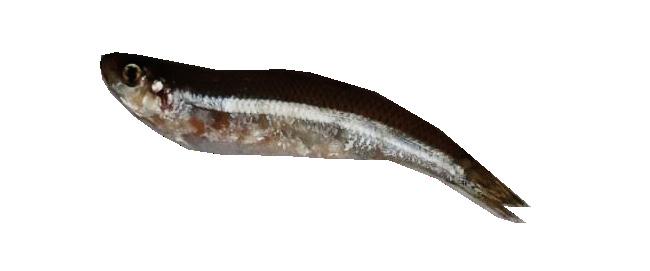
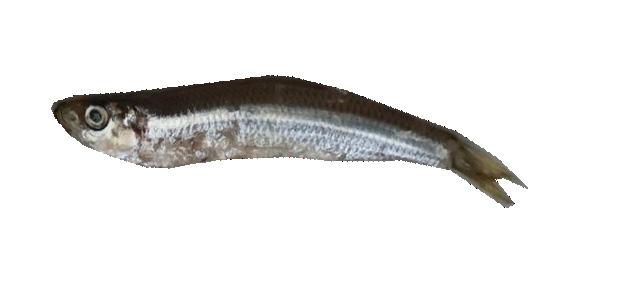
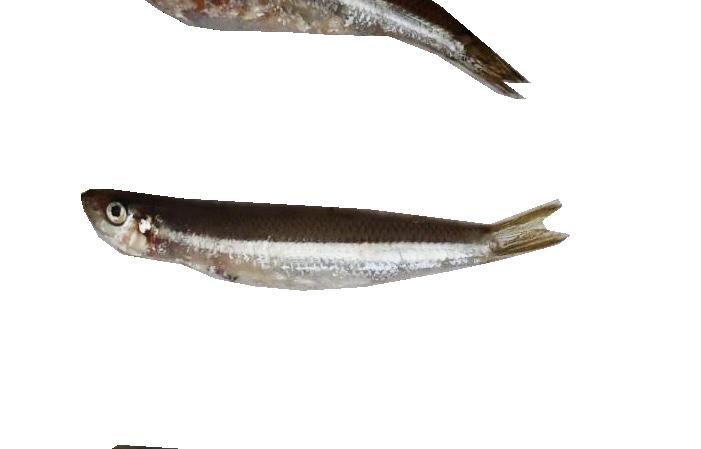



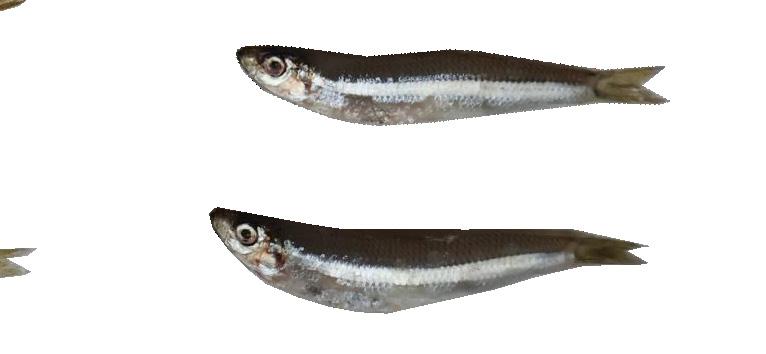


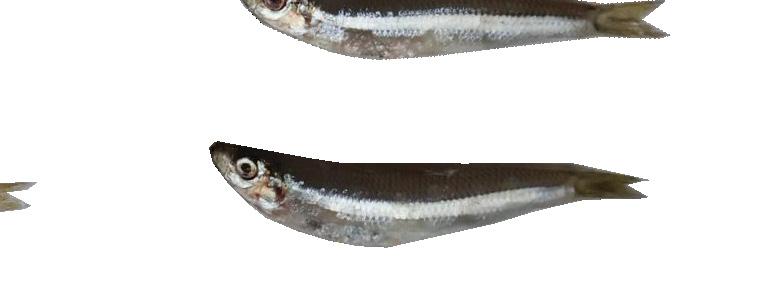


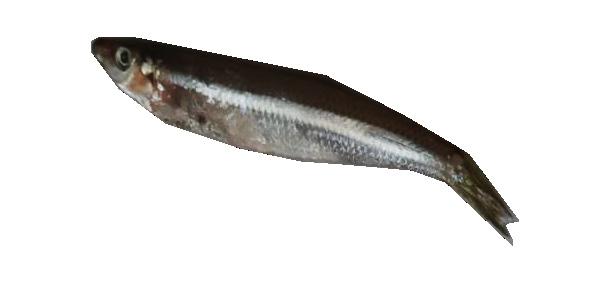
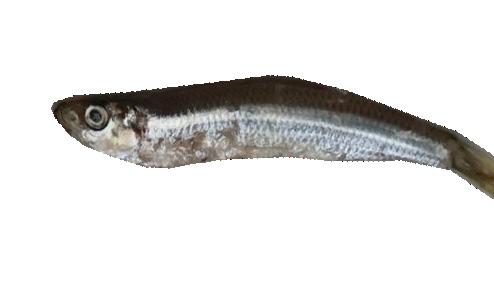
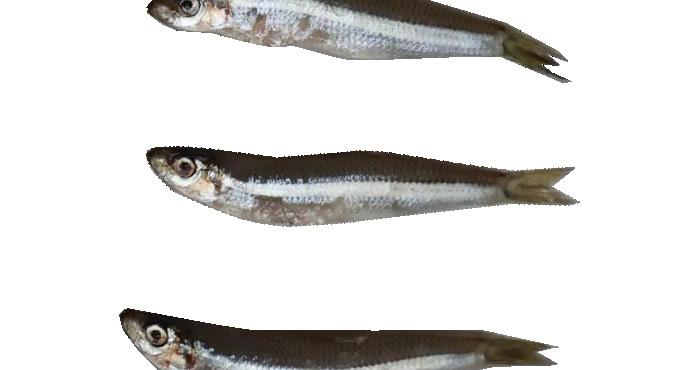

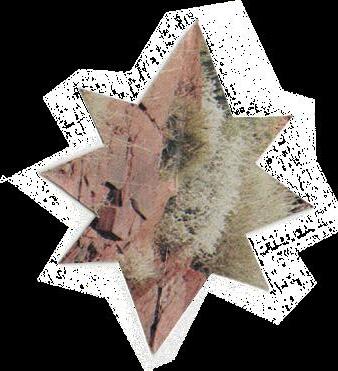
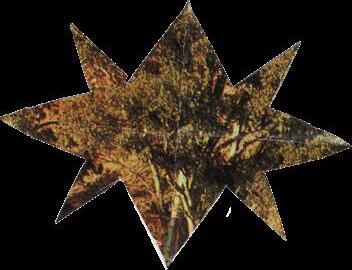

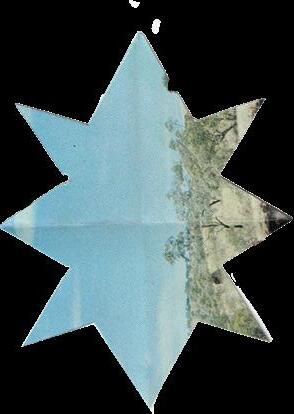
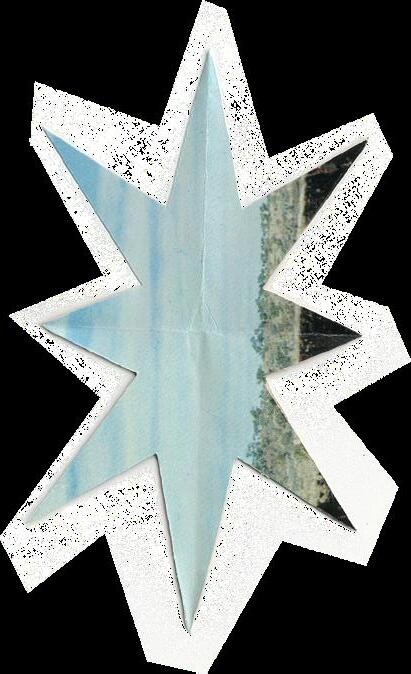

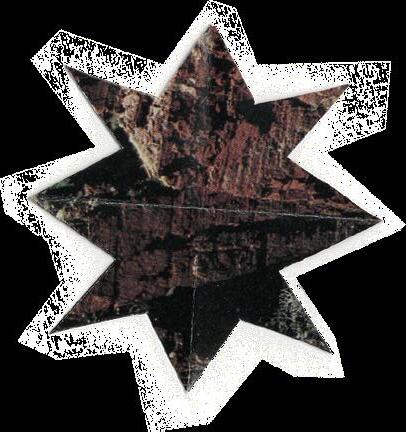
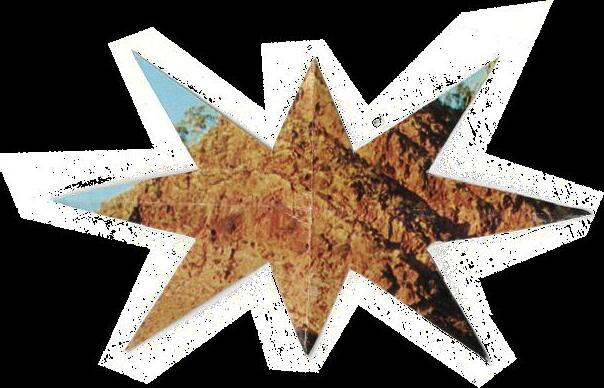
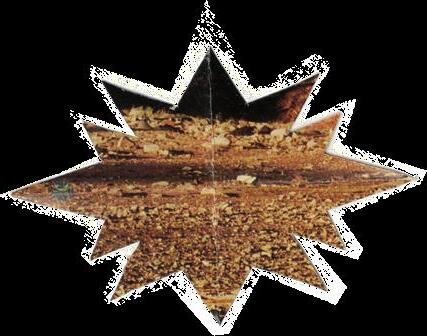
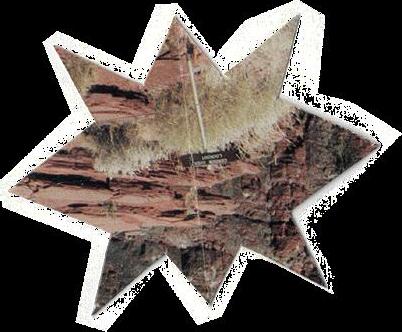
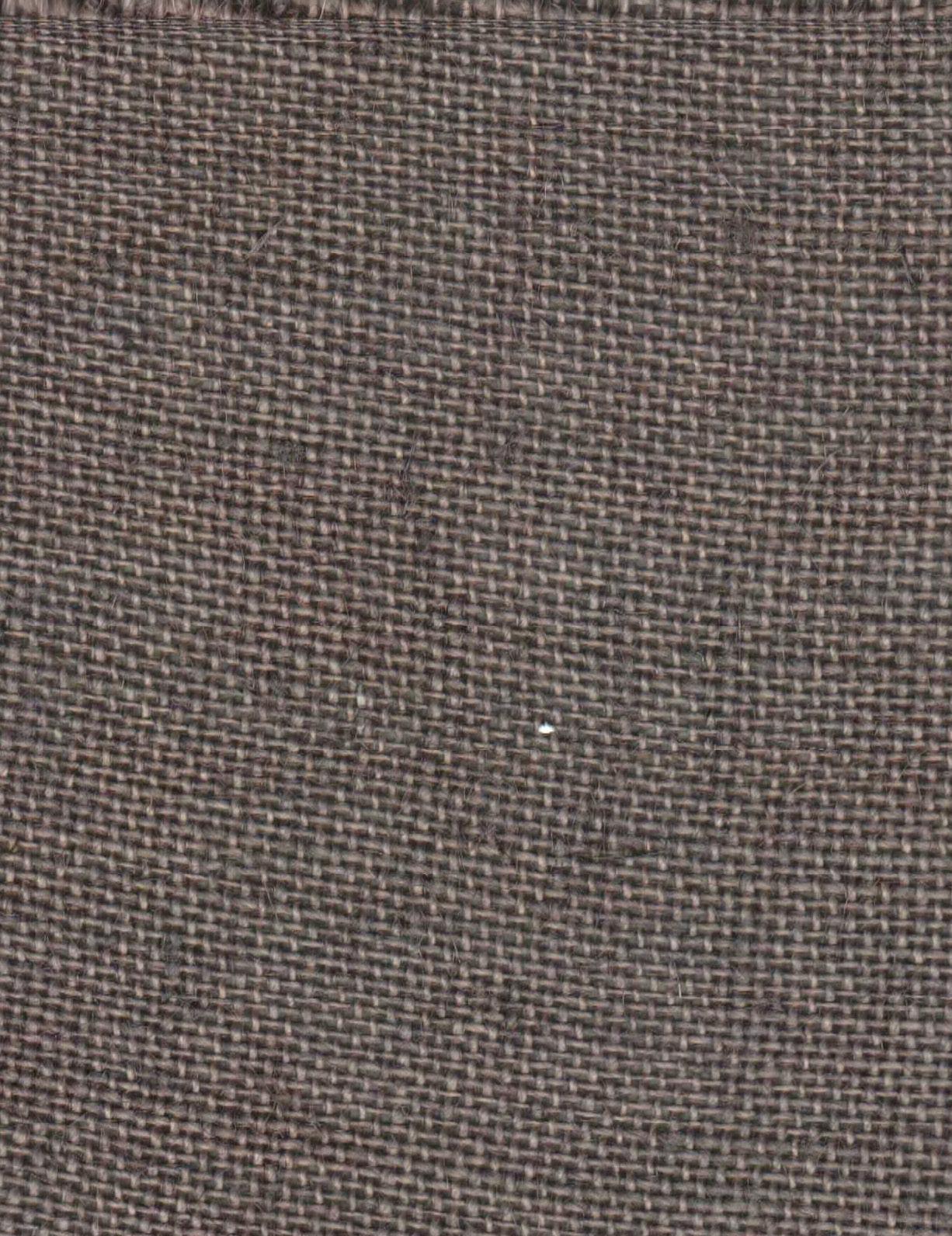
Dear reader,
As a new year of uni year begins, thus opens another chapter of your life. The start of the new year is always filled with excitement, anxiety, hope and confusion.
If this is your first year, this time can be especially uncertain for you – and to you, we extend our warmest of welcomes, and we understand that this time can be especially uncertain for you. If you’re a veteran, like the best of us, well then hey! Welcome to another year of the best and worst years of your life. Whichever you are, in these trying times, it’s important to find your bearings.
To find your Lodestar.
In the middle ages, without GPS and Find my Phone, or other forms of guidance, sailors would fixate on one star in the sky to be their guide home. This star would be followed in the darkest night as a symbol of direction, dubbed a Lodestar.
If your early adult years are an almost unnavigable ocean, ever changing and throwing you around the deck,
What is your Lodestar?
Who or what guides you?
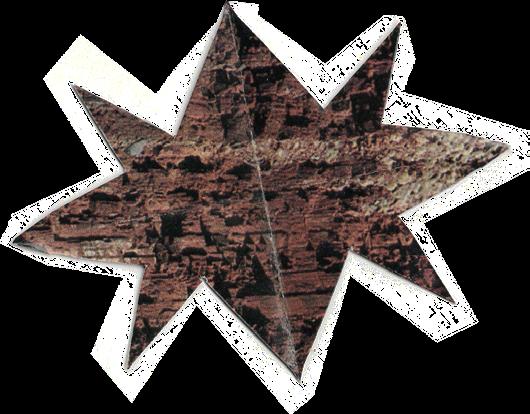

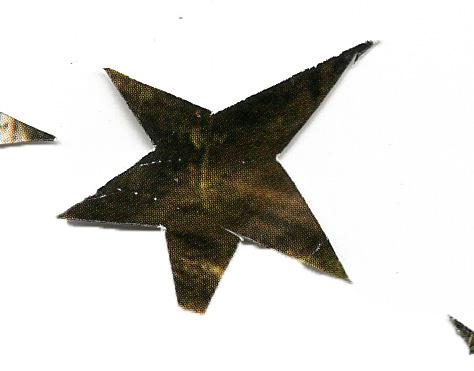
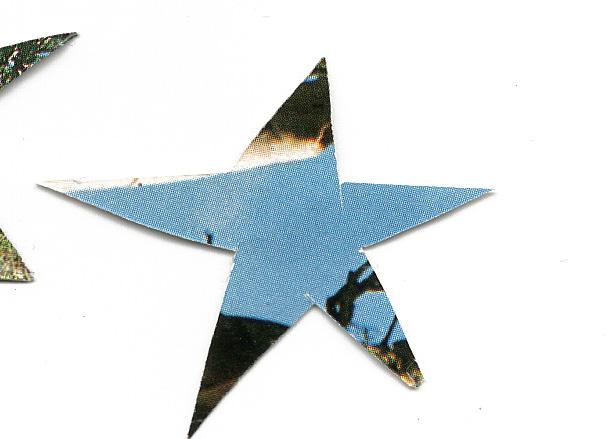
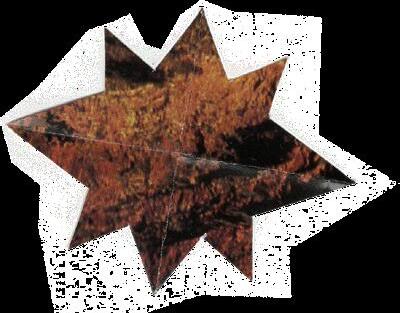
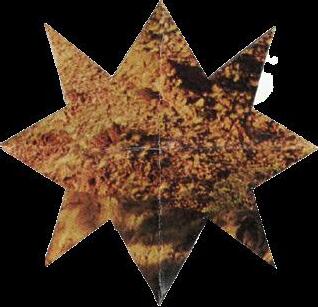

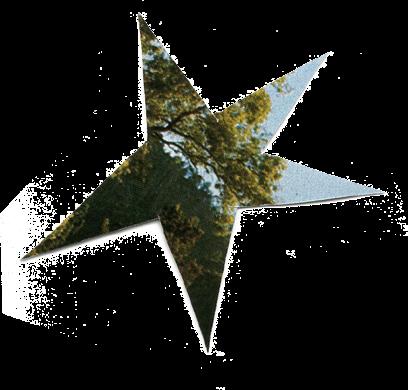
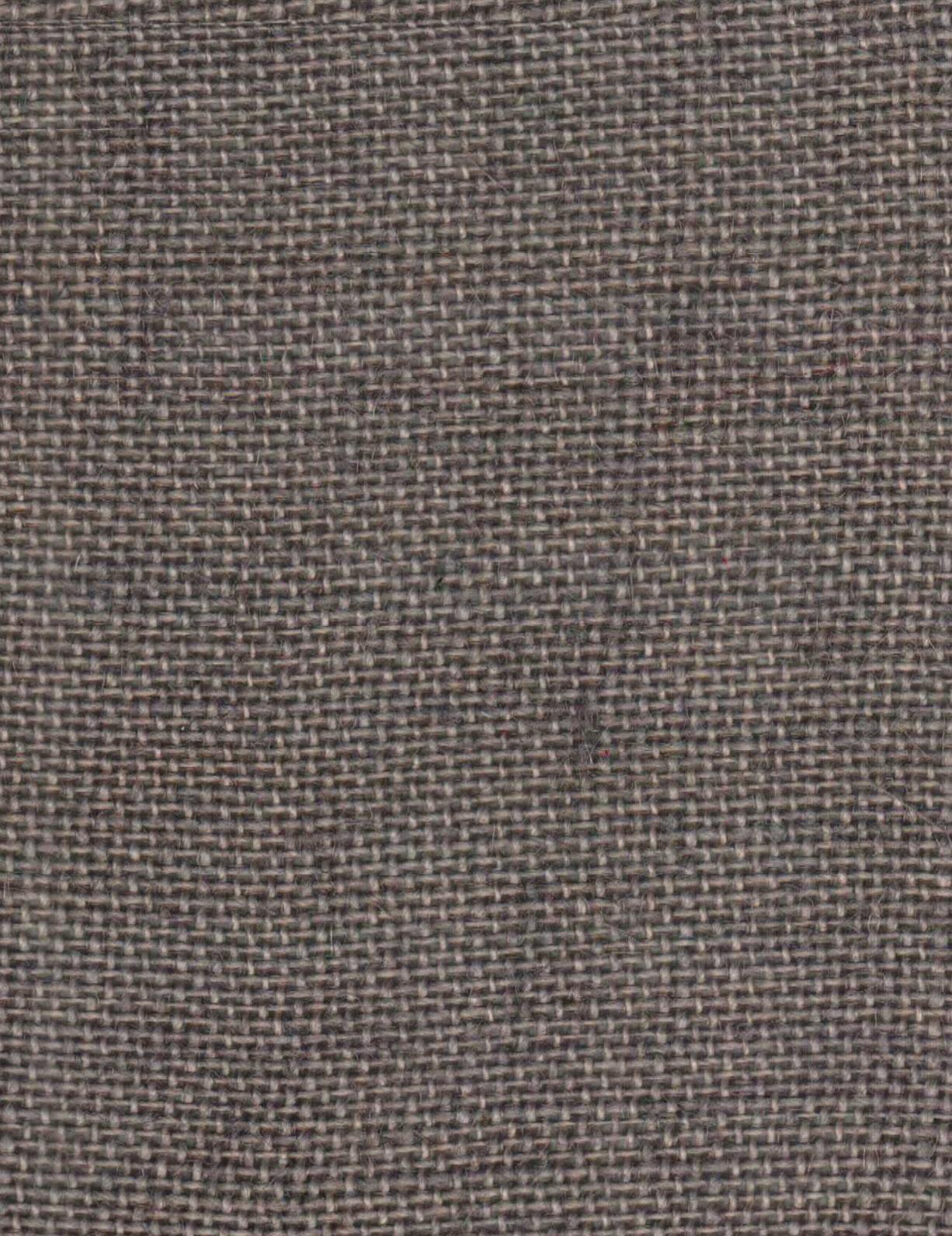
It might be a person – a parent, friend or lover. Maybe it’s a place, or a goal, or an entity. Maybe it’s something else entirely. Whatever it is, let us serve as yours during your time while you’re at UTS.
For many of us on the editorial team, as the end of high school approached, Vertigo was our Lodestar – inspiring us to chase after our creative dreams and do the best that we could in our HSCs to secure a spot at UTS. Even during uni, the prospect of one day ending up writing, editing, or designing for this magazine, pushed us to keep going and navigate each of our own personal oceans, and thank the stars for that.
Our collective fates have intertwined and brought us as a team together, as well as brought you to us.

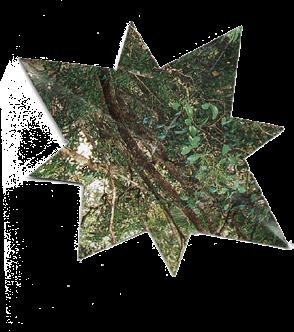
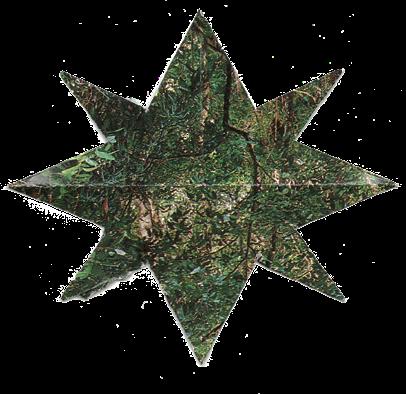
Like the tide and the moon, the relationship between us pushes and pulls. You carry us, and we carry you. We hope that in the same way you, the student, inspire us to sit at our computers for hours on end to craft this magazine, that we and this magazine can inspire you.
Whether that’s to create, or to live more authentically, or to appreciate the hidden corners of student life that we will try to bring to light for you.
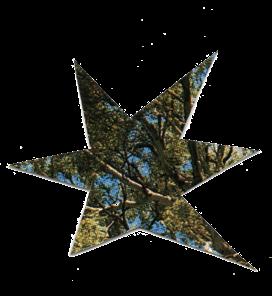
Thank you for letting us be, even for a moment, your Lodestar.
With love and light, the 2025 Vertigo team
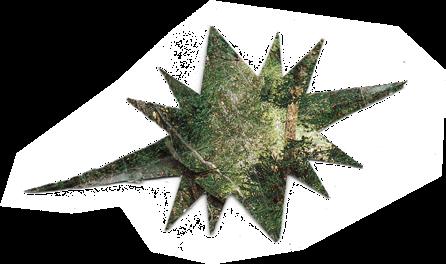
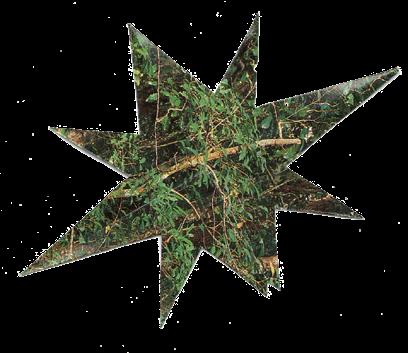
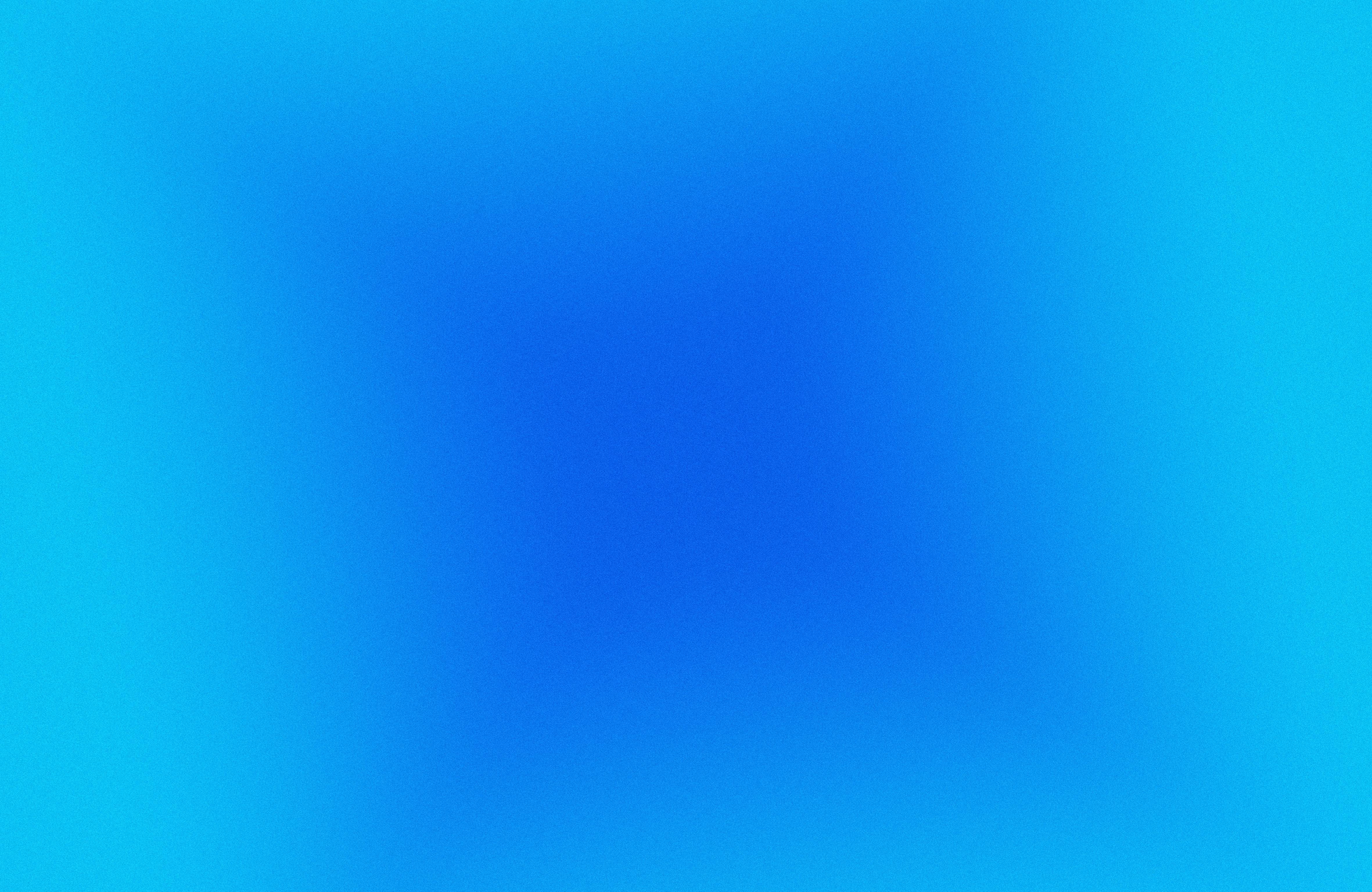
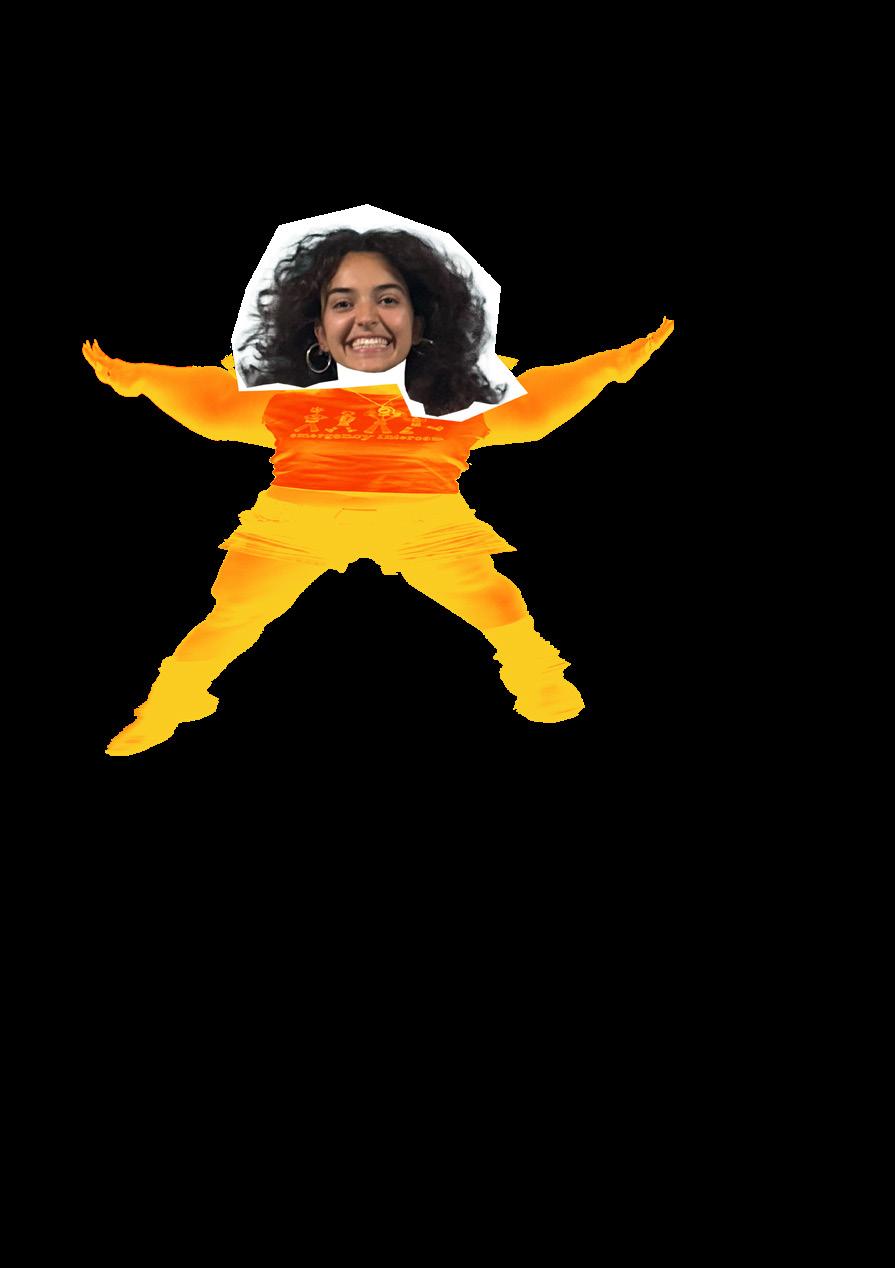

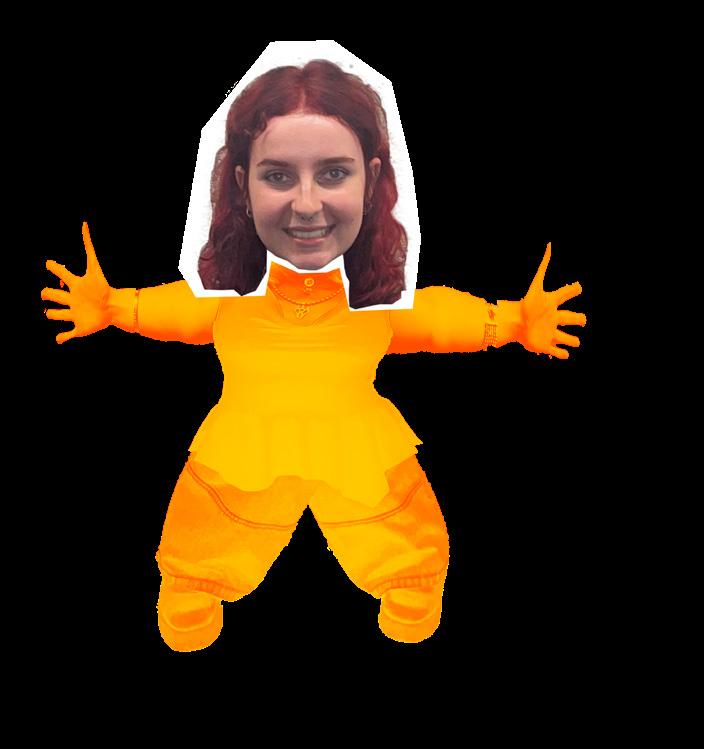
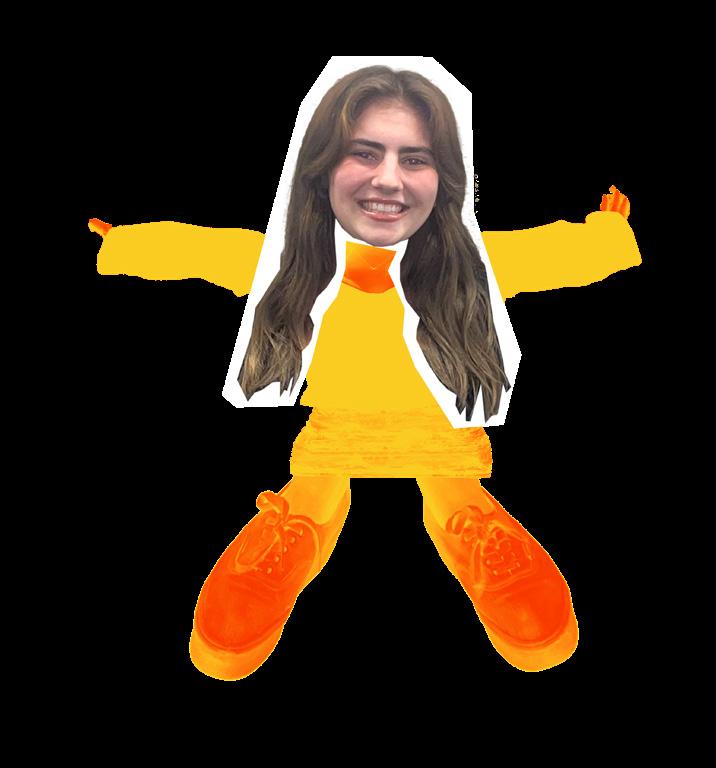
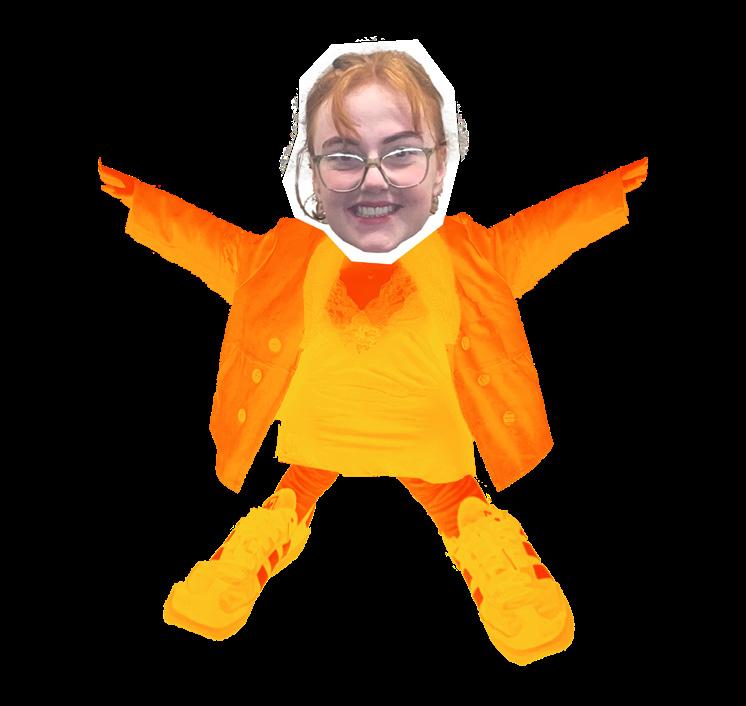
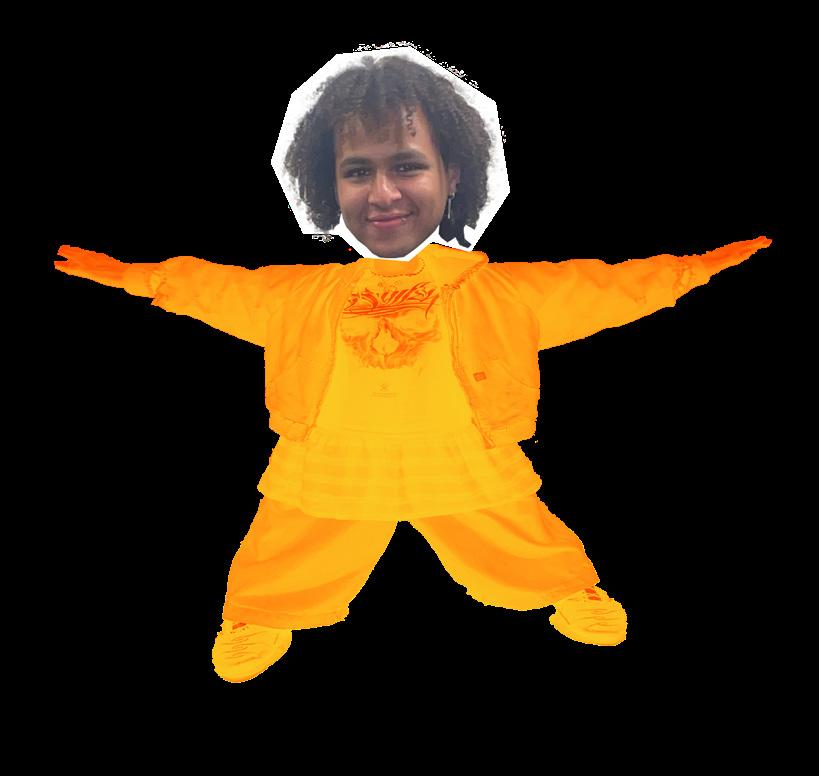
JONNIE JOCK general editor

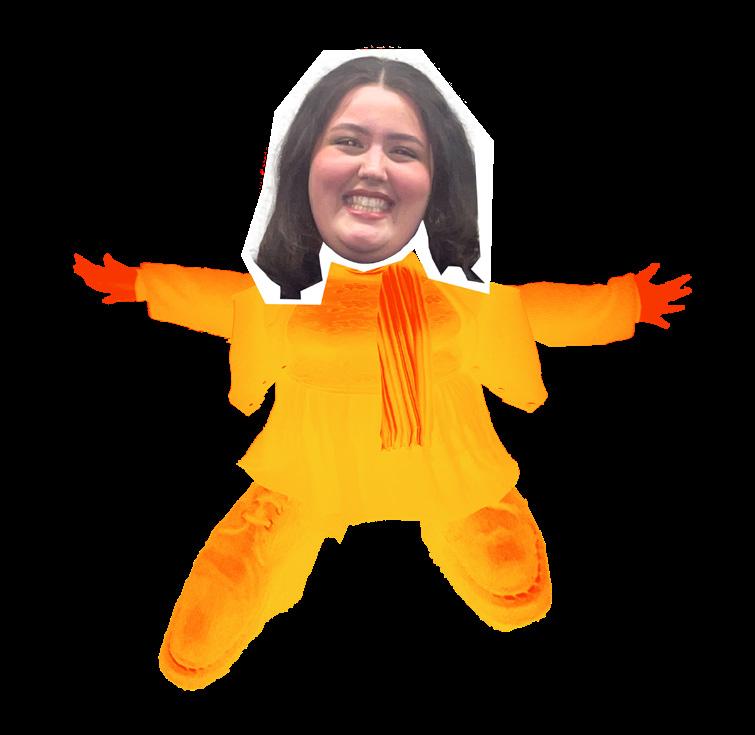
general editor

LITVER creative editor
features editor
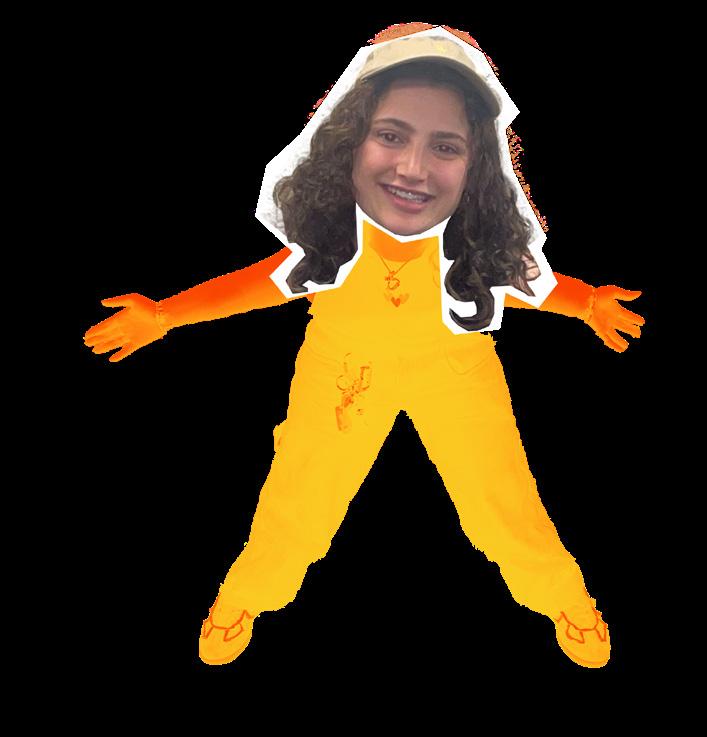
social media



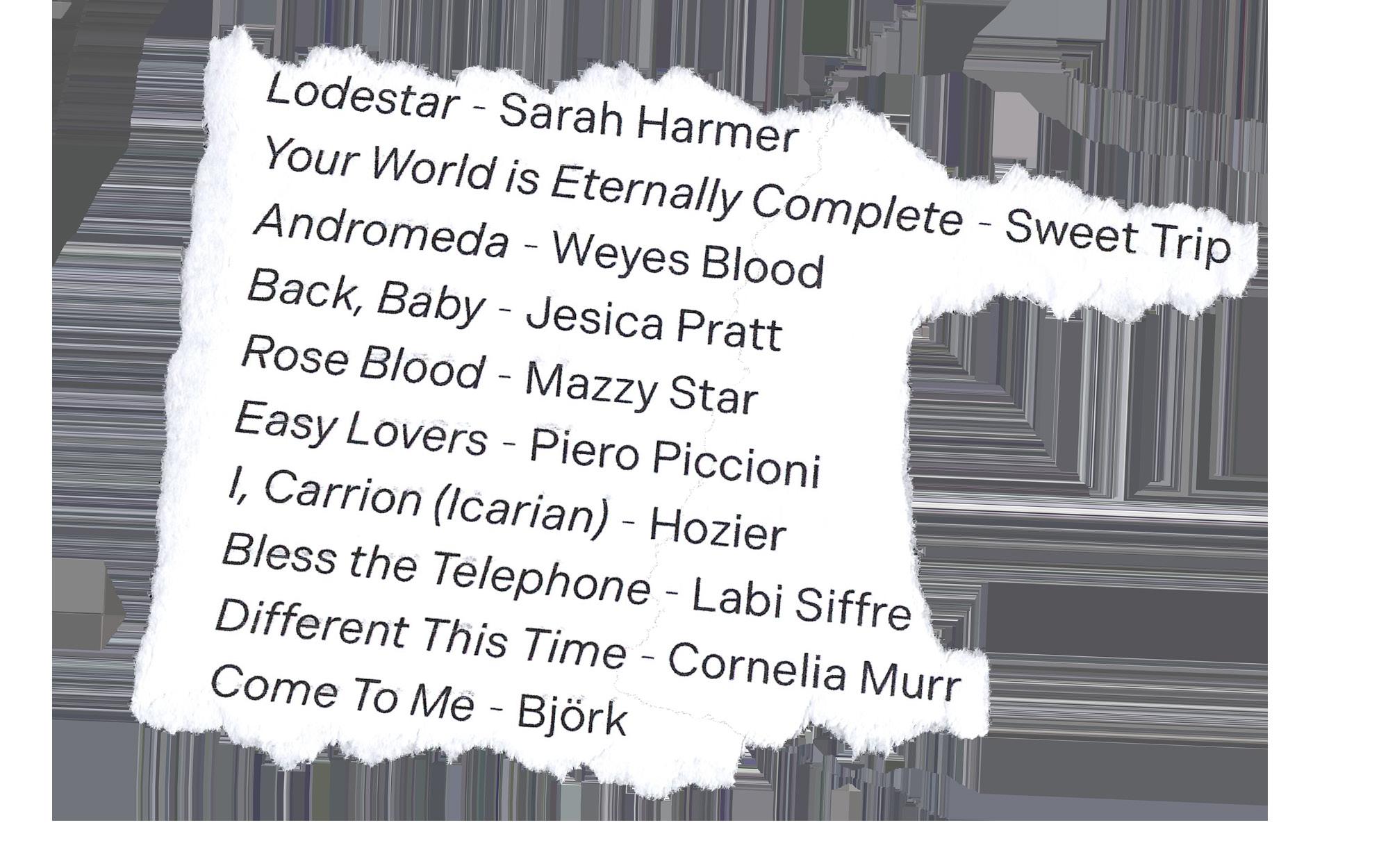
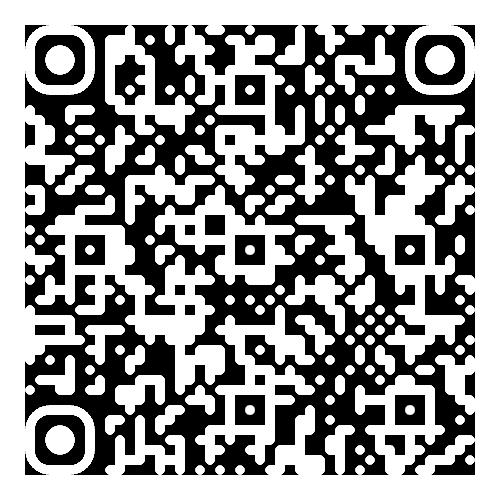
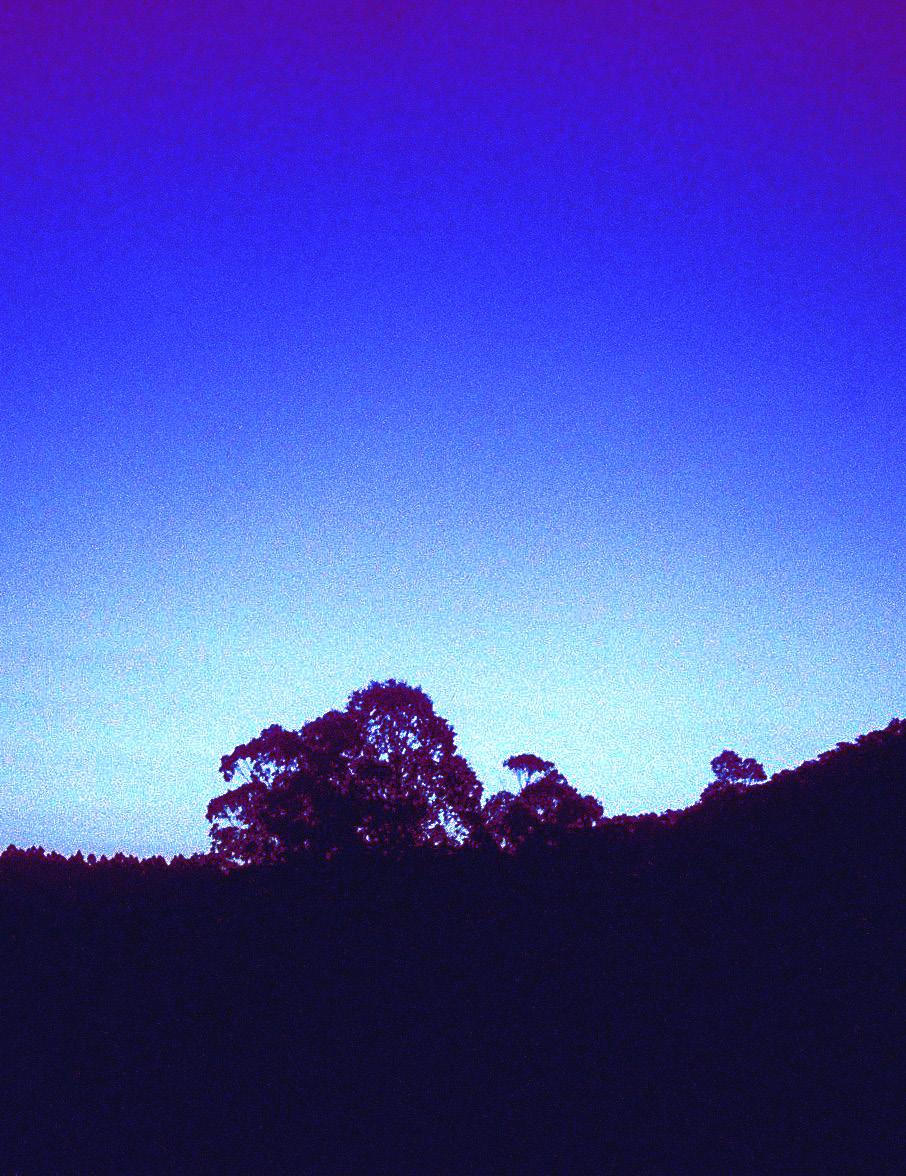


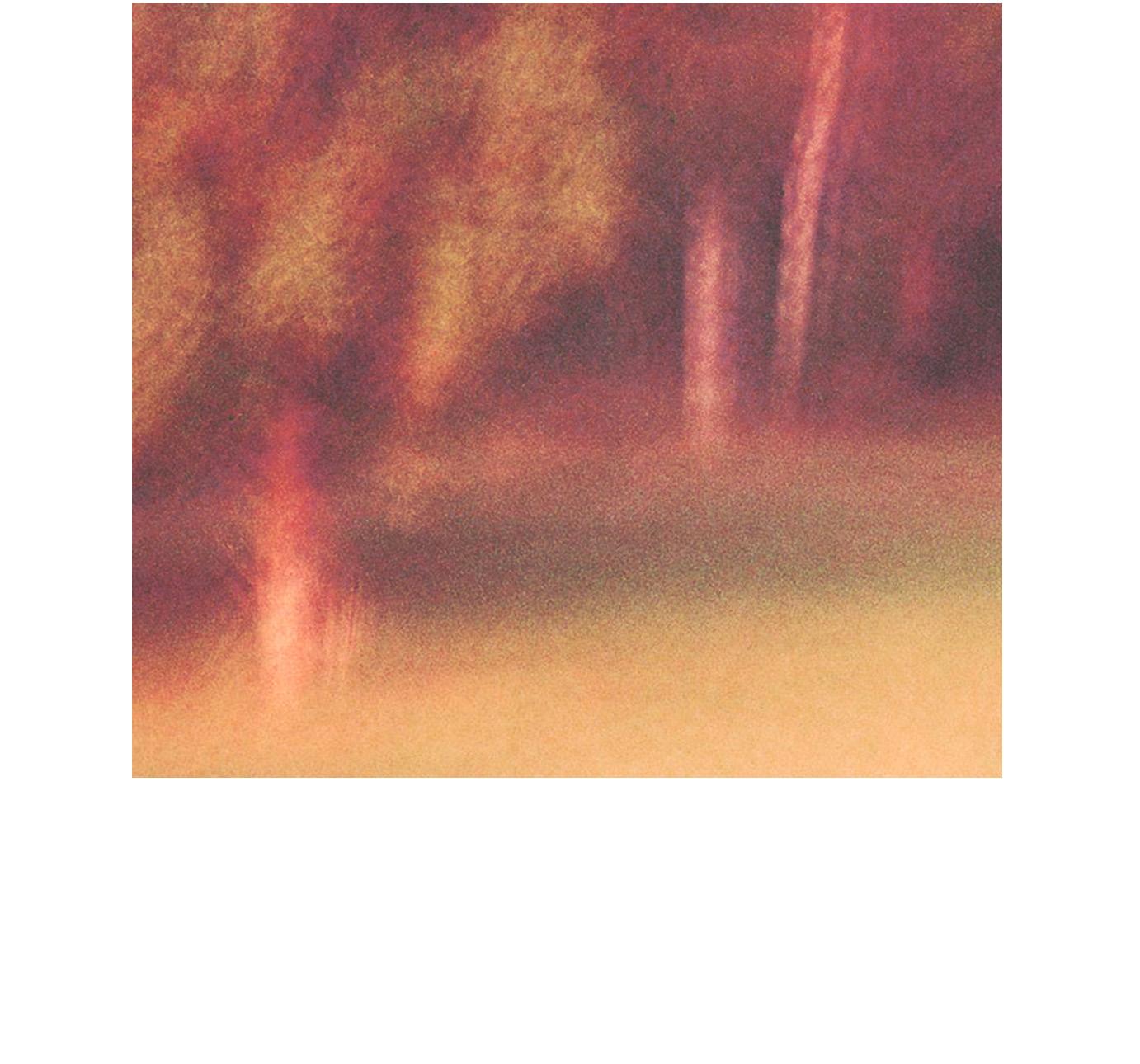
Speak to our Student Advocacy Officers for independent and confidential advice.
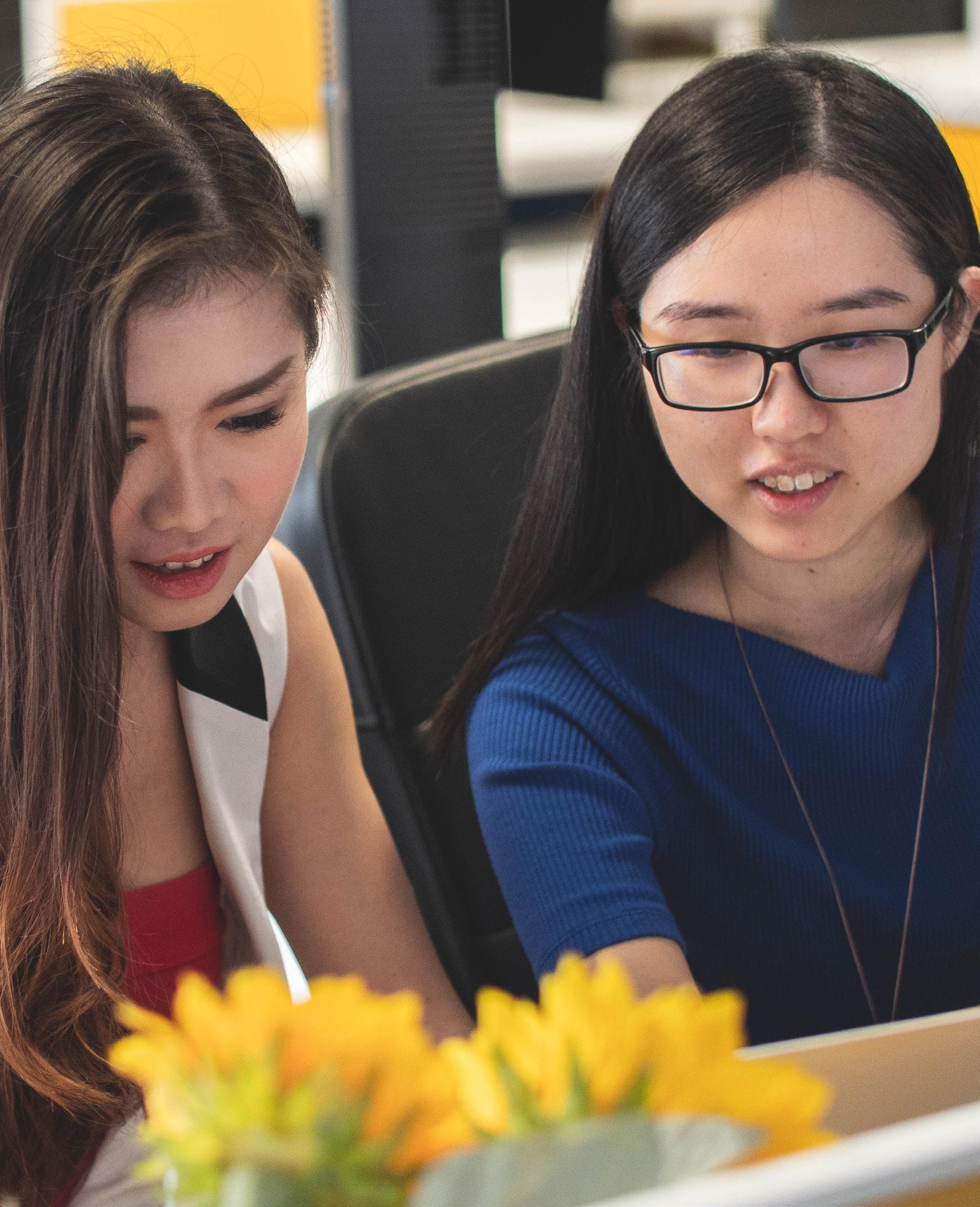
Book an appointment OR Drop in Tuesdays, 10:00am-12:00pm https://zoom.uts.edu.au/j/89791010171
Thursdays, 12:00pm-2:00pm https://utsmeet.zoom.us/j/12028173
UTSSA office
UTS Tower Building, Level 3, Room 22 (02) 9514 1155 utsstudentsassociation.org.au/advocacy
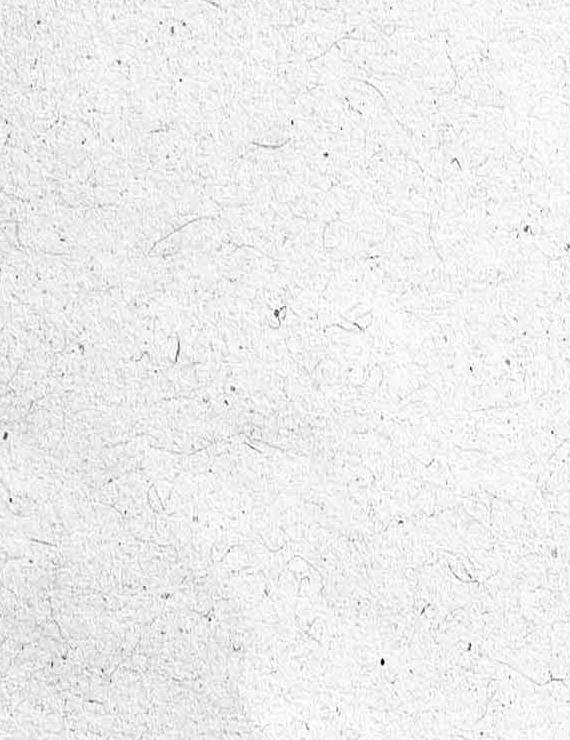
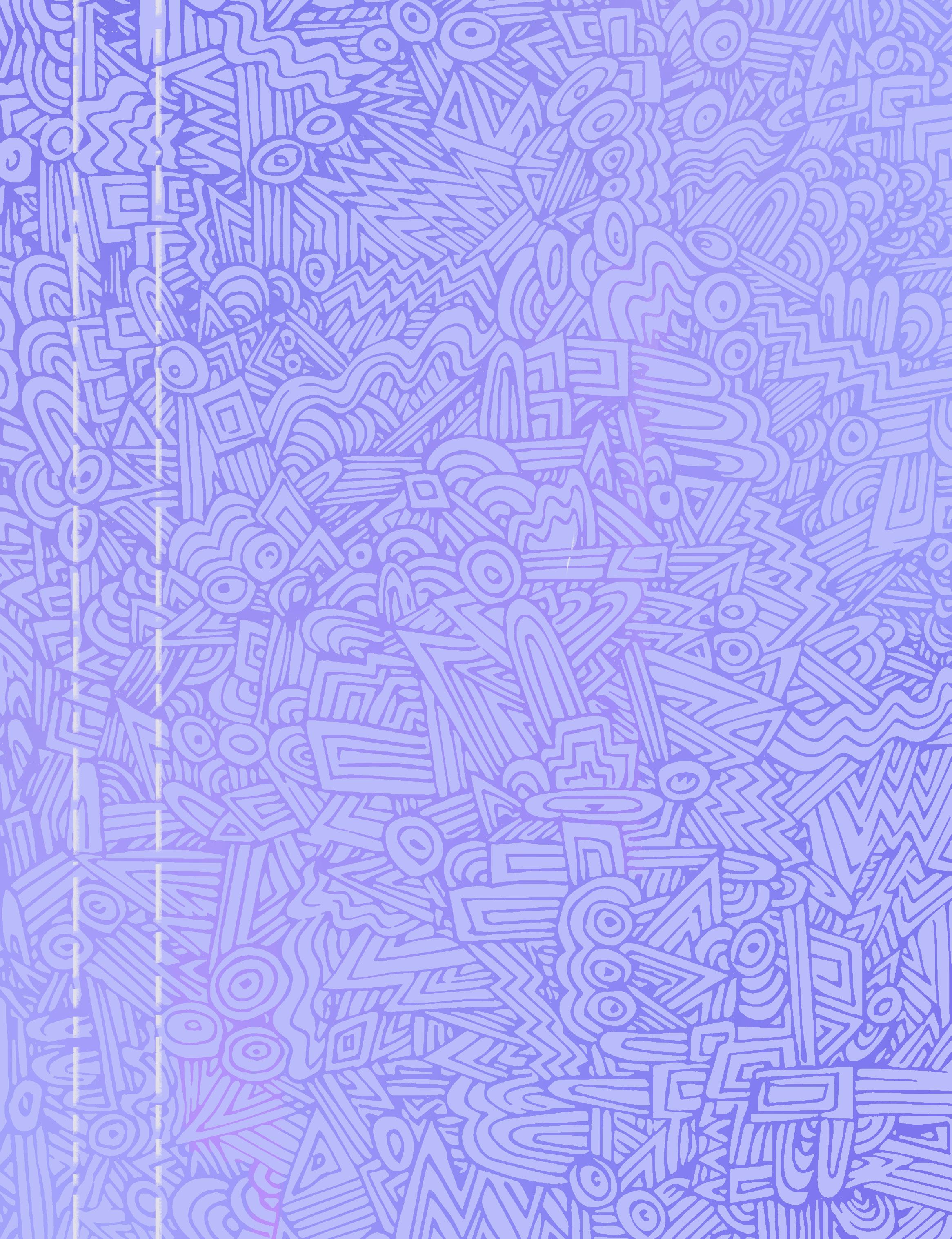
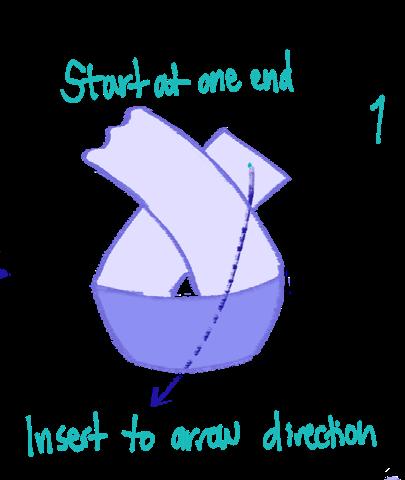
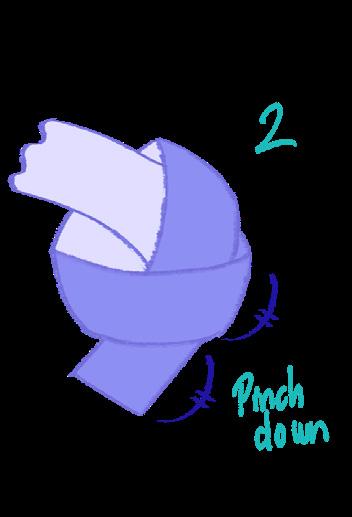
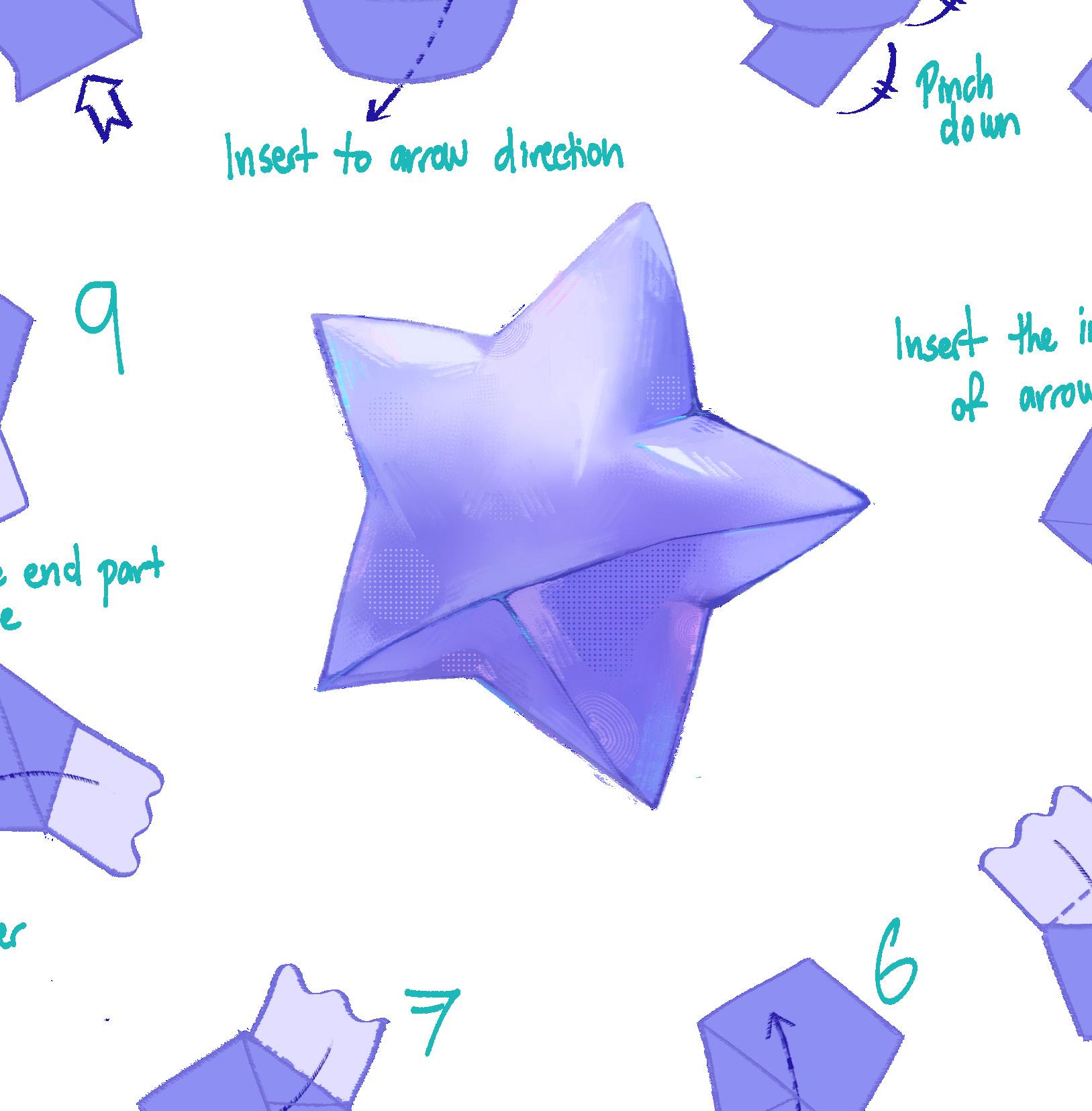
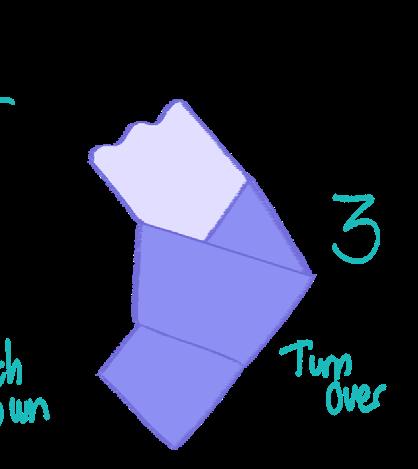
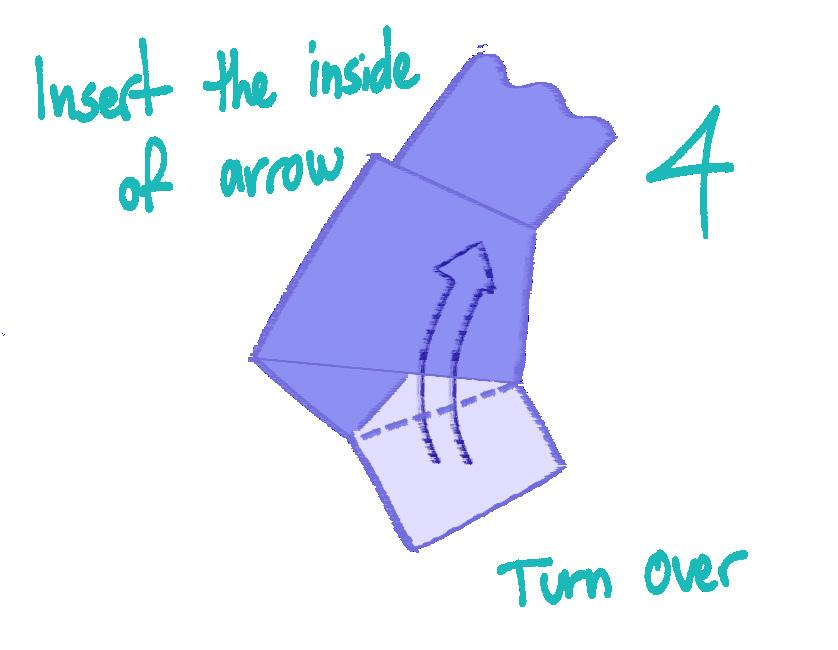
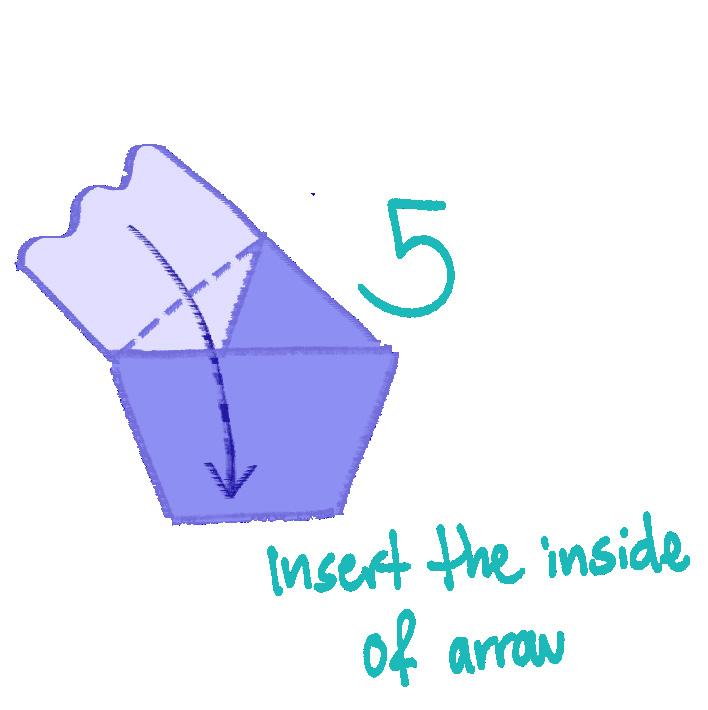
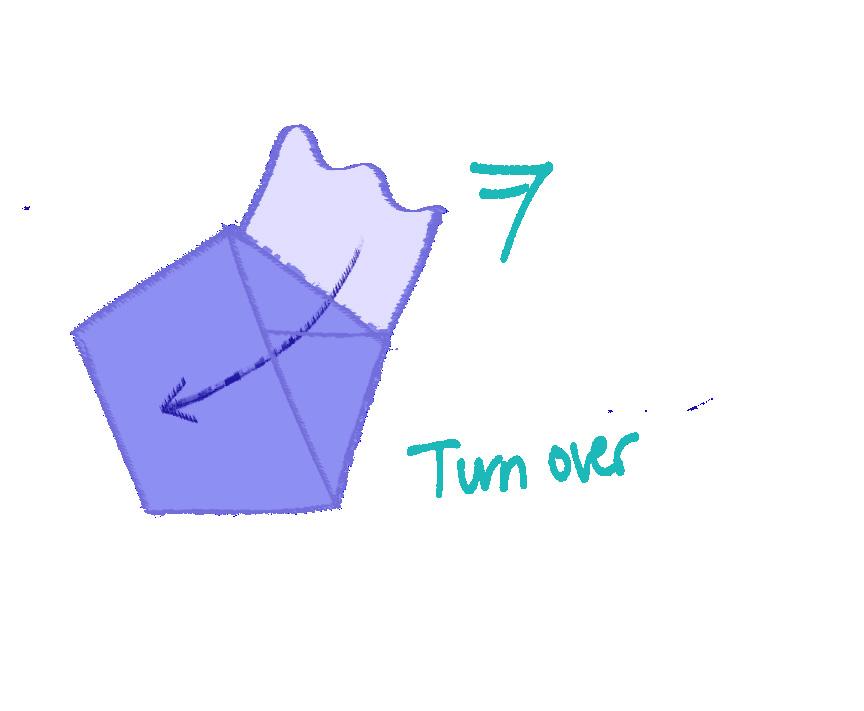
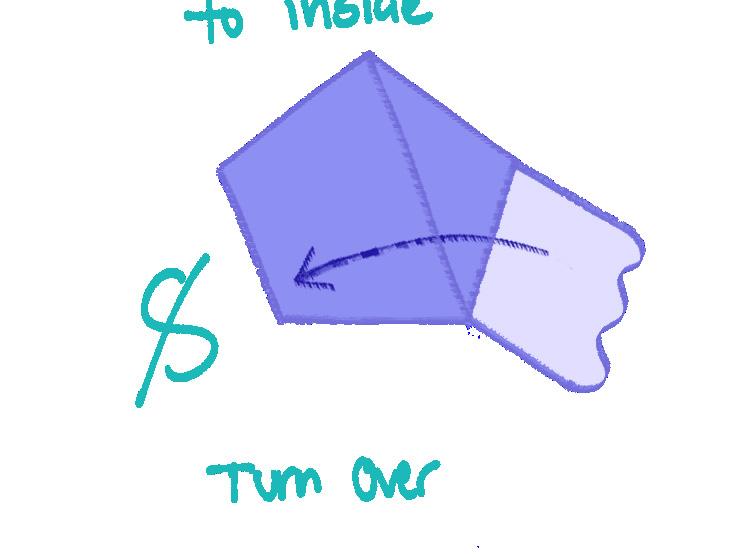
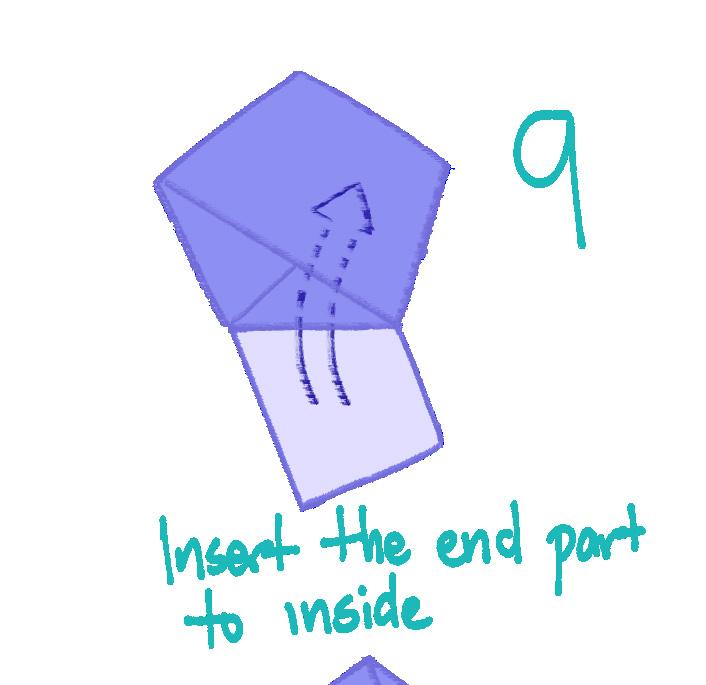

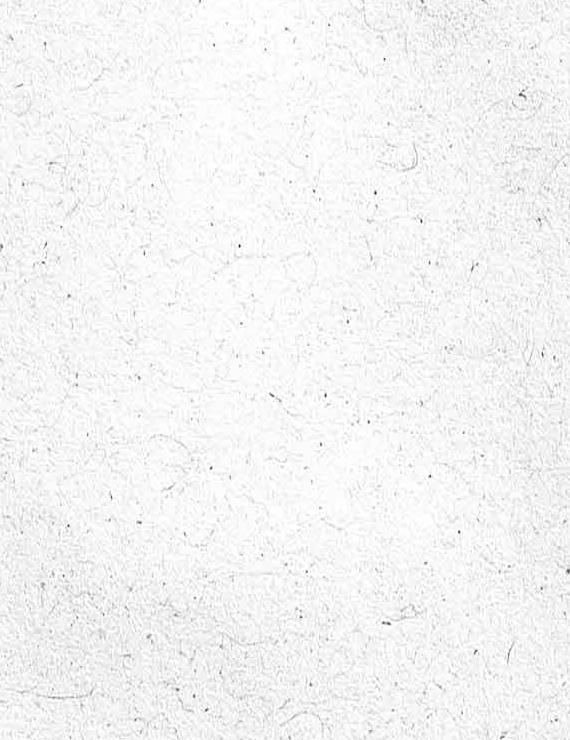
Designed by Lucien Yumru
We are getting scarily close to 2035 — the global tipping point – after which it will be virtually impossible to reverse the damage of global heating.
With natural disasters happening around the world due to climate disruption, and 2024 set to be the hottest year on record (beating 2023), I began to look at the institutions close to me that may contribute to making our Earth’s future hotter and hotter.
Students have, on average, $27,600 in HECS debt at the end of their degree. So it makes sense that we
And where closer than UTS?
When we discuss investments, we’re referring purely to the funds that UTS’ financial body gives to an external investment fund manager, who then buys shares in companies in order to generate profit and financial returns. Looking into the publicly available
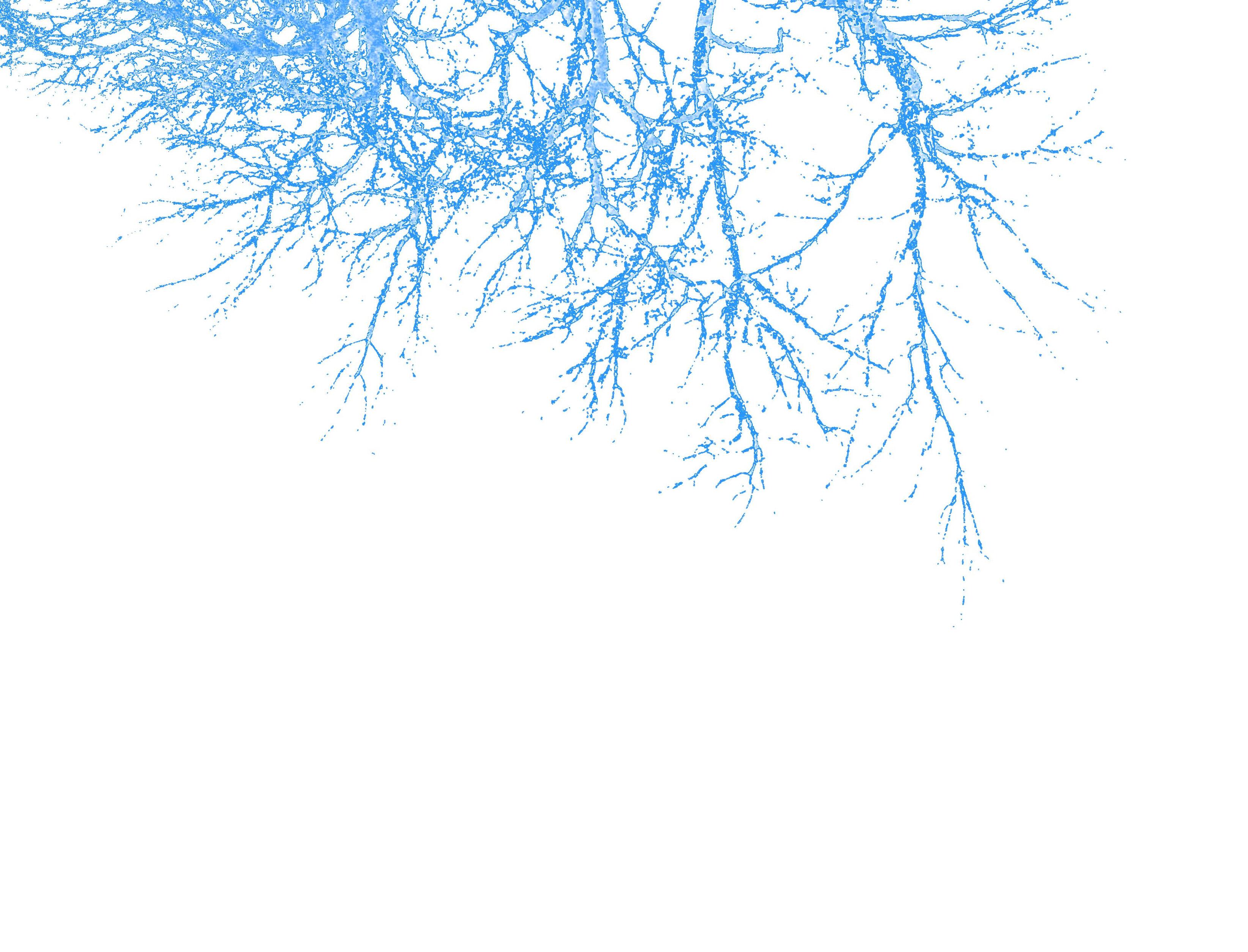




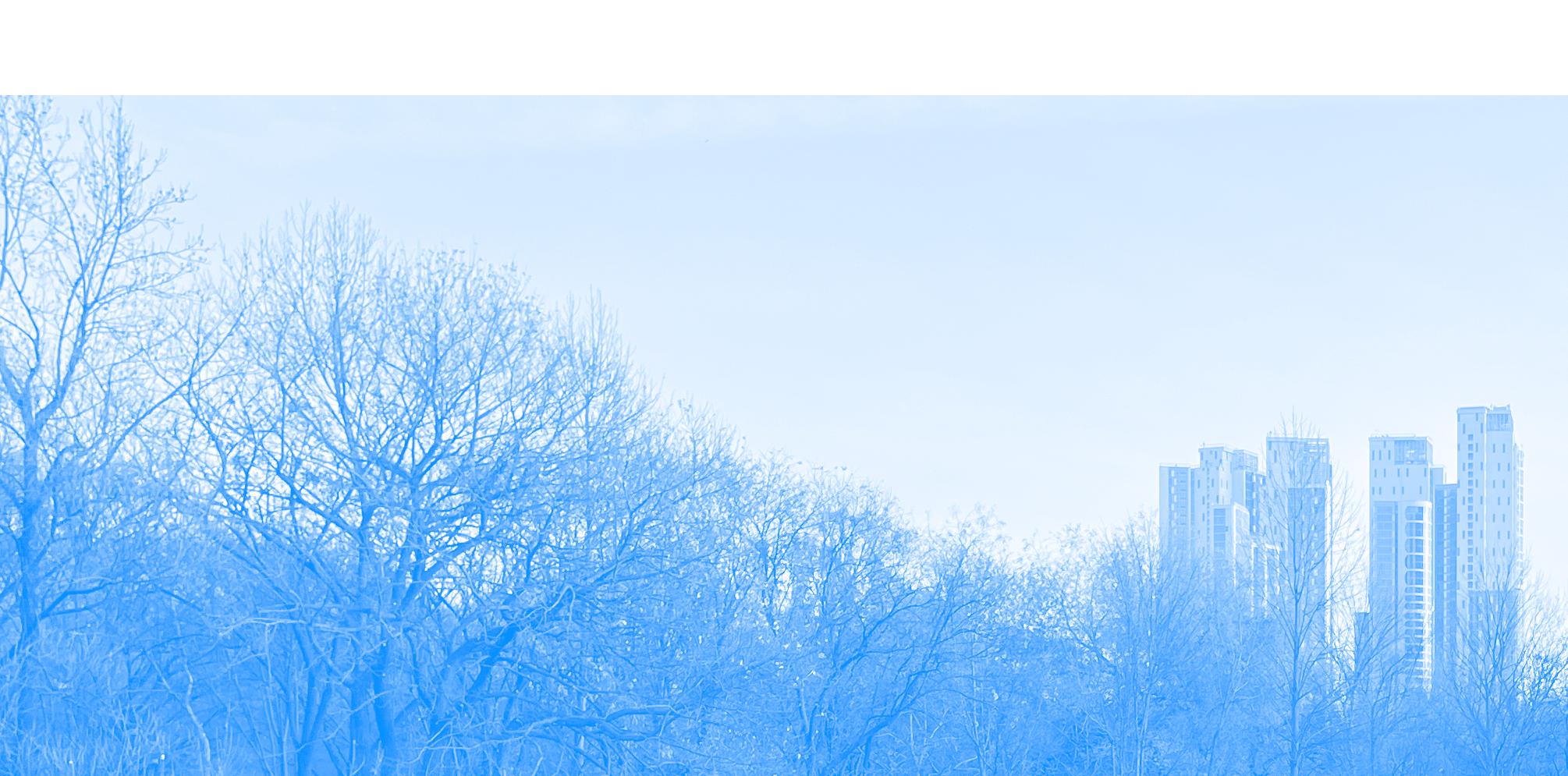
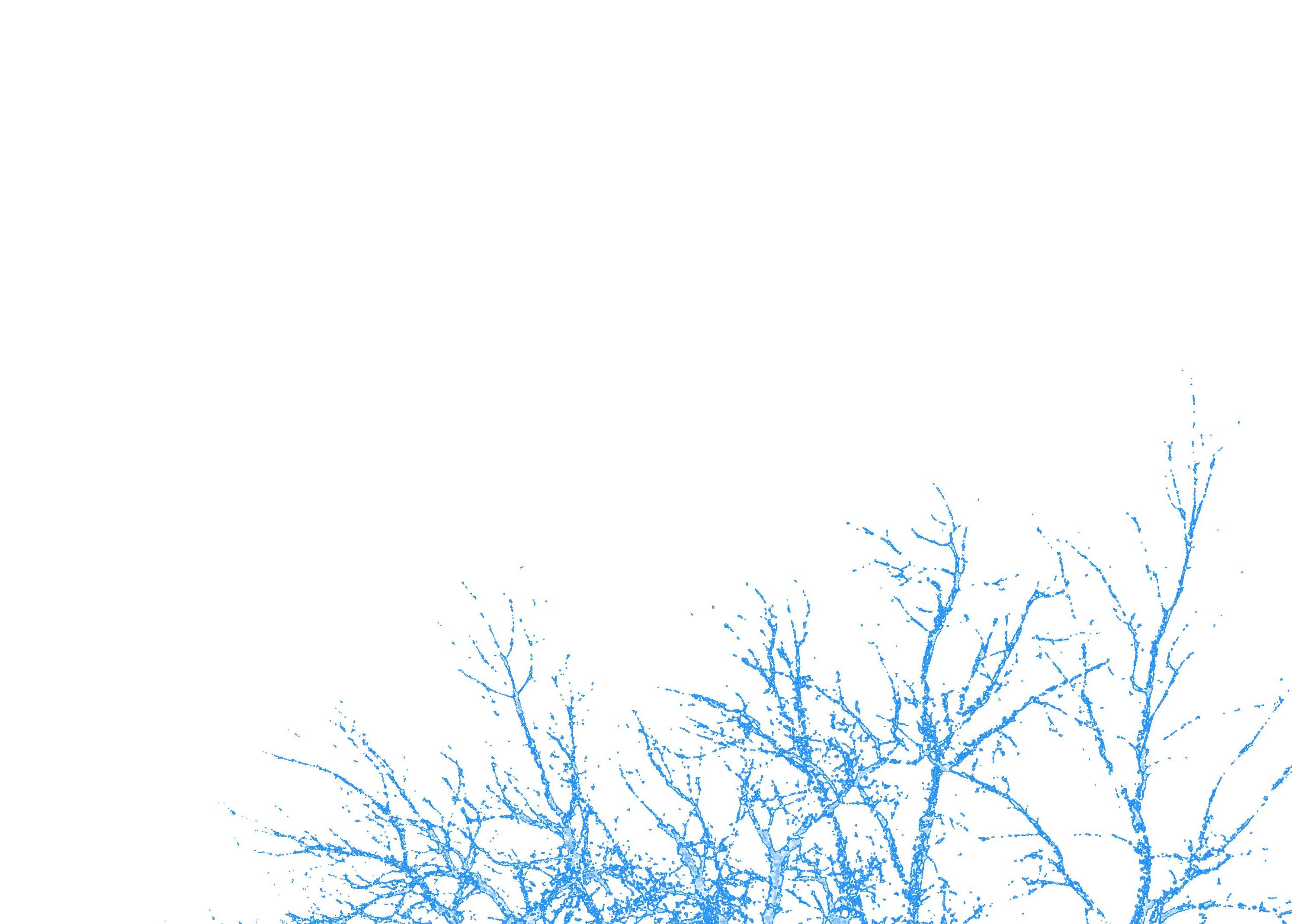
While this may seem like many words essentially saying the same thing, there is a distinct difference in the language and transparency in each of these. UNSW and USYD use weasel words to (badly) hide their slow action in reducing their investments. Language such as “primary business” and “extensively involved” means there’s no concrete definition for how much fossil fuel revenue is too much. By promising to try and manage the investments, but still having their investment managers be internal for both UNSW and USYD,with USYD’s policies even behind staff access wall, there is little transparency that allows for accountability.
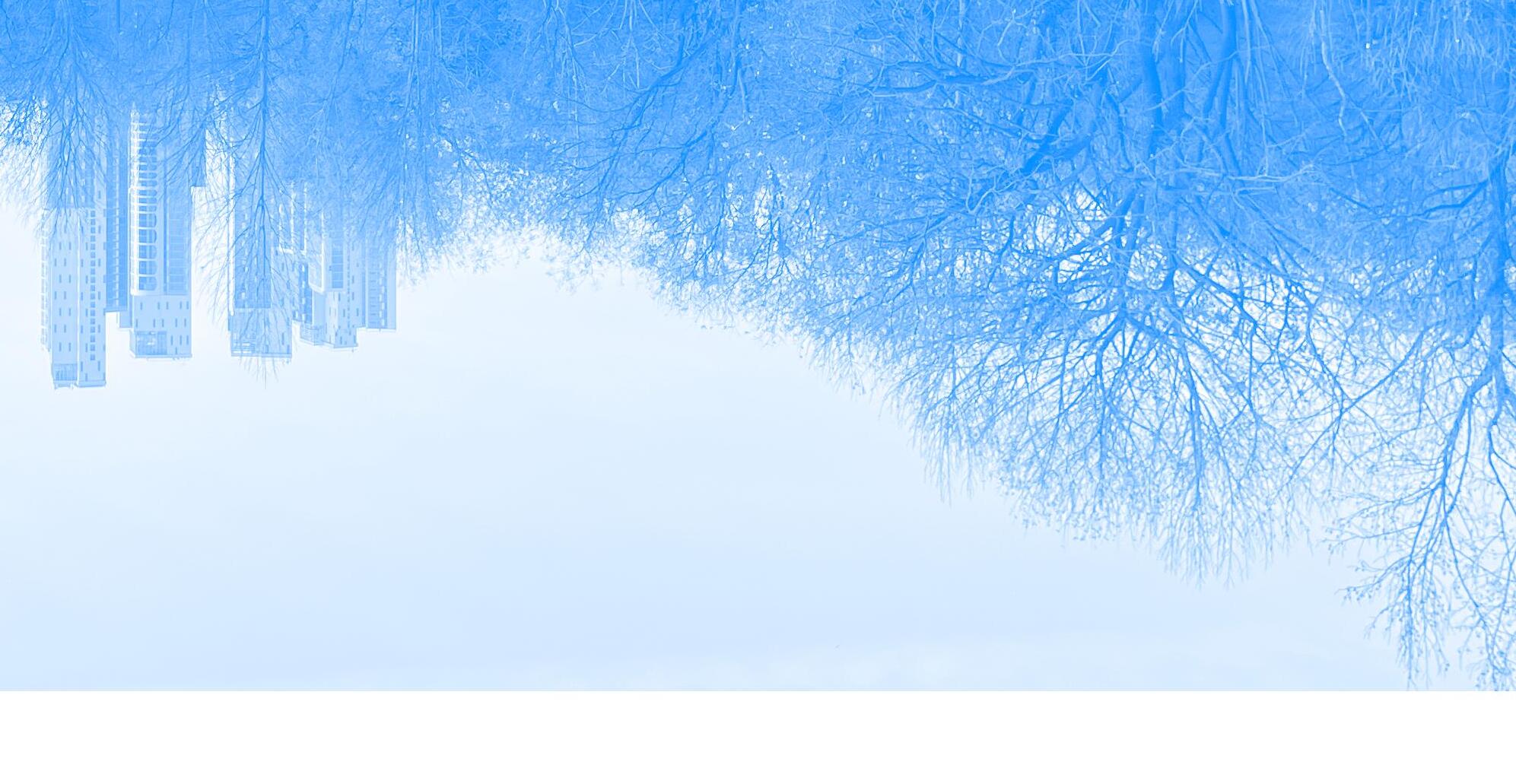
UTS on the other hand, has been much more transparent about the details of its policy, having publicly announced the transition between its external funds managers. Australian Ethical has been certified by the Responsible Investment Association Australasia as one of the top ethical investment companies in Australia. The transparency from UTS gives some confidence that UTS Sustainability is happy to represent Australian Ethical loudly, not expecting to be harshly criticised for the choice.

Fossil fuel mining, generation
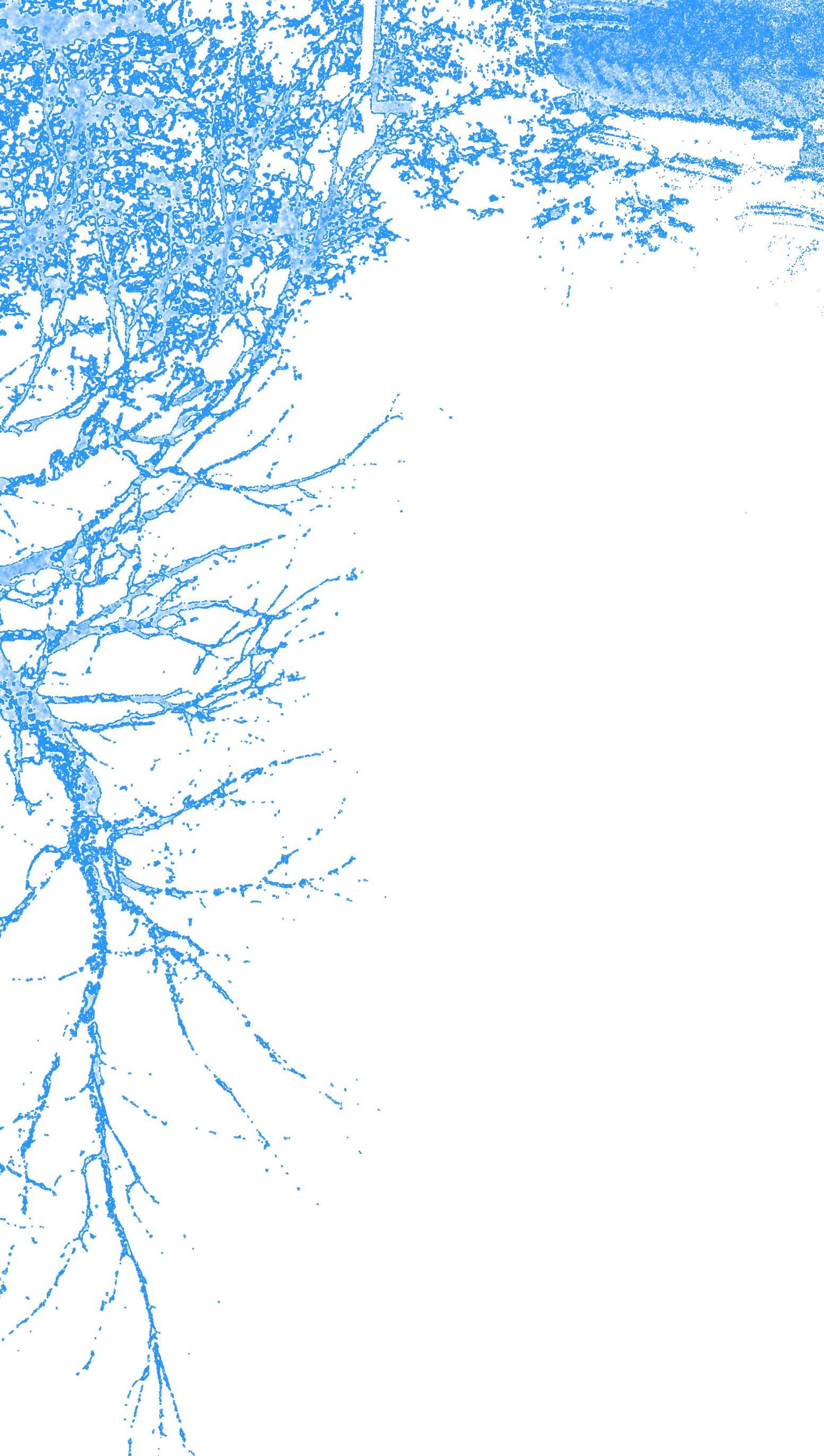
Finance for fossil fuels

Woodside, Whitehaven Coal, Santos, Origin and AGL
None Given
High Emissions Transport

Immediate exclusion if:
Coal
>5% revenue from coal mining or power generation
Oil
Gas

>10% revenue from oil extraction or power generation
>10% revenue from unconventional gas extraction

Old growth logging
Don’t currently invest in any airlines or conventional auto companies
SCA (Svenska Cellulosa)
SCA (Svenska Cellulosa)
Nuclear fission energy generation & uranium mining

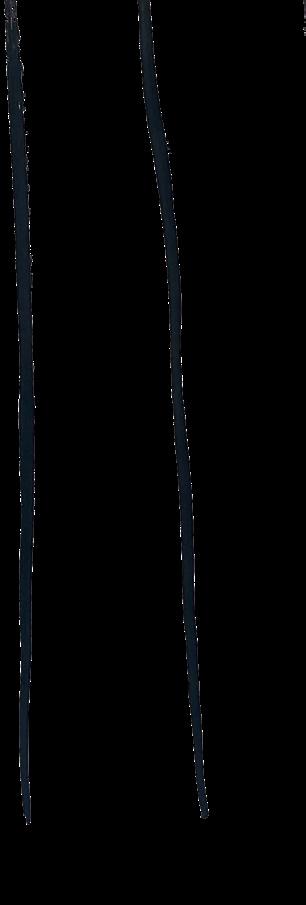
BHP Biliton
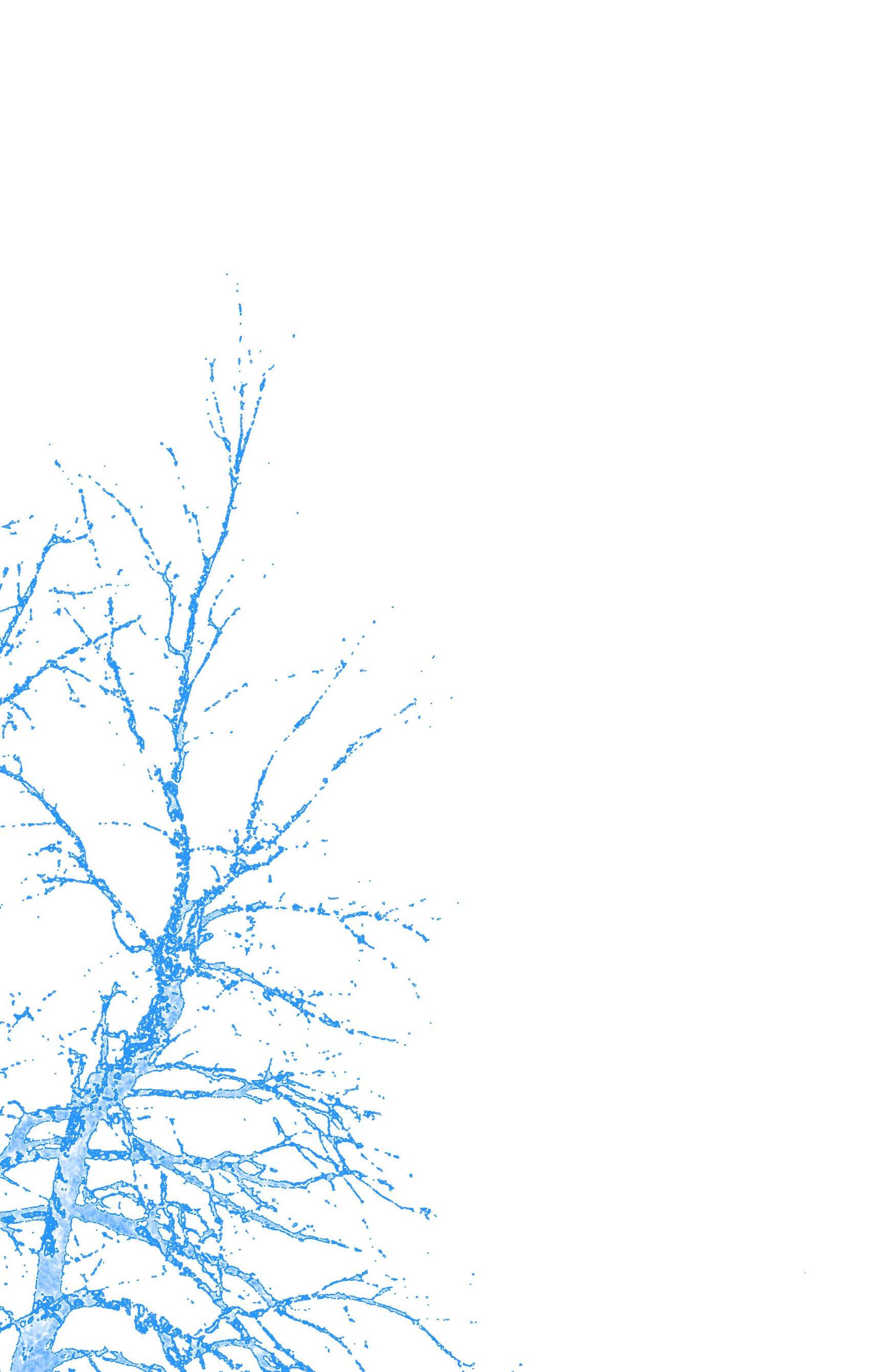
Exclude banks who are not taking action to align their institutional lending with the objectives of the Paris Climate Agreement
Exclude companies if they are investing insufficiently in electric or other renewable energy sources to transition their business to net zero.


Exclude companies who log old growth forest except for conservation, fire risk or other acceptable forest management purposes.
Exclude company (0% tolerance threshold).
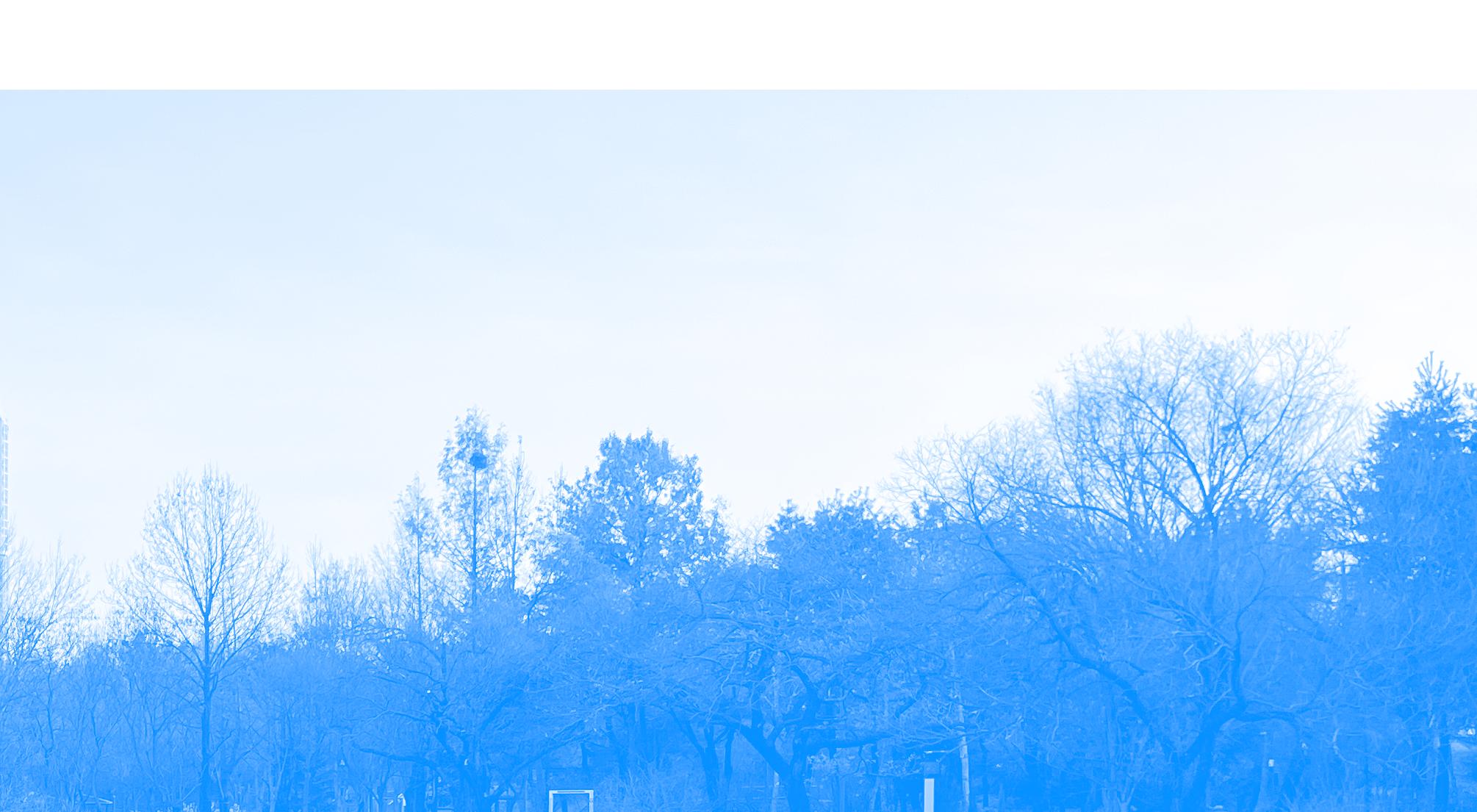

Politics & Law
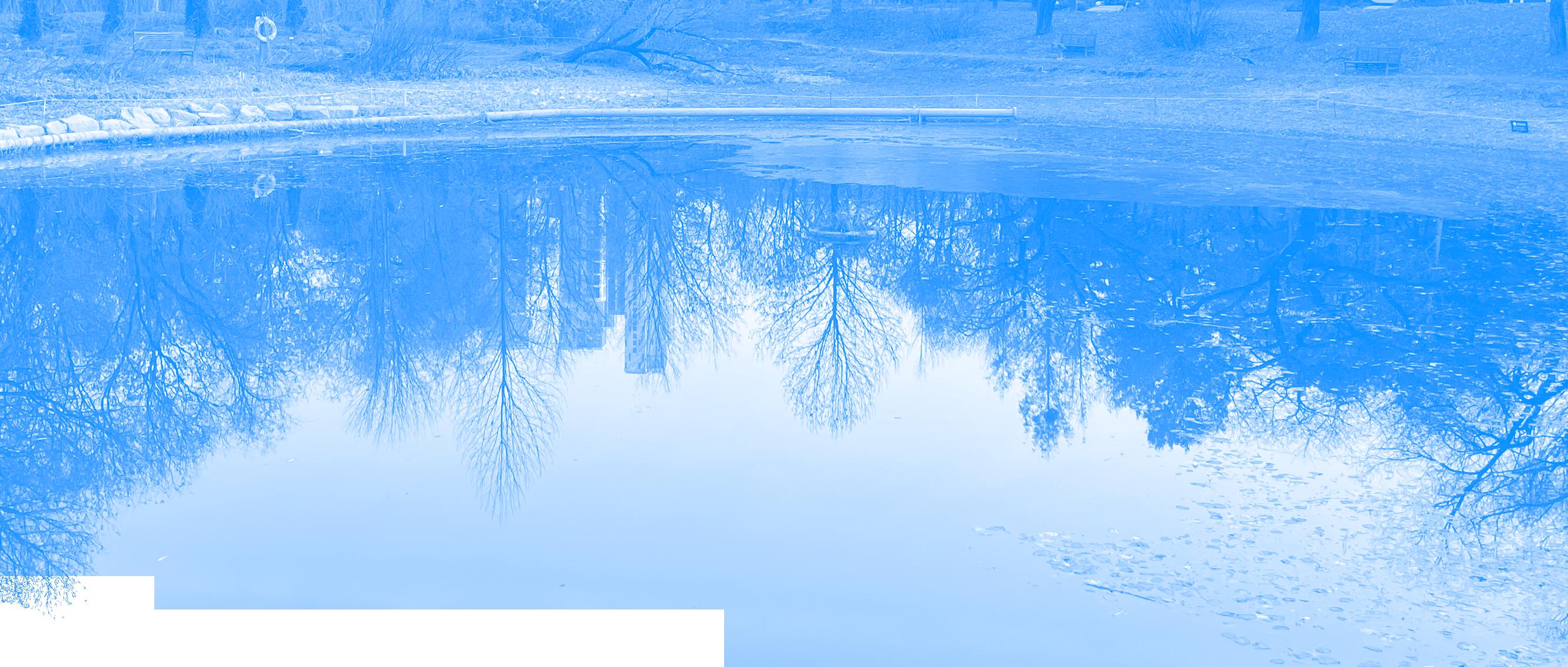
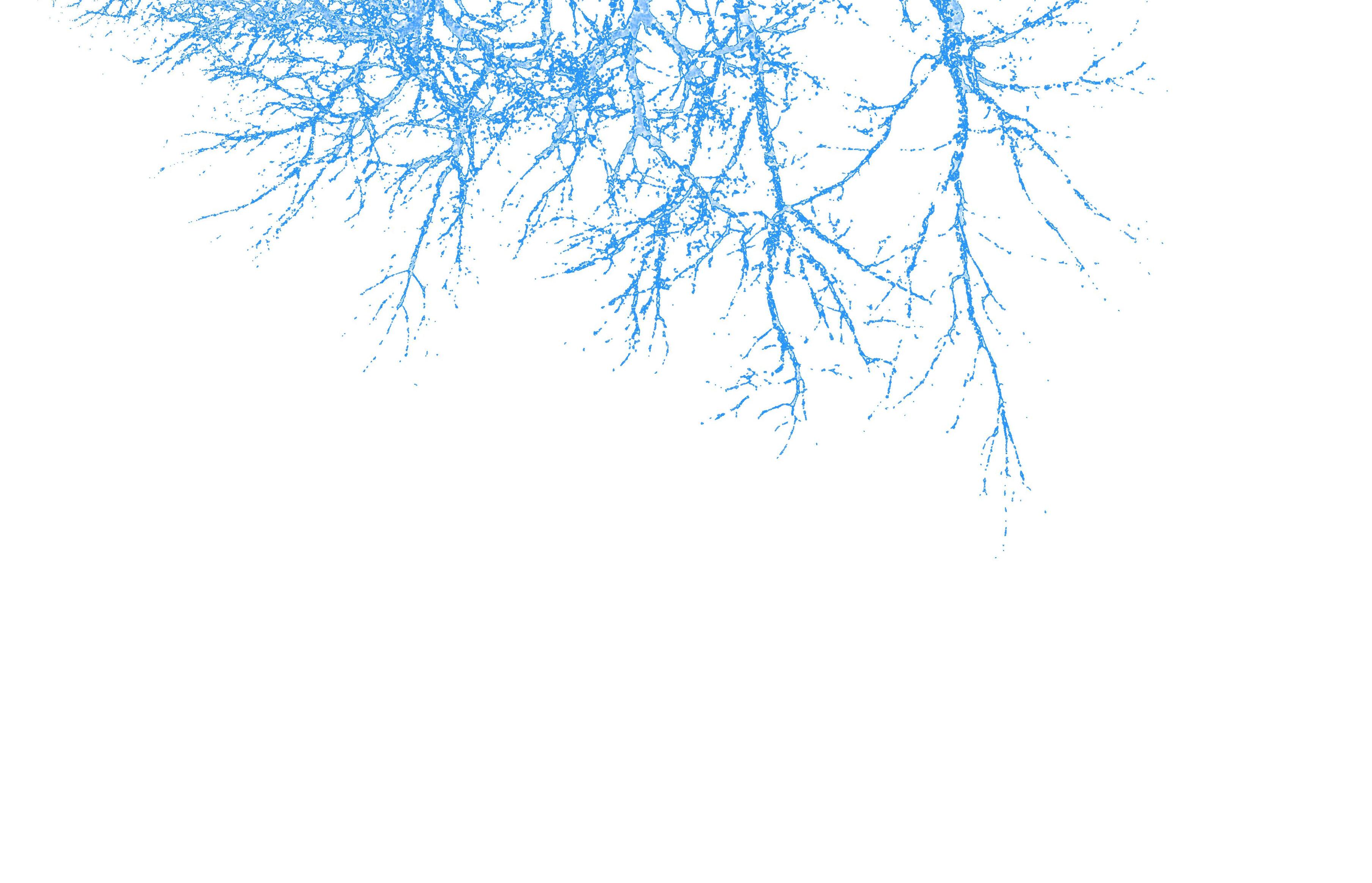
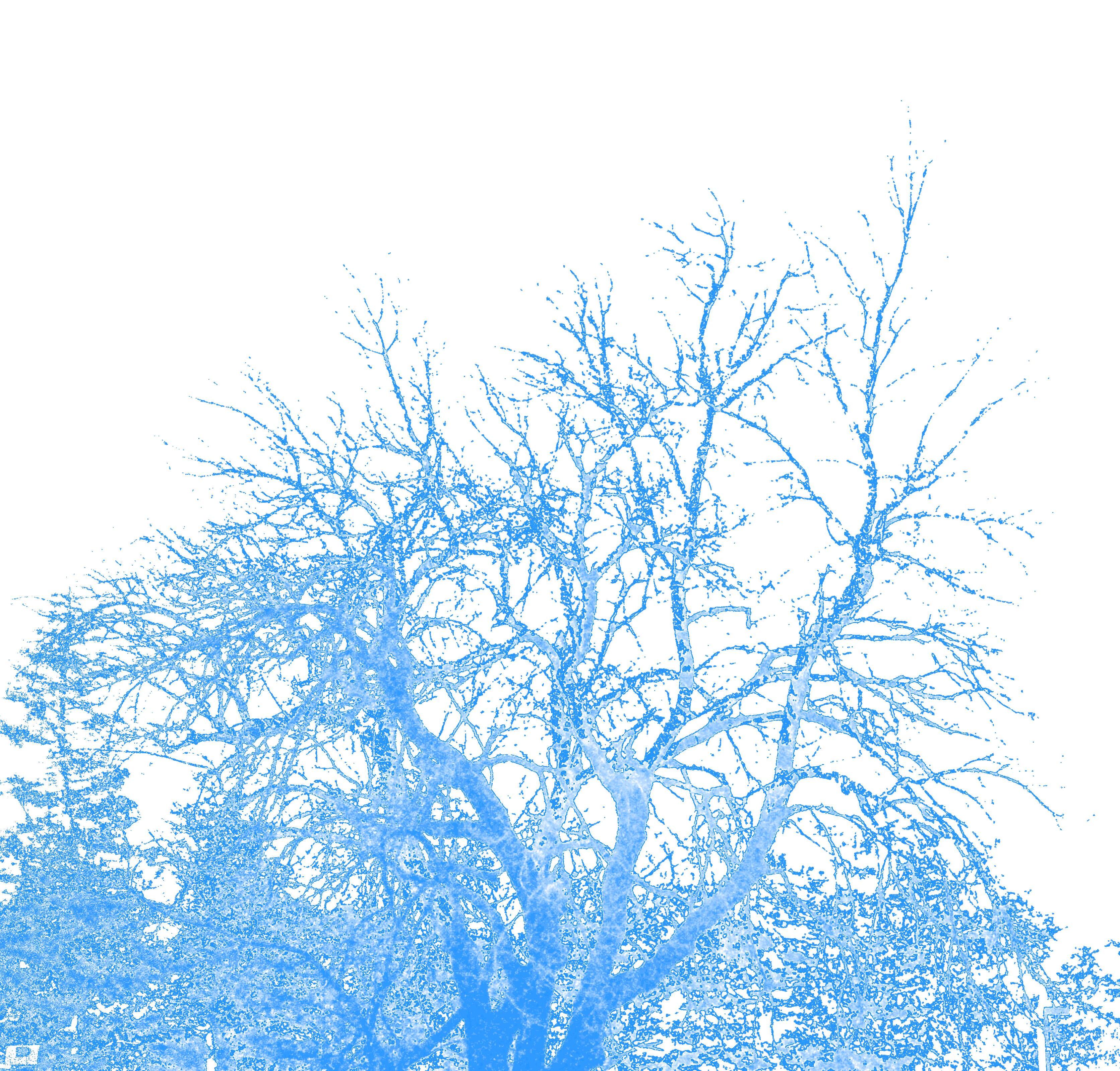
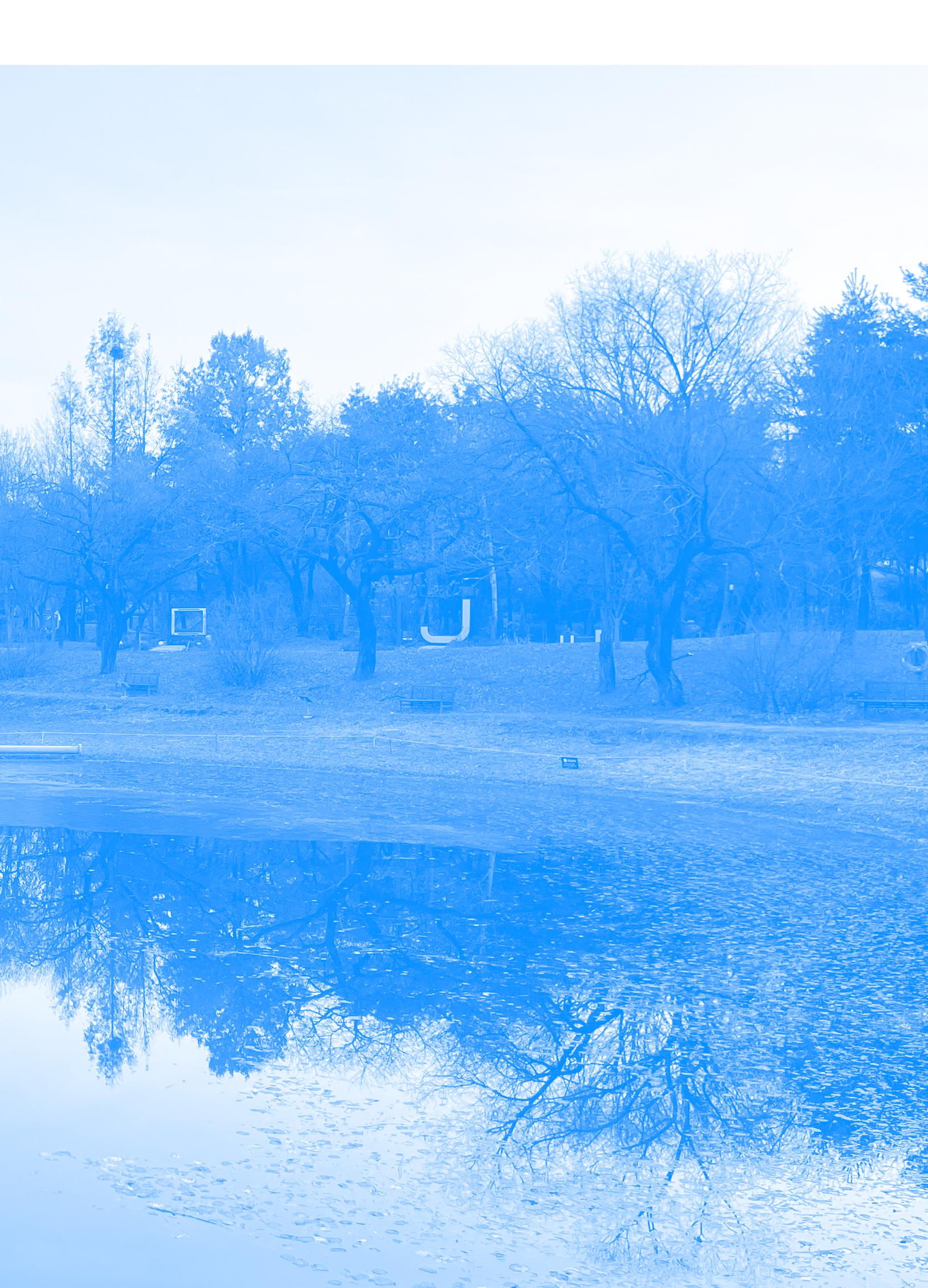
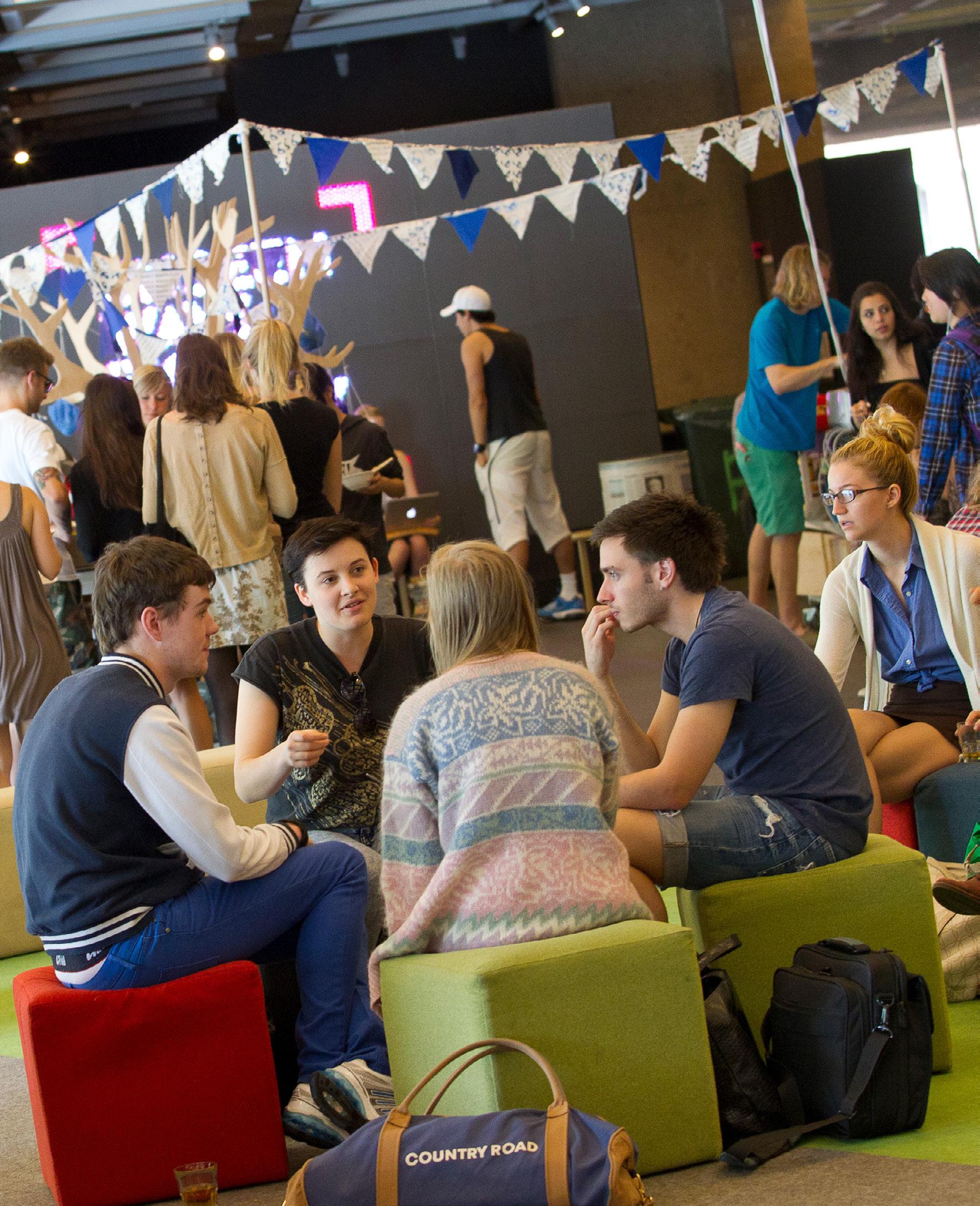
Tuesdays & Wednesdays 8:00am – 10:00am Tower Building Foyer
utsstudentsassociation.org.au
Ideas of anti-feminism, gender essentialism and being a girl’s girl.
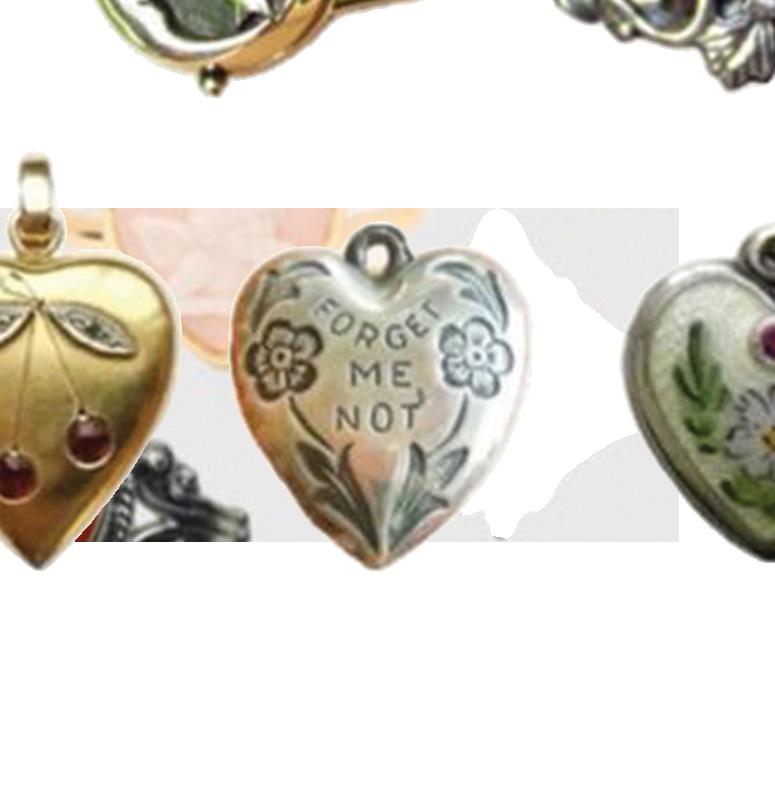
Words by Sara Chaturvedi (she/her)
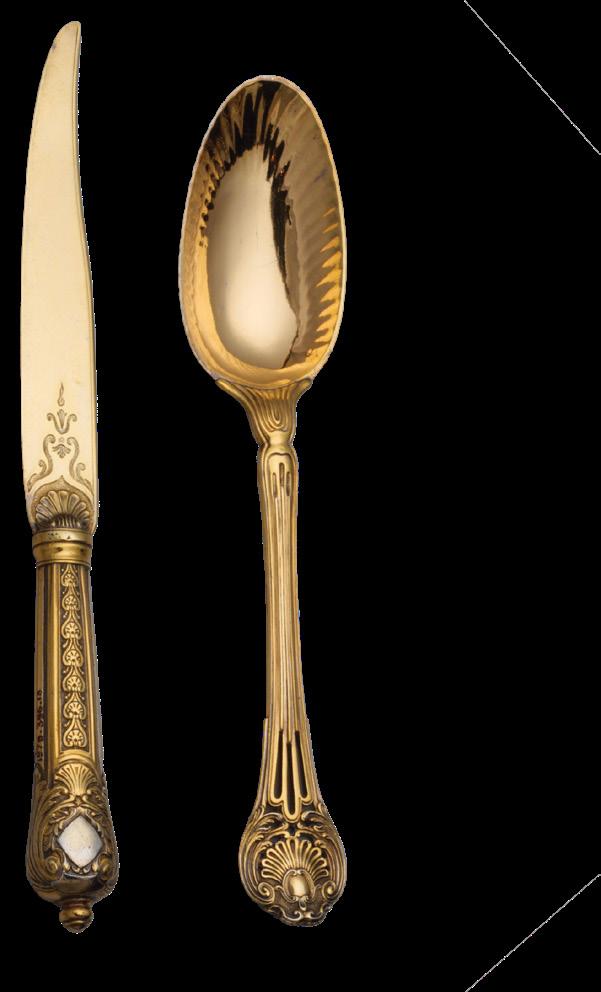
Designed by Charli Krite (she/her)
@charlik.psd
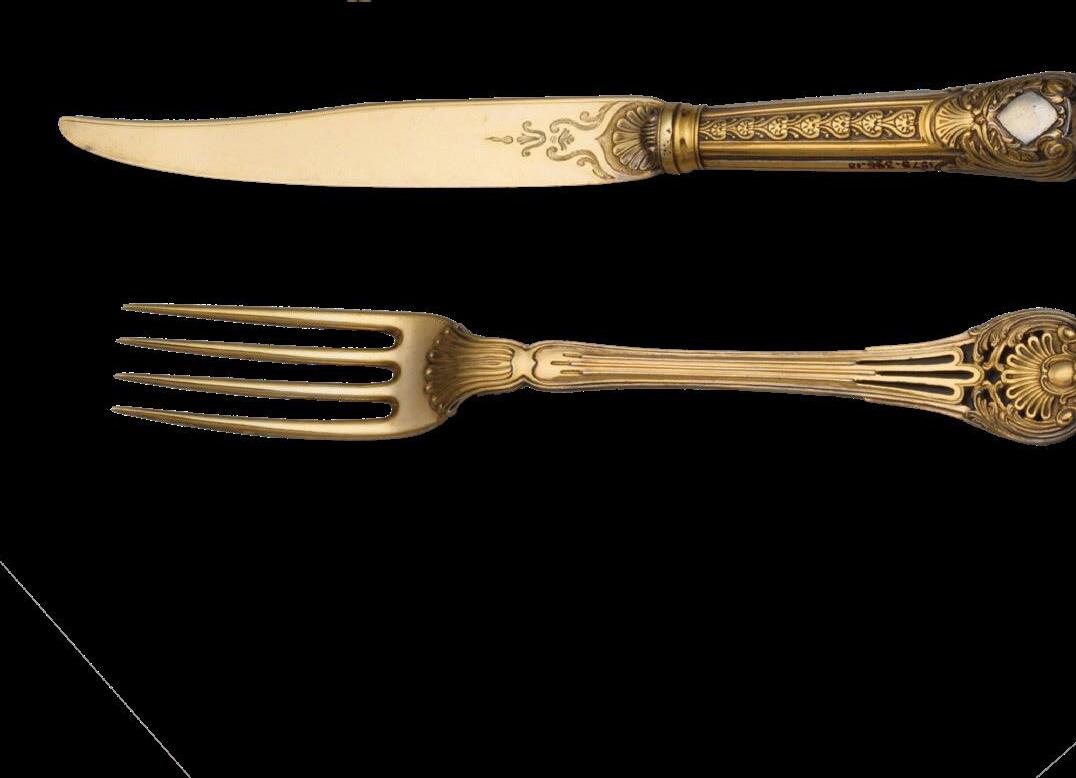
Over the dragging months of winter, more and more do I yearn for the feeling of the sunlight to defrost my bones once more. In a less poetic sense, I’m sick of having to douse my car in lukewarm water before leaving every morning so I can conduct my dutiful blind spot checks in what seems like the middle of the night but is actually six in the morning. On Instagram, my closest are traversing the opposite hemisphere, and I am envious of how their skin tans over time and the trees spring up a vibrant green from ample sunlight and daytime.
It’s in the deepest chills of winter in which I am quickest to denounce feminism.
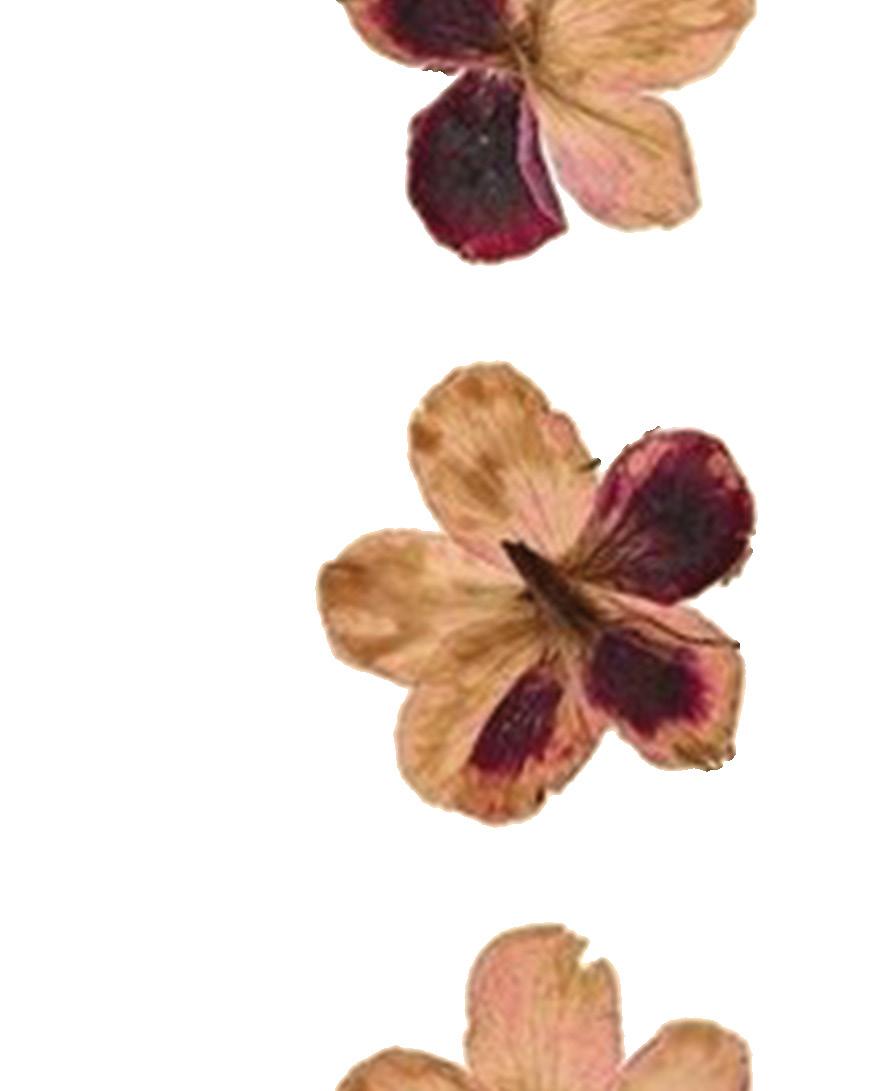
Without feminism, I would have no obligation to rise out of bed and pursue higher education. I wouldn’t need to go to work, and I wouldn’t have to care about the economy. Yes, without feminism, there would be no need to concern myself with such meaningless troubles. Maybe, I could enjoy a life where my only priorities are caring for my basic needs. I’d bear two children (girl, boy), and we’d routinely sit
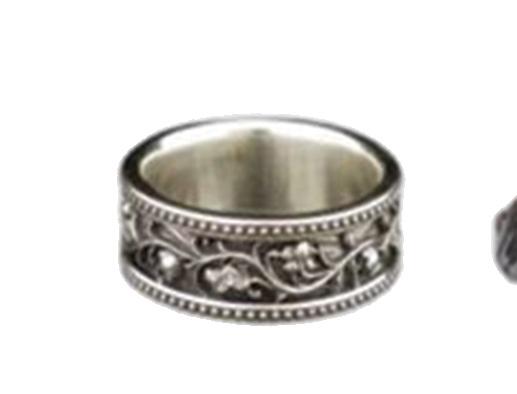

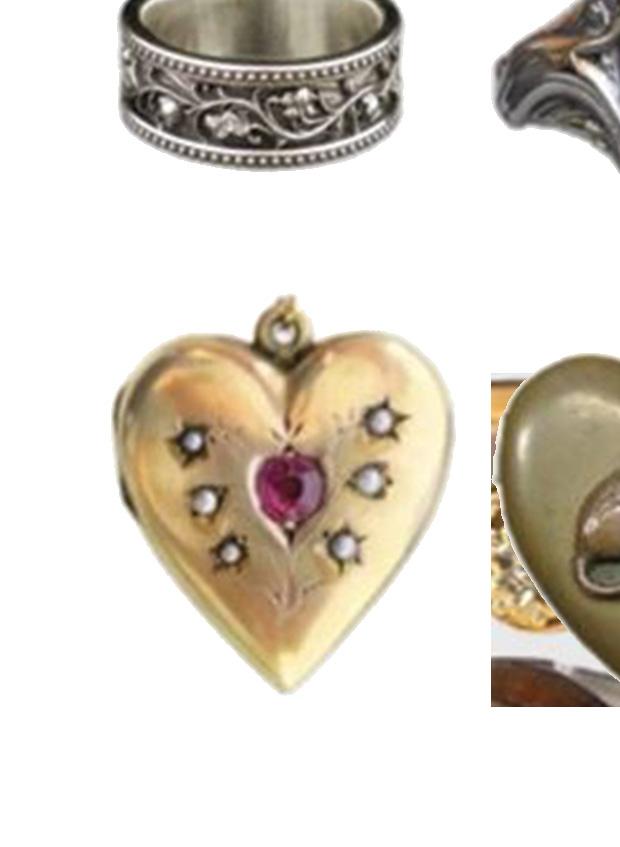
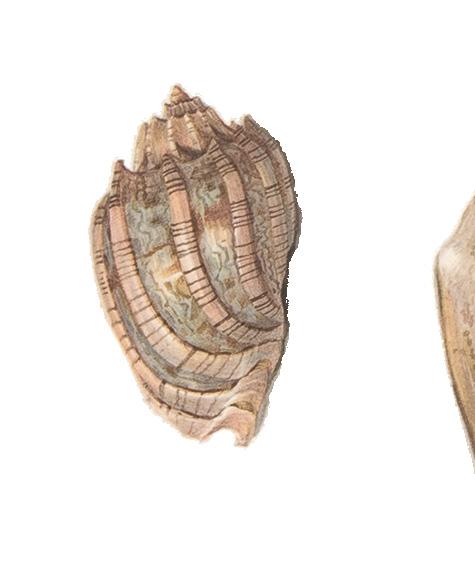

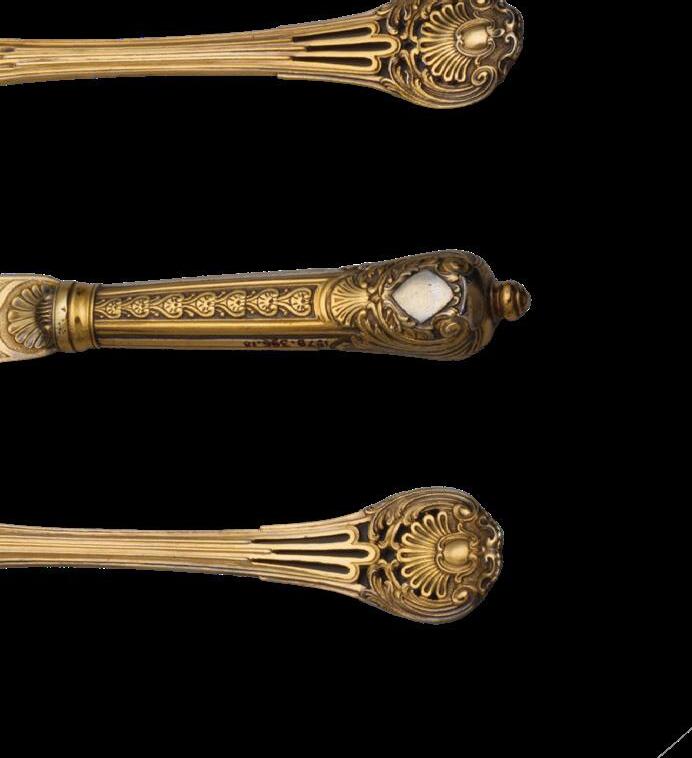
and observe the earth around us with homemade jam and cream on bread. At night, I will be served the portion of our family stew with the least meat and most broth (girl dinner) while my husband gripes and groans about ‘the state of the economy.’ By the end of our meal, he will lean down and kiss me on the head, leaving his plate for me to clean, and insist that it is nothing I need to worry about (girl math). Gender essentialism describes the belief that there is an inherent nature to biologically-assigned masculinity and femininity. All of us have endured the categorisation that gender essentialism brings.
Unlike constructivism, which posits that we construct our own conceptions of identity, essentialism argues that women have innate qualities that prime us for childbearing and homemaking. And I get it. It’s comforting to feel
as though there is a predestined role for you to fill, unwavering in the face of all your contexts and nuances. In an era of growing political and economic instability, relying on a ‘fundamental purpose’ as a human on this earth gives us an end point to strive for. Regardless of what I’ve endured, maybe I can finally reach ‘fulfilment’ by conducting my biological obligations as a woman. While most of us may superficially reject the notion that there are inherently ‘male’ and ‘female’ occupations and ways of living, it’s easy to fall into the traps of essentialism without realising it. The essentialist mindset is conservative, with deep roots in religious doctrine. It is factually incorrect at best and discriminatory at worst, used throughout history to justify racism, queerphobia, and sexism. The idea that one human is different to another on a biological level has been twisted many times to imply one’s race, sex, or gender identity is immovable in its inherent nature. Popularised in the 70s following an era of women’s liberation in the West, modern gender essentialism finds itself deeply embedded in our culture. The latest edition of disguised essentialism
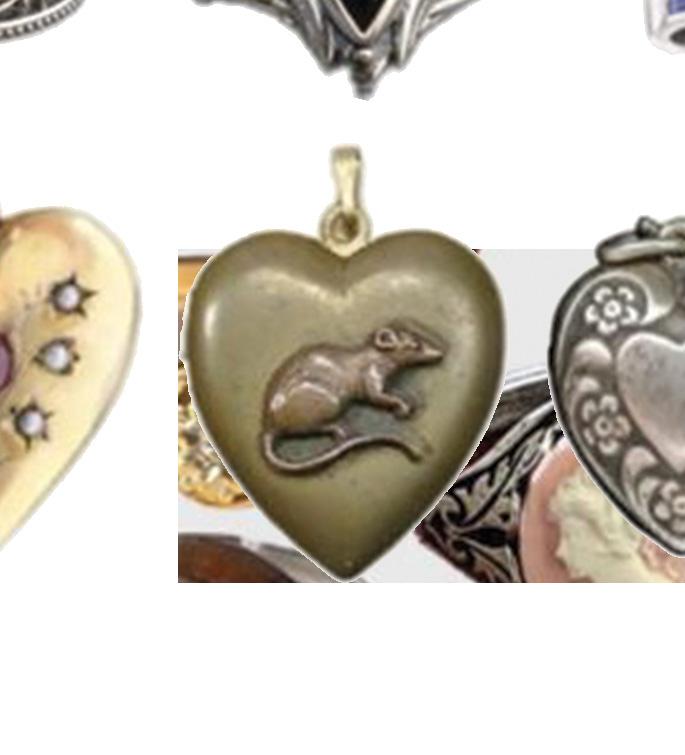
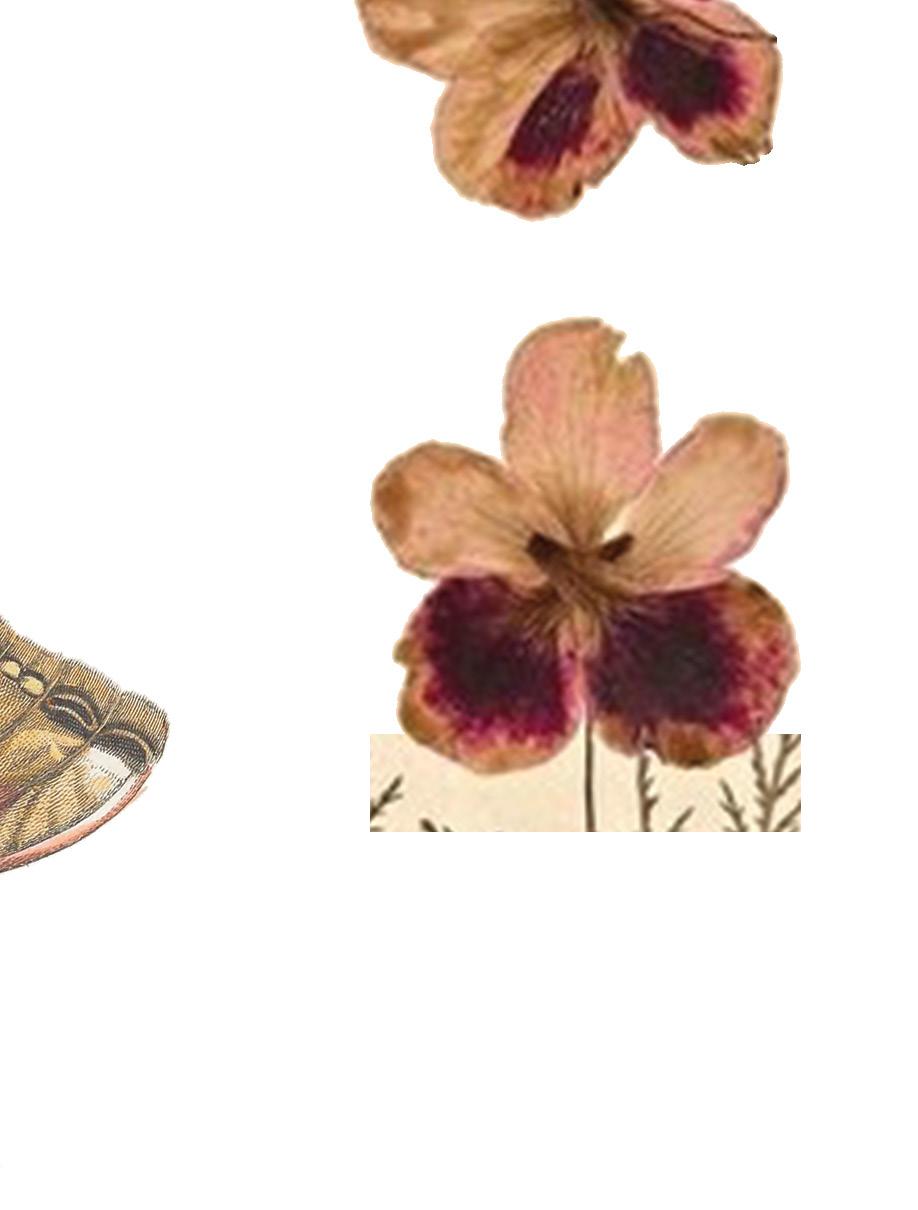
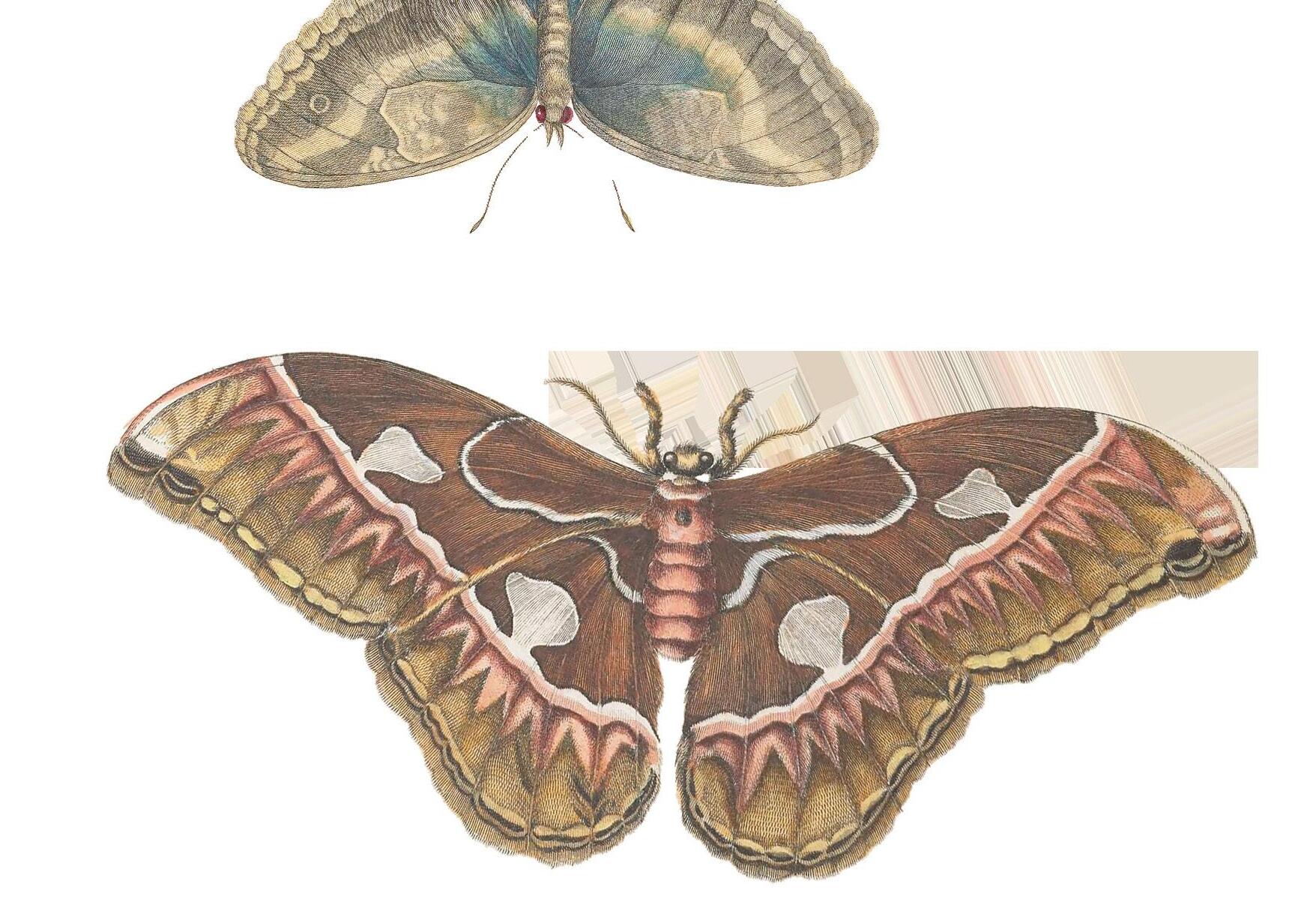
for hot girls appears on social media, tightly woven into our trends and discourses to the point where it is almost undetectable. The bastard-isation of “girlhood” and girl-isms may have started innocently, but we’ve witnessed these trains of thought spiral into something more sinister right before us. Being a “girl’s girl”, justifying irrational spending with girl math, and, of course, disordered girl dinner. It seems that in an attempt to reclaim misogynistic stereotypes, we’ve begun to play into the sexist roles that oppressed us in the first place. It’s a practice that Ursula K. Le Guin describes as “making a cult of women’s knowledge.” She advises against priding ourselves on “knowing things men don’t know” through a supposed “deep biological wisdom,” and critiques the essentialist approach to gender and sex. This worship of an inherent “female nature” may also unintentionally reinforce the notion of women holding irrational knowledge, baseless, instinct-ual and primitive, while men are free to pursue ‘advanced’ enlightenment.
By no means am I critiquing those who participate in these trends.
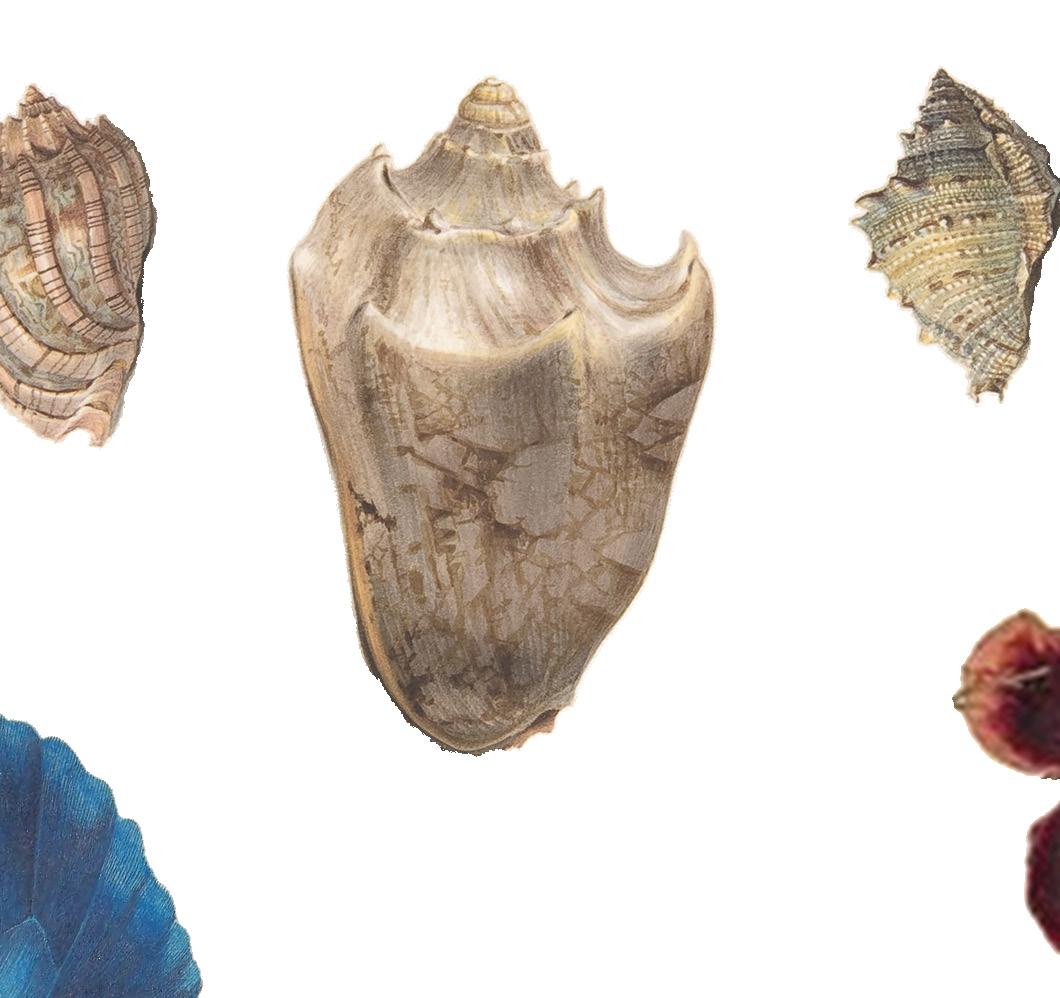



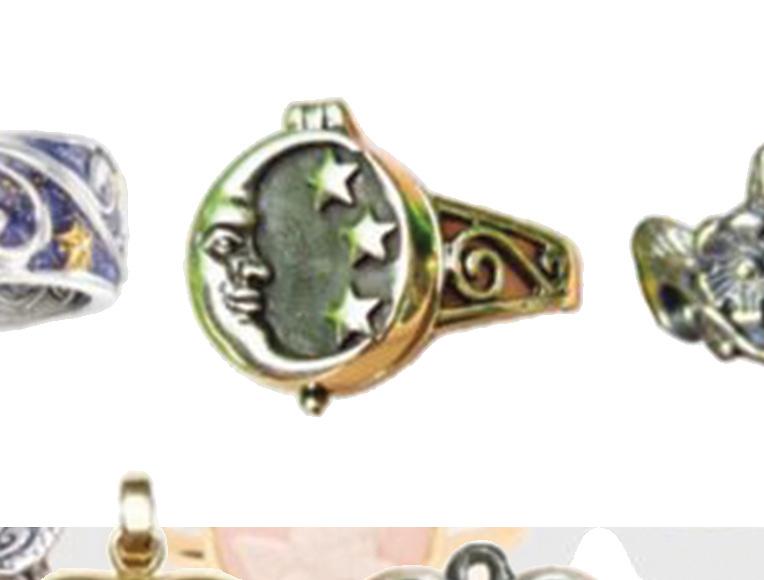
I myself have had my fair share of deconstructed charcuterie board meals (pickles, grapes, torn-up ham slices), but I am aware of the ways in which these trends naturally interlace with gender essentialism. I see it in the ways in which we push ideas of sacred girlhood or divine femininity, and what we as a society are conceptualising womanhood to mean. Of course, there are streams of knowledge that are unique to a woman’s experience, but rather than attributing it to her biological nature, it’s important to acknowledge that this comes as a result of being socialised in a patriarchal society.
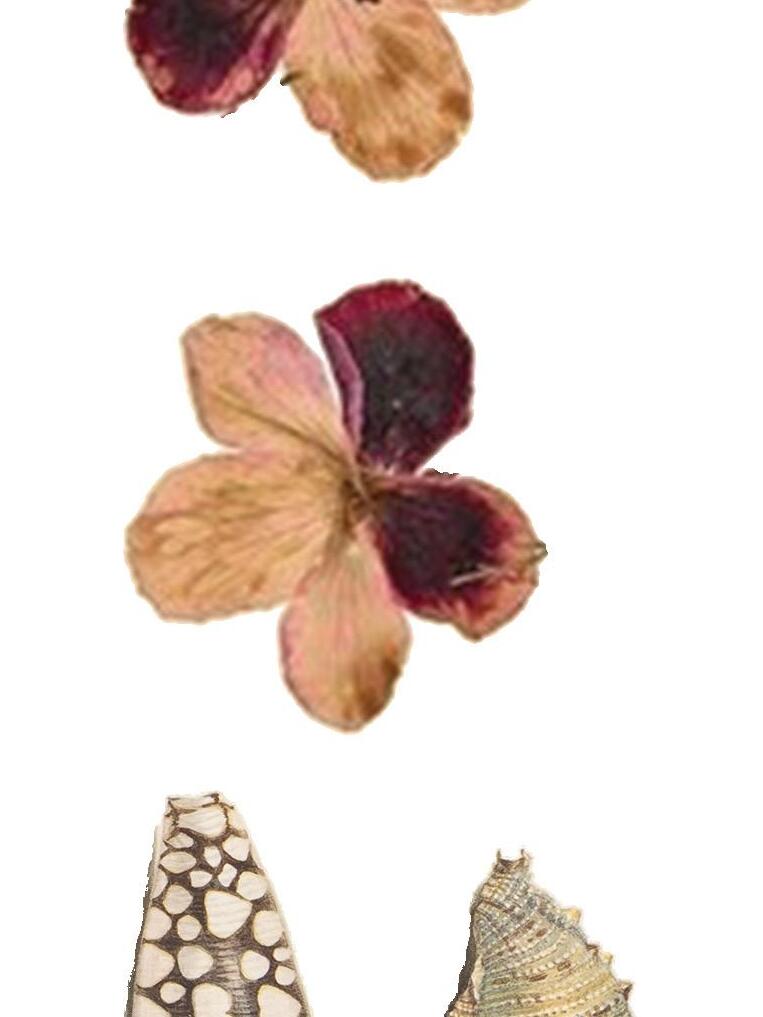
So, the next time you find yourself in a place of girlism or girling, maybe even wishing you were nothing but a housewife to some Aircraft Industry Nepo-Baby, remember: feminism is not to blame for capitalism’s failures. Diminishing your own autonomy and intelligence in the pursuit of a life of comfort will never be fulfilling, and we have our communities before us to thank for such wisdom.
Reject notions of the innately feminine, and know that all your nuances and traits have come from a life lived —something that is valuable like nothing else.
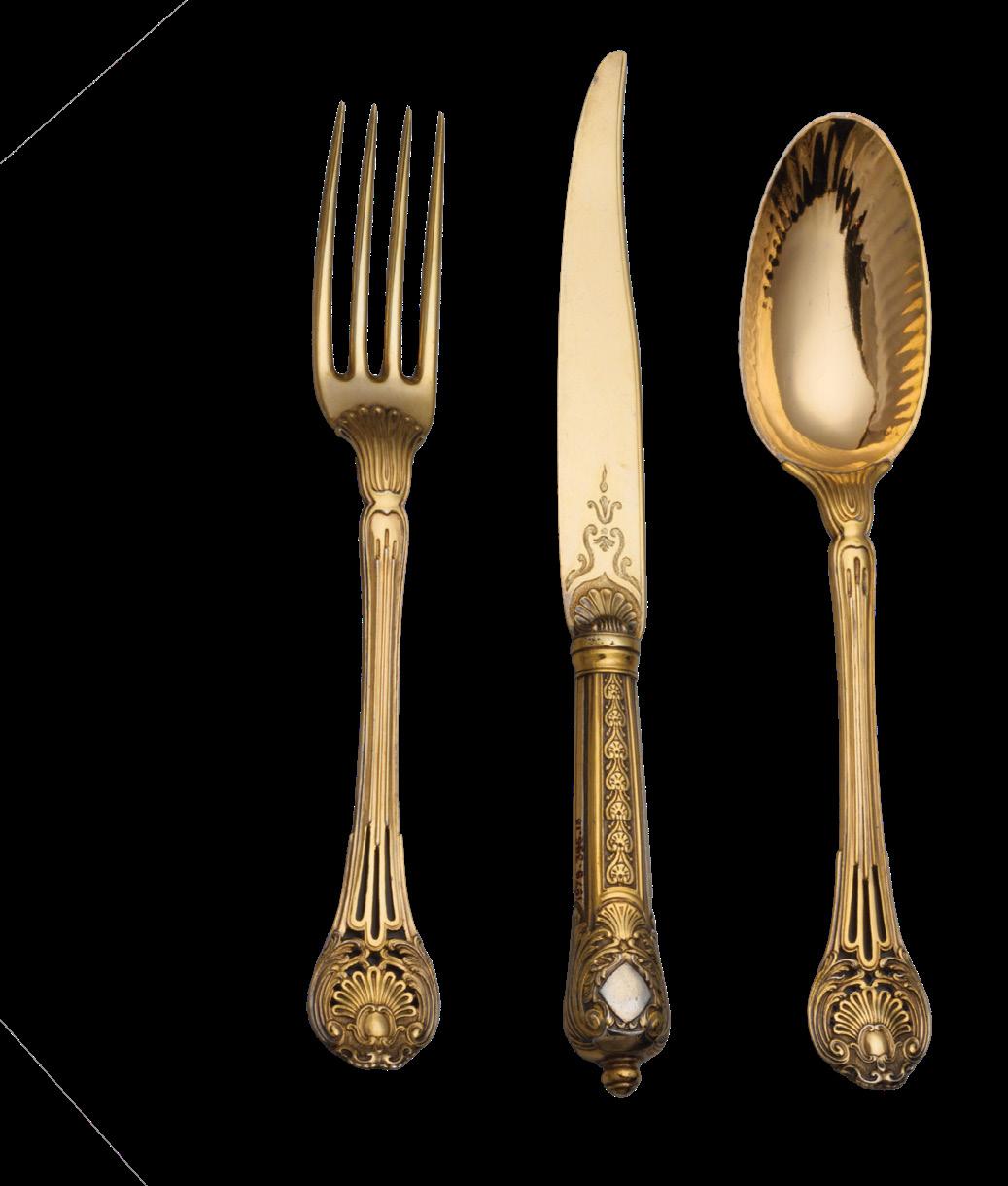
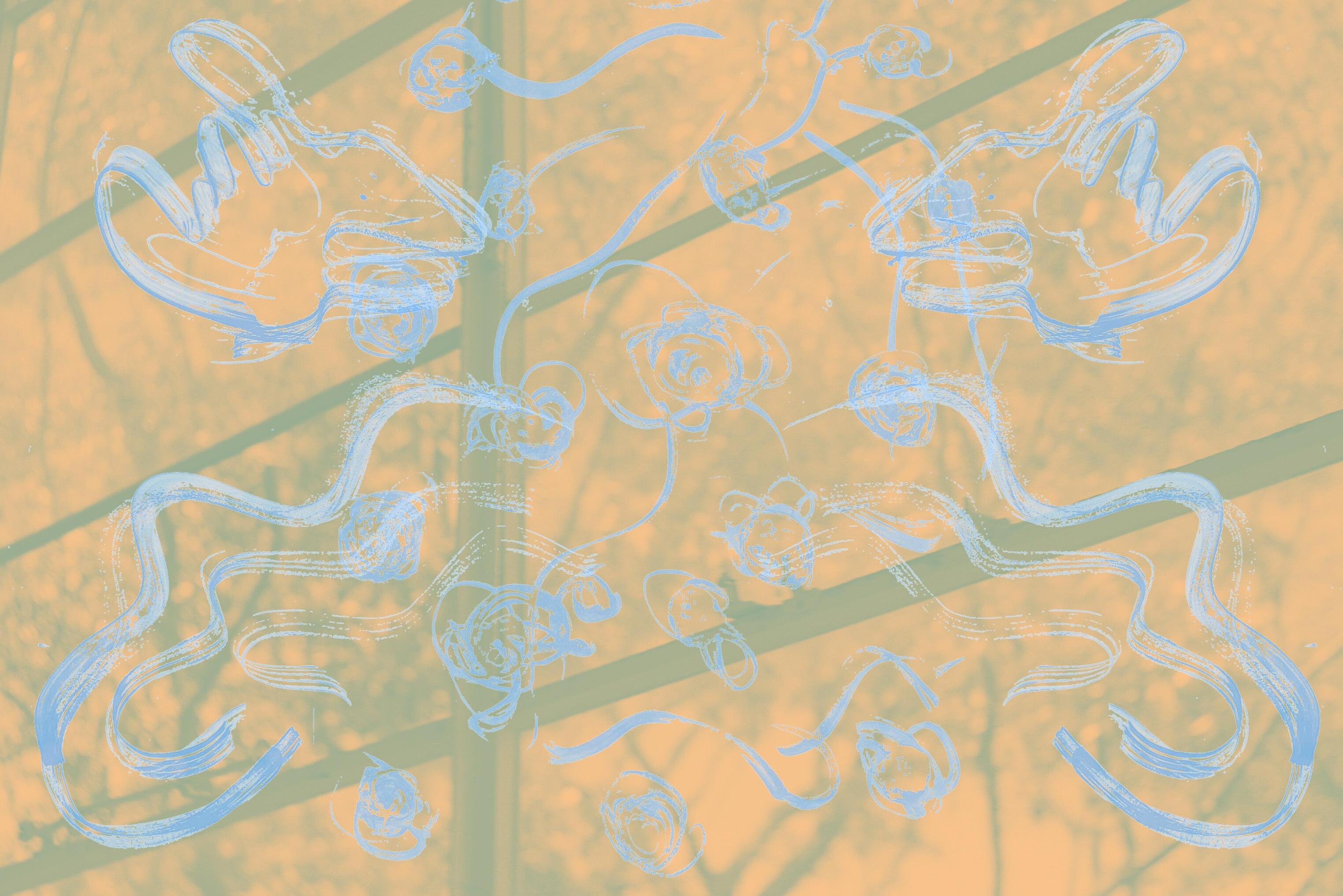
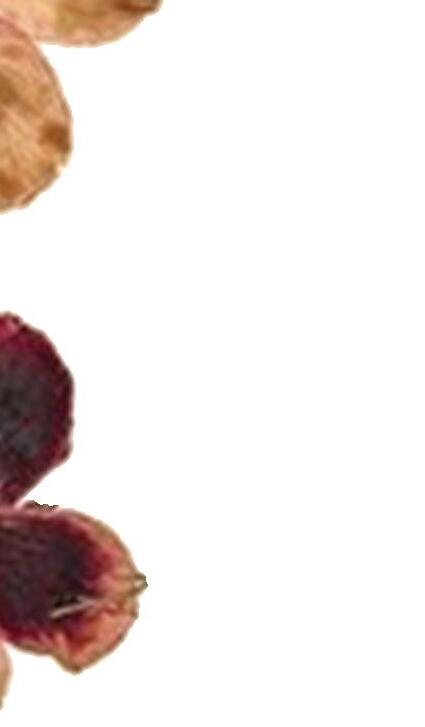
University can feel like a maze of lecture halls, group projects, and the occasional existential crisis. But here’s the thing: university life isn’t just about surviving the chaos. It’s about thriving, finding your people, your passion, and your purpose.
And what better way to do that, than by joining one of UTS’s 180+ ActivateUTS clubs? Whether you’re plotting your corporate takeover, ready to change the world with a well-placed tweet, or fighting for a cause that really matters (and let’s be real, you are), there’s a society here that’s just waiting to meet your unique vibe.
So grab your iced coffee, trust the guide of someone who has absolutely nailed this whole university thing (yes, that’s me), and let’s figure out which faculty-related club is your perfect match!
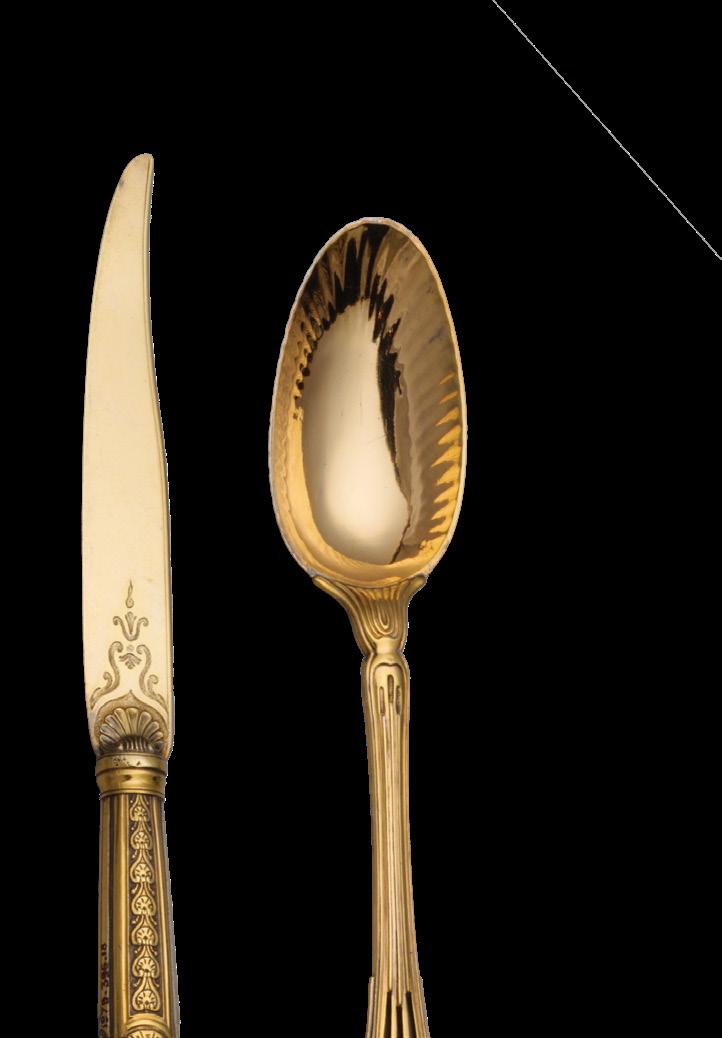

by Eryn Yates (she/her)
Designed by Lucien Yumru
If you’ve got your eyes set on the boardroom, a killer work ethic, and a wardrobe that’s 90% blazers, then the Business and Commerce societies are your kismet. Here, future moguls and industry game-changers gather to dissect the market, swap the latest insider tips, and network like seasoned pros. But it’s not all spreadsheets and business plans, expect a cocktail of ambition, strategy, and maybe even a cheeky espresso martini or two. If your idea of a good time involves crafting the next big pitch or reading up on stock market trends, you’ll fit right in with the high-flyers of tomorrow.
~ Business Society
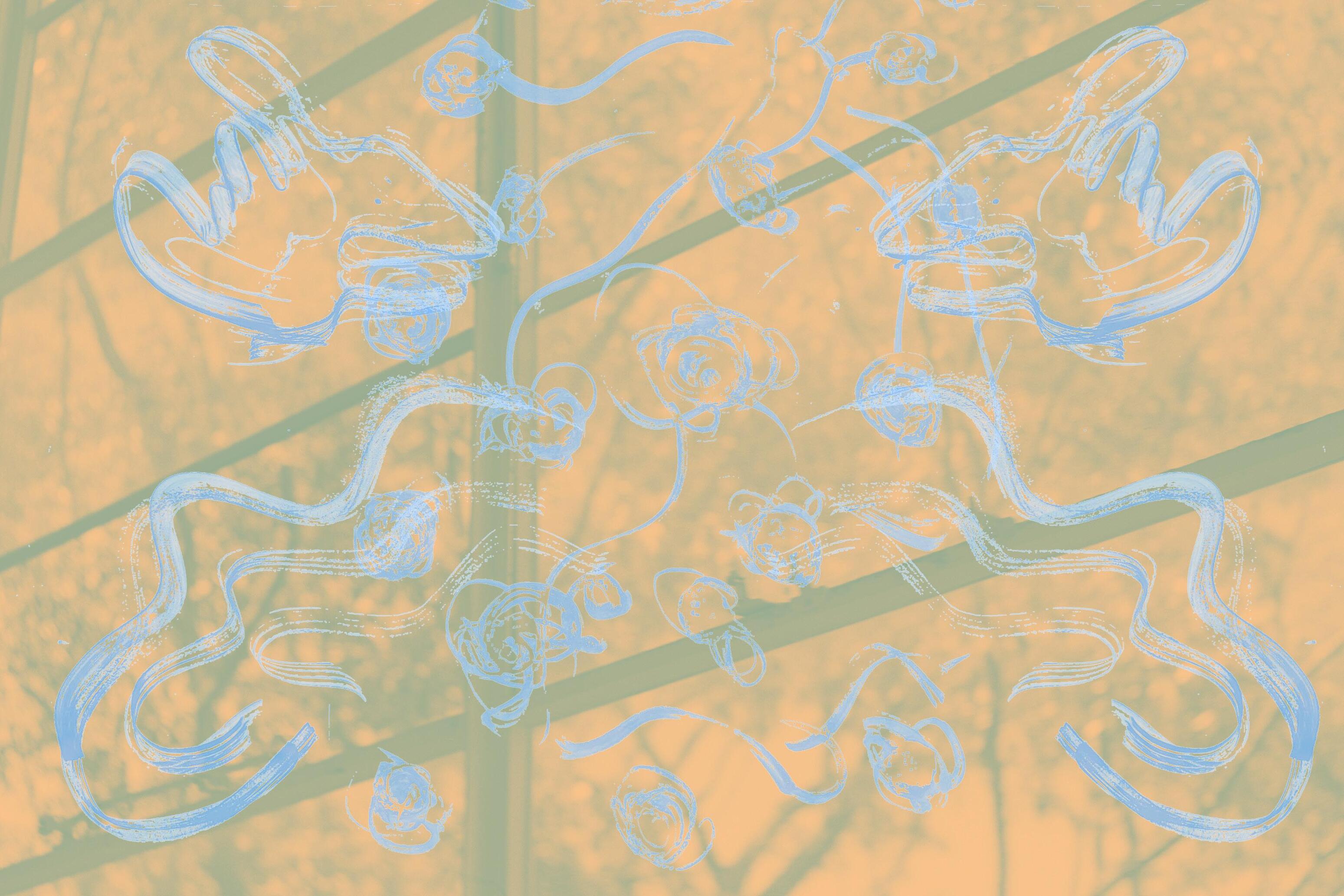
~ StartUp Link
~ DebateSoc
~ Women in Business
~ Finance Society
You’re probably the person who’s been caught in deep conversation about whether modern art is actually a form of social protest or if it’s all just an elaborate con. If you spend your free time painting, writing, debating the meaning of the universe, or working out how to turn a rant about pop culture into a thesis, then the Arts and Social Sciences societies are calling your name. This is where all the thinkers, dreamers, and questioners hang out to stretch the boundaries of creativity and knowledge. You’ll find yourself surrounded by people who’ll challenge your views, fuel your imagination, and spark debates that will leave you asking, “Is there even an answer to this?”. If your idea of fun is attending gallery nights that probably involve a glass of wine you can’t afford, and getting lost in intellectual discussions that spiral out of control, then this is where your mind can roam wild.
~ Literary Society
~ Design Society
~ C.R.A.P (Comedy, Revue and Performance)
~ Film Appreciation Posse
~ Drawing Circle
Are you the type to dream up future cities, envisioning sleek smart tech and sustainable living? If coding is your second language and hackathons are your playground, then the Engineering and IT societies are your match made in campus paradise. This is where the builders of tomorrow come together to push boundaries, create groundbreaking innovations, and bring futuristic ideas to life (I mean, that’s what it looks like to me at least). If you’re not afraid to get your hands dirty with the tech that’ll shape the future, this is your home.
~ Linux Society
~ Cyber Security Society ~ Esports
~ ProgSoc ~ MechSoc ~ RoboSoc
If you’ve ever yelled at the TV during a social justice debate or wanted to write a dissertation on why your favourite activist should run for president, then the Law and International Studies societies are your natural habitat. These are the frontlines of societal change, where future lawyers, human rights advocates, and global reformists gather to fight injustice and advocate for the voiceless. Whether it’s tackling climate change, debating human rights, or rewriting international law, you’ll be surrounded by people who are as committed as you are to making the world a more equitable place. And conveniently, you’ll have the tools, the platform, and the support to turn your beliefs into action. So, if you’re ready to turn your passion for justice into a career that actually matters, this is where you make your stand.
~ EcoSoc ~ Model UN ~ Red Cross Society

~ UTS Build
If you’re one of those people who actually reads the health section of every magazine (and knows what CRISPR is), then you’re probably ready to dive into the Science and Health societies. Think of it as your personal lab where knowledge meets action and where you’ll join forces with people who are passionate about changing the world — one scientific breakthrough at a time. From solving global health crises to designing sustainable solutions, these societies aren’t just about theory, they’re about making things happen. Whether you’re in the lab researching something that could save humanity or volunteering on a health initiative across the globe, this is where your intellectual curiosity and desire to make a tangible impact can truly thrive. Just don’t be surprised if someone casually drops the next big cure in your conversation. This is where science is serious, but the vibes are anything but.
~ Pharmacy Association
~ Nursery & Midwifery Society
~ Science Alliance
~ Biomedical Engineering Society
Finally, if you’re just looking to make friends and try something new—maybe even something you hadn’t considered as an option!—we’ve collected some societies from near and far that have some more unique focuses!
~ Keyboard Society
~ Scuba Diving
~ Puzzle Society
~ Aerial Society
~ Alternative Fashion Society
~ Vinnies Society

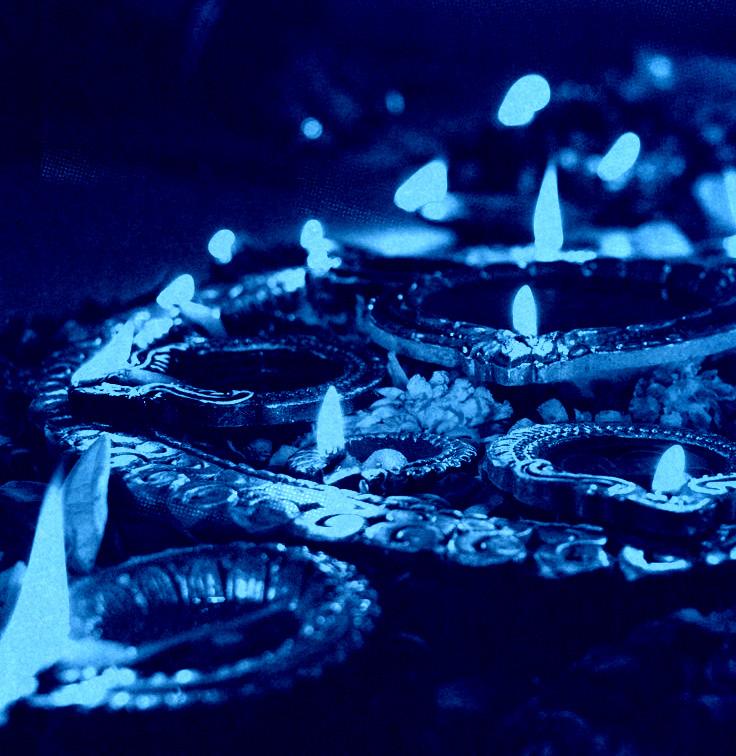
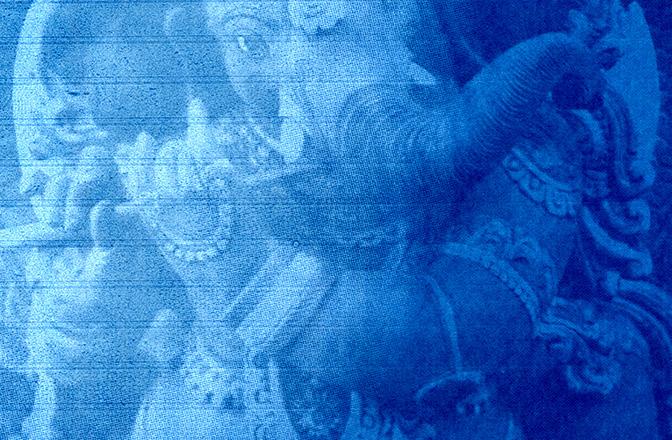


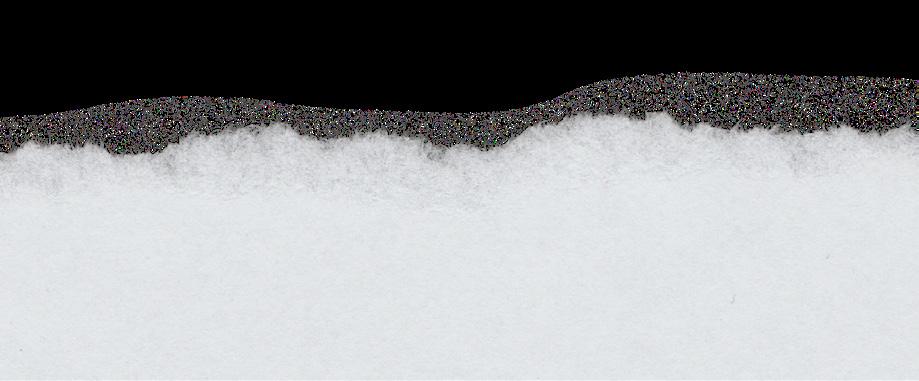

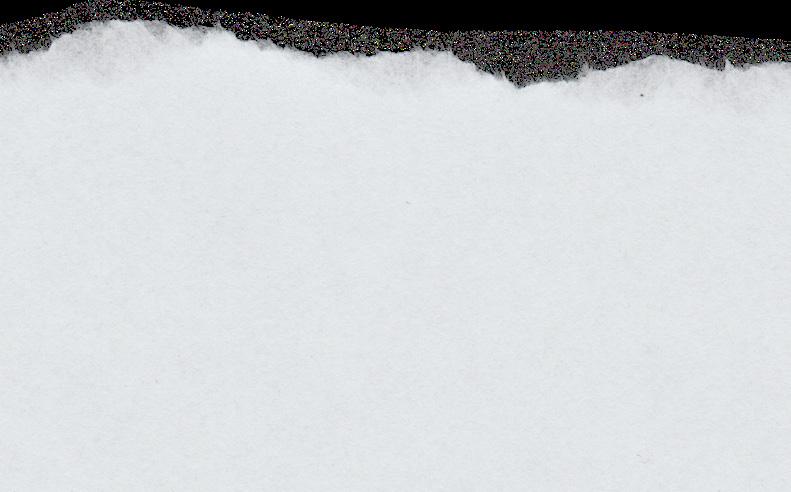

I deal with challenges. It has given me the ability to reflect deeply on my actions, ensuring that I make decisions that align with my values, even in situations where others might not fully understand. While at times it feels like I’m navigating a path that others don’t always see or appreciate, my identity is something
I’m proud of and hold close. UTS is a diverse place, but it still has room to grow in supporting students from all walks of life. More inclusive social events, better vegetarian food options, and spaces for open dialogue about cultural differences could make a big difference.


I believe that by embracing and celebrating these differences, we can create a more inclusive and understanding campus for everyone.

Being Hindu at UTS hasn’t always been easy, but it’s been rewarding in its own way. It has forced me to confront who I really am and what I stand for, and in a university that thrives on innovation and creativity, I’ve learned that staying true to my roots is a type of strength in itself.

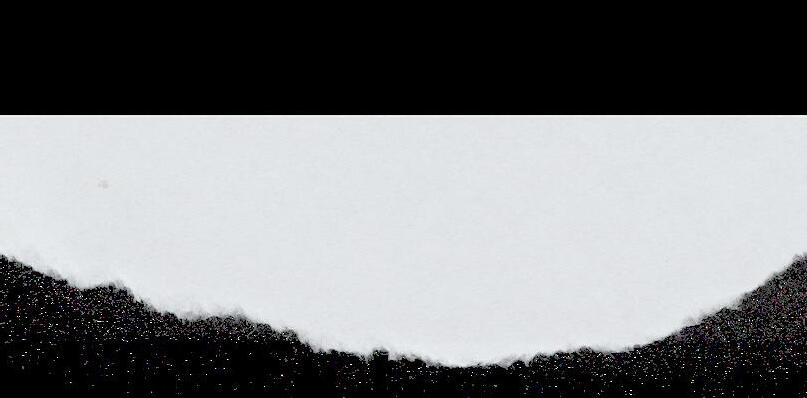

Designed by: Arielle Lee


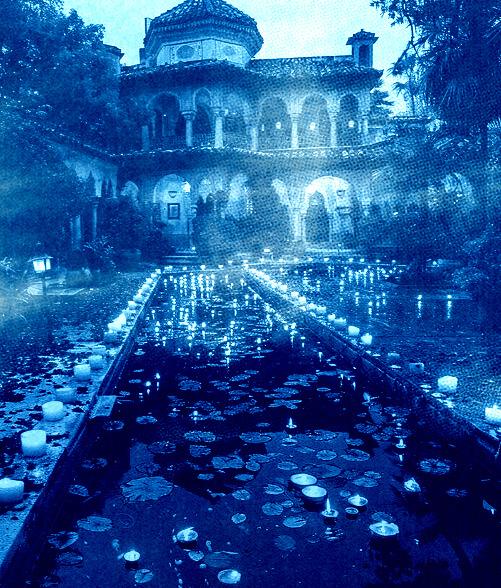
Lessons from Val Plumwood’s
‘Meeting the Predator’ 40 years on Andy Howells He/Him

In 1985, during a trip to Kakadu, environmentalist and philosopher Val Plumwood, was canoeing when she was attacked by an enormous saltwater crocodile. Grabbed by the thigh, Plumwood survived three death rolls leaving her severely wounded and crawling to safety. It was this near-death experience which inspired her essay “Meeting the Predator” in which she explores the fundamental idea of anthropocentrism, or human exceptionalism. Describing her belief that Western society has created a separation between humanity and the natural ecosystems we depend on. Nearly 40 years on, in the age of climate catastrophe, reflecting on her groundbreaking essay provides insights into our seeming inability to act in accordance with the level of crisis we are now facing. With new coal and gas projects, and abandoned climate targets — while our governments walk back promise after promise after promise, Plumwood shows why we are still unable to understand the existential nature of the threat we’re causing.
“I knew I was food for crocodiles, that my body like theirs was made of meat. But then again in some very important way, I did not know it.”
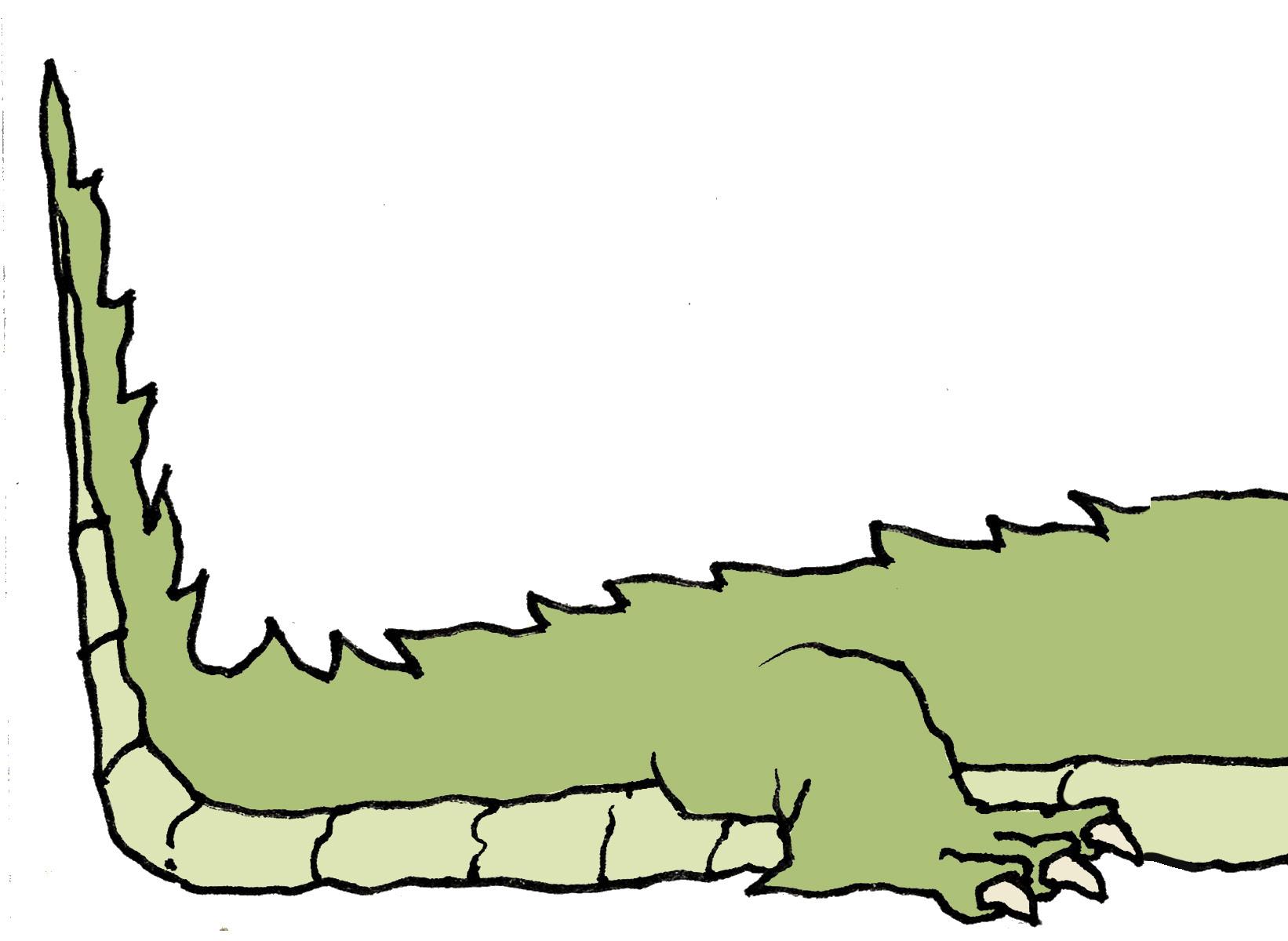
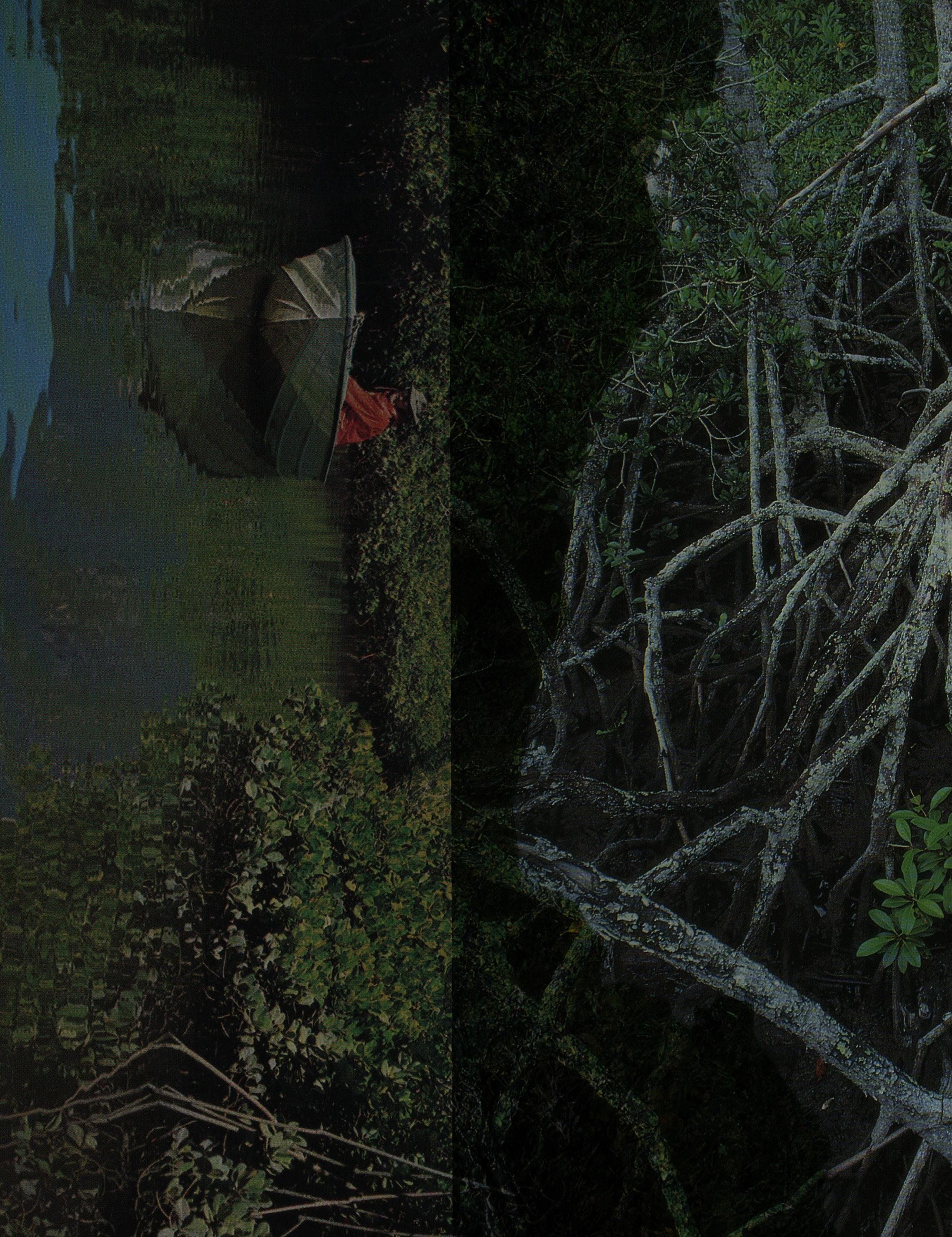
Plumwood is weak and exposed in her canoe, and still struggles to understand her innate vulnerability. Not until she is in the crocodile’s jaws does she fully realise, with an existential indignation, her true place in the ecosystem. She had subconsciously developed the belief that her status as human would exempt her from the natural cycles of life and death. Through her disbelief that she could be eaten, Plumwood experienced a perceived, yet false, ethical boundary being crossed.
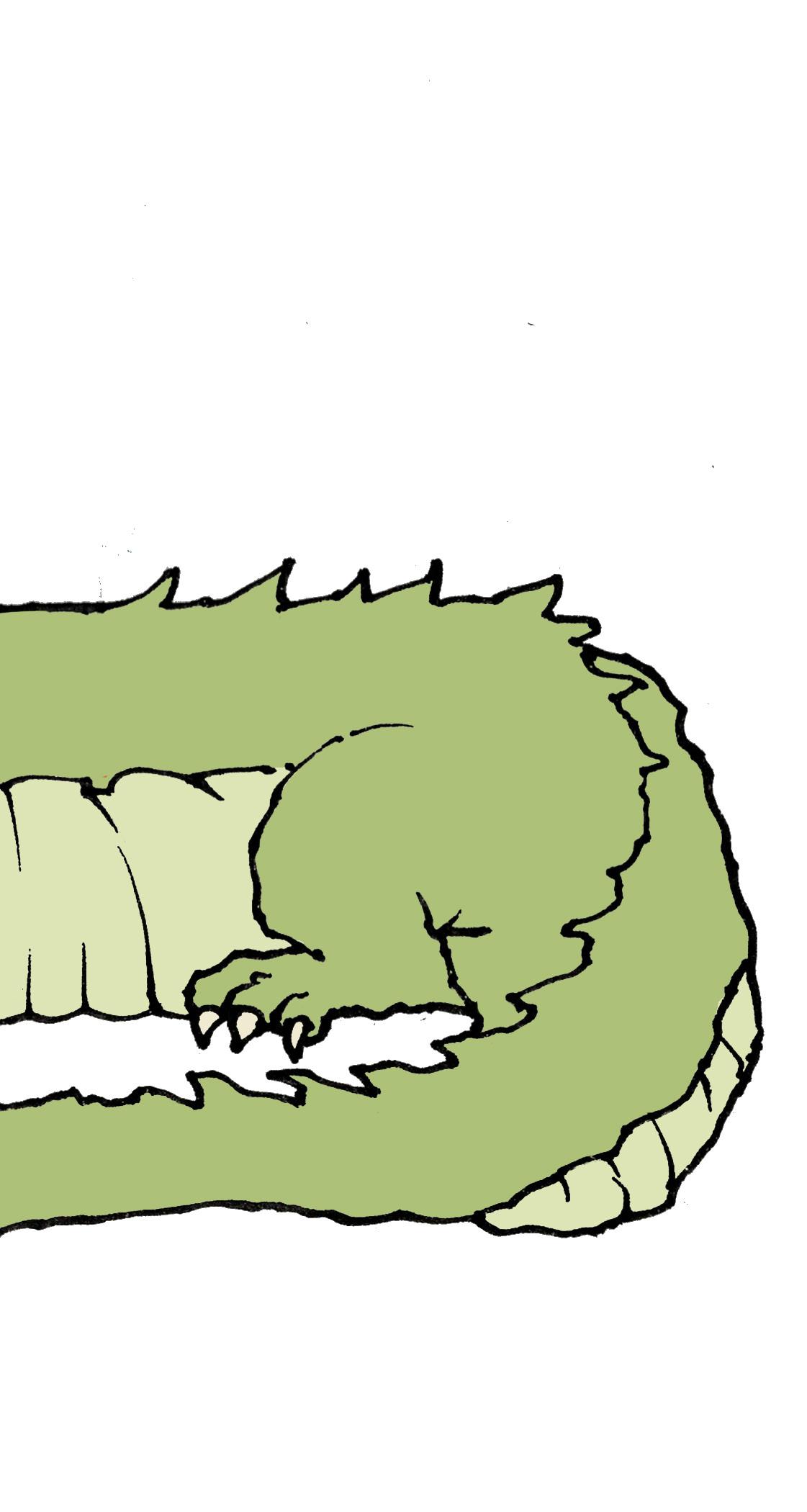
In the moment of the attack, Plumwood describes having travelled “through the eye of the crocodile” as she journeys into a “parallel universe” — a truer reality in which she was the life sustaining nutrients. She was food. Particularly in the Western world, as humans have risen to ecosystem supremacy, any predator with the potential to kill and eat humans has been driven to extinction or run out of human areas. The idea of human as prey has become wholly unnatural in our minds — this is the discussion Plumwood puts forward. As we become isolated from the natural cycles of prey and predator, of death and decay, we fail to realise that these are the cycles on which we depend for our livelihoods. When a person is killed by an animal, this is seen as a form of moral trespass. We anthropomorphise a perceived ethical misdeed of a predator, giving an ethical weight to an animal we previously wouldn’t have credited with any sense of morality, proceeding to then criminalise and prosecute. The concept of a man-eater — a predator with a specific taste for human flesh — is a cultural preoccupation, perpetuated through films such as ‘Jaws’ (1975) and ‘The Ghost and the Darkness’ (1996). The natural predator becomes a monster, a grossly exaggerated villain.
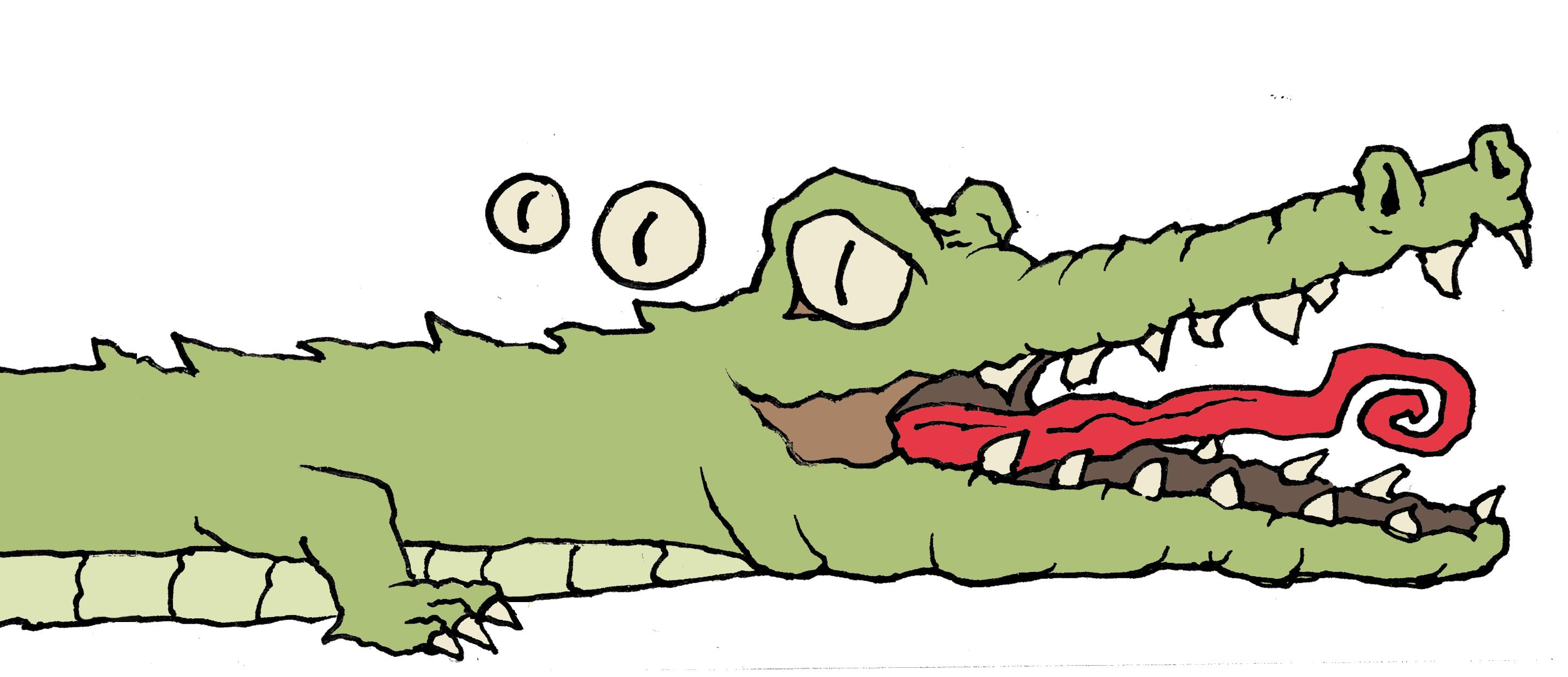
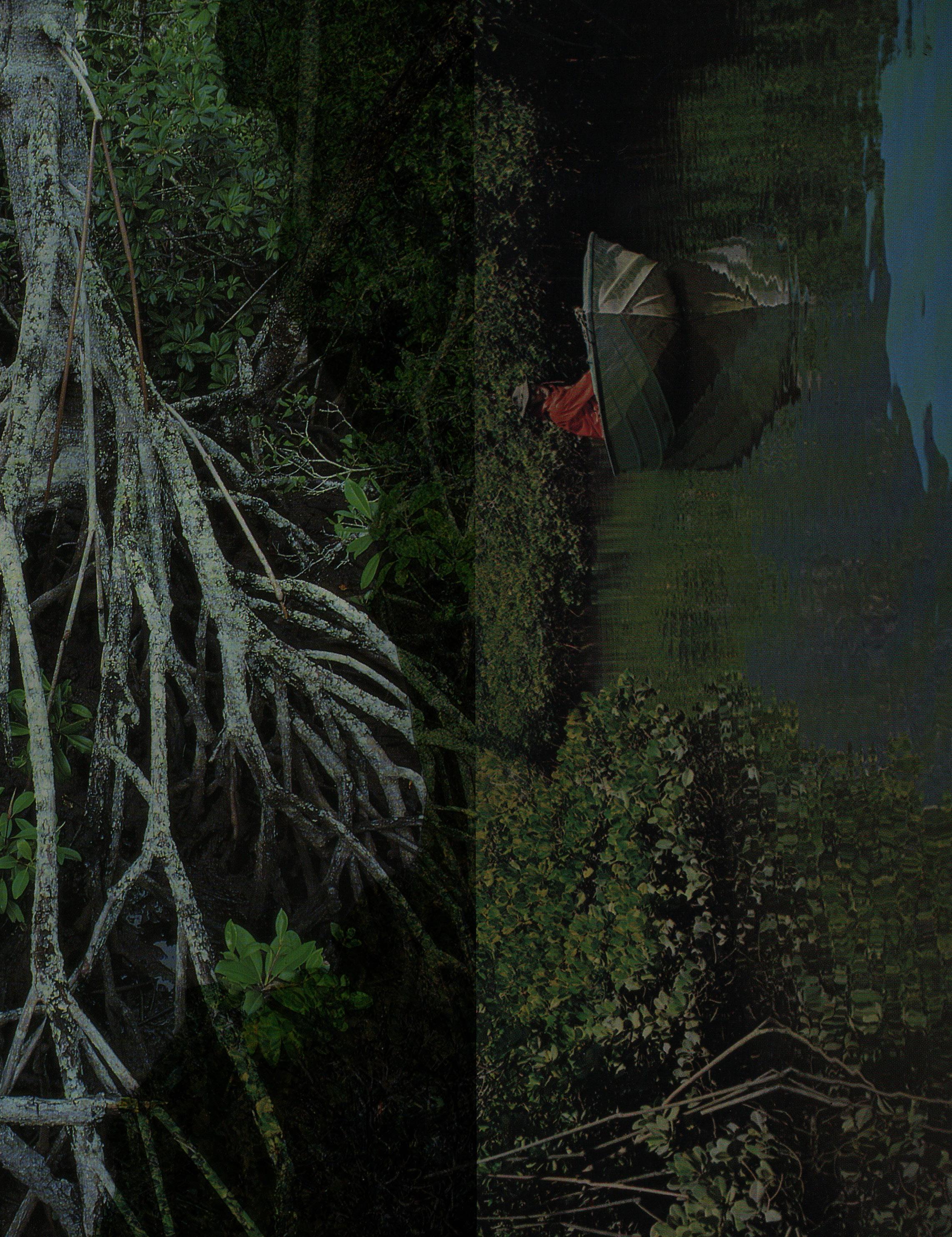
For decades, the polar bear has served as a quasi-ambassador for the impacts of climate change, sad and scrawny to remind us of our role in Arctic sea ice decline. However, let it not be forgotten that the polar bear is also a predator. In 2022, researcher Karyn Rode and her colleagues published a paper in Global Ecology and Conservation demonstrating that polar bears are being forced to spend more time on land and are moving further inland due to habitat loss caused by climate change, making the risk of human/bear conflict more likely.
Tragically, only months later in 2023, in the Inupiat community of Wales, Alaska, Summer Myomick and her one-year-old son Clyde Ongtowasruk were mauled to death by a polar bear. For Alaska, these were the first and second recorded deaths by polar bear in over 30 years.
The idea of ‘the predator’ serves a dual purpose. It can serve as a metaphor for the impacts of climate change — rising seas are the predator, extreme heat and drought are the predator, the Black Summer fires were the predator, the Lismore floods were the predator. However, it also describes a very literal, physical, claw-bearing, jaw snapping predator. In order to realise the true nature of our place in the ecosystem, as food — humans will need to join Plumwood in her real reality, we too must travel through the eye of the crocodile.
In the decades since it was first written, ‘Meeting the Predator’ has become a seminal text of environmental
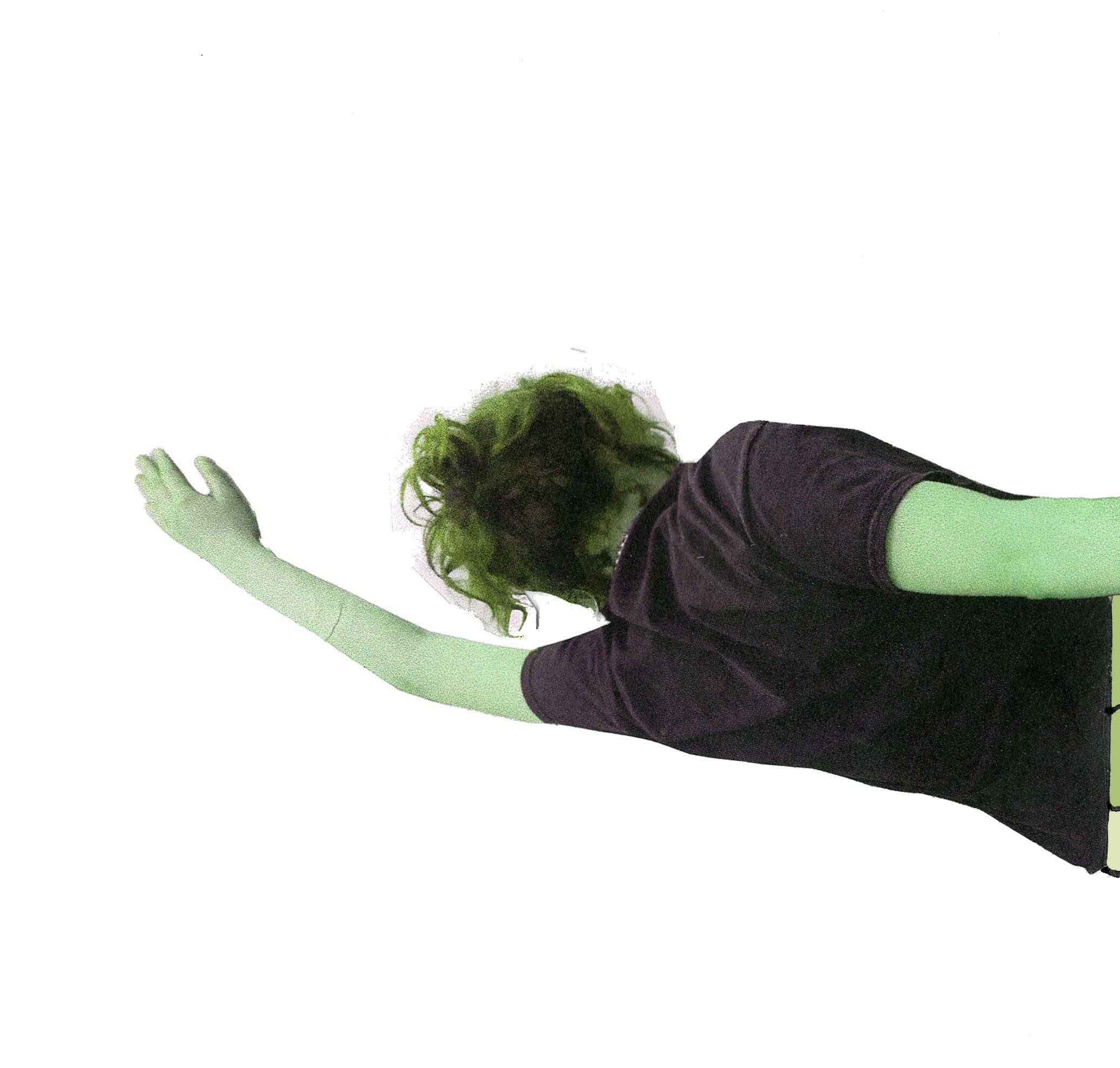

The first reason is simply that thinking about death is hard. On a personal level, human exceptionalism makes fully understanding our inevitable decay difficult. Human exceptionalism fuels and massages our egos — the belief that we are special simply feels nice and realising it’s fallacy can really bruise. The second is that the uneven distribution of power and resources fuels this sense of exceptionalism. It is the poor, Indigenous and climate vulnerable who are dying from the effects of climate change, who face the imminent threat. For those of us in the West, in the middle and upper classes in major cities, meeting this predator is delayed. We have the privilege to develop a position of apathy to the climate crisis, showing
There are ultimately two ways to join Plumwood in her alternate universe, to become a member of real reality. The first is to heed the warning of others, to learn from those who, like Plumwood, have met the predator, learned their lesson, and lived to tell the tale. For most of us who are lucky enough to have not yet experienced it first-hand, having “met the predator” will not be a fixed state and rather something which we need consistent reminders of. Learning this lesson can take time, however it is imperative we do as the second method is to come face to face with the literal predator for ourselves. So, look around, listen up and begin to take notice — before the jaws snap shut.
Designed by Nathan Halward

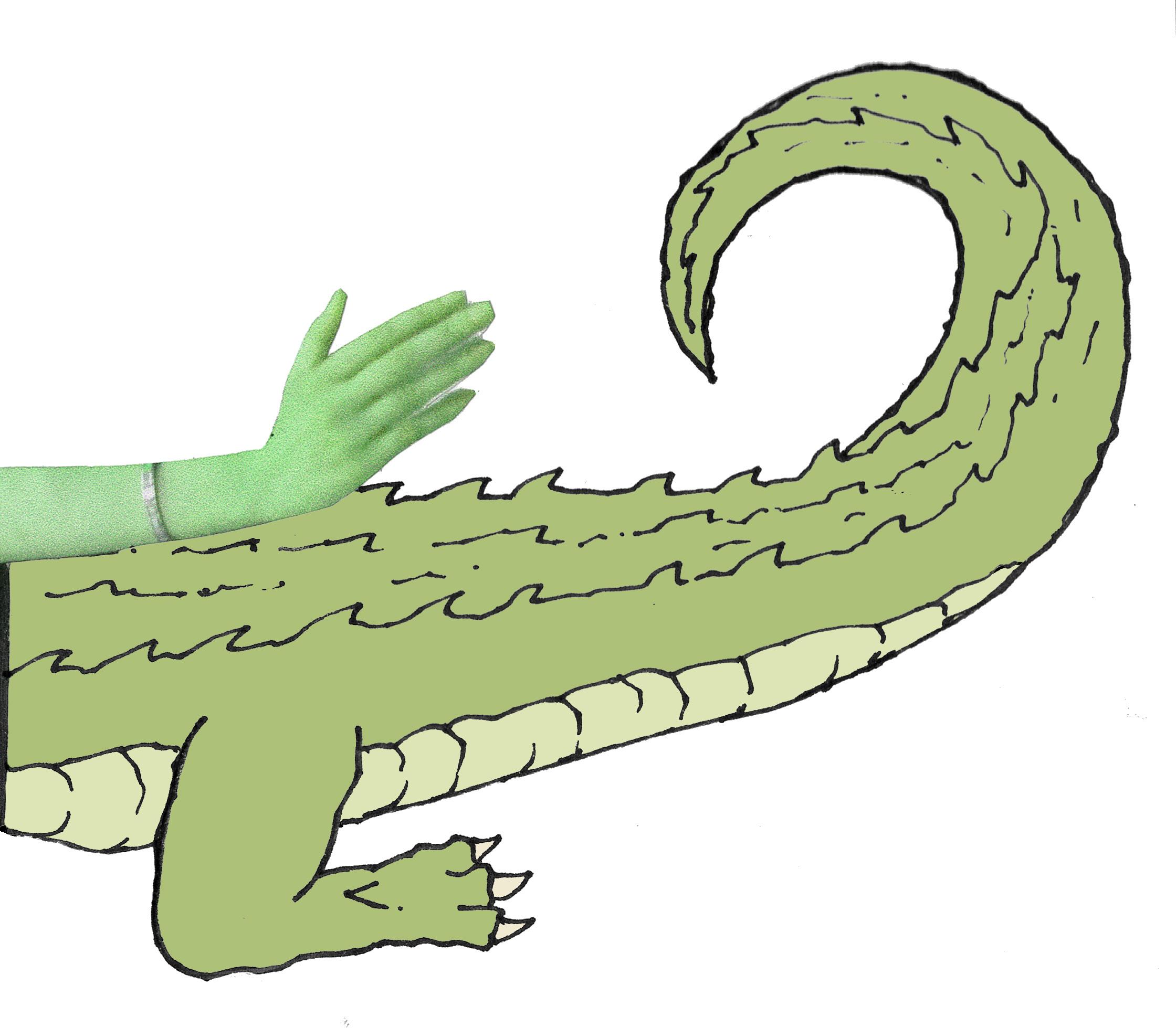
Zara Hatton (she/they) and Bianca Drummond Costa (she/her)
A brief guide to making and keeping friends in your first year of uni, because it is HARD.
Picture this: it’s a sunny Friday afternoon. You and four of your classmates are sitting on the Alumni Green, casually laughing and telling amazing stories to each other because, let’s face it, you’re all hilarious, magnetic, and charming. Your outfits are all really cool. You’re sipping on an iced latte from one of the uni’s many cafes with your sunglasses on. Everyone wants to be your friend.
Now, say it with me: this is an attainable dream! This can happen! I will not be nervous and rushing for the train forever! Friendship is within my reach!
We’d be lying if we said starting university isn’t a little bit terrifying. Life after high school is a big, wide, beautiful world, but it comes with a plethora of new problems to face. You don’t have to face them alone, though. Here’s how to find the ones who will hold your hand through it.
Designed by: Arielle Lee @clivia_studios
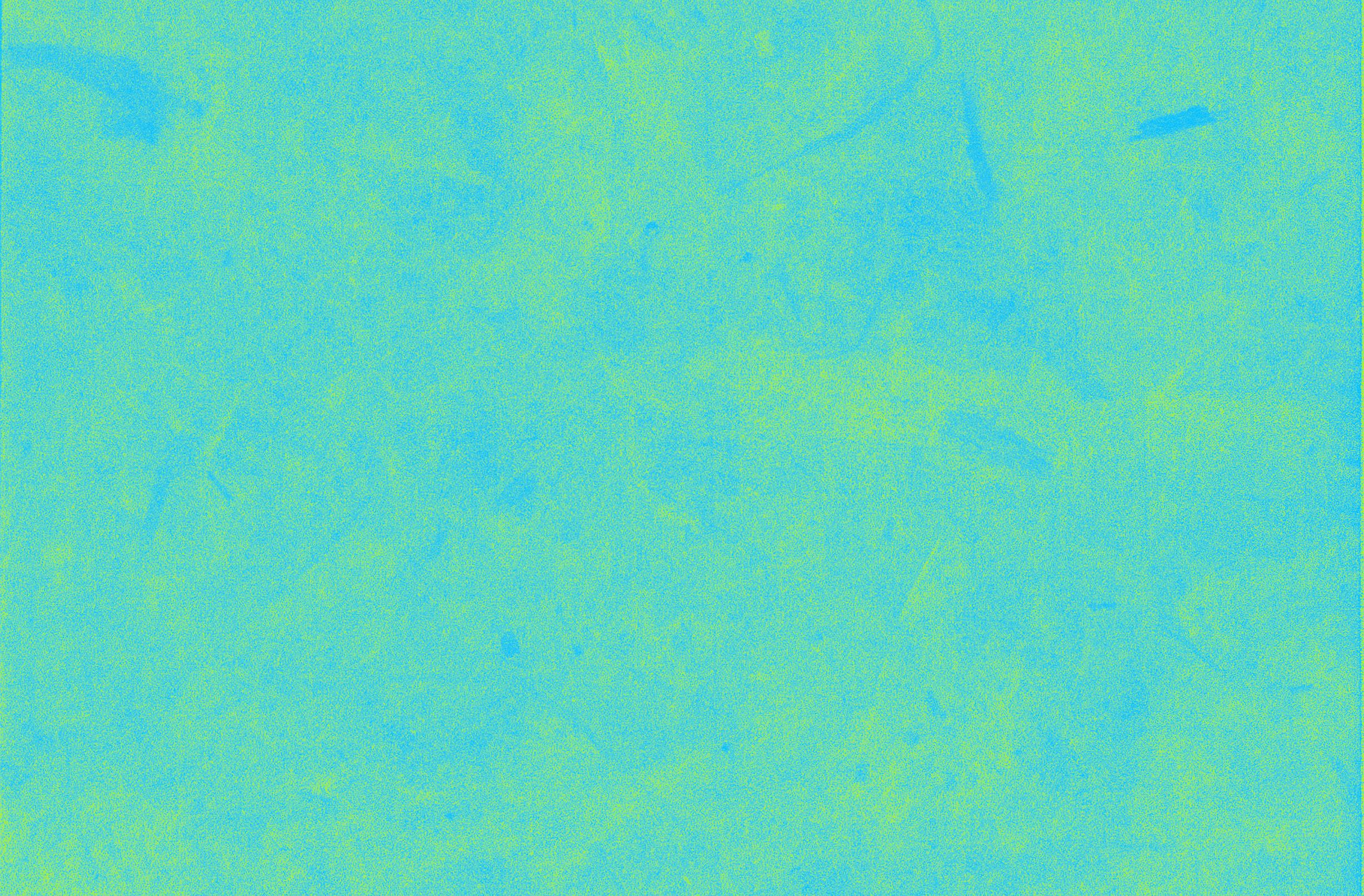
PEOPLE?
1.WHAT IF I’M SCAREDOFTALKINGTO (EVERYONEISASSCARED ASYOU)
The ephemeral nature of our uni environment is the worst culprit in all of this – seeing people for two hours, once a week, for three months (only to never see them again) doesn’t give you much to work with and can start to feel a bit demoralising after a while. Everyone feels like this, but it’s so unspoken! Sometimes, no amount of passing glances, chuckles at the same dumb comments from peers, or table talk can get you to to breach that initial awkward barrier – and this is coming from two self-professed extroverts.

If ever in doubt, and in search of a positive gateway into a conversation, compliment something on their person – their bag, their laptop stickers, their earrings, their tattoos. Don’t be weird about it, though. Duh. But how could anybody think about not engaging in a conversation with you if you’re smiling at them and telling them how much you love their necklace?
One of the most immediate and lasting connections that found me on campus was single-handedly achieved through the following method: I walk up to my tutorial room on the first day of a new semester. I look around, trying my best to be approachable. Then, a voice, smiling: “omg I LOVE your jeans!”
Like the clouds opening for sunlight: a conversation, perfectly set up for mutual engagement and ego-boosting, landing in your lap like the most wonderfully timed gift.
Going from being with a group of people you love for ~30 hours a week to rooms full of strangers brings with it a type of grieving that is so soul-sucking and so distinct to the young adult experience. If your friends from high school are worth keeping around (you should definitely think about why you’re friends — is it out of devotion or convenience?), then you’re going to have to get creative with ways to stay close with your brand new jam-packed schedules.
Maybe it’s weekly FaceTimes or voice memos that let you ramble like they’re right next to you, or collaborative playlists for the new music you find on your new journeys. Find a lowcommitment way to ensure that you can stay connected, and integrate it into your routine.
But also, if that doesn’t happen, that’s okay. High school is a time in our lives where many of our friendships are of convenience and proximity, and there’s nothing wrong with that. Not everyone is meant to be forever; relationships are transient, like the ocean tides. Thousands of people will enter and exit your life over the course of your existence, and although that might seem kind of scary, it’s actually really exciting! Think of all the little things that have imprinted on you, that have stuck with you over the years, that have moulded you, helping you grow as an individual. As a deeply emotional person, reframing my mindset really helped me alleviate frustrations and anxieties surrounding losing high school friends.

Making friends is not always going to be easy. You’re going to feel weird and out of place sometimes, and that’s okay! But, you’re here, and everything is new and different, and that’s what makes uni so gorgeous. It’s only a few years (unless you’re a freak doing a double degree), and you never know what potential connections all these strangers around you hold, so why not make the most of it? Vertigo believes in you!
Uni is one of the most exciting times of our lives. You have a myriad of resources at your disposal with so many opportunities being presented to you with every passing second. For the first time in most of your lives, you’re also surrounded by the most diverse group of people you’ve ever seen. It is so valuable to be immersed in an environment where your peers come from all areas of our sprawling city (shoutout Sydney), each with different backgrounds and values and interests. We’ve all been brought together by a common goal – to get the hell out of this second school, with a degree, as soon as possible. Kidding. Really. If you treat uni as a chore, it will become one. You’ll get bored and disillusioned and start hating the very idea of opening your eyes in the morning to do your bi-weekly trek to Ultimo. Take advantage of everything that is suddenly right in front of you.
The world truly is your oyster.
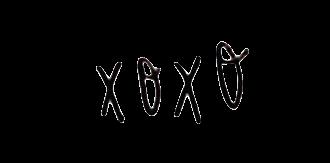

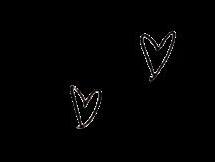


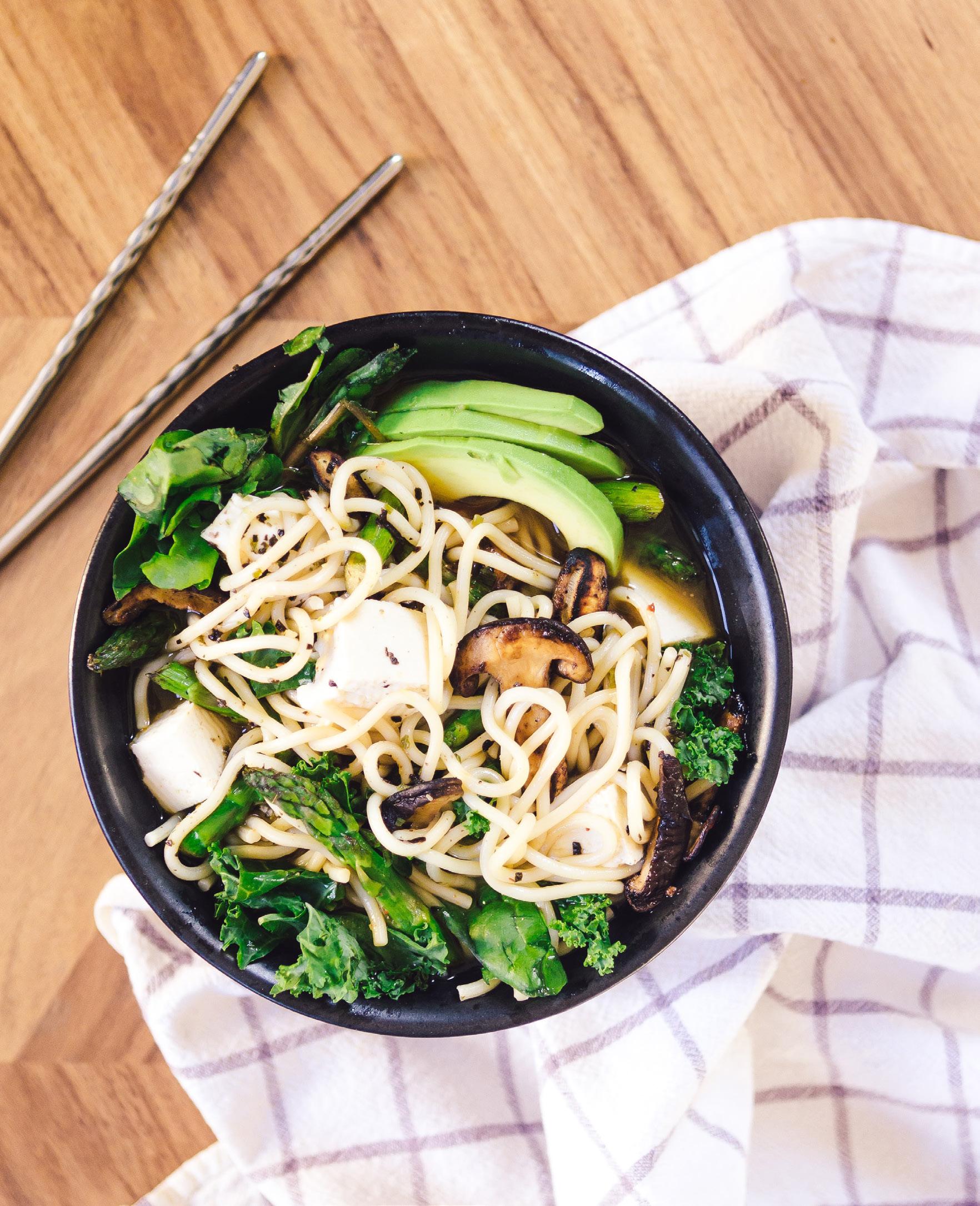
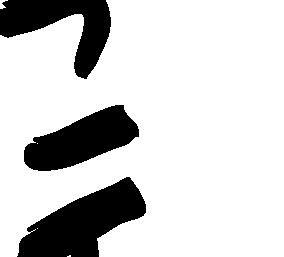

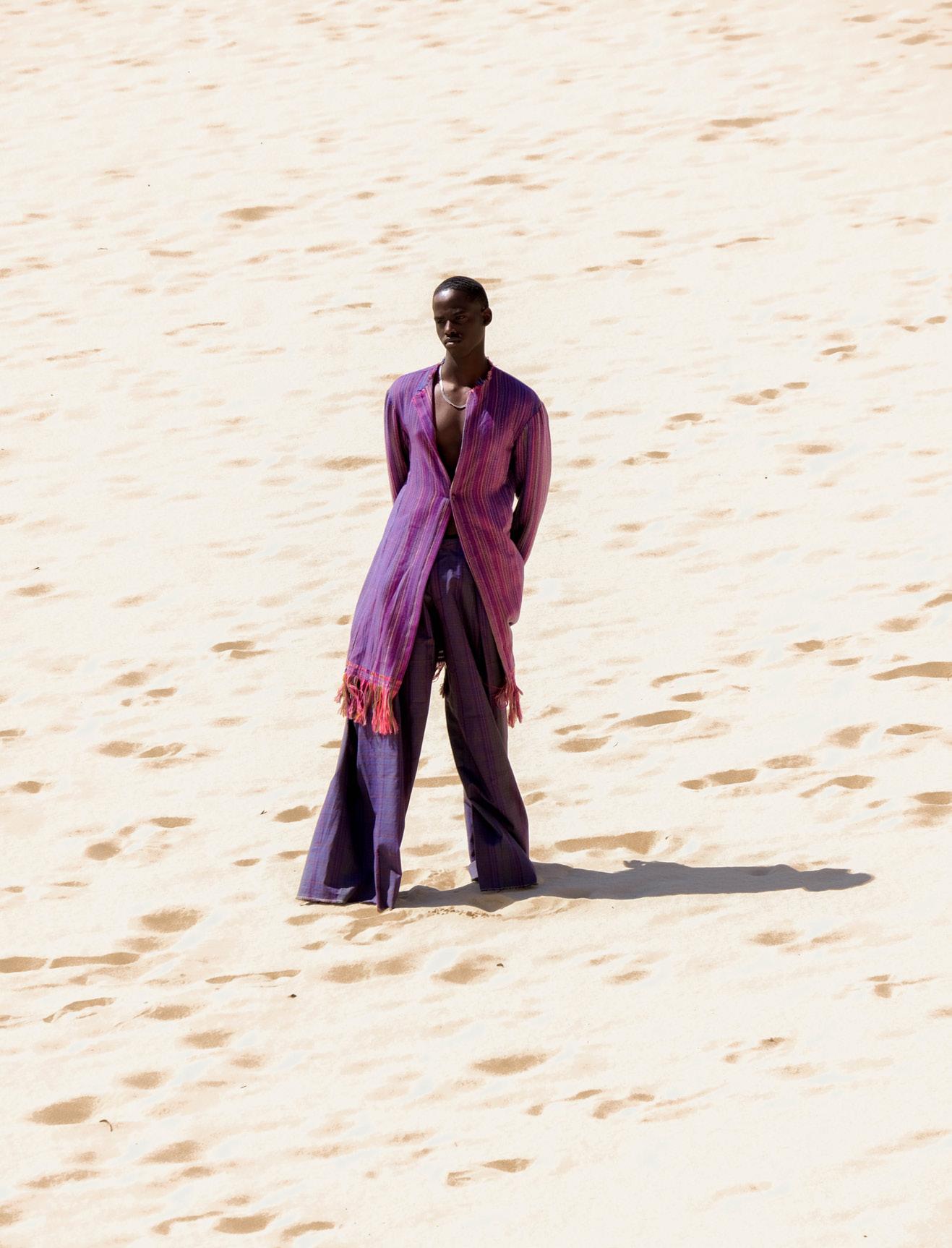
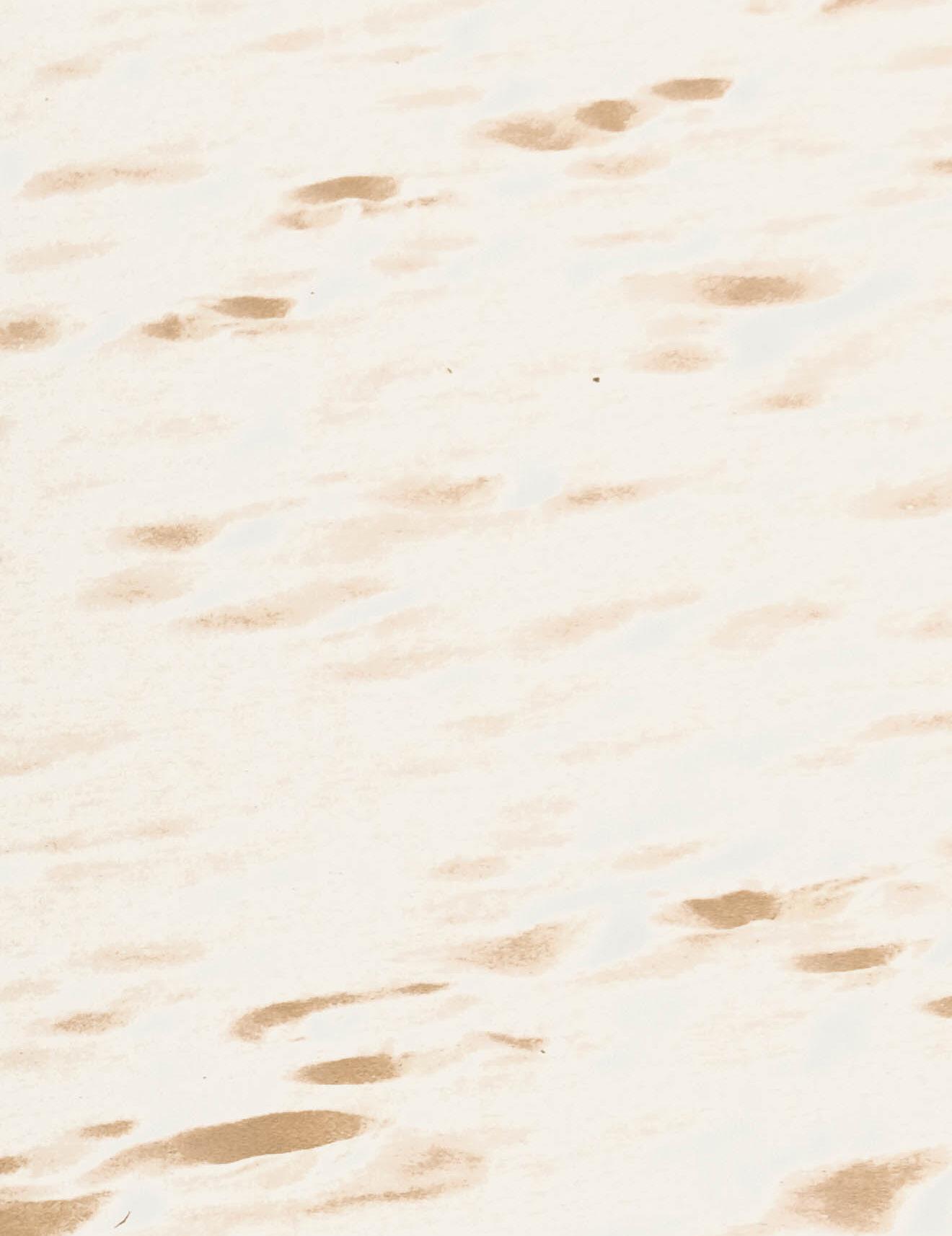
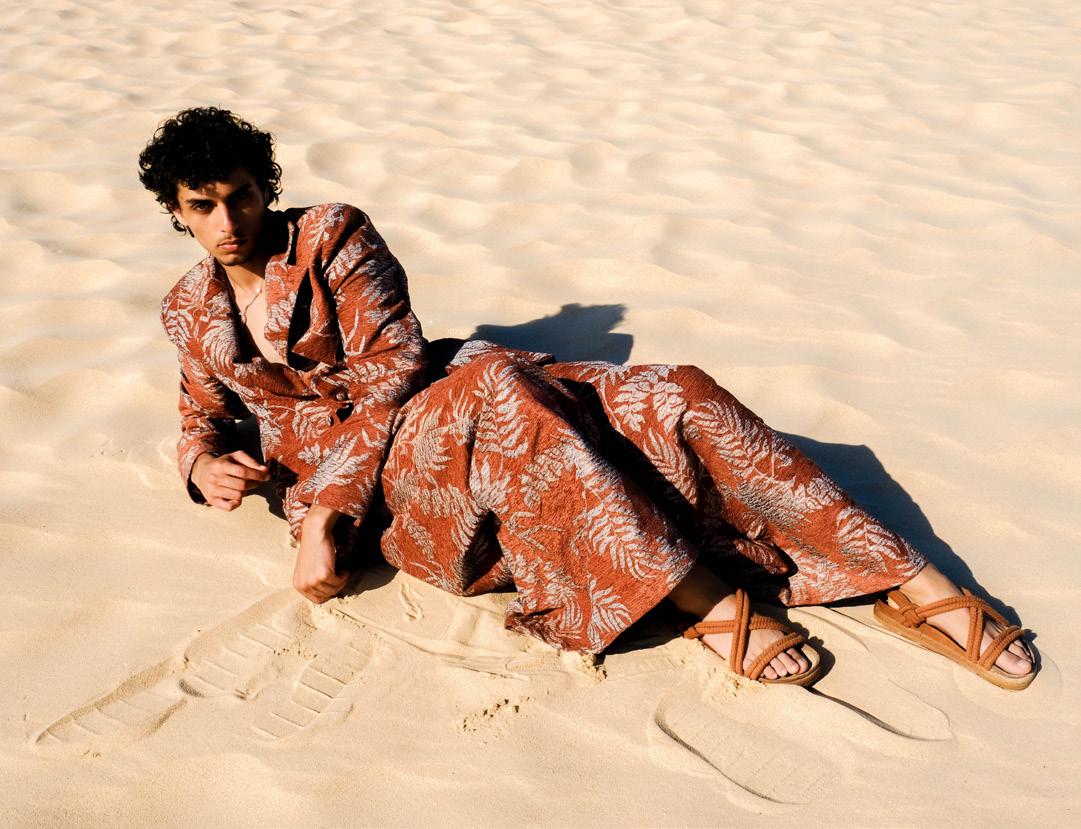
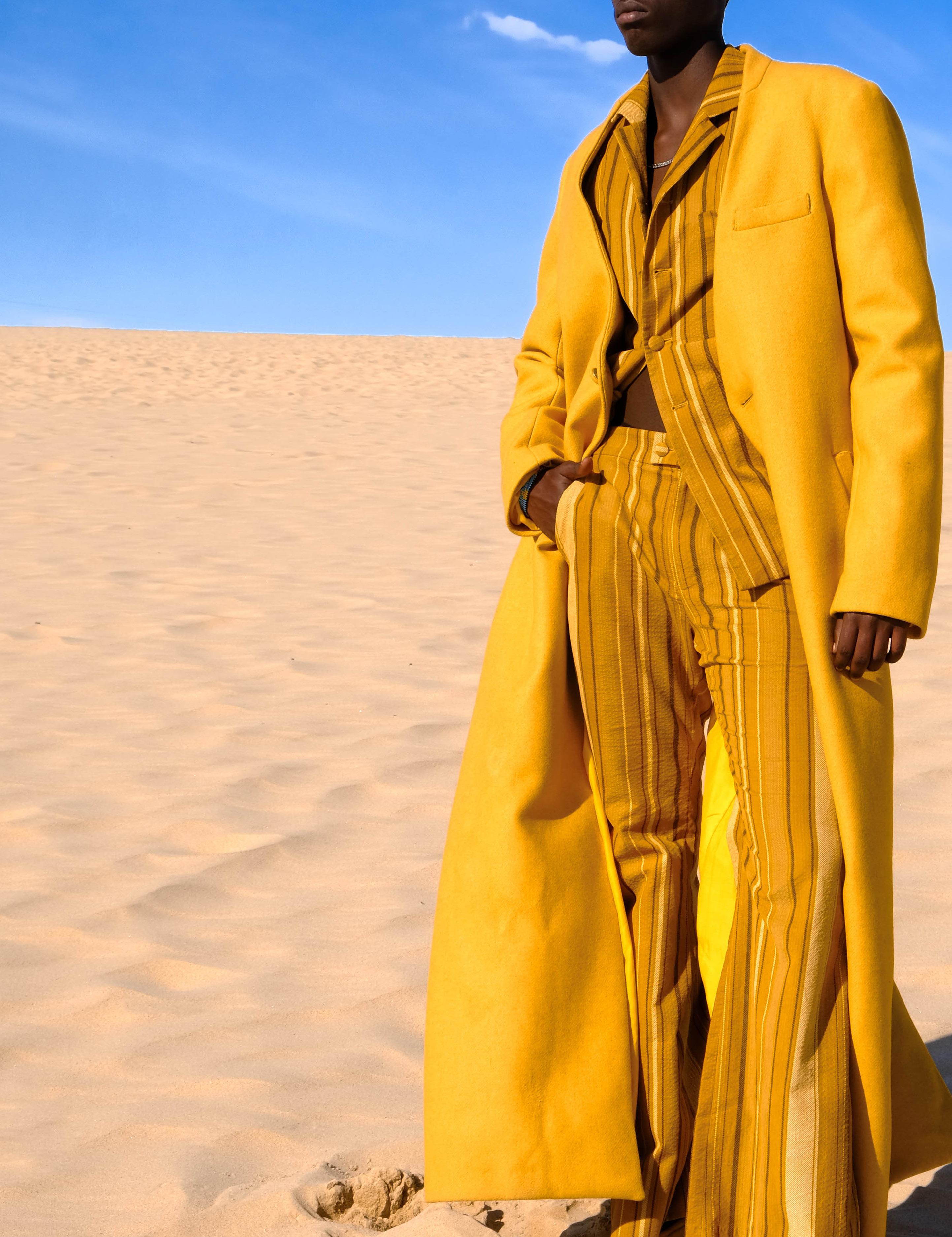
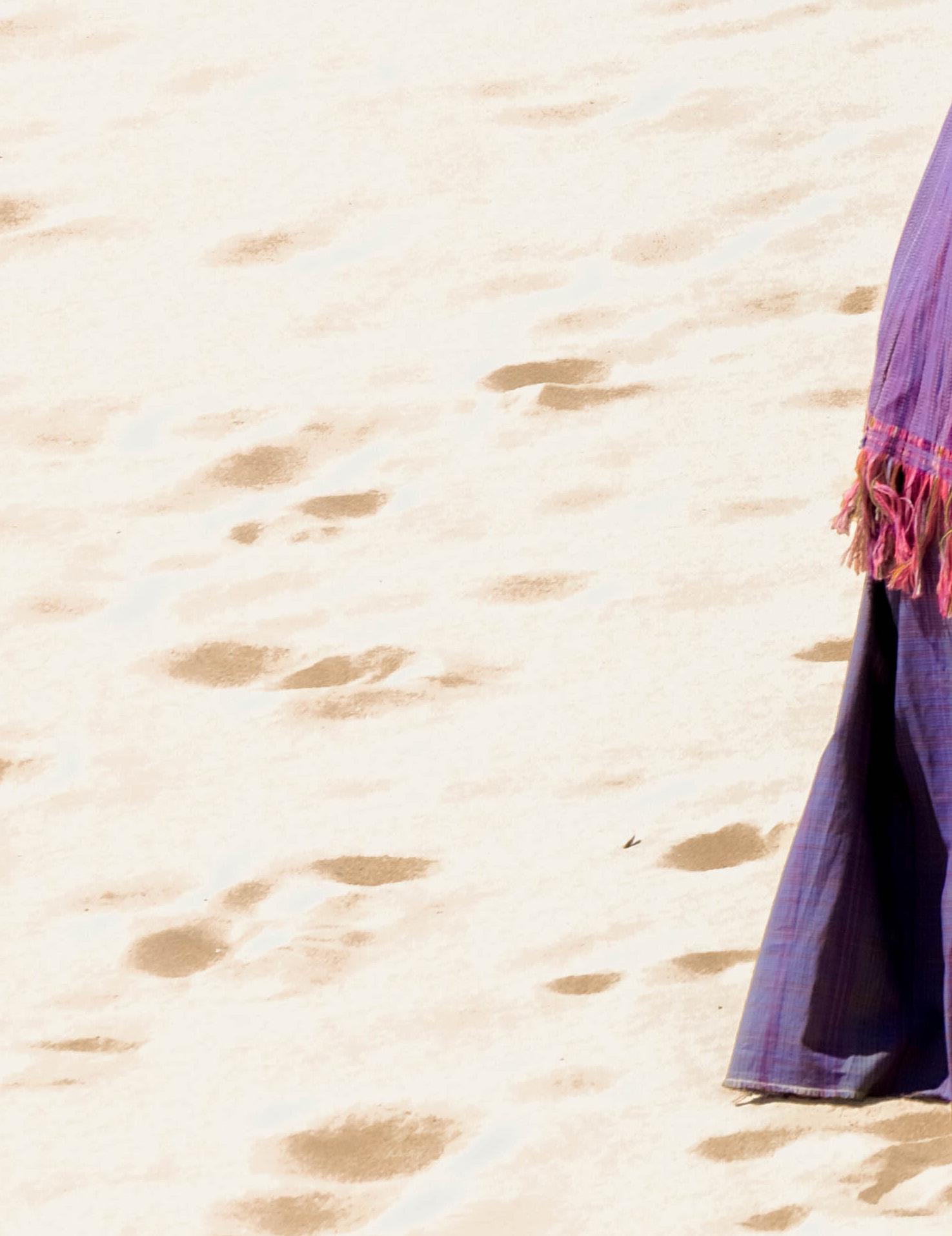
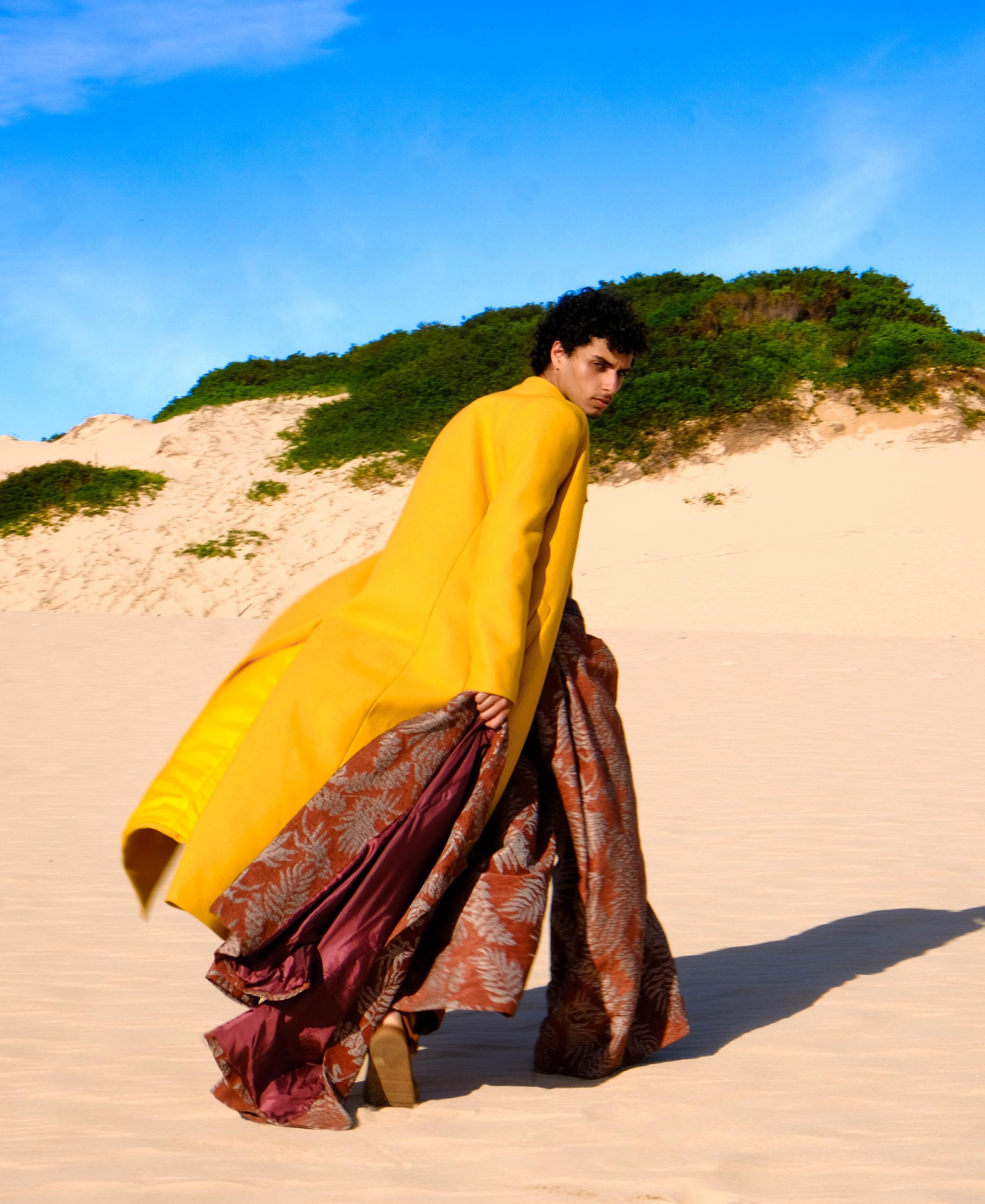

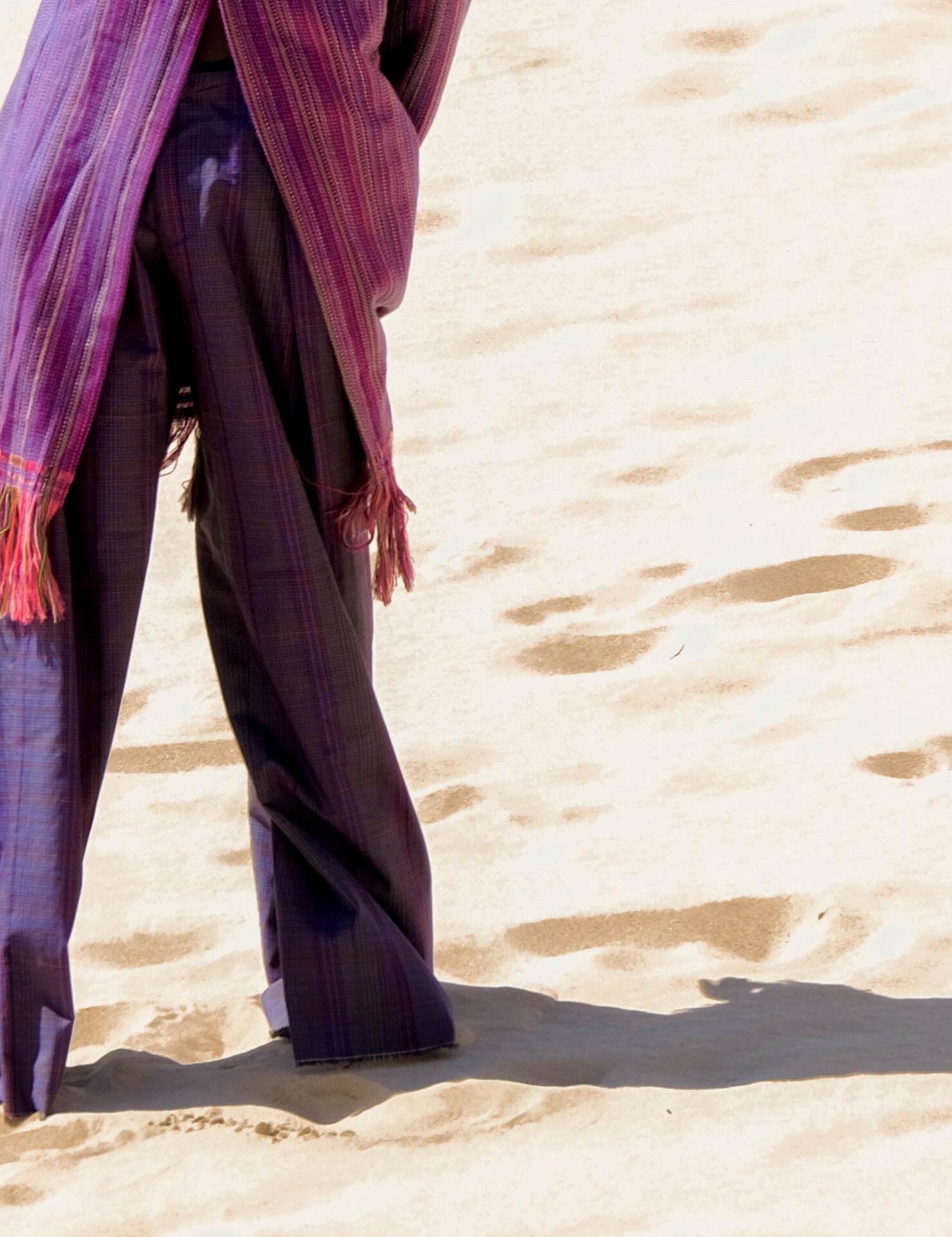
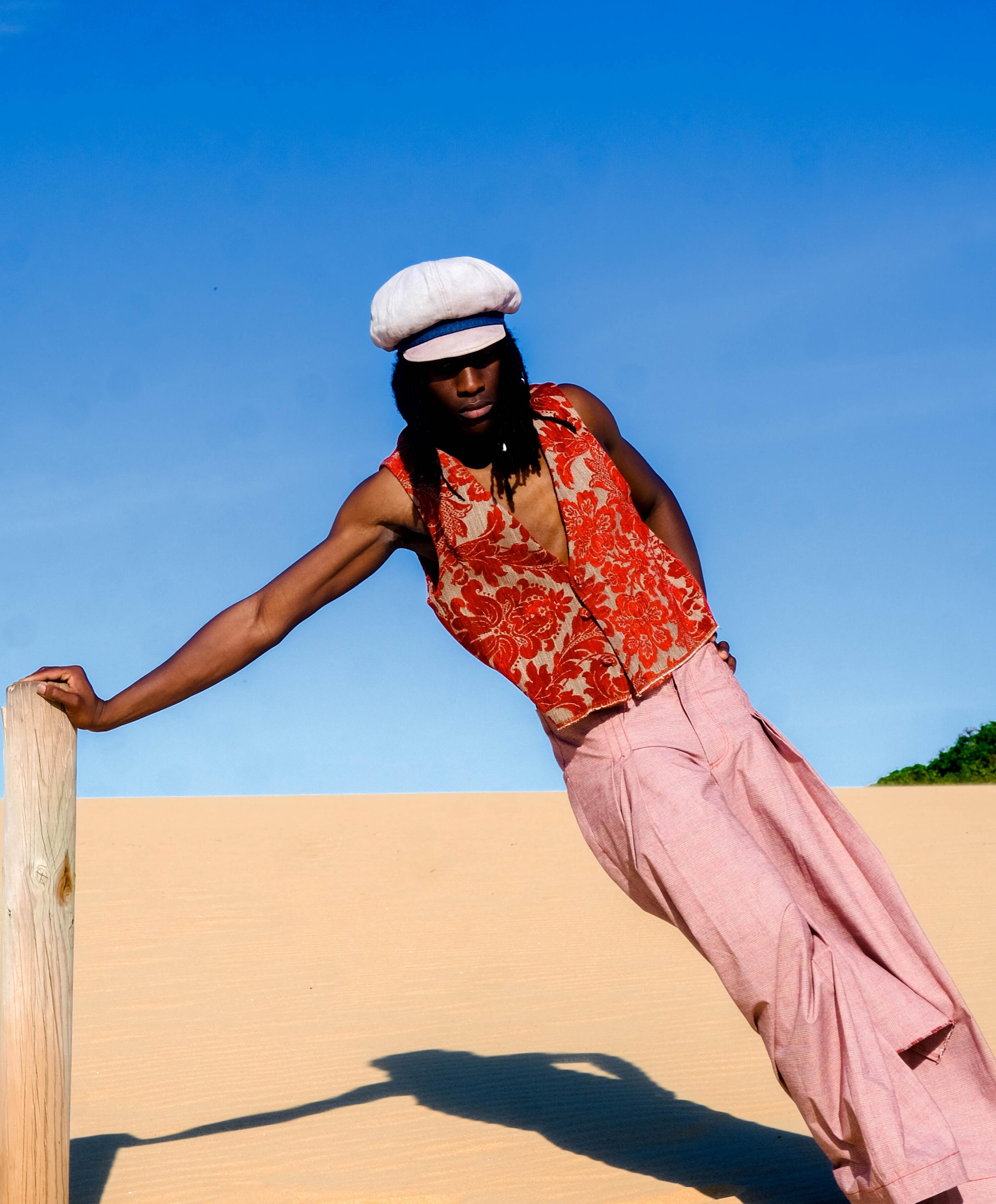
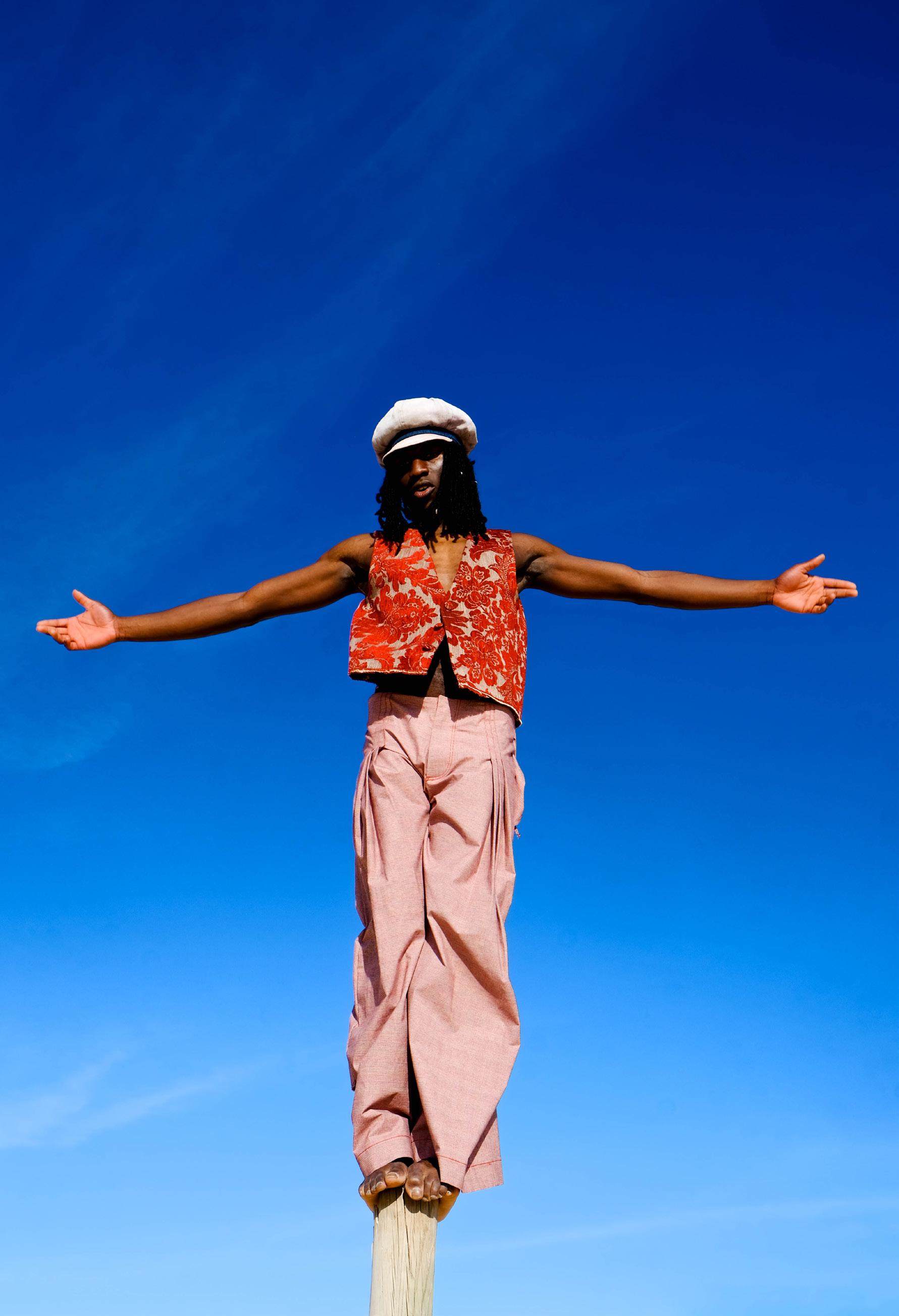
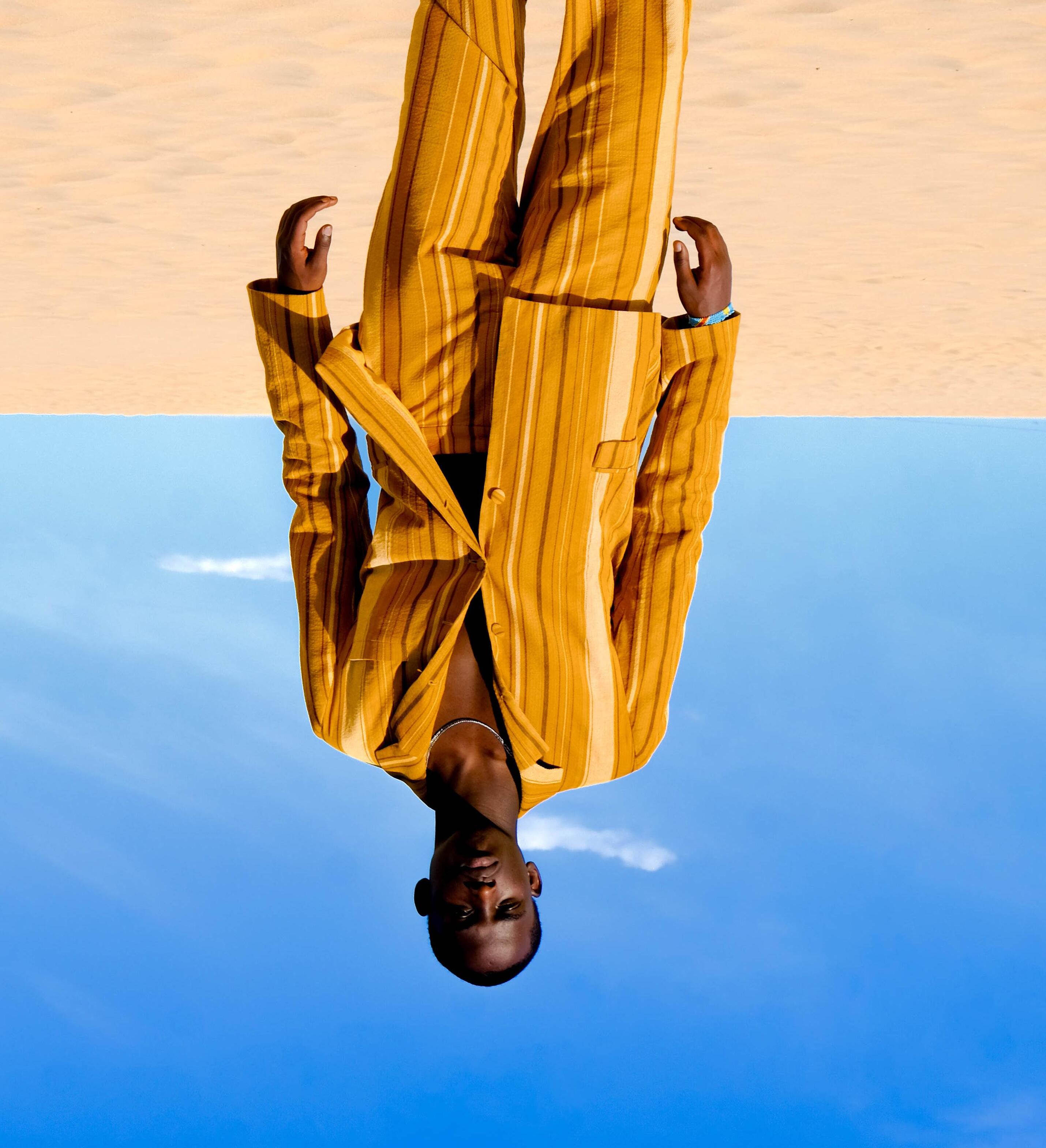
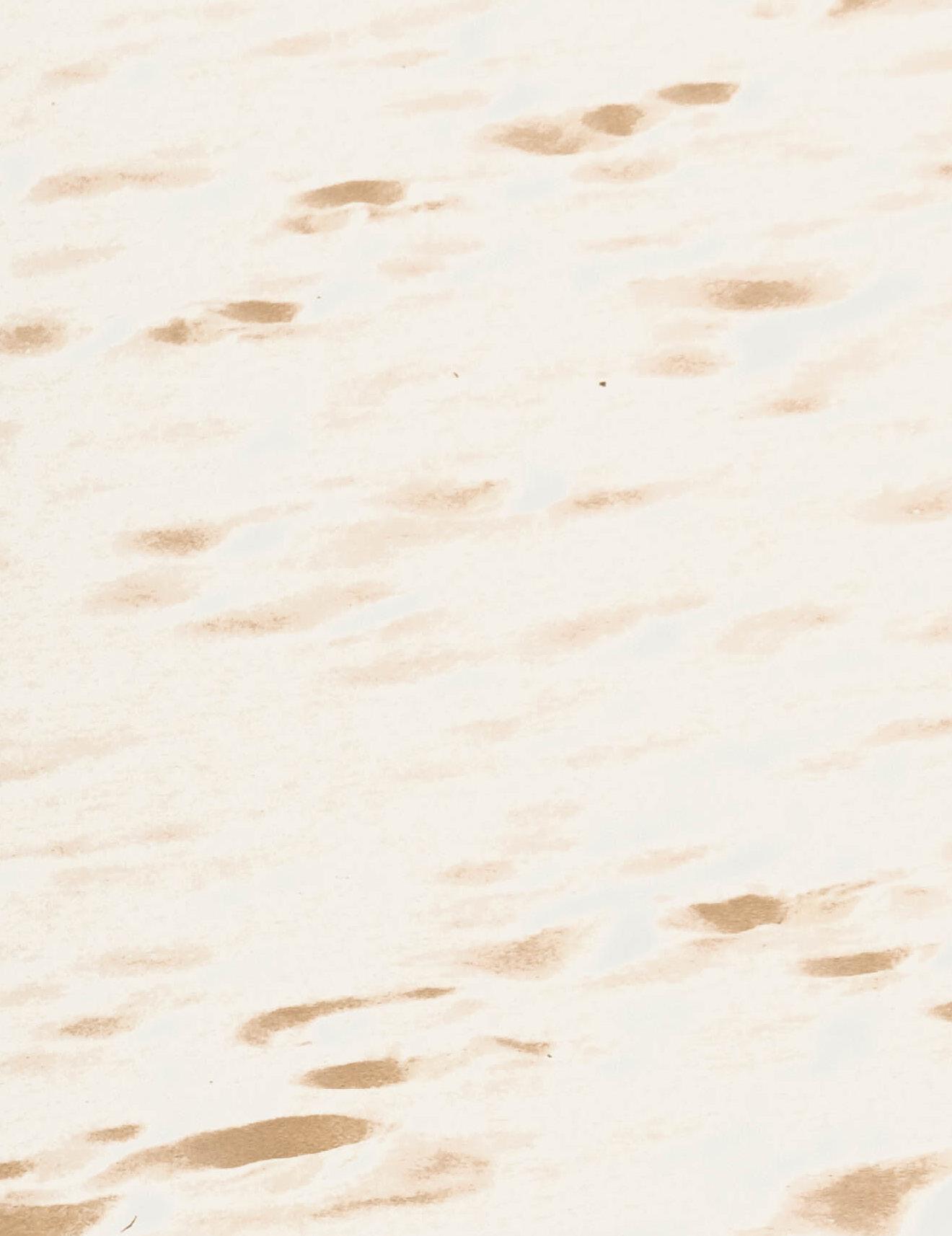
Resort ‘25 Tropicália explores the cultural significance of colour, and the ways it represents the rejection of Eurocentric conventions through dress. Inspired by Northeastern
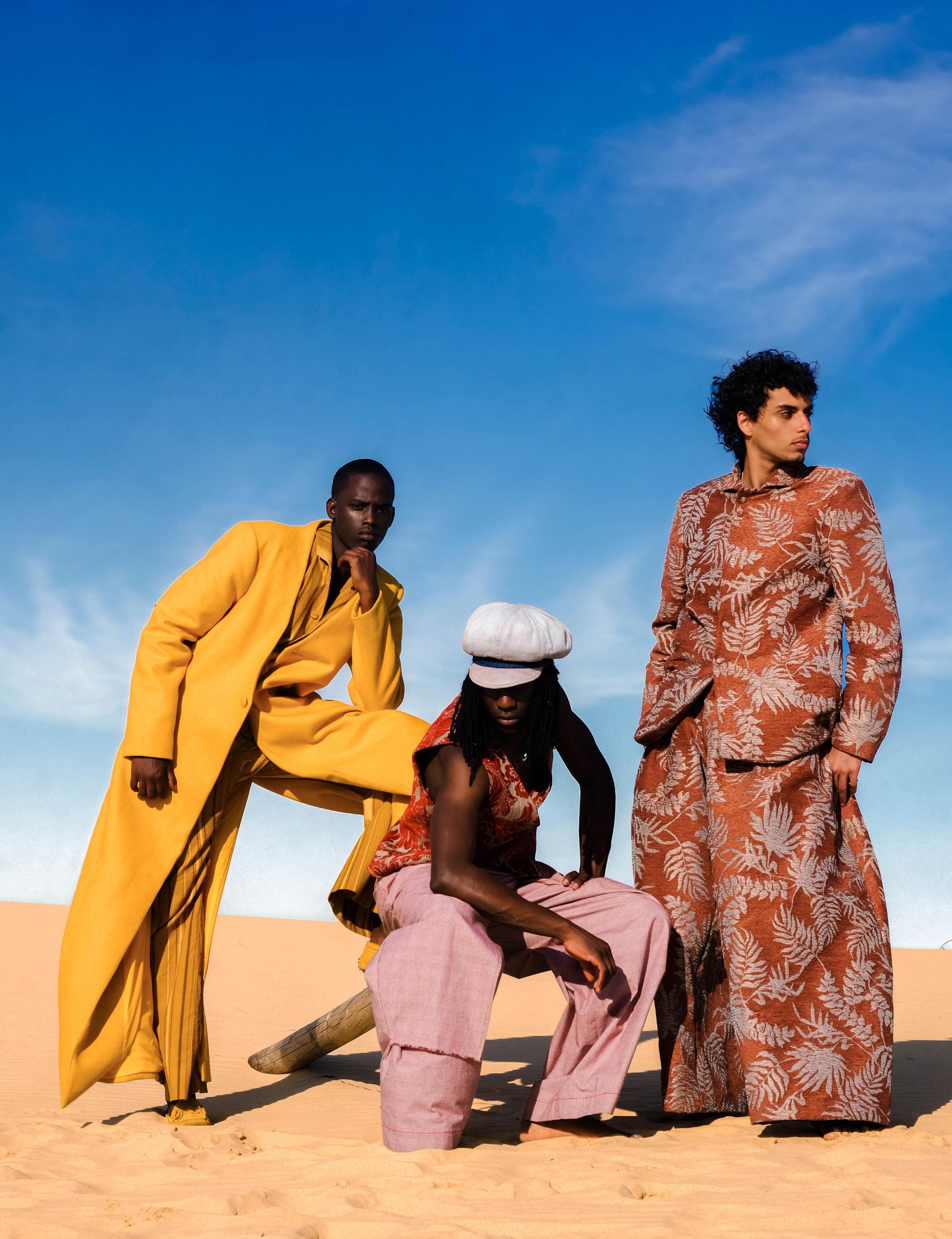
Brazilian celebratory attire and the Congolese Sapeurs, this collection places emphasis on subverting traditional European tailoring through bold colour and unconventional suiting.
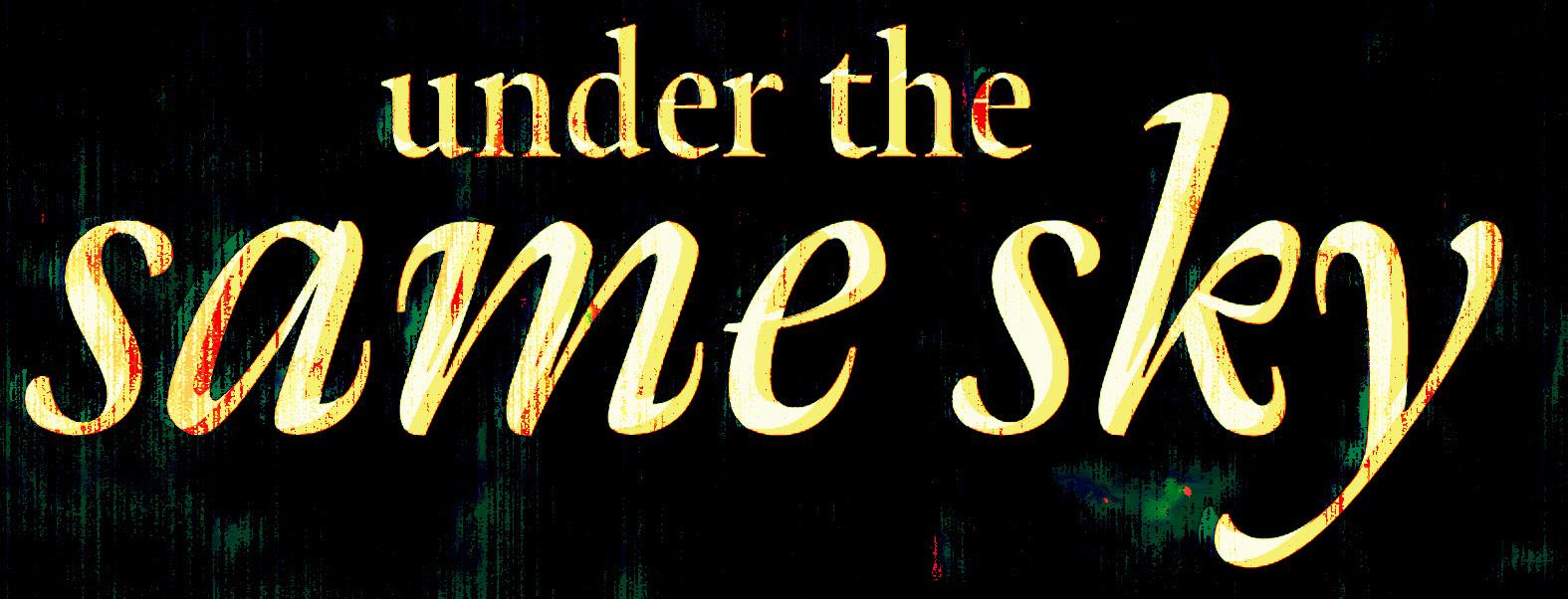


Twinkling pinpricks of light in the dark, filling the void of darkness. All was quiet–except for the whispers and gentle murmurs of prayer that echoed softly.
The moon, like a giant aperture, gazed down at us. As it rested in its orbit, I wondered what this scene of refugees would look like from the lunar surface. A sea of displaced people, guided only by the moon and stars—beacons of hope amidst the vast, unforgiving night. I wondered if all the lost souls of the world sought solace in the sky. Lost in the blueblack expanse, I felt a rush, a fleeting mercurial high. The stars, distant in the gulf of space, also sat in a cold, dark nothingness—yet they shone.
I often find myself envying the night sky. Indifferent to the borders that have been etched onto the earth below. Their light is ancient. The stars have stood for tens of thousands of years, seeing and holding the stories of my parents, my grandparents, and my ancestors.
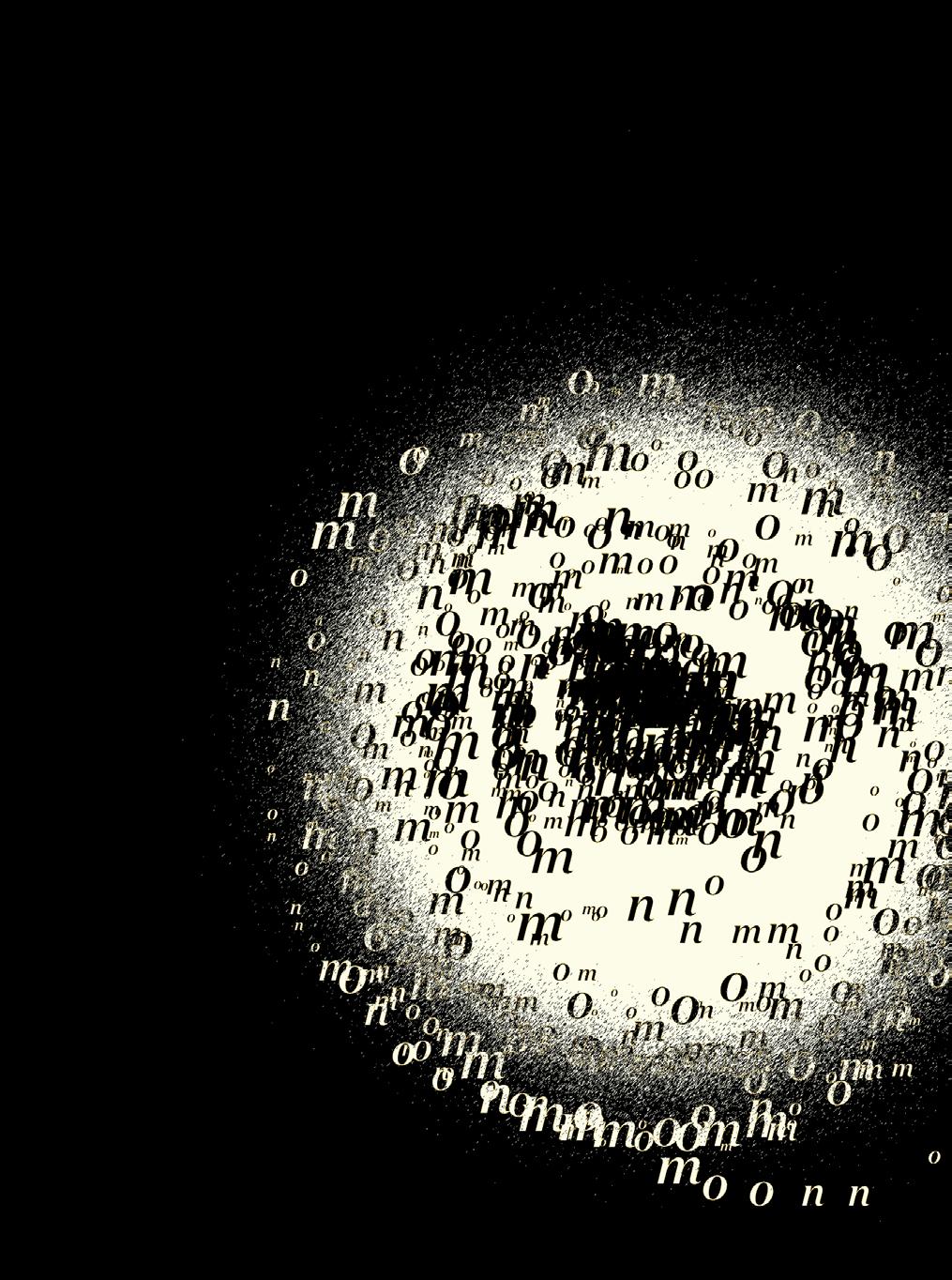
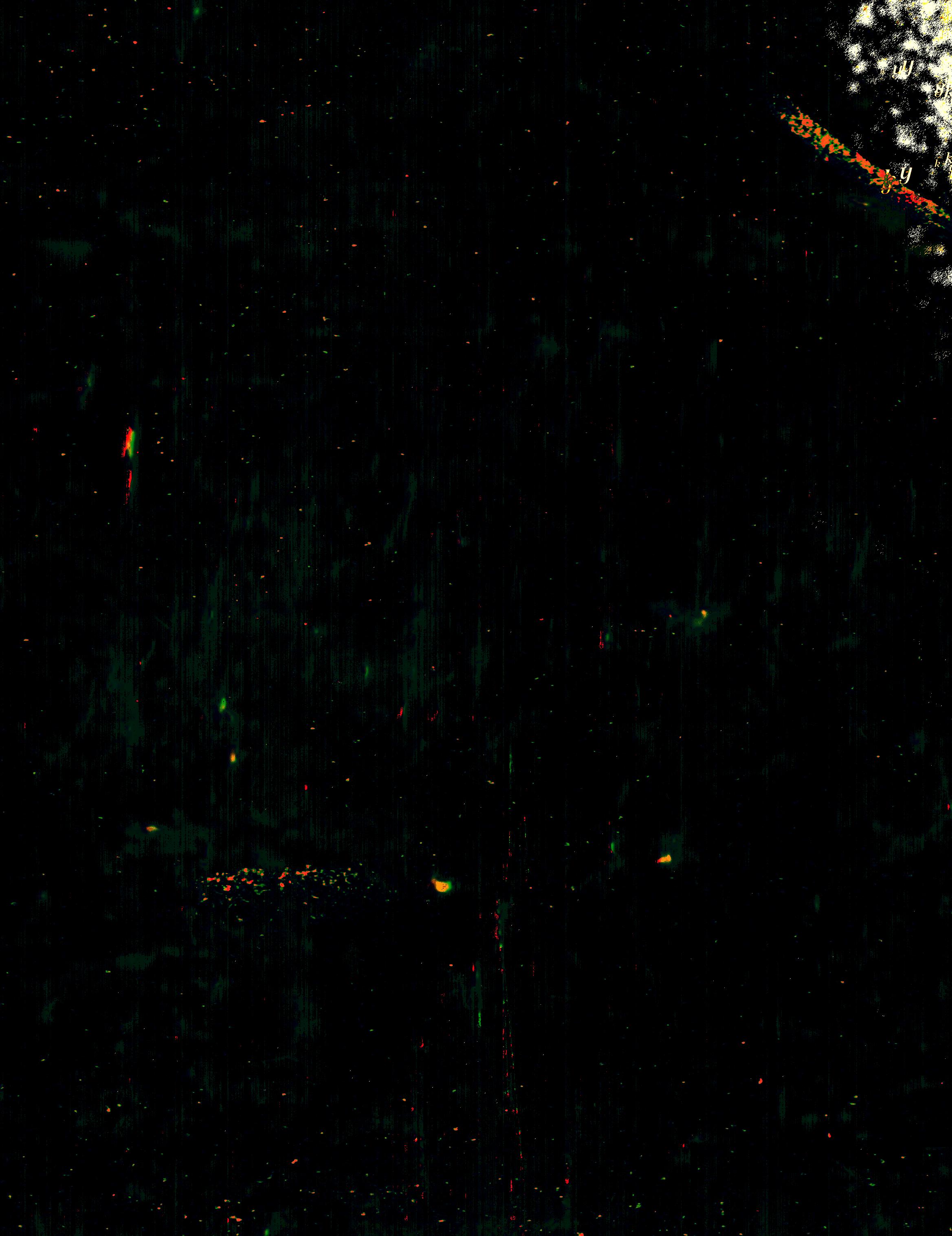
Yet the lives lived beneath them could not be more different. a rooftop in our Sydney CBD, or beneath the fractured skyline of Gaza–

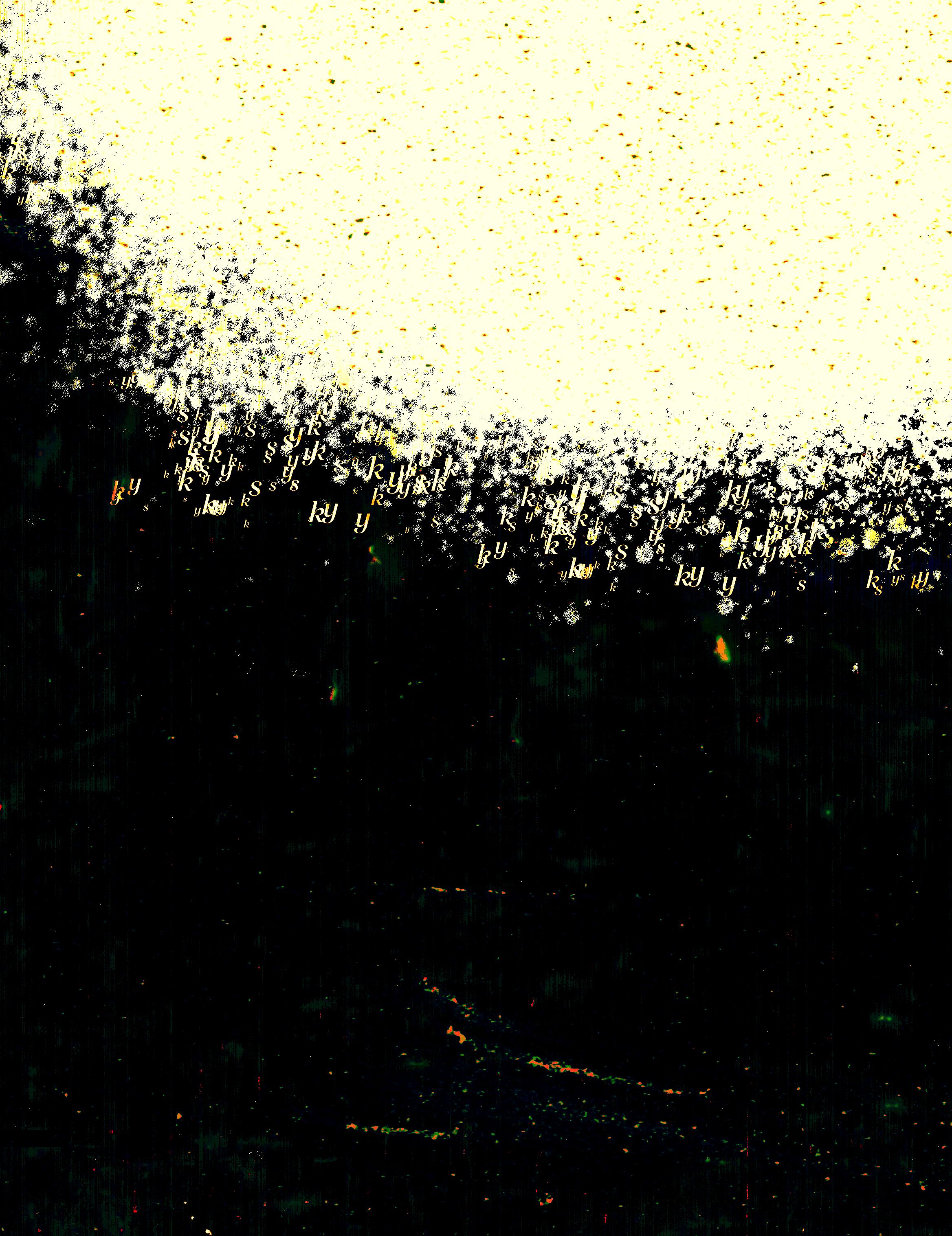
In Gaza, the night comes cloaked not in stillness but in fear. For some, the stars may offer a respite—a fragile distraction from the hum of drones overhead that grow louder and louder by the minute. The constant thunder of explosions that creep over the villages. I think of the mothers who tuck their children into bed. Unsure if this moment will be their last. Maybe they find comfort in the sky, a feeling of their families, no longer with them, watching over. I imagine them stroking away the hairs of their children gently, telling them that they will be okay. Their voices carry the weight of hope, but also the heavy knowledge of a world that watches without intervening.
Meanwhile, miles away, in the bustling West—Sydney perhaps—someone else looks up at that very same sky. But here, the night is tranquil, undisturbed by anything except the passing of cars and the soft murmur of wind. People walk under the constellations above them, their conversations lighthearted, their lives—untouched by war. For them, the stars are a backdrop to the comfort that surrounds them.
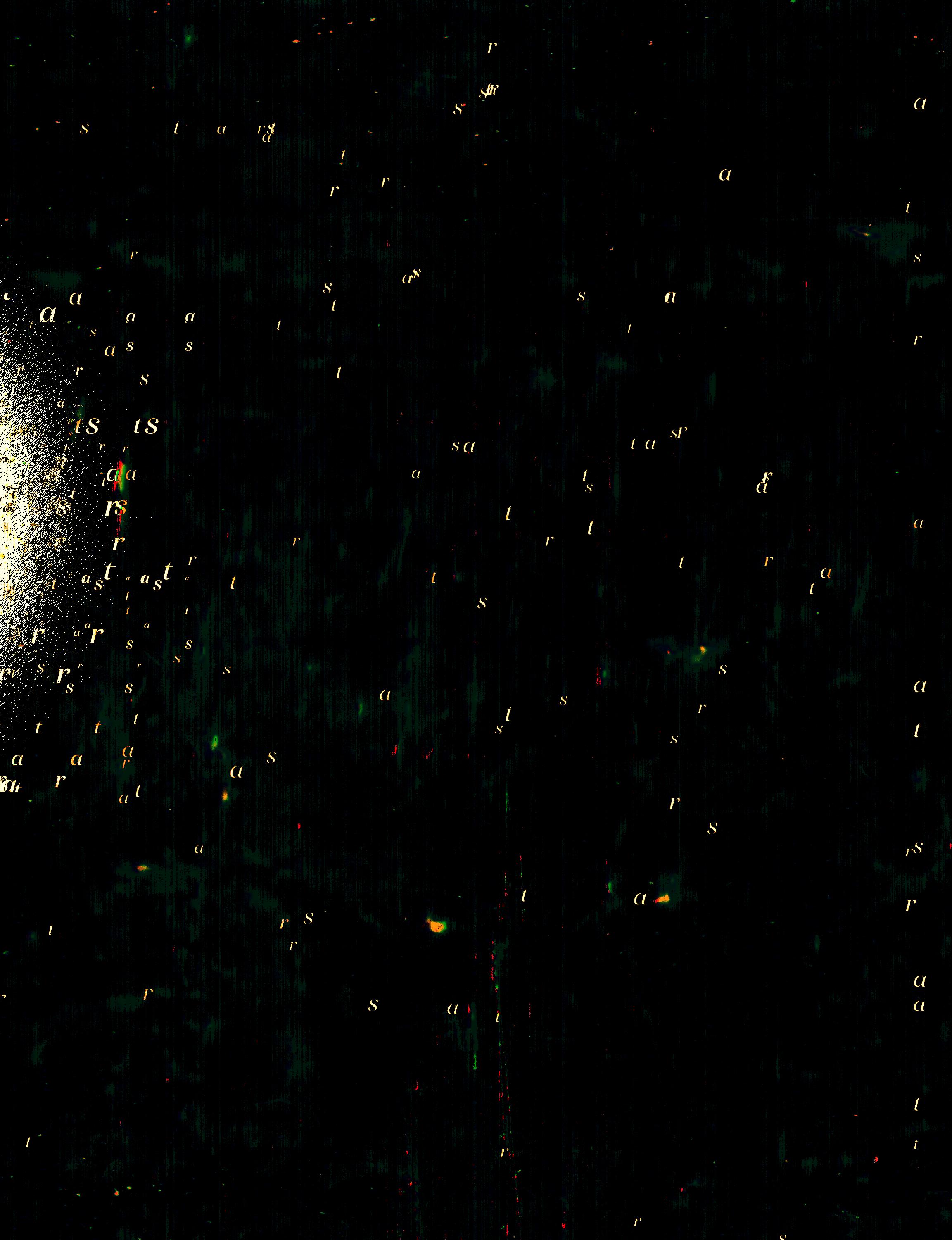
And yet, the stars connect these worlds.
A ball of gas, far away, burning relentlessly in the void of space—acts as a
silent witness to both their peace and their pain.
It knows the story of the student in Gaza, who is unable to continue their dream. Now that every university has been bombed, the determination of a brighter future becomes impossible in the darkness of war. It knows the laughter of children in safer corners of the world, running across front yards without fear of drones or mass carpet bombs.
What is it, then, about the stars that both separate and unite us? Is it their permanence? Could it assure us of a beauty that might transcend human suffering? Or does it remain a momentary light of hope, a glow in the darkness that might offer temporary respite to someone?
A child in Gaza dreams of the stars beyond the conflict, longing for a future where she can gaze at them without fear. Somewhere else, a child dreams of flying to those stars, a world so removed from earthly troubles that it feels like a paradise. Both are filled with wonder, yet one is anchored to survival, the other to ambition.
Perhaps the stars are not indifferent after all. Perhaps their quiet constancy is their greatest gift, a cosmic reminder that, while our lives may diverge— through privilege, suffering, and sheer luck—we are all tethered to the same sky.
And under that sky, there remains a hope, however fragile, that
one day we will see just the stars.
Watching
them glisten without the fear of bombs clouding the sky.
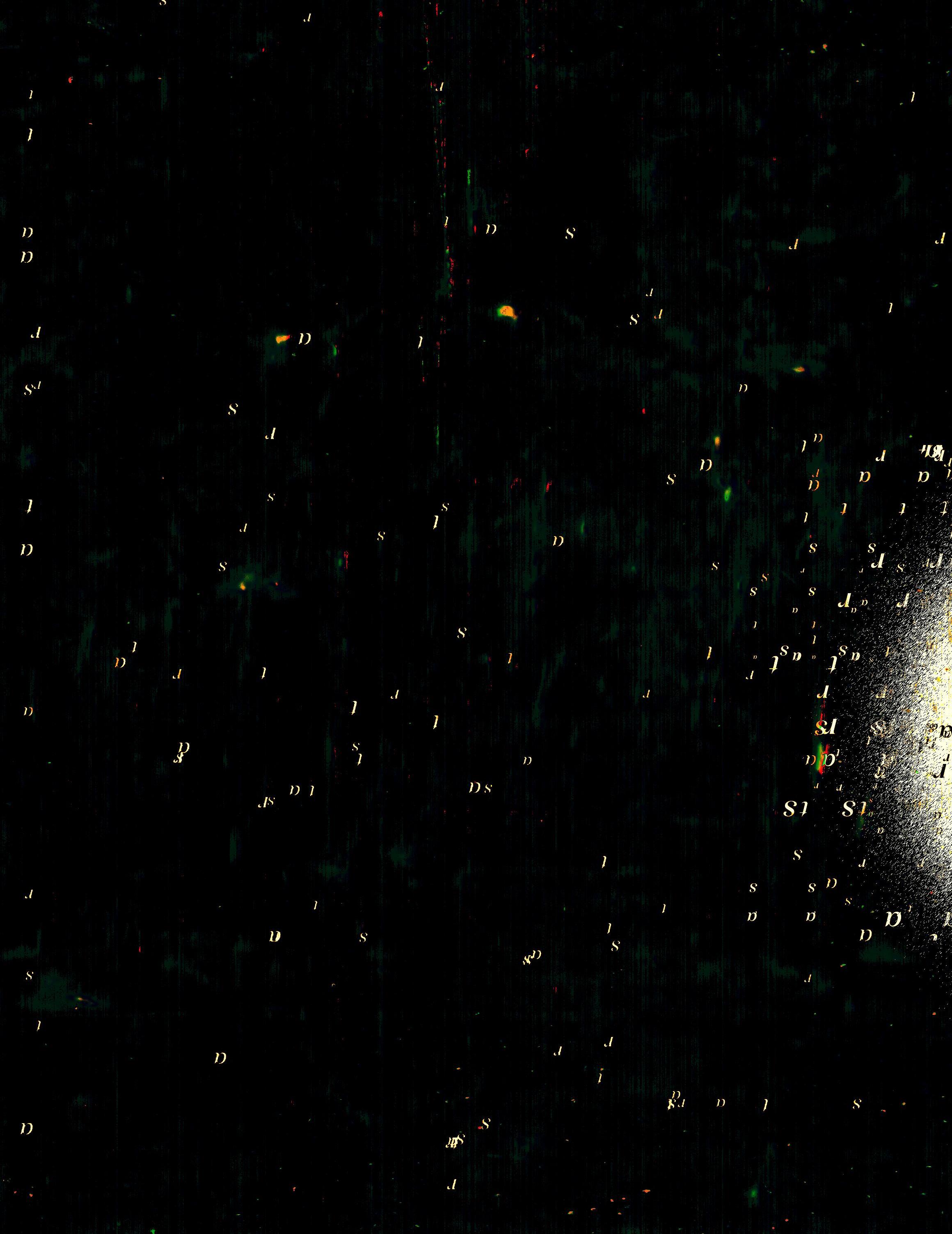
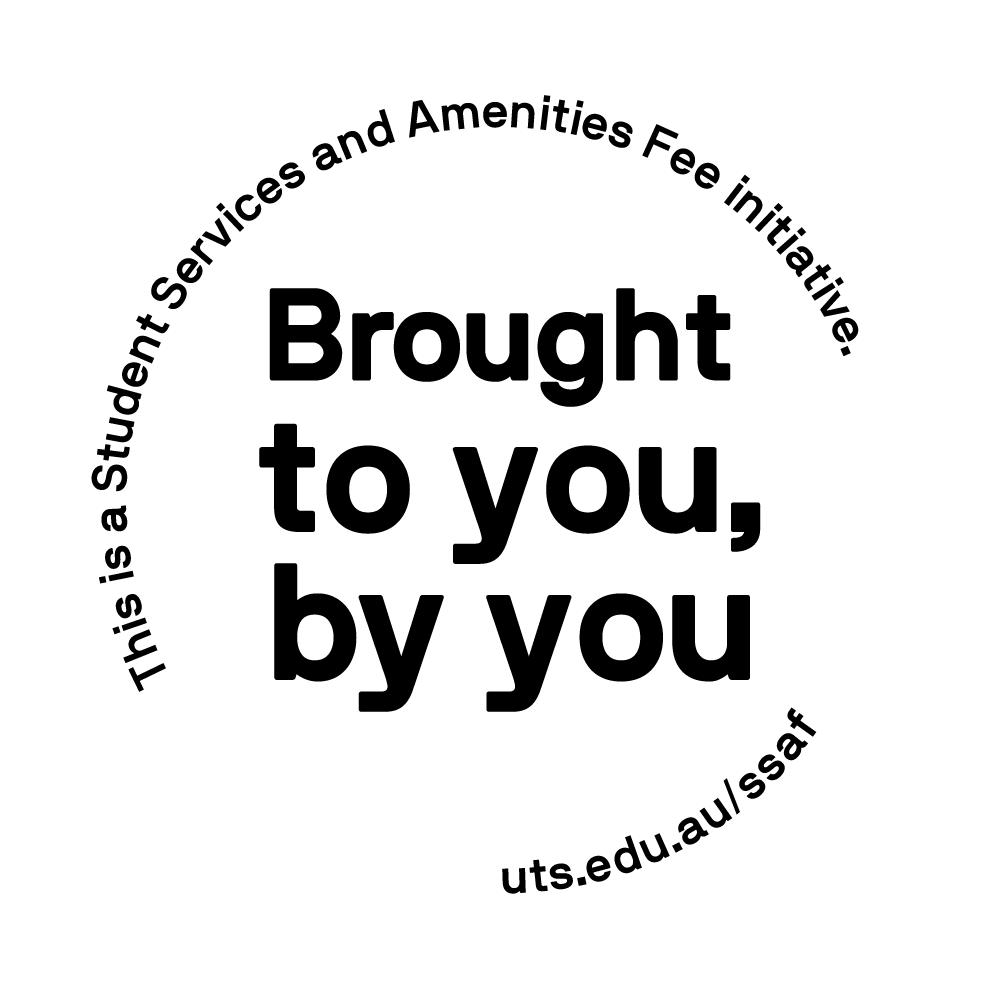
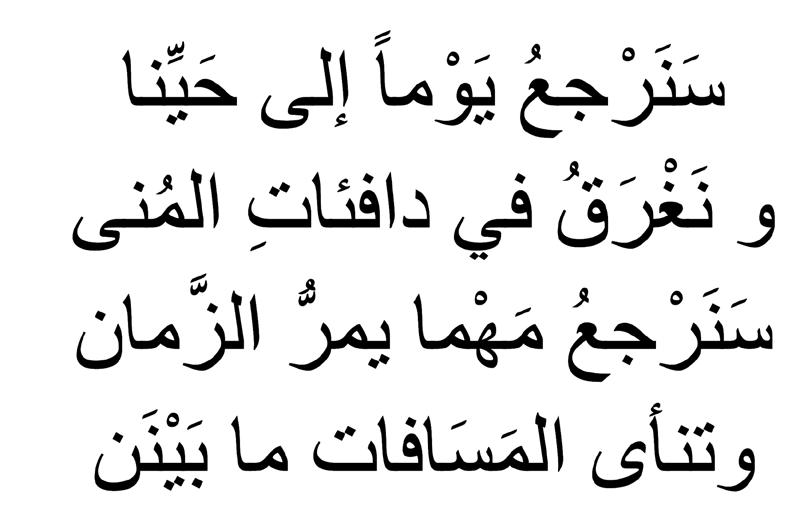
Amelie Zreika
She/her
“We will return one day to our neighbourhood and drown in the warmth of the hopes. We will return, not matter how much time passes and how much distance will separate us.”
Sanarjiou, by Fairouz

My grandparents’ garden, 2024.
Designed
by Nathan Halward
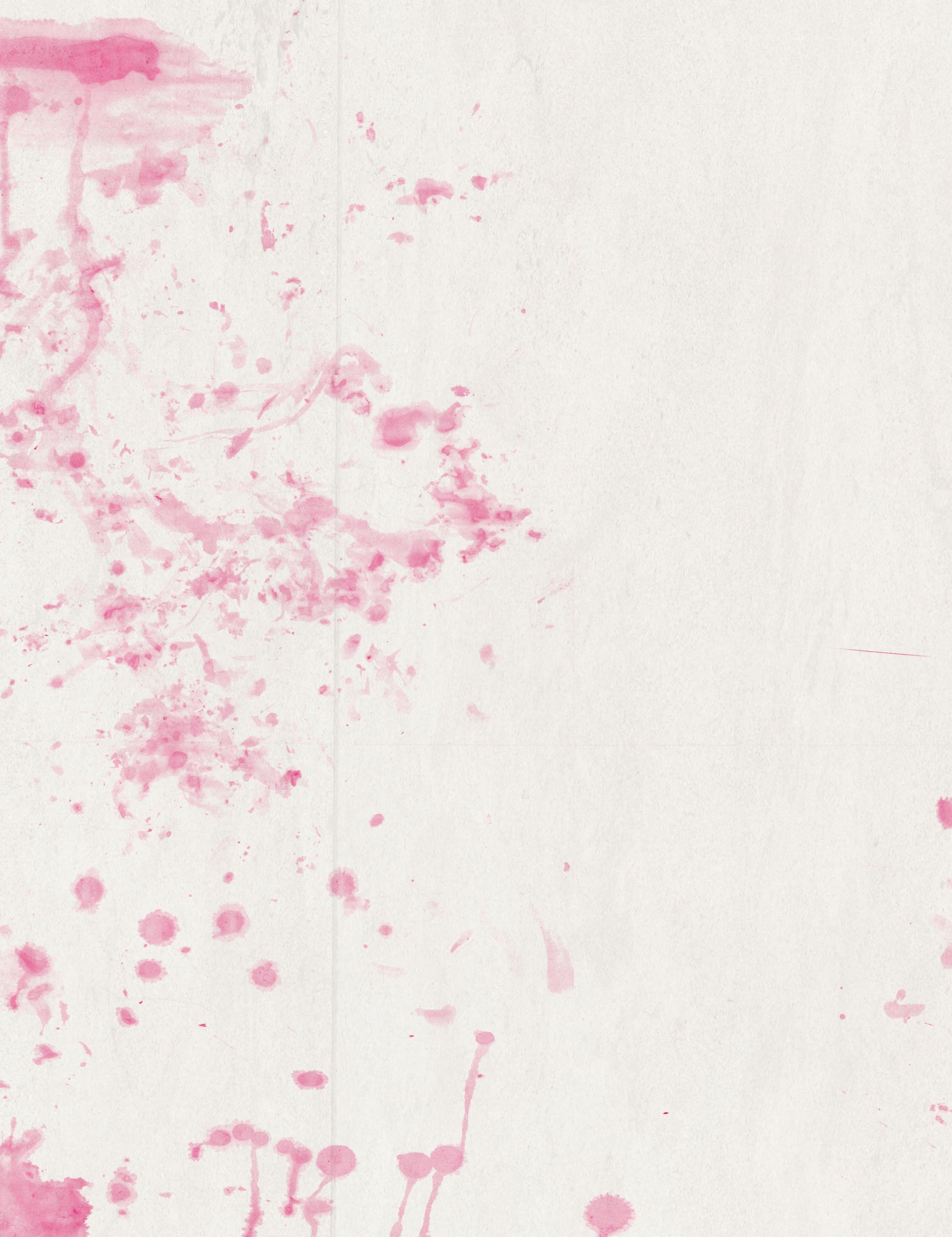
And we will always return.
As the seasons changed, I watched life unfold in my grandparents’ garden in Southwest Sydney. I saw the leaves fall and the blood-red pomegranates blossom. I remember Tayta Ahida squeezeing fresh orange juice from her trees for me when I was eight. I witnessed the new seeds sown and the olives pickled and stored.
Just as he had done countless times before, Jedo Mohamed gave me a tour of his garden so that I may notice the new plants flowering this spring.
The sweet jasmine that had taken over the archway, the figs that called my name, the bright pink flowers that had engulfed the pergola. The janerik.
“Guess how much the markets are trying to sell janerik for, Amelie?” my grandfather asks me rhetorically. “Forty dollars!” he exclaims, handing me the sour plum to snack on.
Its sharp yet satisfying taste reminds me of spring. It reminds me of my childhood, where my cousins and I threw miscellaneous objects at the branches as kids, attempting to harvest the sour plums furthest from reach.

I am six years old running parallel to the streams in the mountains of Lebanon, chasing my cousins. Under the summer rays, the air is crisp and the smell of woodfire wafts around us as we ran further and further away from our house, until it is hidden by trees.
The bombs fell like torrential rain in the Levant, sowing destruction in Gaza and Lebanon.
My Father’s parents, Jedo Mohamed and Tayta Ahida, returned from Lebanon a few weeks ago.
As destruction festered, there really was no other choice. Who knew if the bombs were going to hit the airport, just as they did in 2006?
Since their return to Australia, Israel has continuously struck our homeland. The south, the north. The ceasefire is nothing but a false pretense of civility.
It was a risk for my grandparents to go in the first place. But it was clear they would not listen to reason.
“This country is not my home. My home in Australia is confined to the walls of this house. Lebanon is my home,” my grandmother simply stated to me as we sipped tea.
Staring out into her garden at dinner, Tayta broke the silence by stating,
“I wonder what would have happened if I had never brought my son to Australia.”
A few days earlier, she had shown me photographs of her newly renovated house in Lebanon, its sandstone walls and large iron gates covered in grapevines and the same pink flowers that danced across their garden in Sydney. The house they had built had empty apartments for their children, so that one day, when they returned, they would once again be able to live together as a family.
The sun beamed down, washing us in its warm rays as we sat in a boat, floating on the sea of my ancestors. Despite the beauty of Praiano, all I could think of was how close I was. We could almost reach it, I thought to myself, forgetting that there were thousands of kilometres between Italy and Lebanon. But still I was near, so near, that I had convinced myself if I looked close enough into the distance, I could picture the coast of Lebanon.
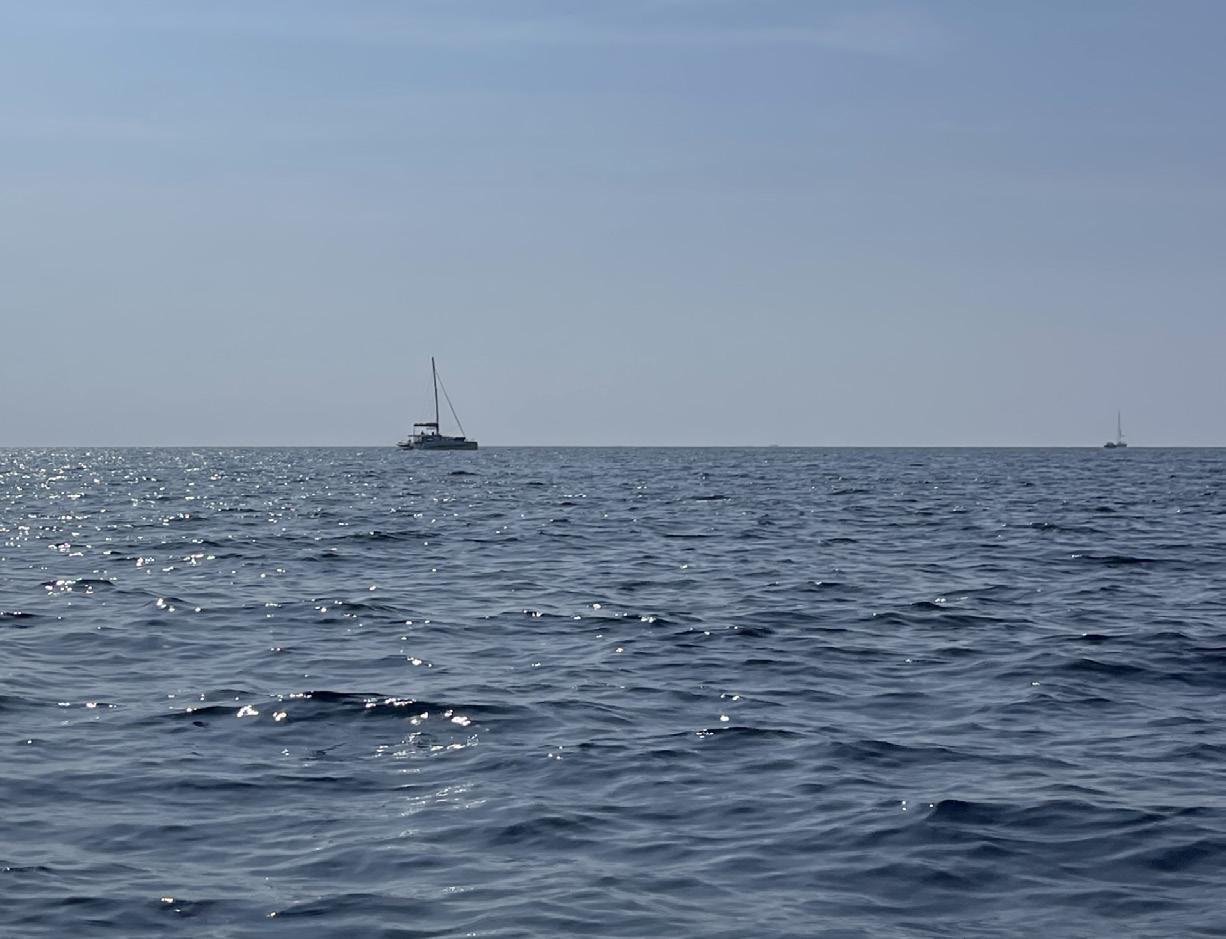
Oh, to live together on our ancestral land, amongst the figs and pomegranates. Amongst the laughter, the chatter, the gossip; the community of my father’s village.
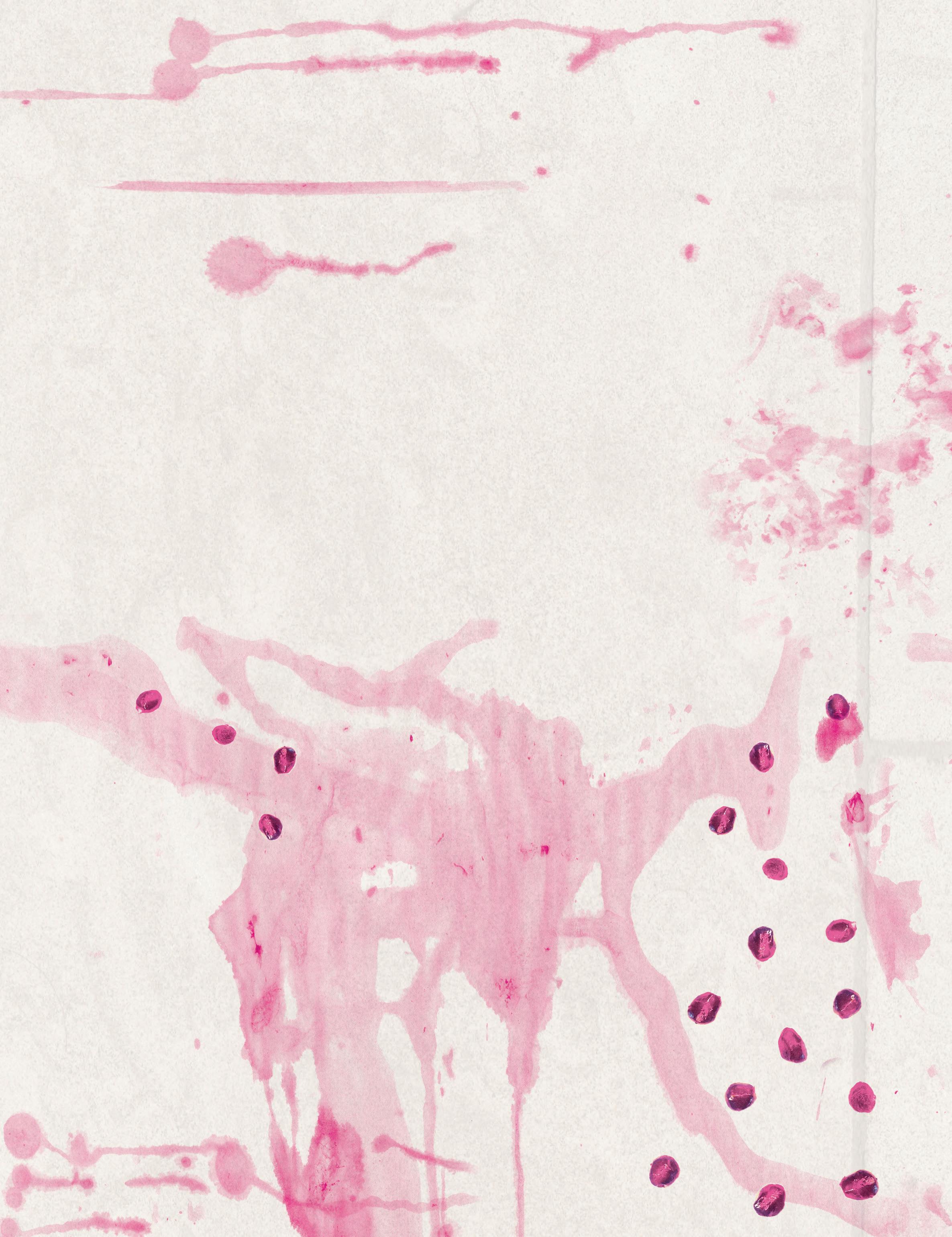
In 1977, she fled Lebanon with my grandfather and father, escaping the Civil War and the future conflicts that would plague the country for decades. But they didn’t just flee war—they also left behind the laughter and community of their village, their homeland, in search of a new life here.
Fifty years later, she was questioning whether it was the right decision.
I could not help but look back and forth between my mother and my father, my grandmother and my grandfather. If that had been the reality, would my life be my life? Perhaps we would live in Lebanon, amongst the gardens and the destruction. Yet, would my father have met my mother? Would my relatives exist? Would I exist?
In 2009, my mother’s parents, Jedo Mahmoud and Tayta Douha, renovated Jedo Mahmoud’s ancestral home in the mountains of Lebanon, preparing for the return of their six children and grandchildren in the summer of 2010.
Amongst the figs and jenerik, the ancient cedar trees and the olive trees.
Amongst squawks of the chicken and geese, and the giggles of my cousins as we ran through the garden, looking for the eggs for breakfast.
I did not know it then, but these memories would serve as foundations for who I would be in the future. Climbing the mulberry and apricot trees with my cousins, dressing up in abayat and the tantour, traditional items of dress from Lebanon. I reminisce on the moments where I shared a room with my many cousins and aunties – a room lined with mattresses for all of us to share. Amongst the giggles we watched a firefly dance across the room, its glowing green light a beacon in the darkness.
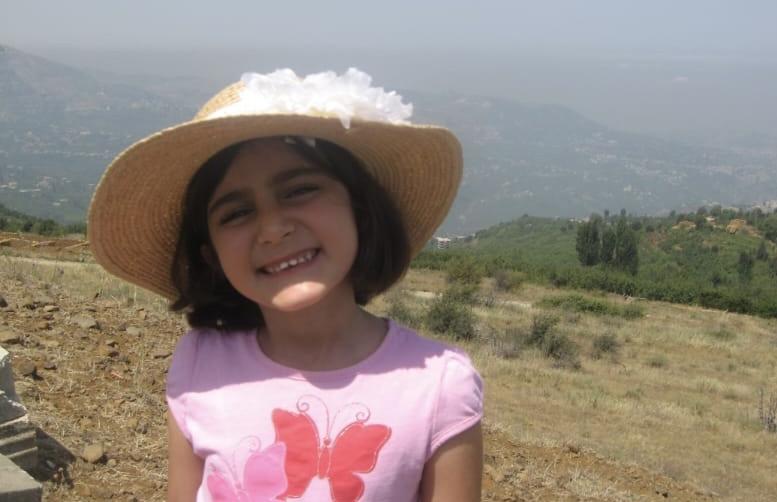
Six-year-old Amelie in the mountains of Lebanon, 2010.
Now, we remain separated from our ancestral land by the oceans between us. Separated by the destruction. Separated by the barrier of language, separated by the outcomes of our lives – separated by the fact that I cannot simply be Lebanese because we are the children of the diaspora.

On the 13th of November, Ain Yaqooub in Akkar, a remote village in North Lebanon, was bombed by Israel. Smoke and debris engulfed it, reducing it to nothing.
As reported by Al Jazeera (2024), beneath the rubble was “shredded clothing, dusty broken table legs, torn copies of the Quran, a red ‘I love you’ teddy bear and a book on Aristotle amid piles of socks”.
The remains? “Charred and crushed beyond recognition”.
It’s a terrifying thought – to picture one’s own family buried under the rubble, buried in their homes, suffocating, charred and disfigured.
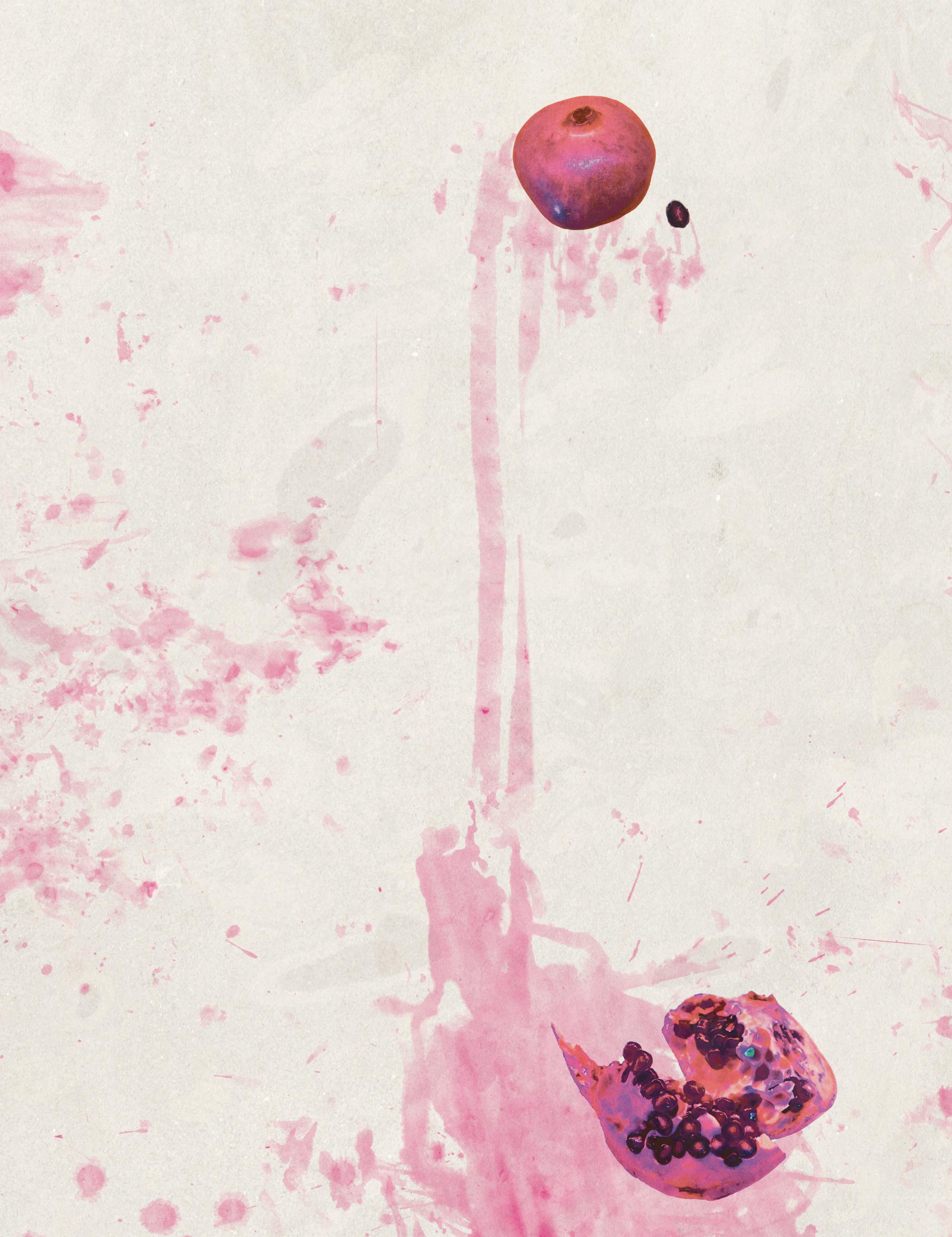
Here lay a neighbouring district in the mountains, now destroyed. Here lay the remains of 11 Lebanese people killed following the ‘ceasefire’. Here lay the people of Syria who lost their lives fighting a dictatorship for over fifty years. Here lay Gaza, despite the annihilation of thousands of families, despite the countless warnings of genocide.
Here lies Balaad Ash-Sham (the Levant).
We reside in the West, grateful for the perceived blessings it brings, but constantly aware of our homeland’s destruction. Constantly aware of our disparity with the status quo
14,167 kilometres. 14,167 kilometres between myself and my homeland. 14,167 kilometres between myself and destruction.
Sometimes I consider how different my life would have been, had I grown up in Lebanon. Would my mother tongue flow effortlessly, a tendril of jasmine that hugs its environment rather than a twisted, barbed wire?
Or would I see life as my grandparents see it, dreaming of their next visit to Lebanon, Despite the hardship, despite the tragedy of their land?
Or perhaps I too would be found under the rubble, an outcome the world has deemed acceptable and inevitable.
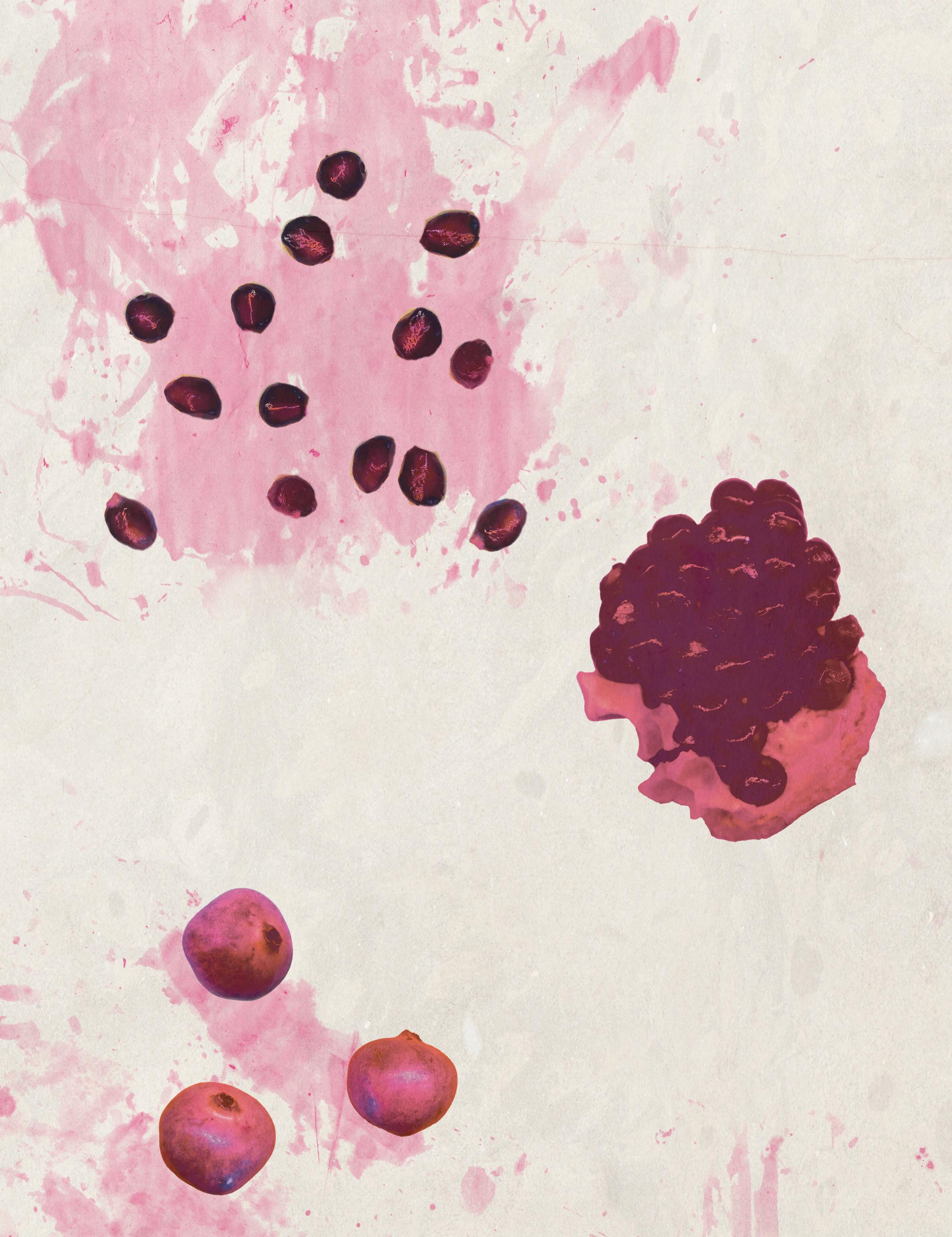
My grandparents were conduits of our culture, carrying with them the legacy of our ancestors. They wanted a safer life, of course, but their hearts were tethered to their homeland. Every year they made their way back. Before she travelled this year, Tayta Ahida said she has amal (hope) it would be okay because she had her granddaughter Amelie, meaning my hope
No matter the war, no matter the conflicts that have plagued my country over the last century, the Lebanese would always return. They grew from the ground just as the cedar trees had done so, and they would stand strong and proud like the ancient trees.
The bombs drop, the cedar trees sway, the wind spreads the seed. And we grow. And we flourish, because no matter what, olive trees do not bend and cedar trees do not break.



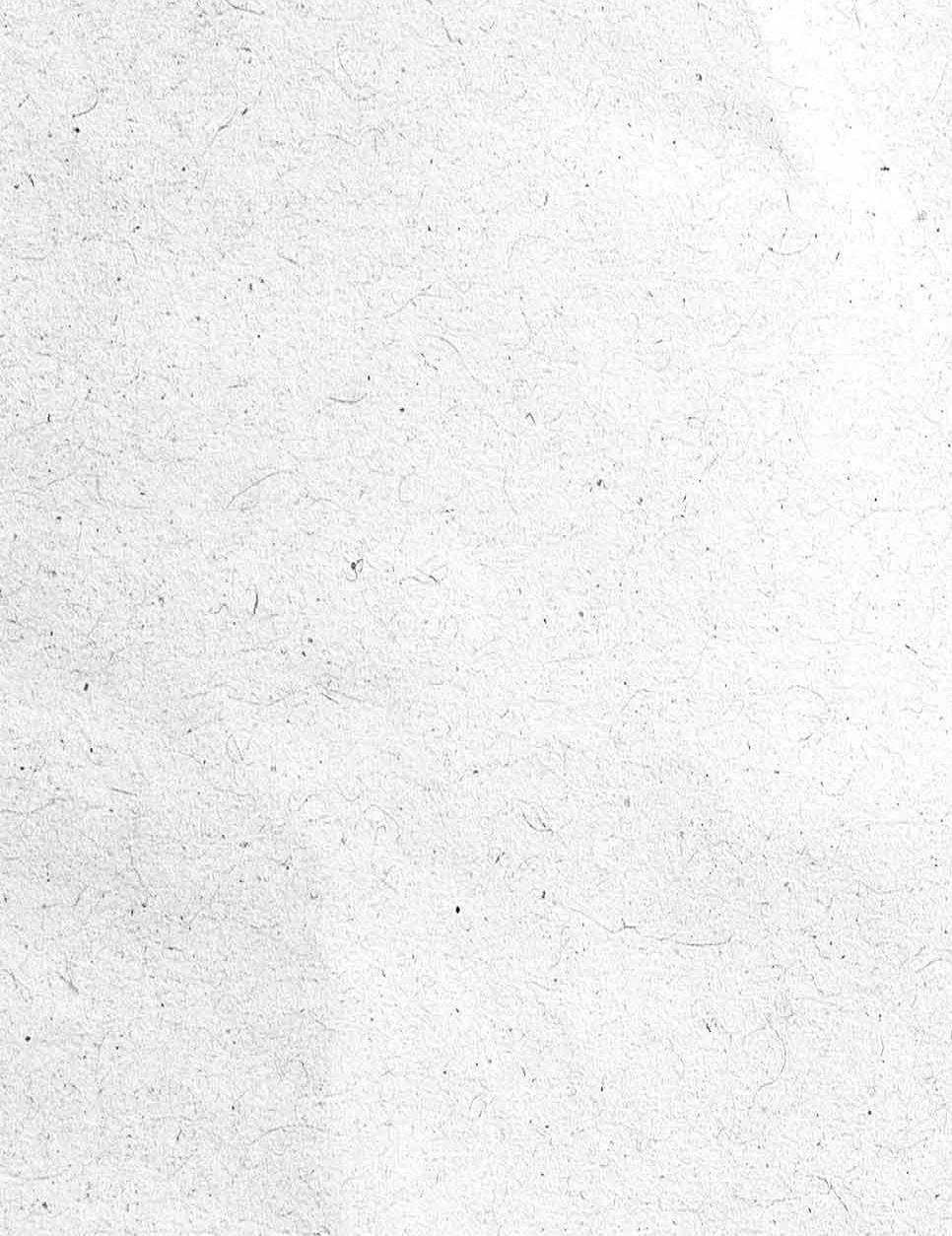
Here is the definitive guide to what you’ll find in each building around the Ultimo area
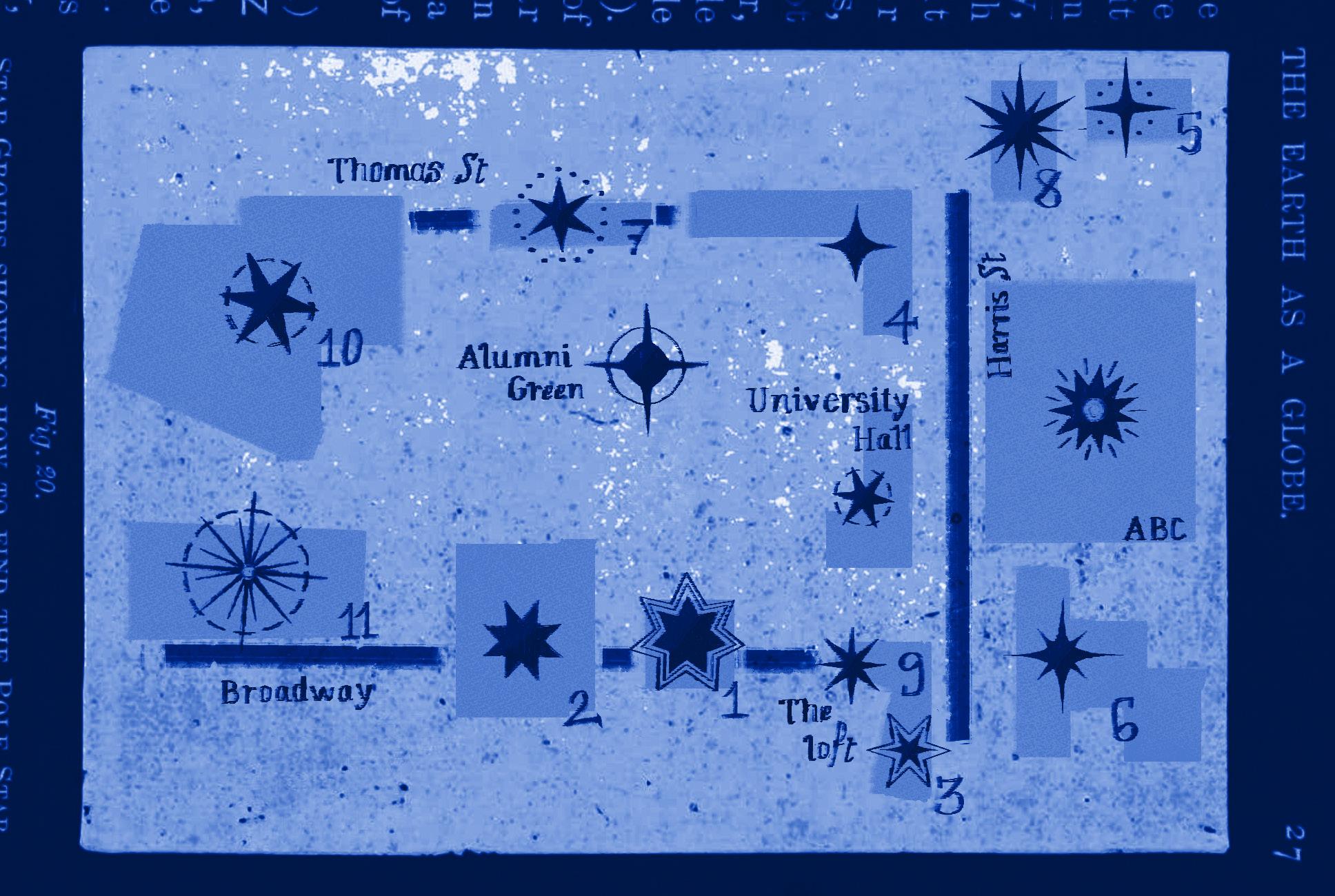
UTS is less a singular campus, and more a collection of buildings spanning over... Broadway, Haymarket, Ultimo, Chippendale, and Moore Park!

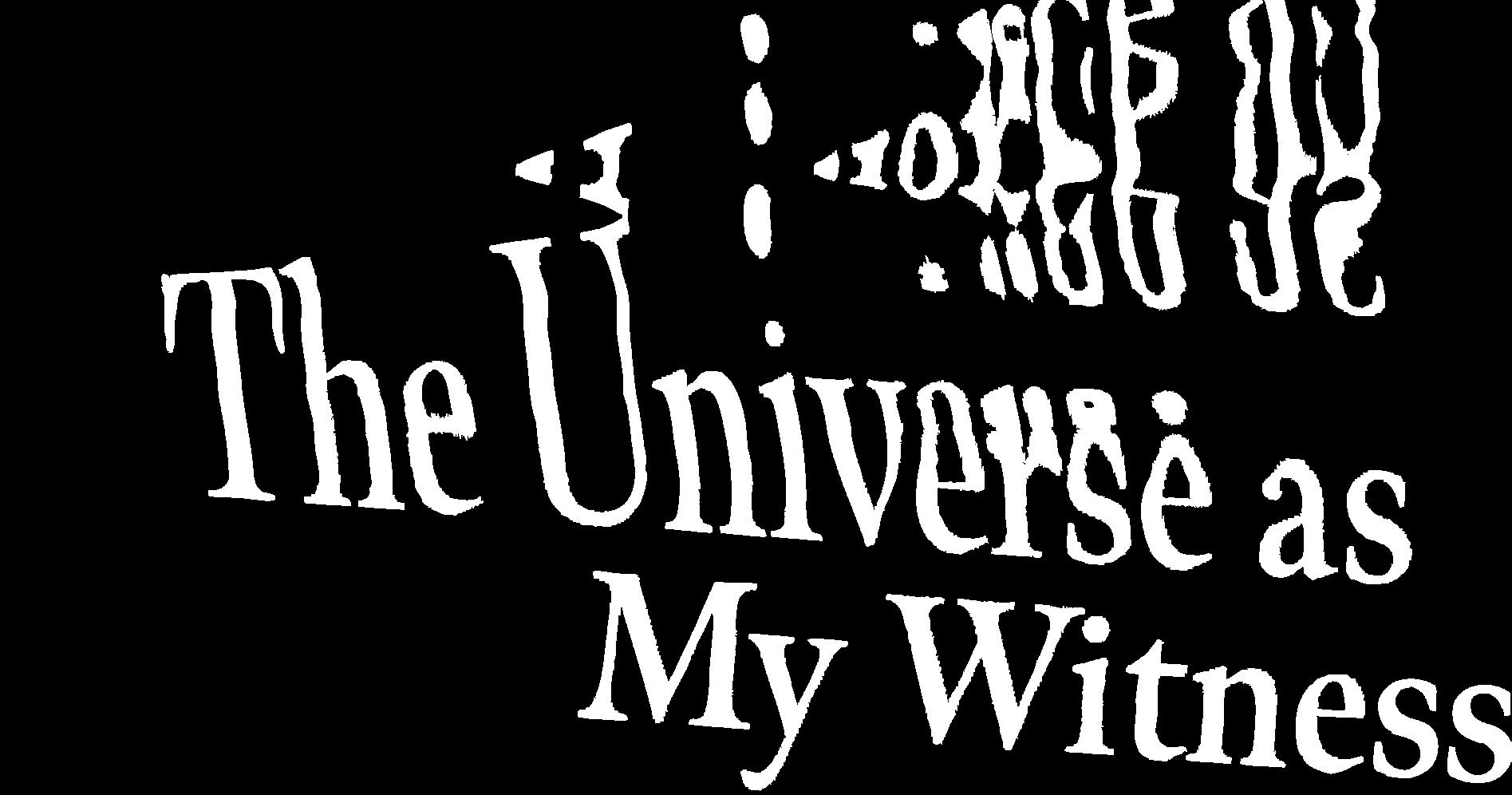
By Margaret James (she/her)
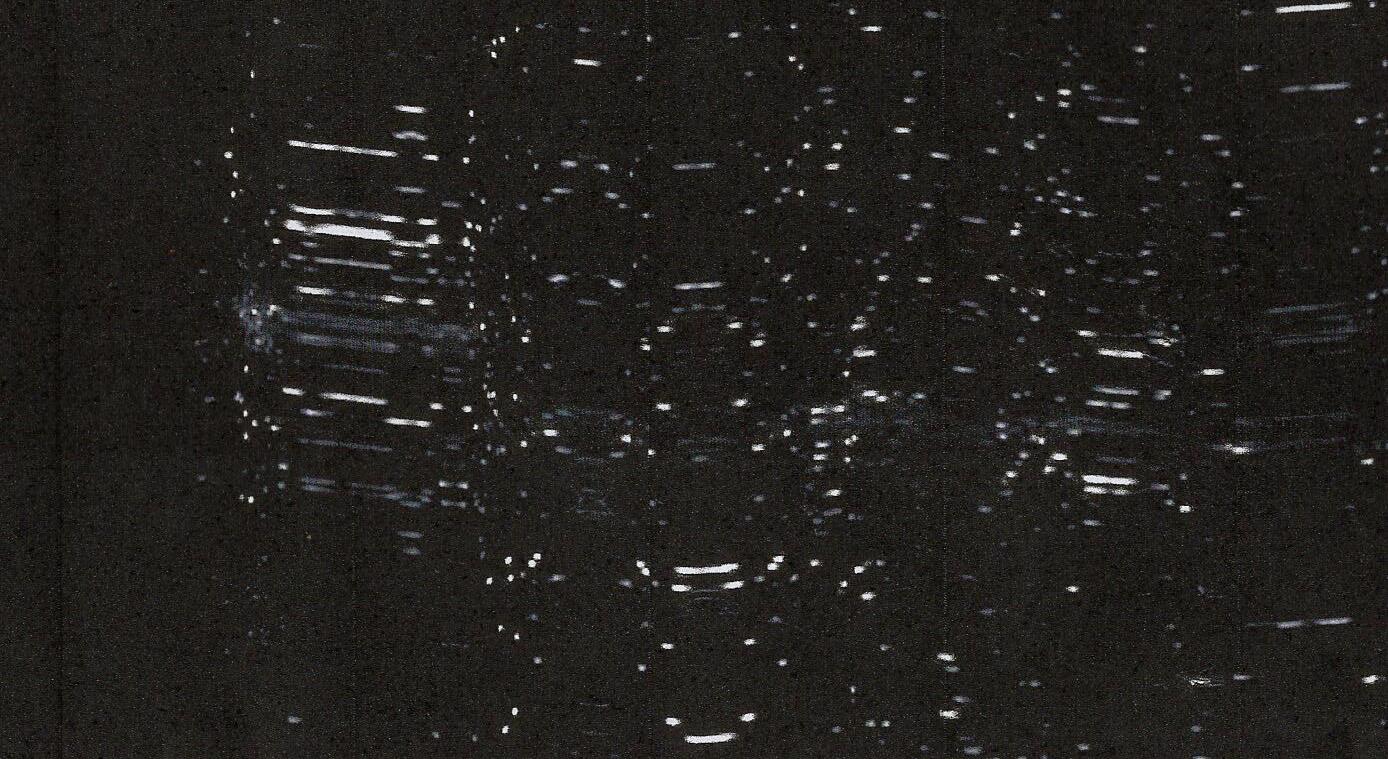
Fear has always been the constant in my life — a steady force I wish I could quiet. It is not the fear of the tangible that eats at me — not bugs or heights that make my stomach churn (except when a spider appears, in which case I briefly consider moving continents). No, it is the fear of losing this. This is indescribable. A feeling, a fleeting sense of self, a truth I grasp at but can never quite hold. Fear clings to the ephemerality of it all; moments, identities, and connections vanish like waves retreating to the ocean, leaving the shore changed but empty.
I recently unearthed an old diary entry from the 31st of May 2017. My 13-yearold self, insomnia-ridden and teetering on the edge of self-awareness poured her heart onto the page. It is ironic, really — I claimed I had changed beyond recognition, yet rereading it now, I cannot help but see the same person staring back at me.
What plagued me then

There is an almost comical irony in how some things persist. Even Donald Trump being president is still a cultural touchstone. My teenage musings on time — the slowest force in history class, the quickest thief when packing memories into boxes — feel eerily familiar. Time has always felt like an unreliable narrator in my life story — linear in theory, but chaotic in practice.
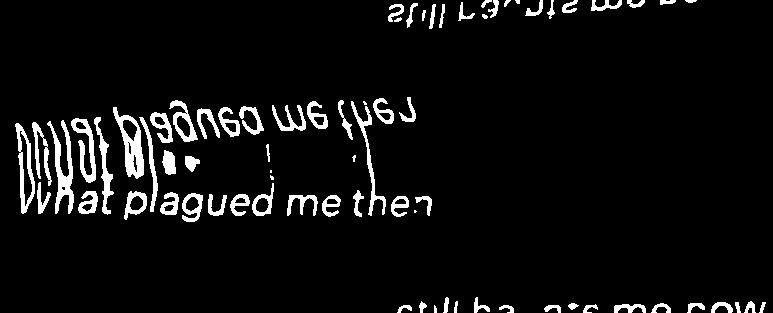

Back then, I wrote because it felt l ike I was chasing something distant but persistent that was pulling me forward. My younger self joked, “sue me,” a moment of unintentional foreshadowing for the law student I would become. Even my refusal to go to bed at a decent time was a precursor to sleepless nights spent contemplating the future — an old habit that remains stubbornly intact. The diary is a litany of contradictions and emotions orbiting around fear. I feared change, though I claimed still haunts me now.
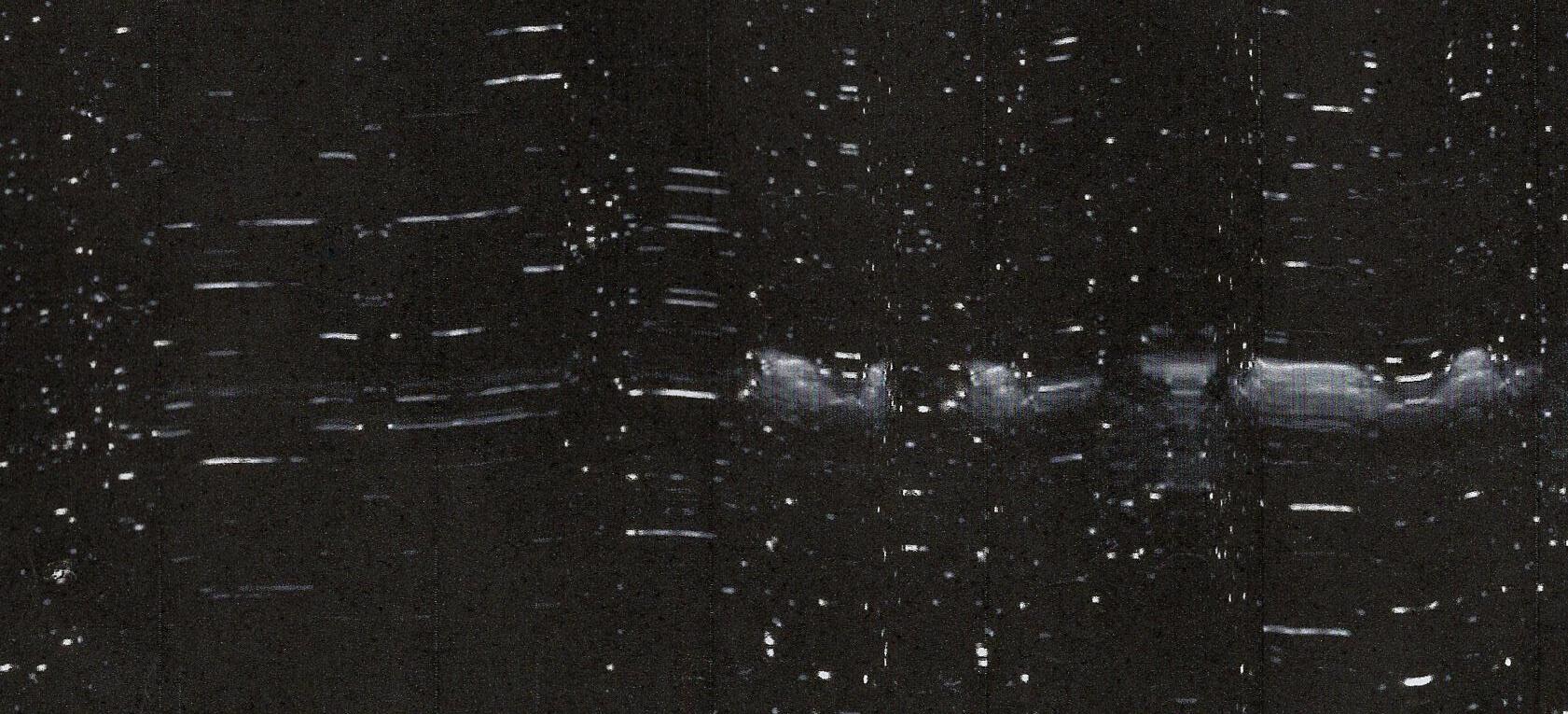
it had already overtaken me. I feared not being able to read my own handwriting — a small and oddly specific anxiety that speaks to my obsession with permanence in an impermanent world. And then there is the fear that comes with connections, the unease of friendships and the uncertainty of where I stood with people, of what would last and what would fade away. What I wrote in 2017 still echoes through the beats of my heart today, like light from a distant star reaching me years later.
But the diary writing is not all heavy. My younger self managed to capture the absurdity and unpredictability of life. Random achievements, like passing my first kung fu grading, pop up as bright, almost defiant, reminders of progress even when I felt stagnant. And amidst it all in the end there was hope. A hope for better days. A hope that tomorrow would be kinder, calmer, more manageable.
That hope, I realise, is my true north.
That hope, I realise, is my true north.
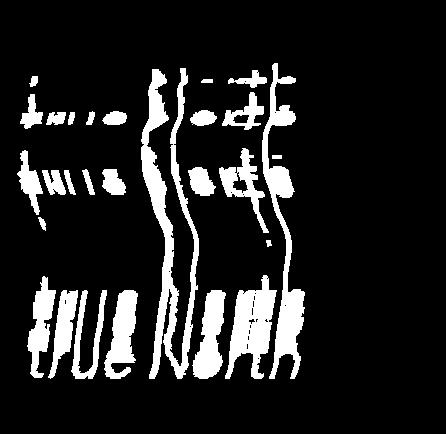
Not the fear of losing what I have, but the hope that whatever comes next will still have moments worth holding on to. And, maybe, that is the truest contradiction of all; fear and hope coexisting, pulling me in opposite directions, guiding me forward in their own messy and imperfect ways.
The universe as my witness, I am still here, still trying to sort out my mind. Still writing to clear the clutter.
Still fighting time, still losing, and still hoping for better days.
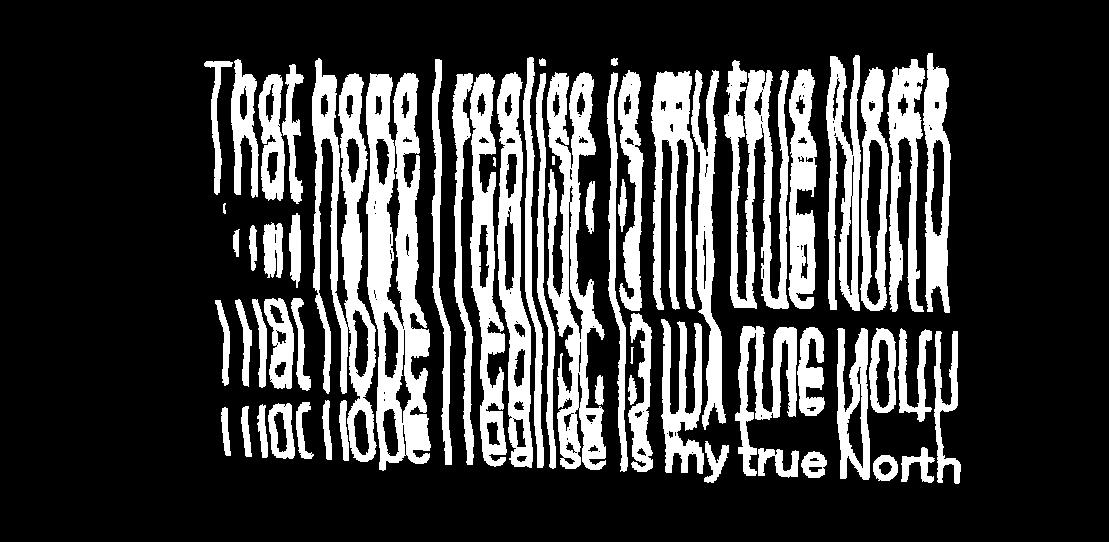
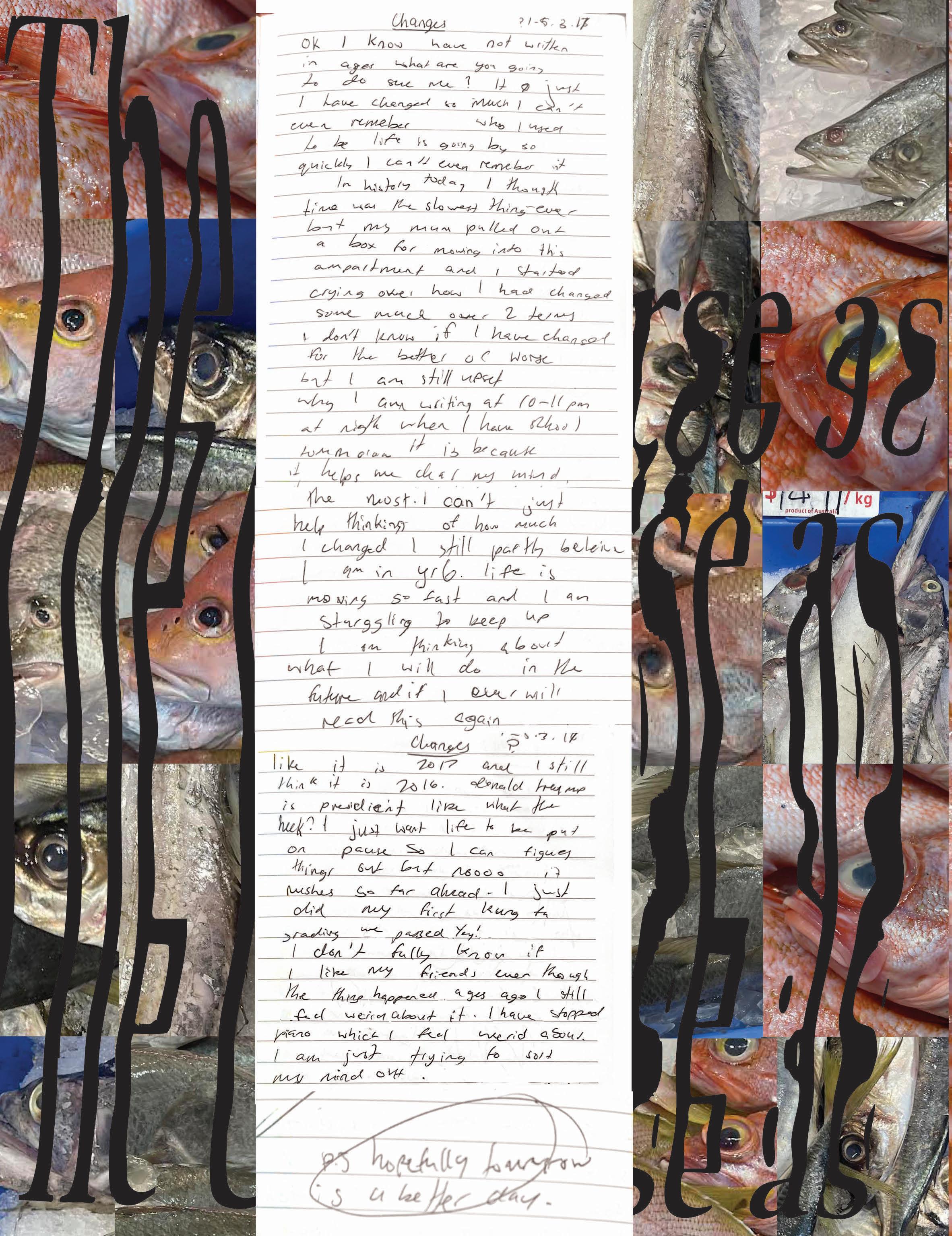
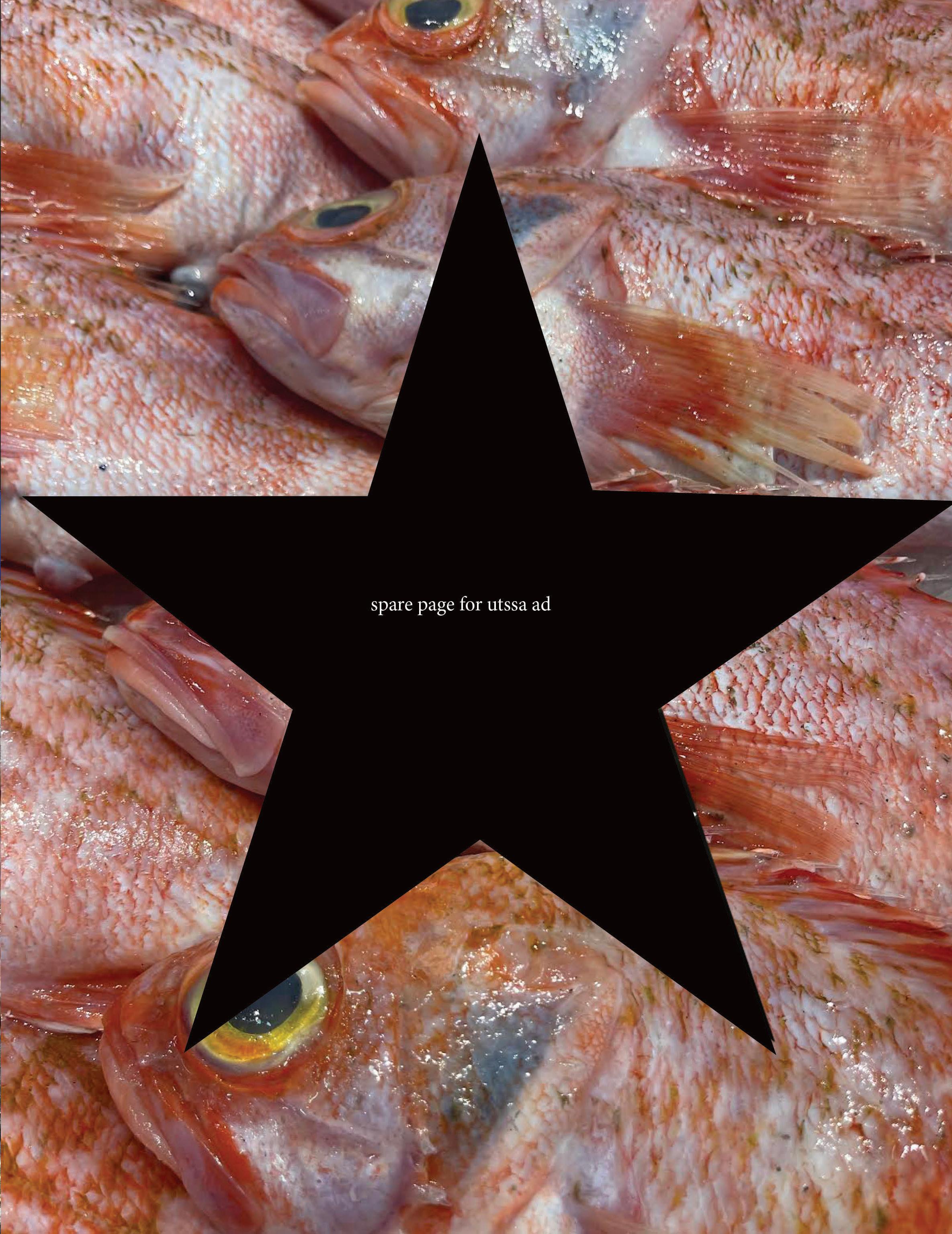

How urgent is your studying?
Urgent Not urgent
Can you work with others
Is silence necessary to your focus?
I don’t mind chatter
I should only hear
Building 2 Study Pods

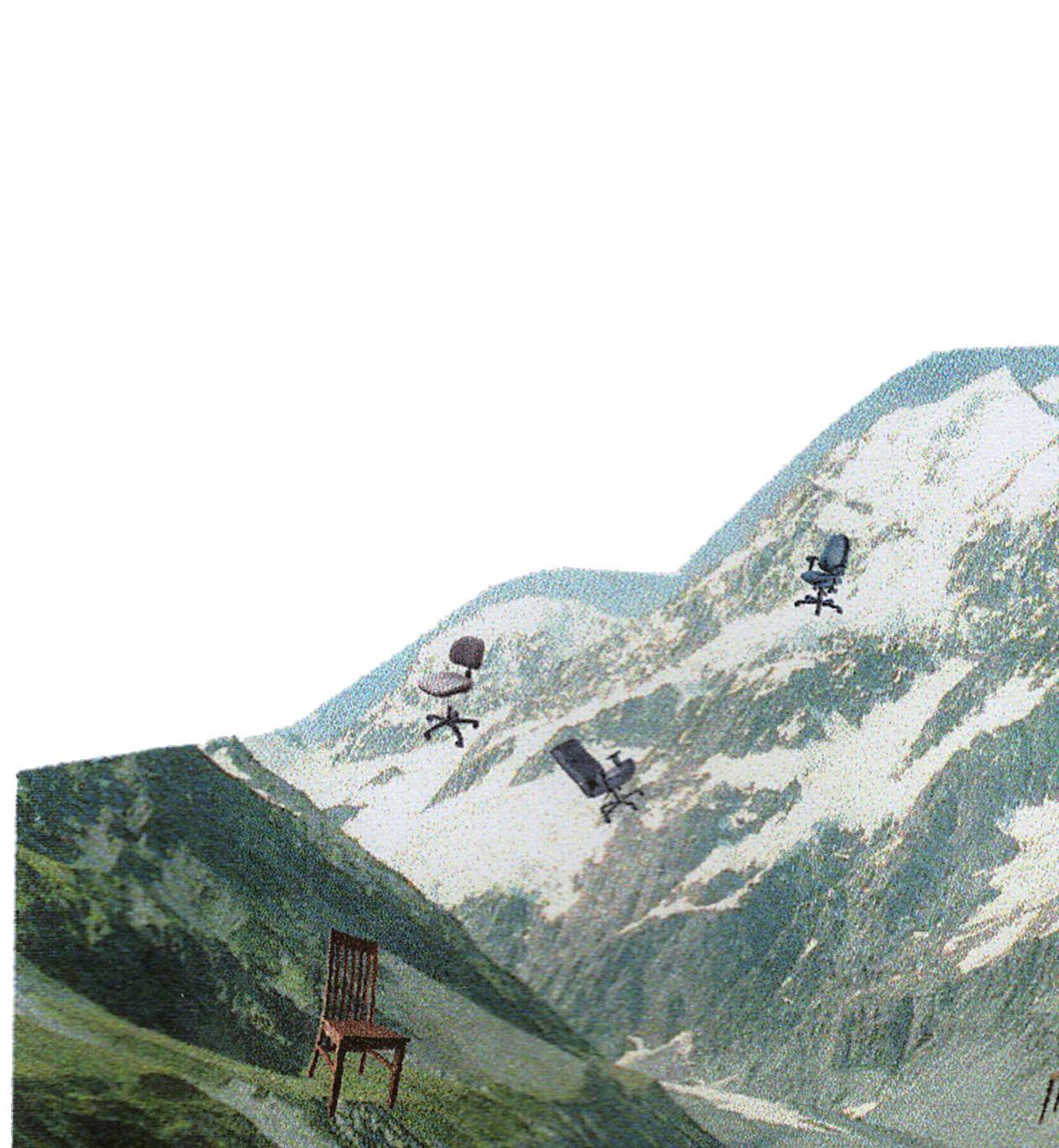
Can you survive a terrible group project? No
How many breaks will you need?
Every 5 minutes I’m locked In
Do your study breaks need a little treat?

Lighting you need for the space?
Absolutely
Tables next to the Alumni Green
Building 2 Study Pods
Only natural lighting, and lots of it
Library Reading Room No
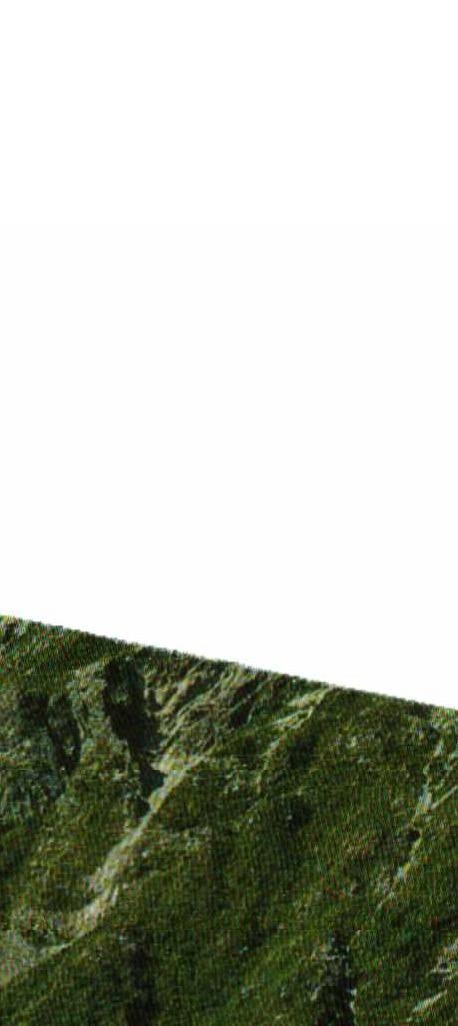
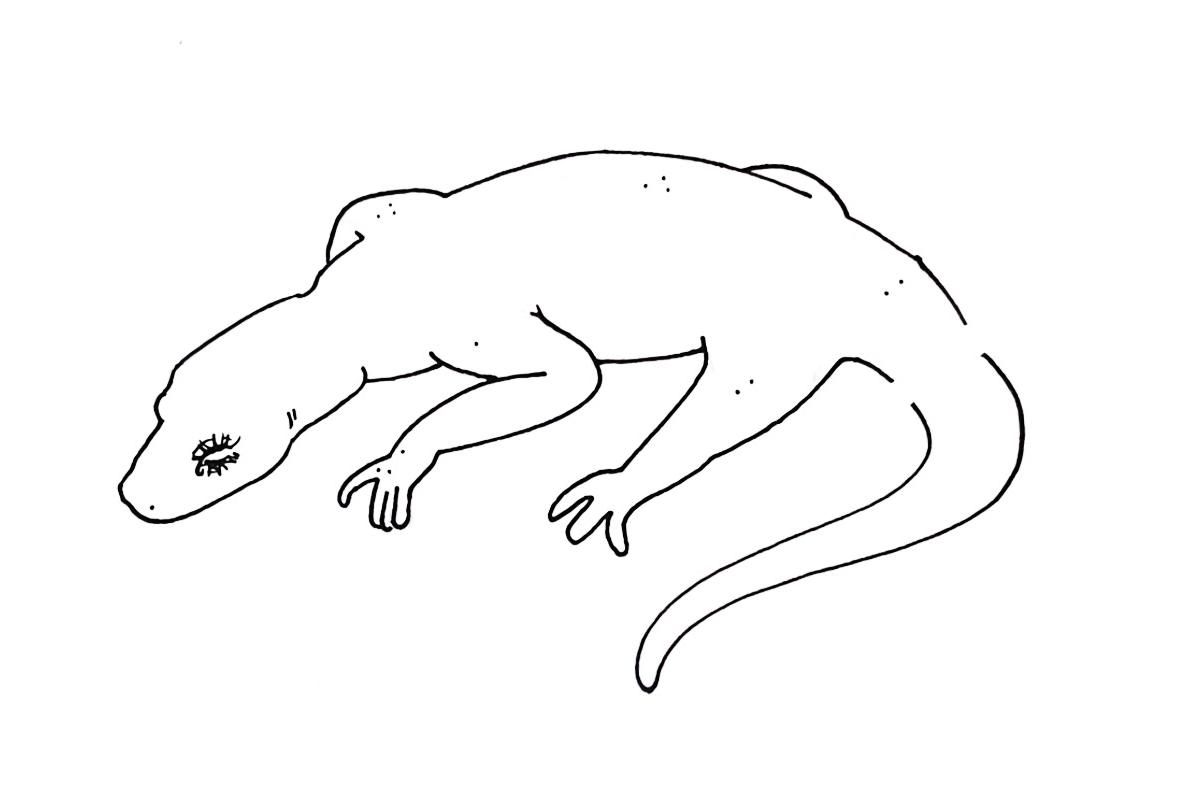
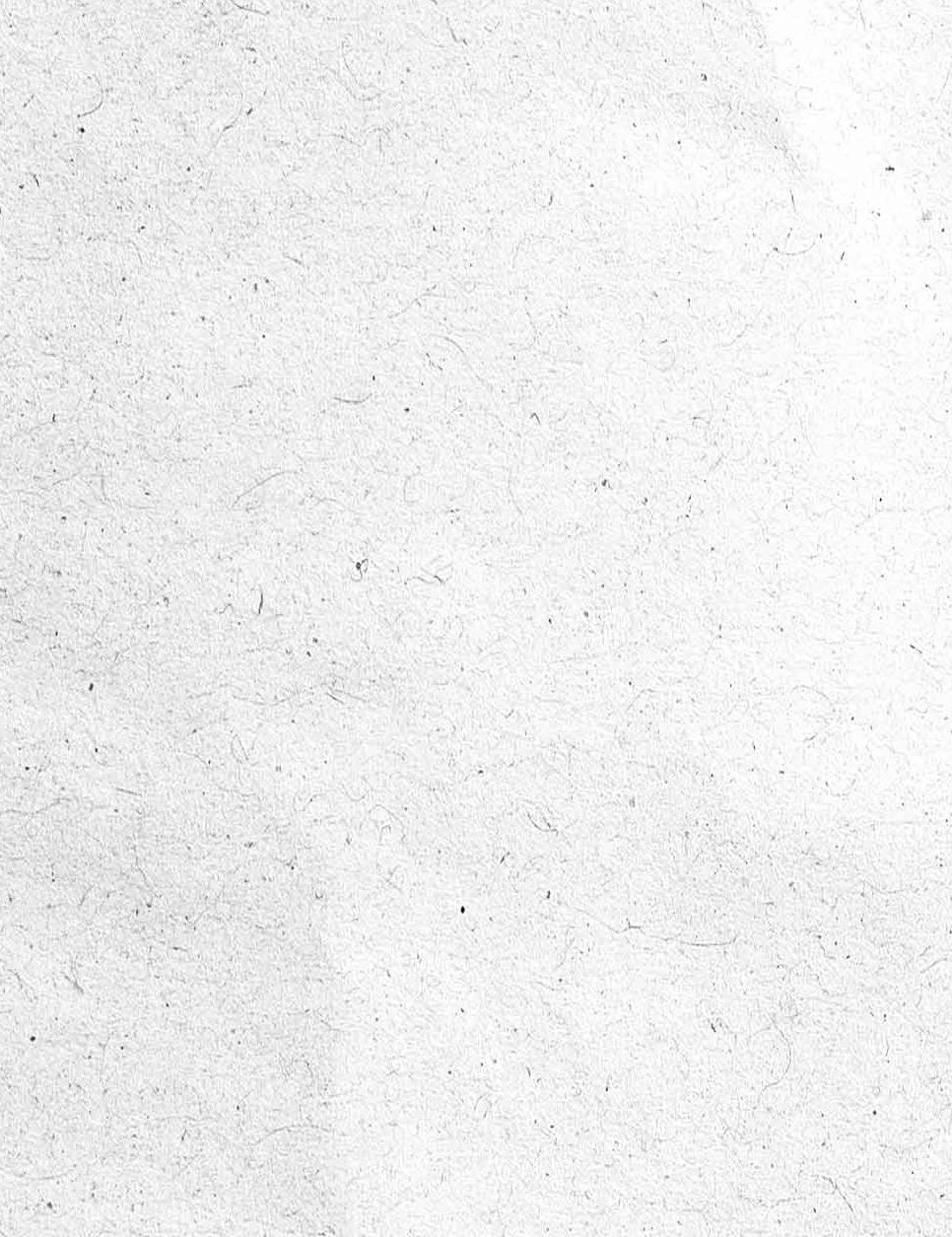
Library Reading Room (Levels 5 & 6)
— For the Dreamers
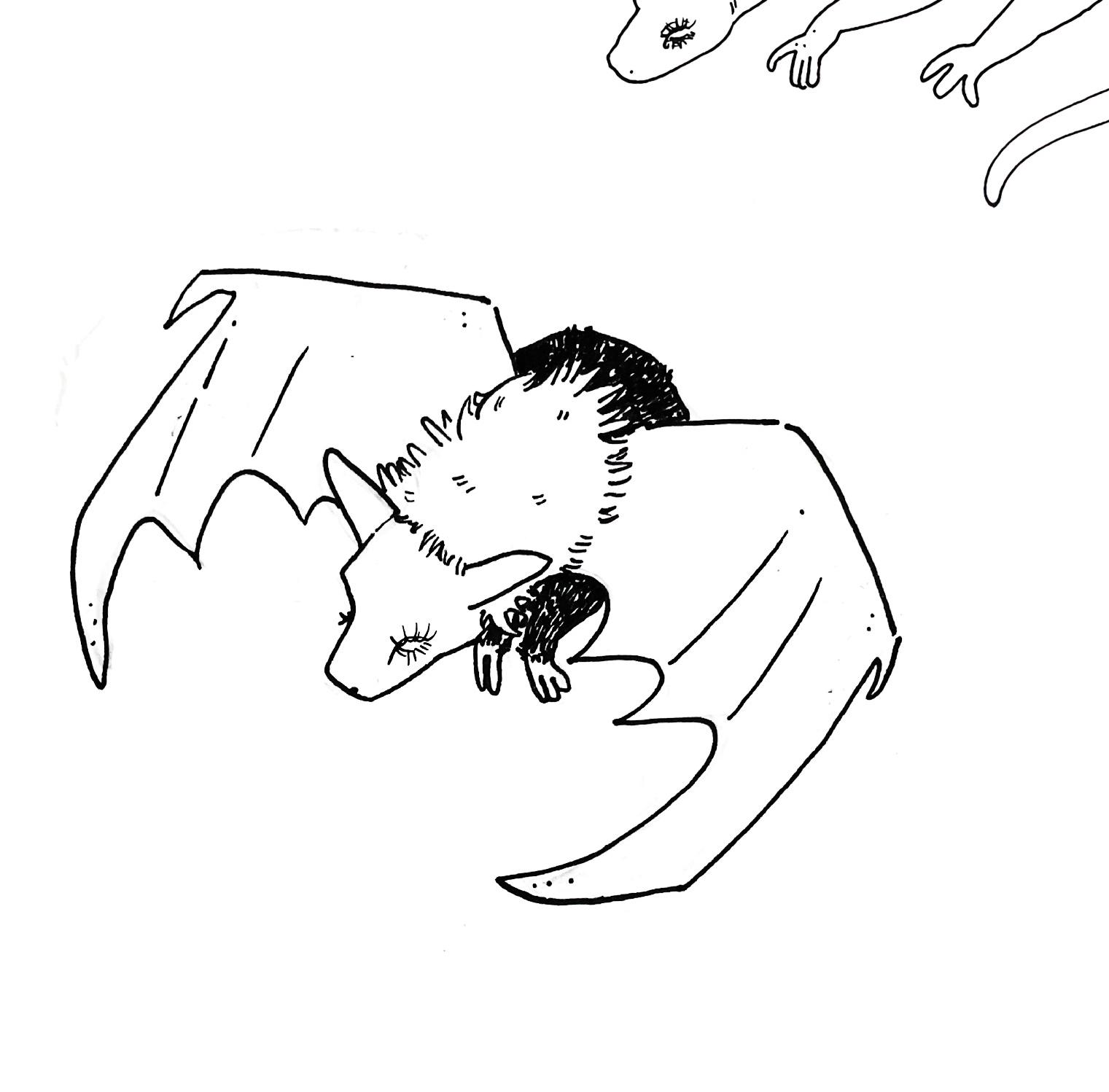
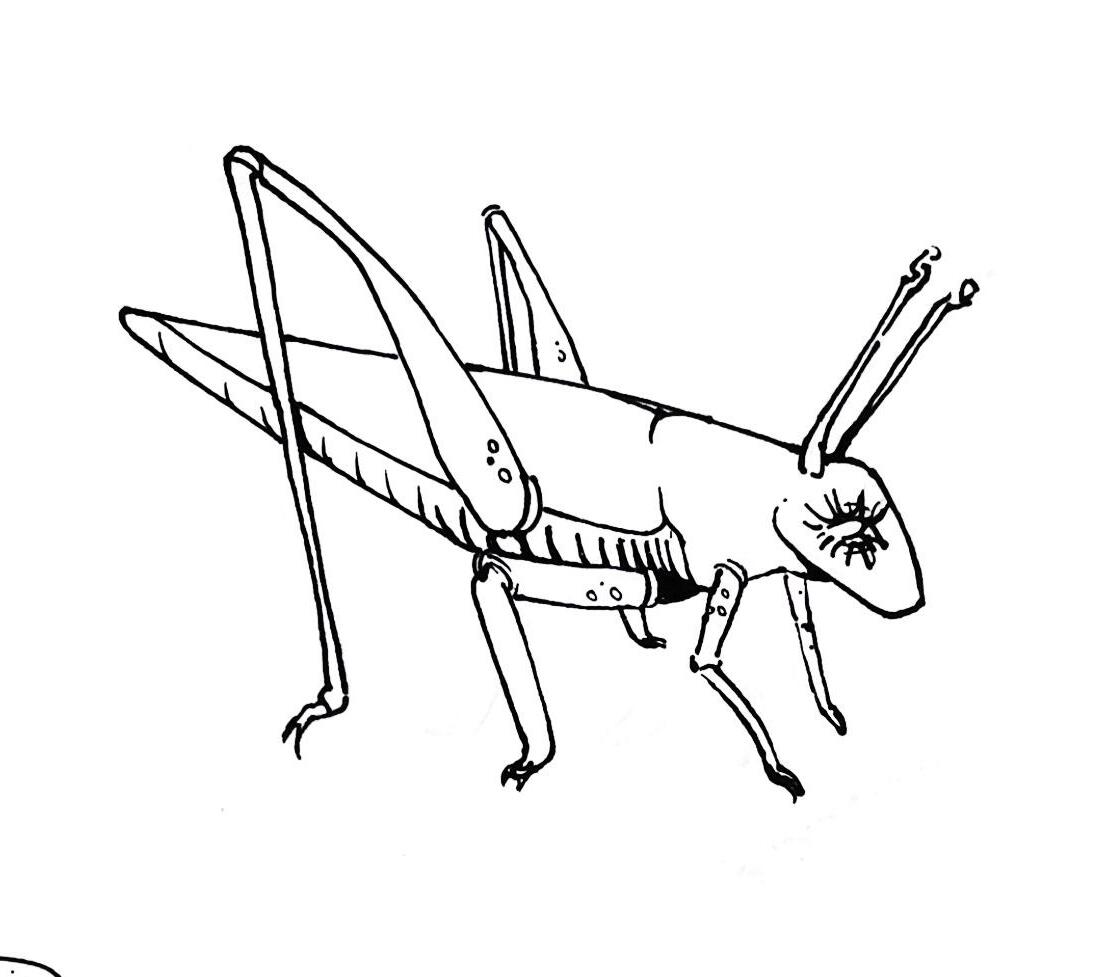
High windows and wooden tables and bountiful light and… silence. The Reading Room is a quiet space, so it’s just you and your music against the assignment you’ve been putting off for the mandatory two weeks of notice at least. In UTS Central, you can overlook the green and the library fountain, perfect for peace of mind while you smash out that quiz.
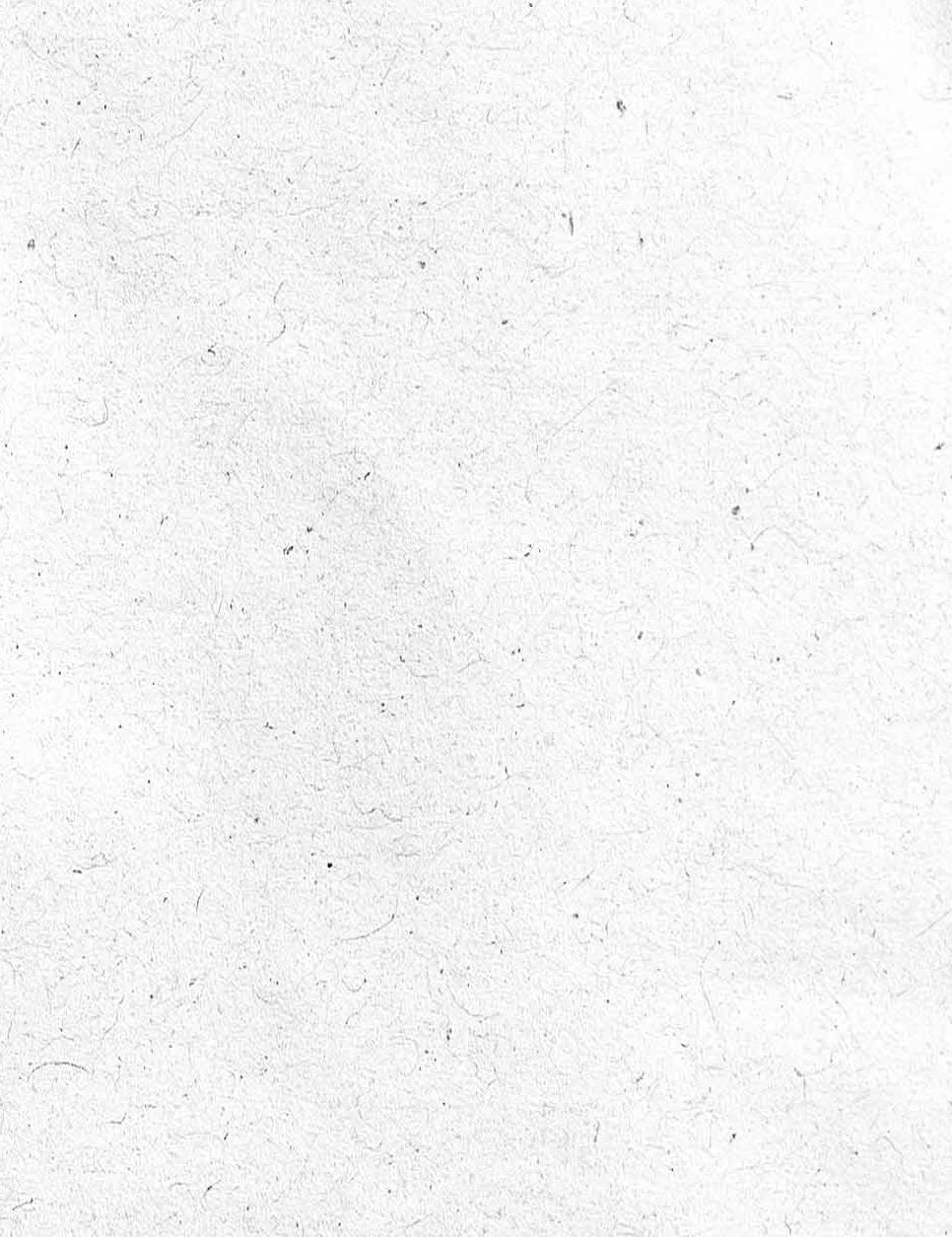
Building 11 Basement — For the Cave Dwellers
Something a lot of students don’t realise when they first start at UTS, is that if a room’s display says it’s “available”, you can just walk right in and claim it as your own! Below level zero of Building 11, there are three basement levels of rooms that are often class-free. While these rooms are taken quickly, if you miss out, there’s plenty of couches, desks, and even computers set up just outside for you to take.
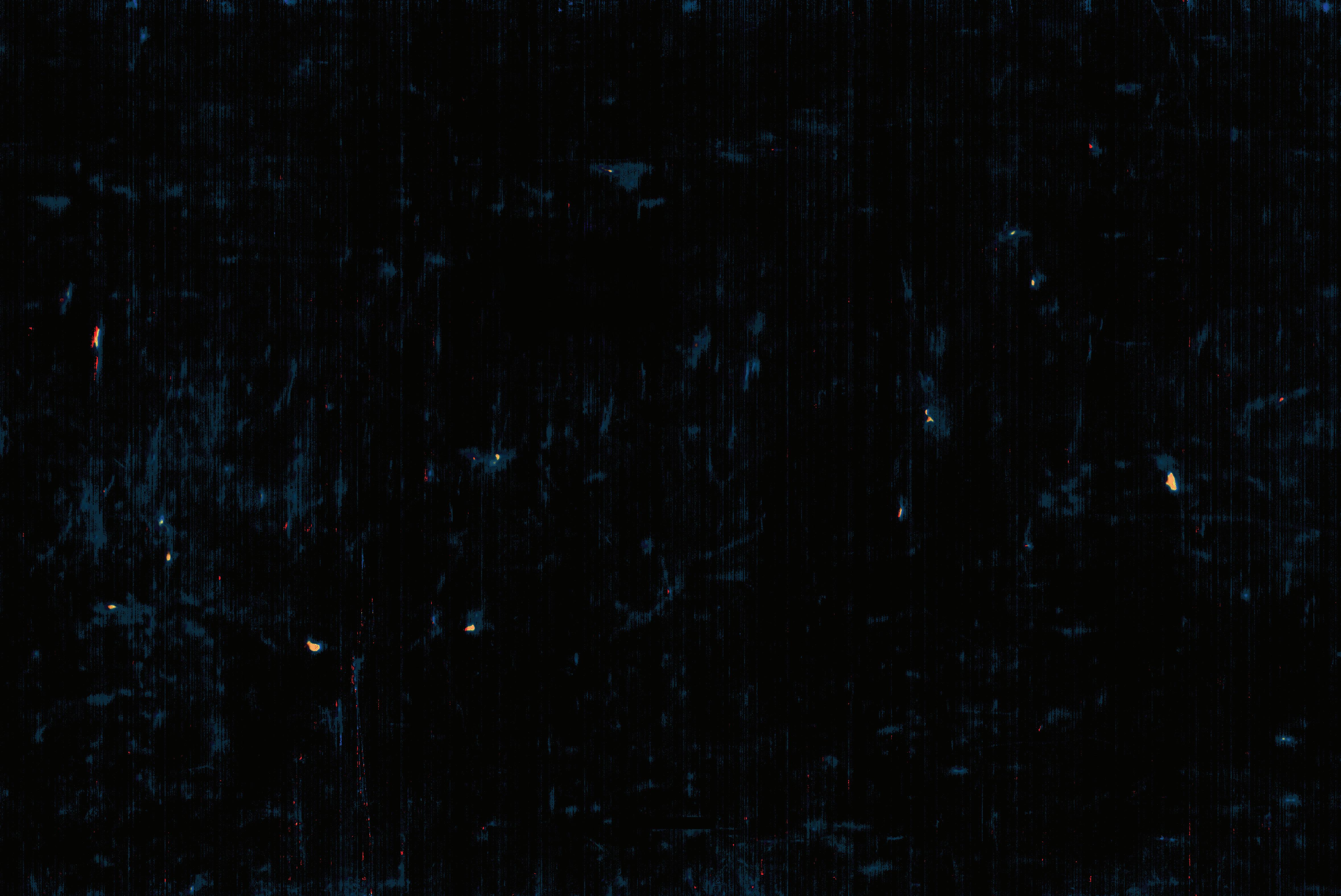
SHE/HER
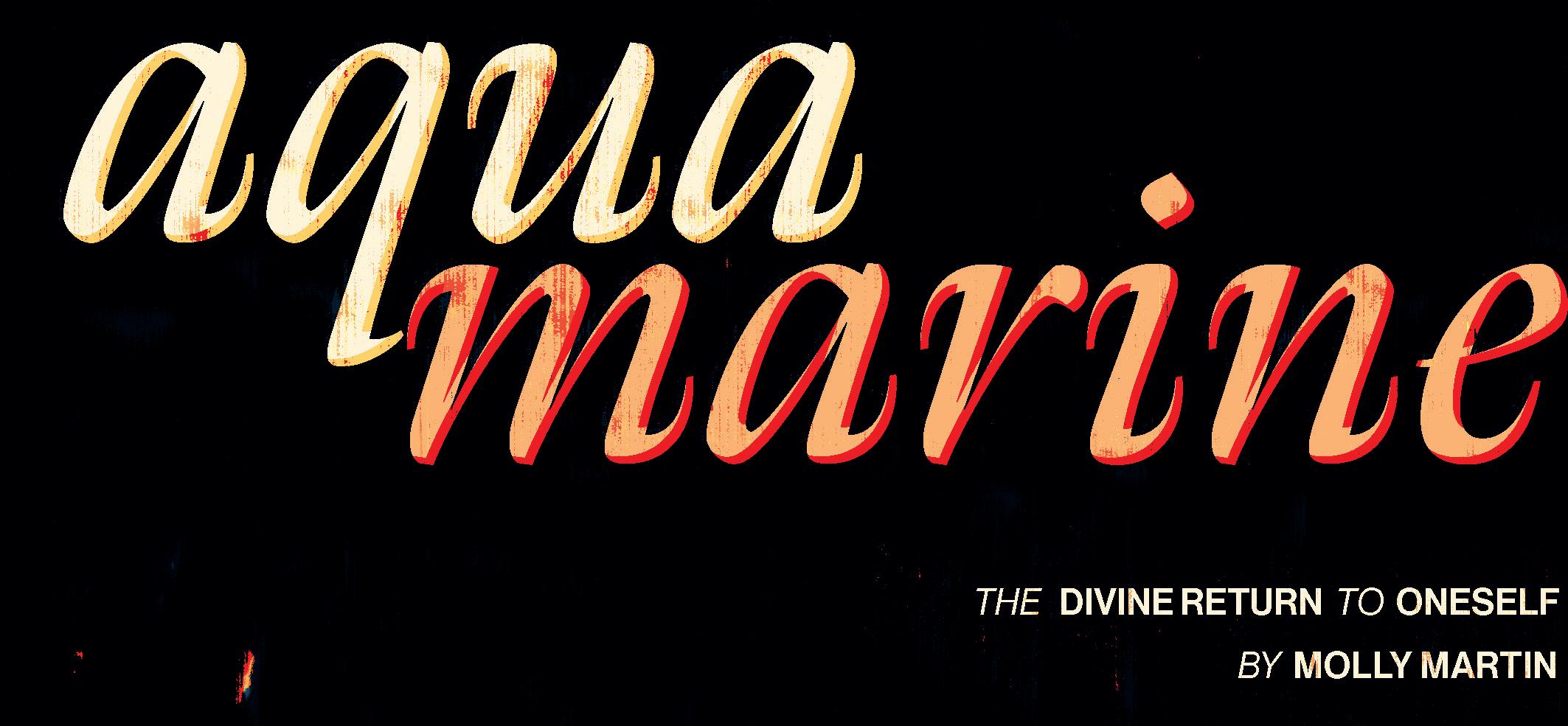
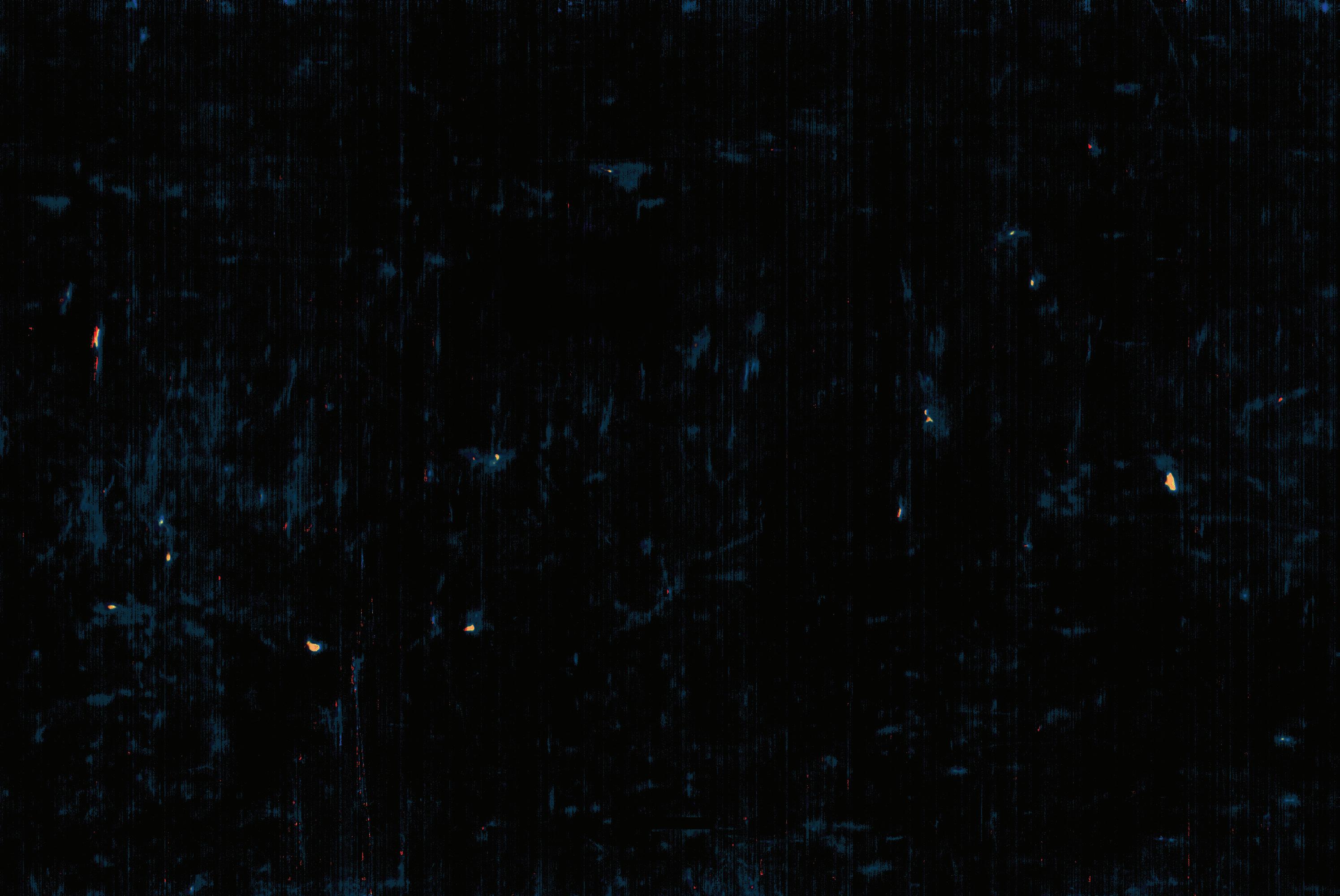
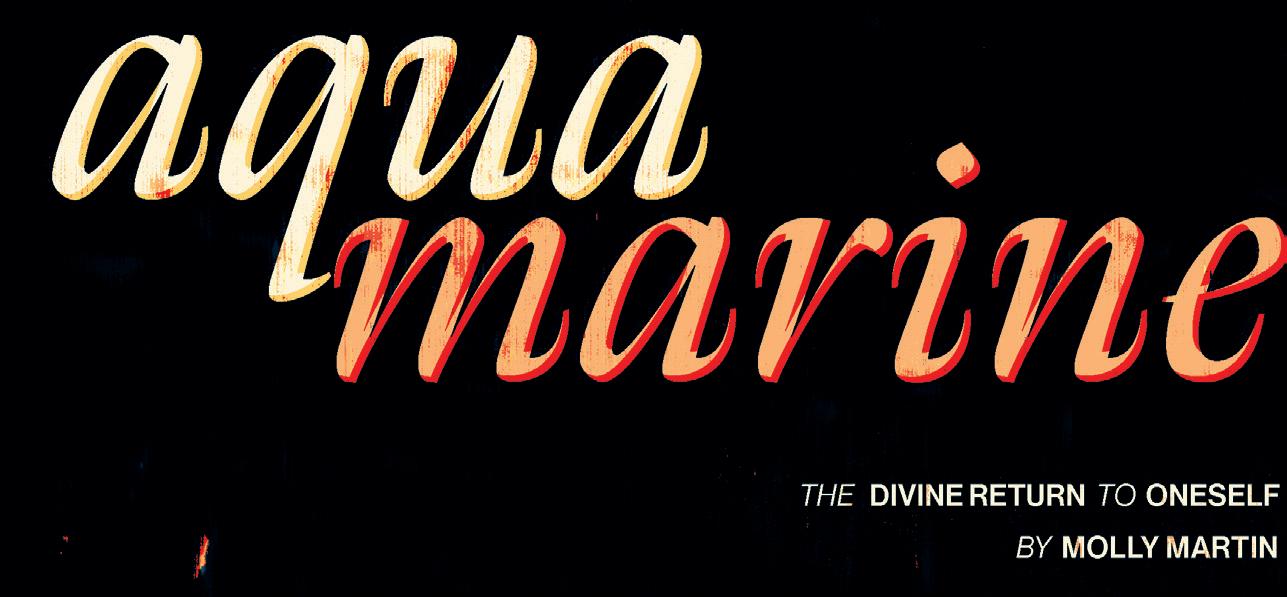
I hold my
SHE/HER
DESIGNED BY SOPHIE ZHANG @BONESOFSOUP
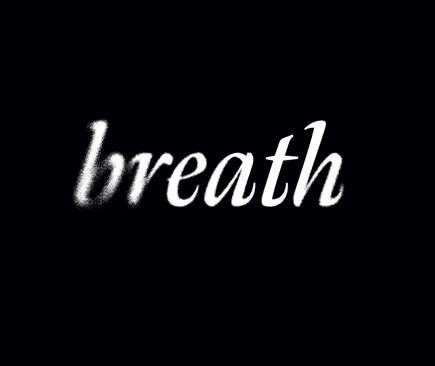
A kaleidoscope of colourful fish babble beside me
The sun dances along the grooved ocean floor, Grains of sand gliding between my fingertips.
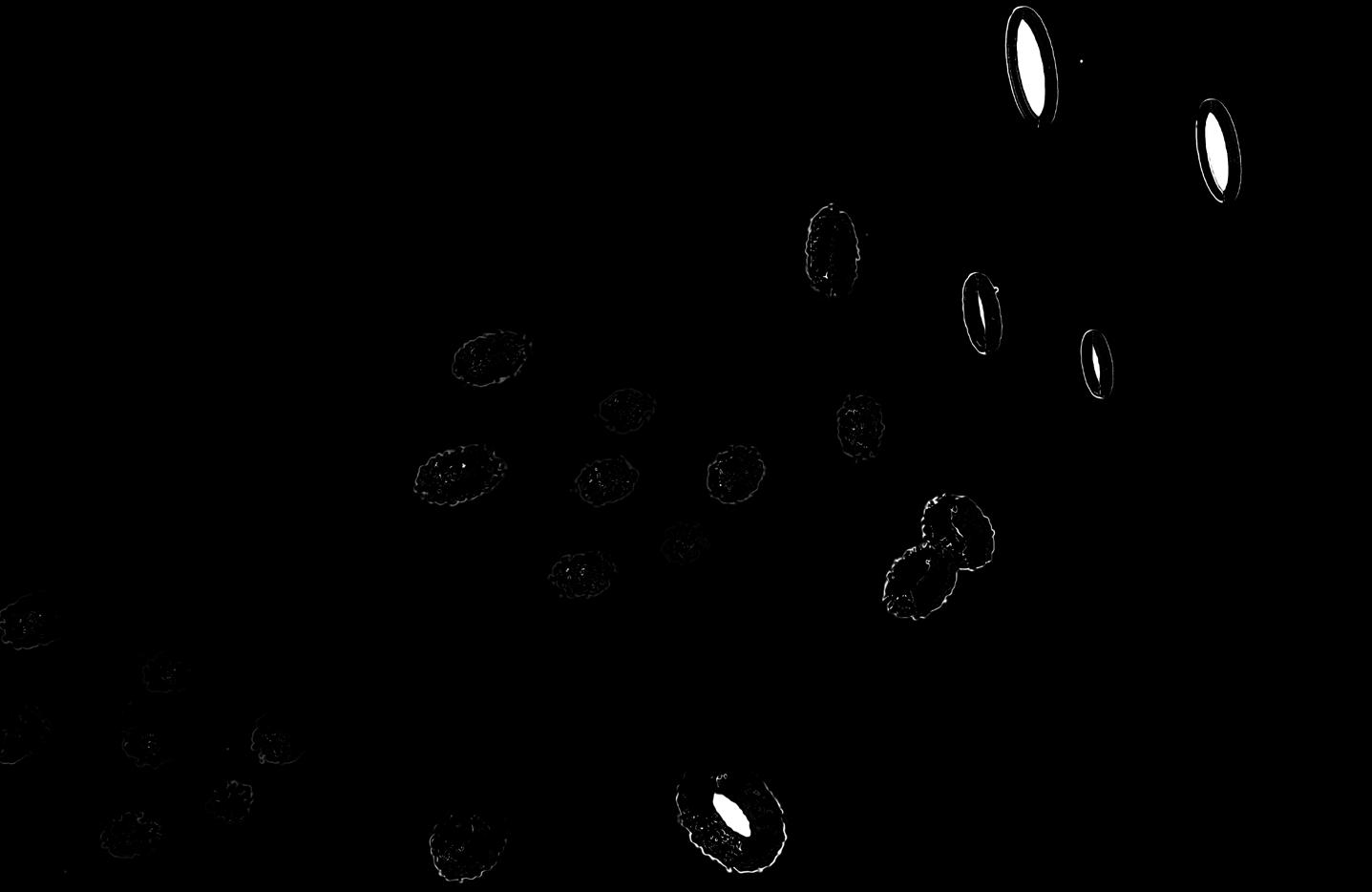
I stuff seashells in my cowboy boots.
Cross my fingers that they will make the journey home
My bedroom is littered with them, a treasure trove of memories,
Of all the places and people that they came from.
Pictures of surfers and friends
friends , who are
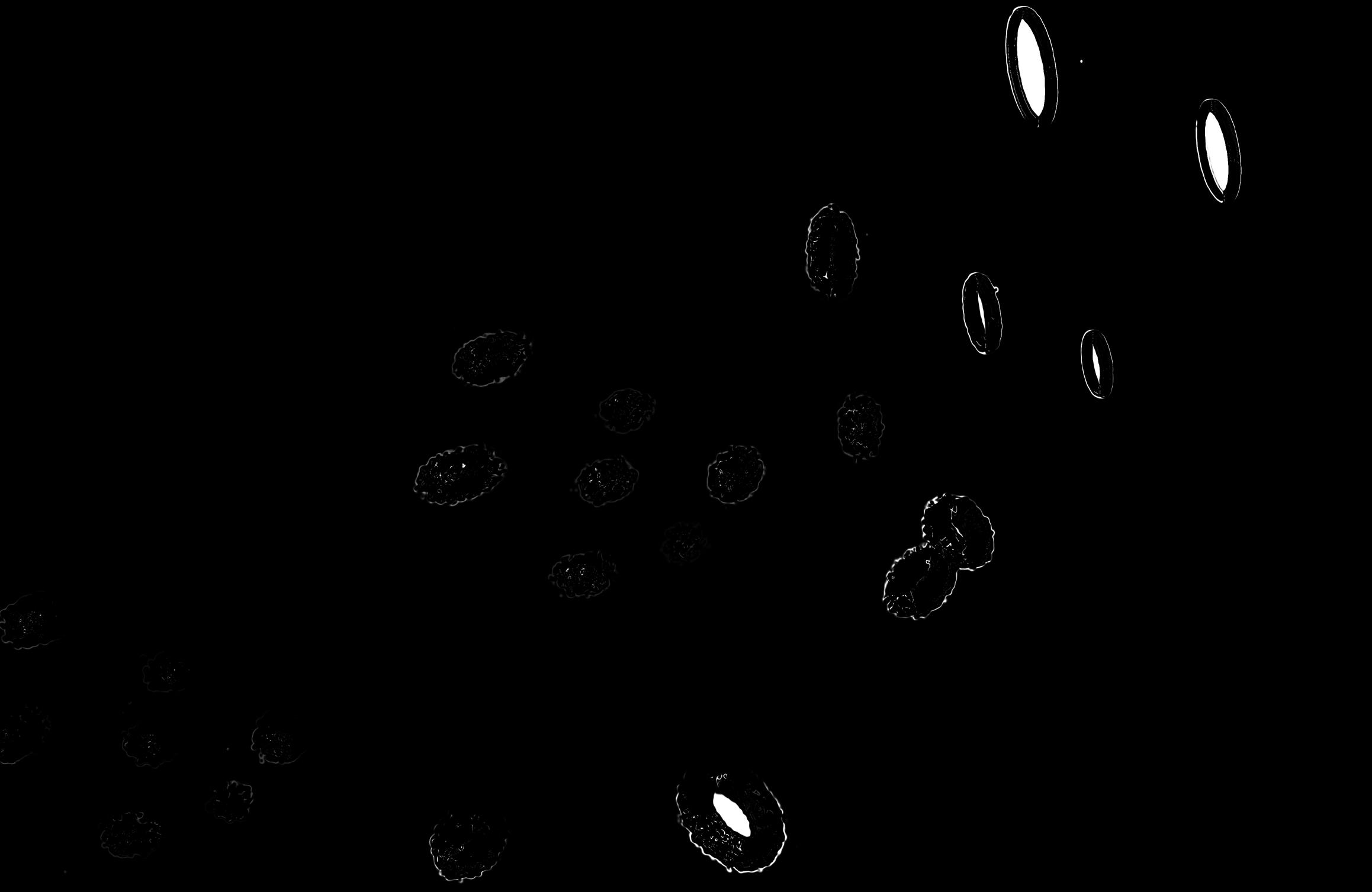
Cutting and gliding through the salty spray. Somewhere to disappear to, somewhere to play, To twist and turn, explore and discover.
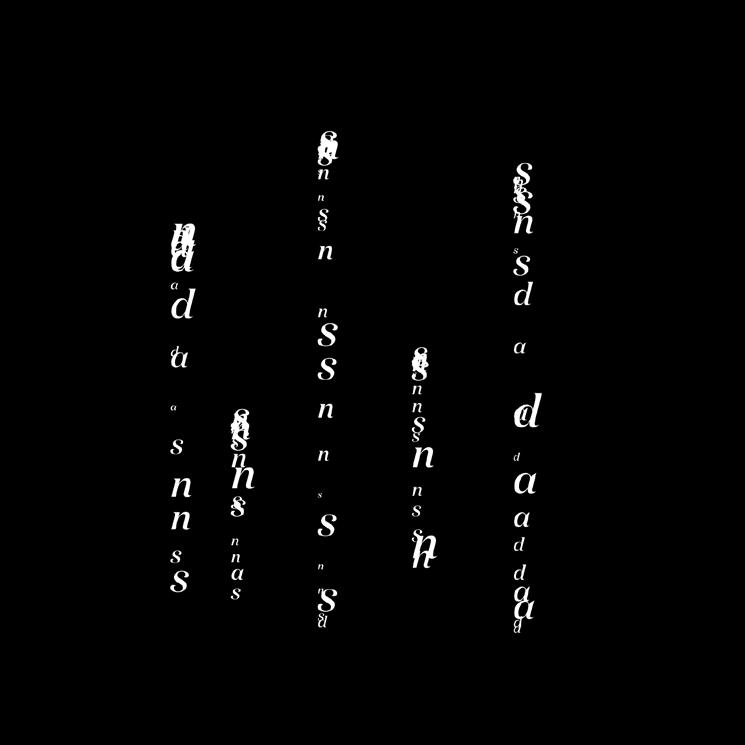
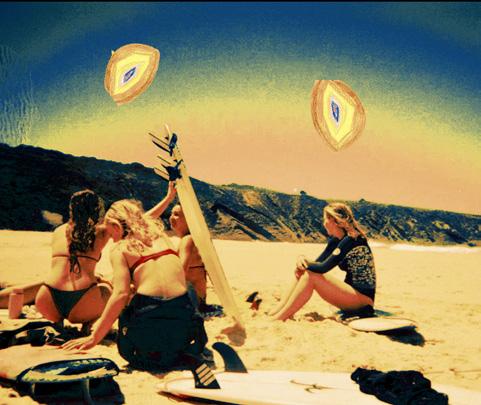
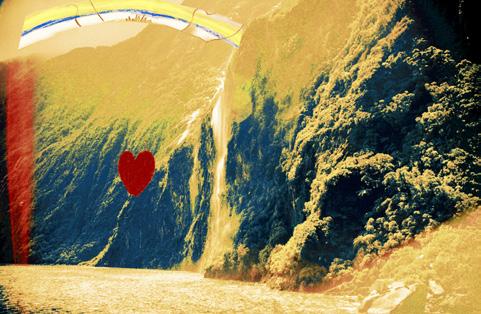
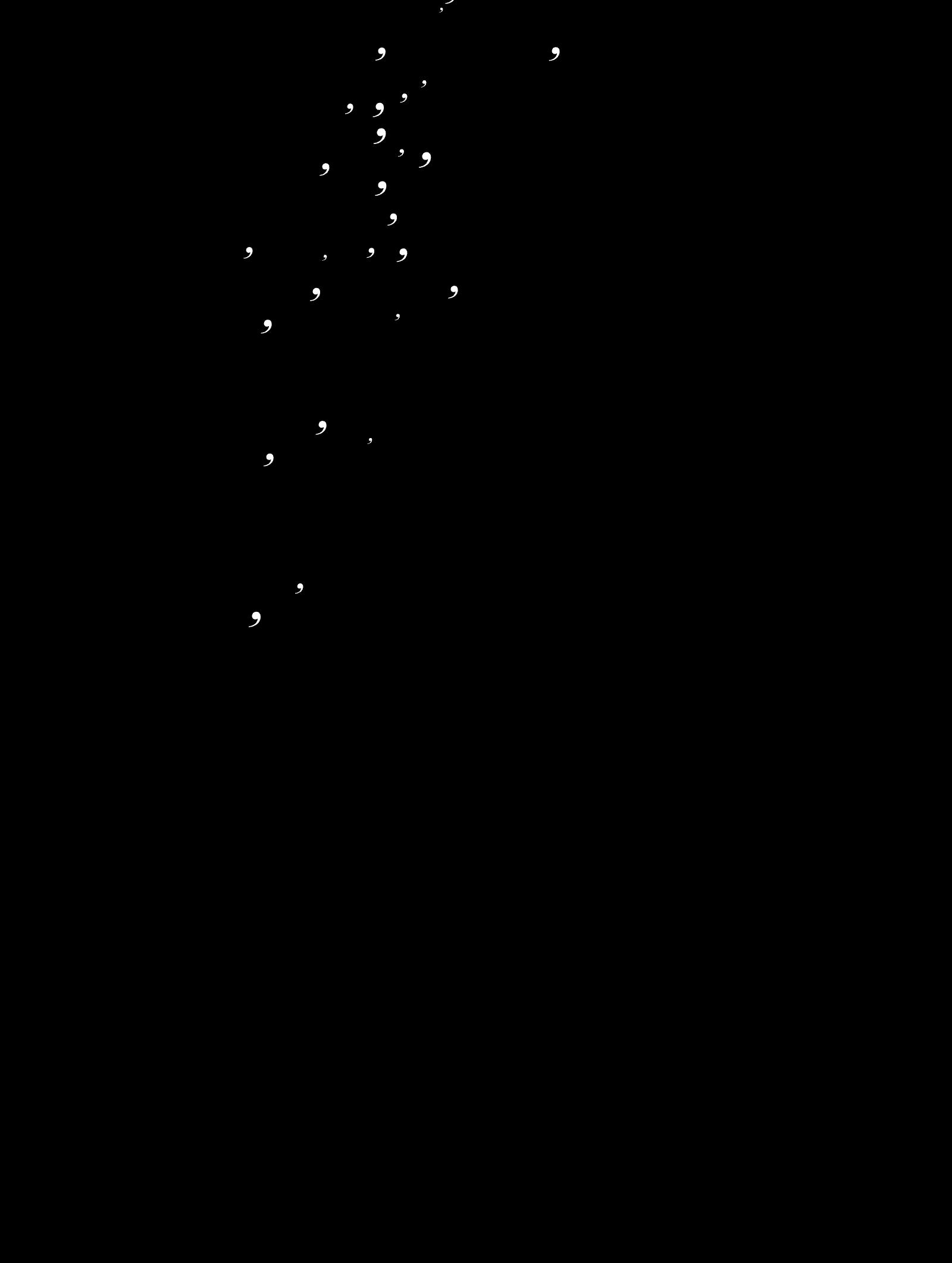

As we submerge ourselves we salute our tea cups to each other Gifting each other sea glass and waiting for the next wave in the set, We plan adventures with sticks in the sand to the next beach over.





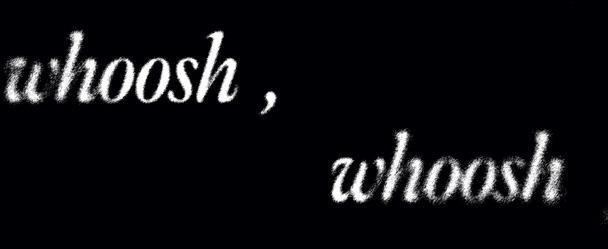
Salt curling through the ends of my hair, sticking my eyelashes together,
This is where we go
How lucky are we to bask in the sun and splash together through the water, to feel small we dive back and we marvel,
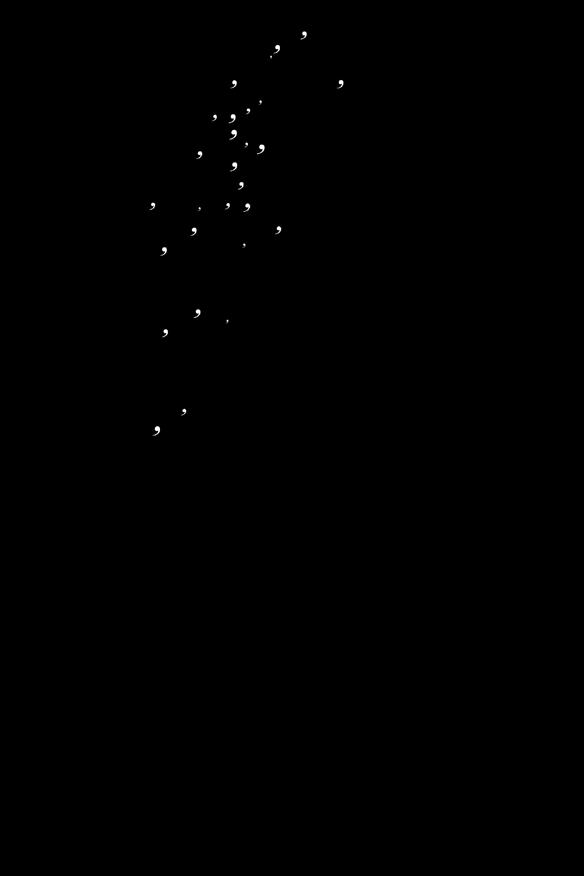
As I glide above the seabed, anemones smile and wave,
It is intoxicating the way the water surrounds me, caressing my skin like an old lover, tickling under my chin like a relative, enveloping me in a salty embrace.
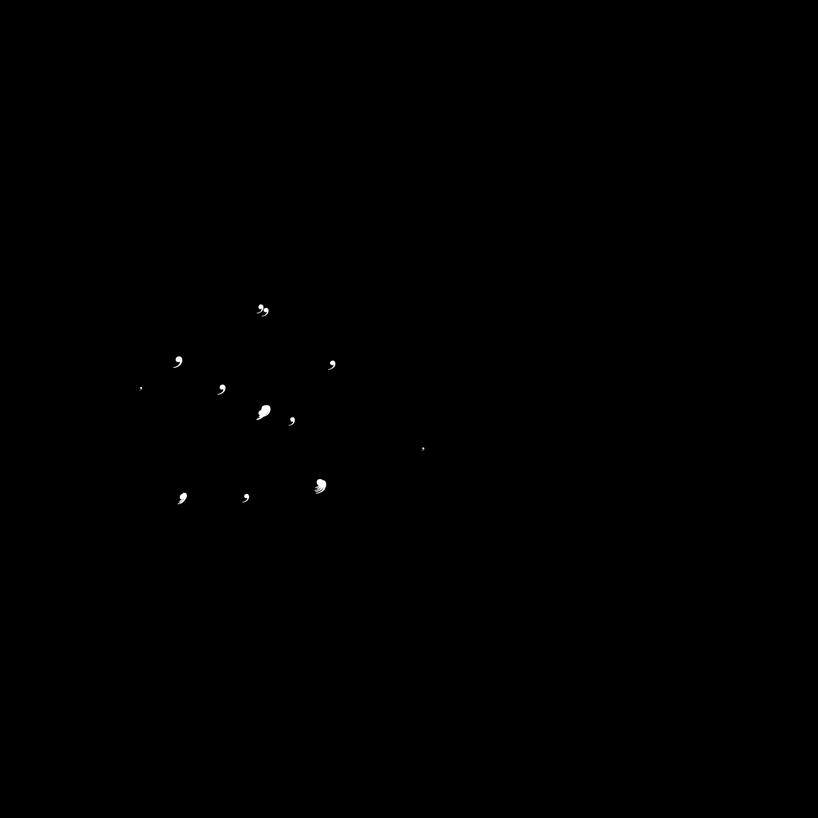
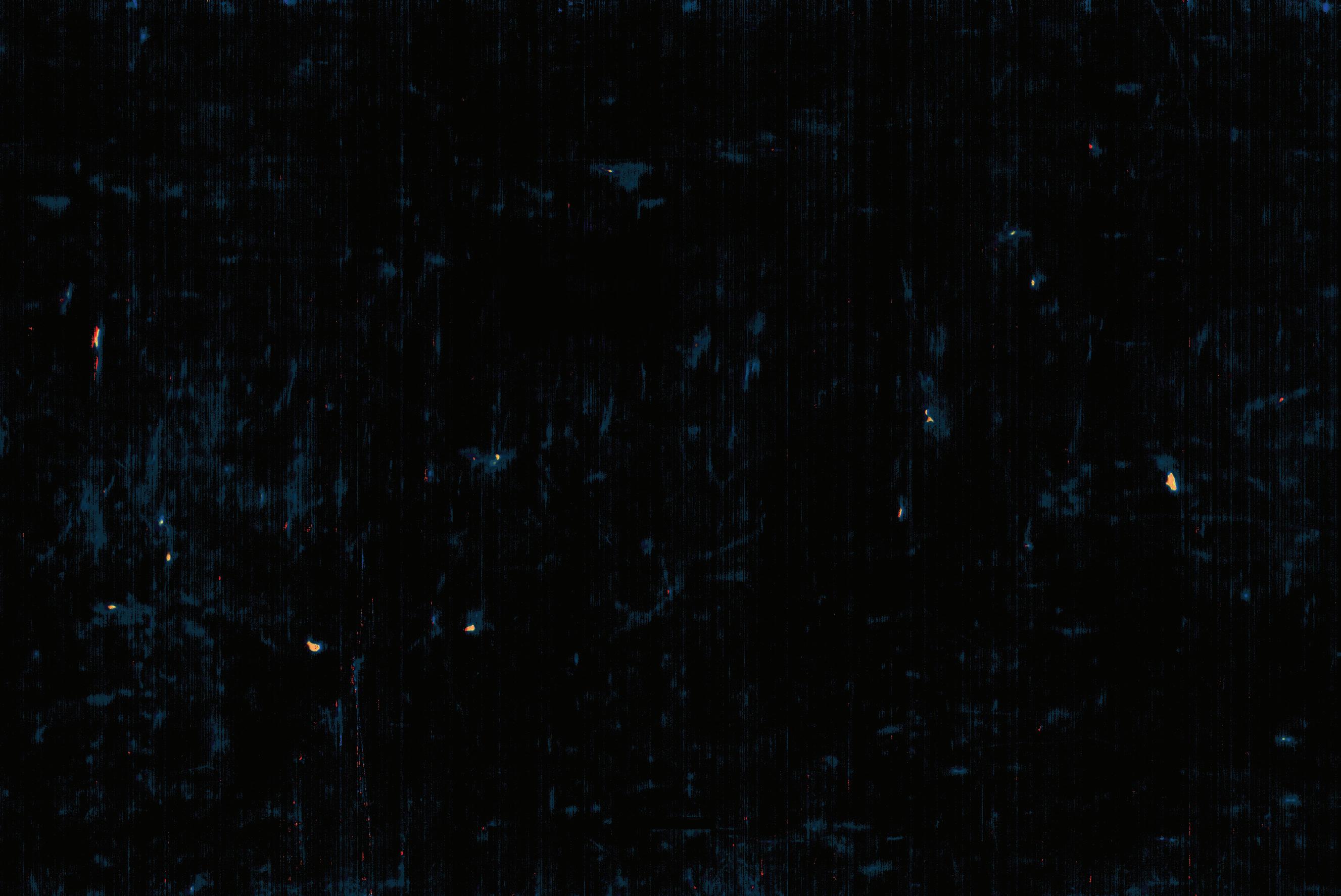
Grooved sandstone rock faces scrape my knees Waves that whisper hushed encouragement


That no matter where we are, ”


It is something that has been woven into our upbringings, something that has stitched us together,
From ankle biters clutching at our nippers boards, to nineteen-years-olds running at the sea every chance we get.

It is a balm that soothes every ache, another girlfriend nodding along to our ranting and raving, our wildest dreams
The silent listener to swallow up our tears, or slap us back to our senses, and future plans,

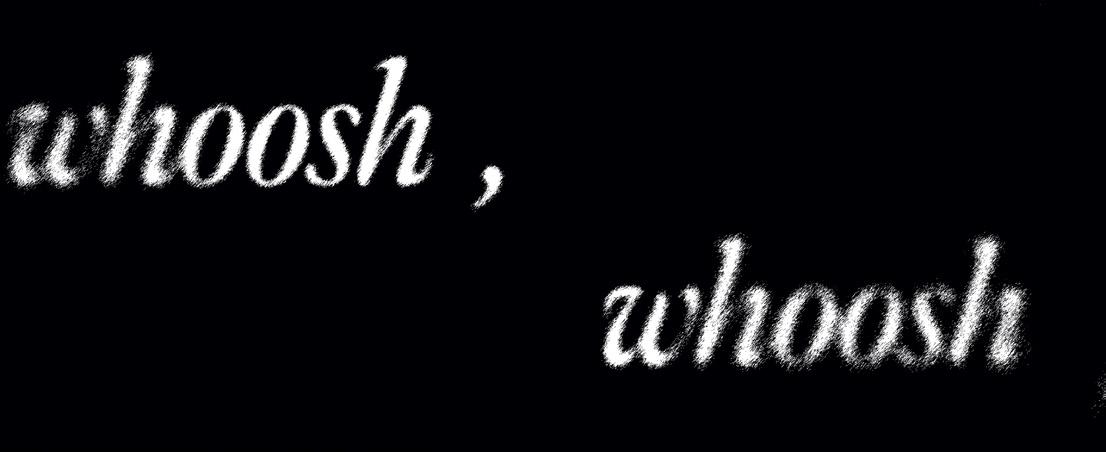
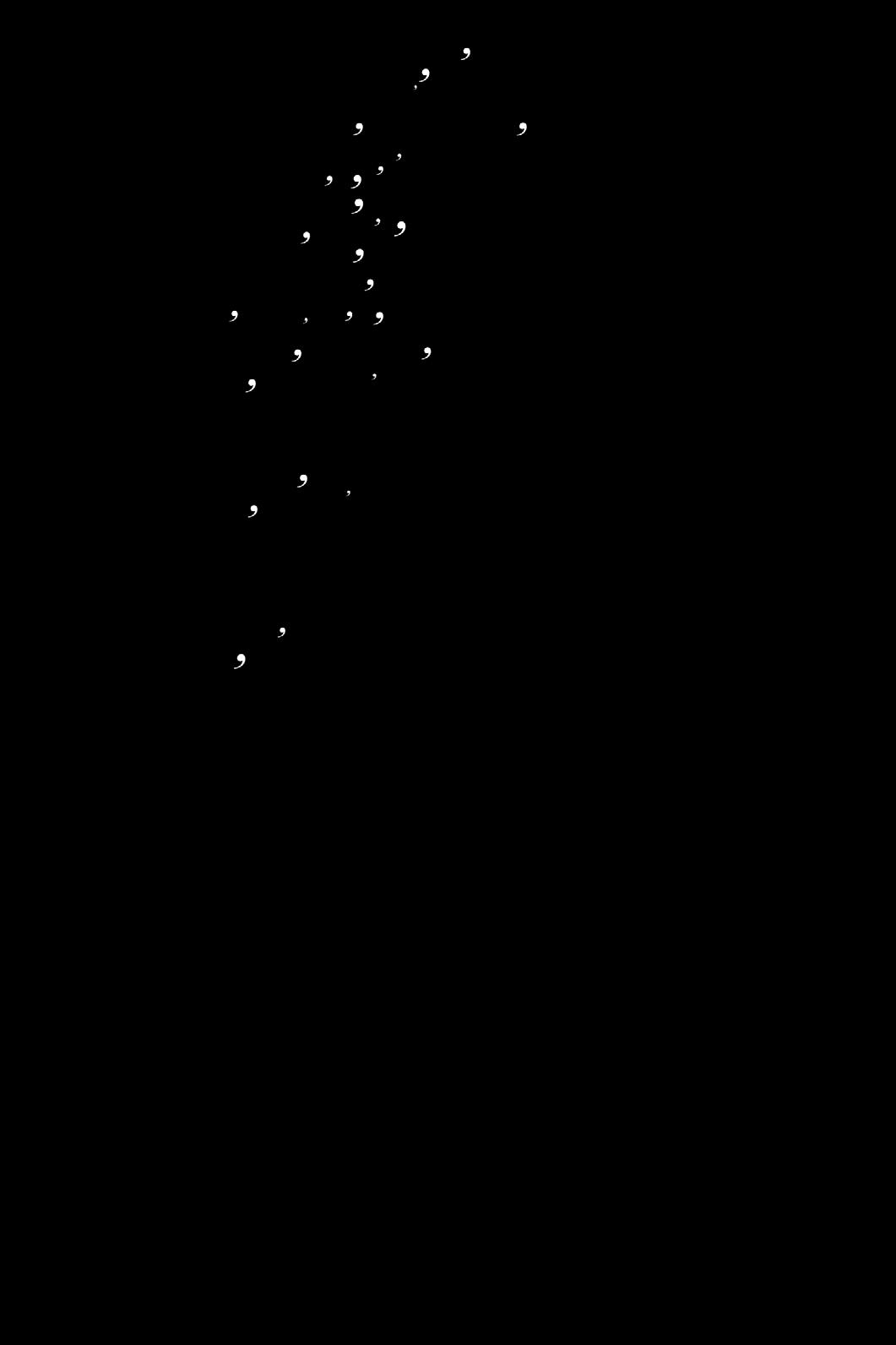
From ankle biters clutching at our nippers boards, to nineteen-years-olds running at the sea every chance we get.
It is a balm that soothes every ache, another girlfriend nodding along to our ranting and raving, our


It is something that has been woven into our upbringings, something that has stitched us together,





As the first full year with Pluto in Aquarius after a 19-year-long slog in Capricorn, it’s time to get weird. With the Saturn-Neptune con junction occurring at zero degrees in Aries, aka World Point, 2025 looks like it’s going to be big, so rely on what you know and keep your eyes open.
Here’swhat2025hasinstoreforyoursign:
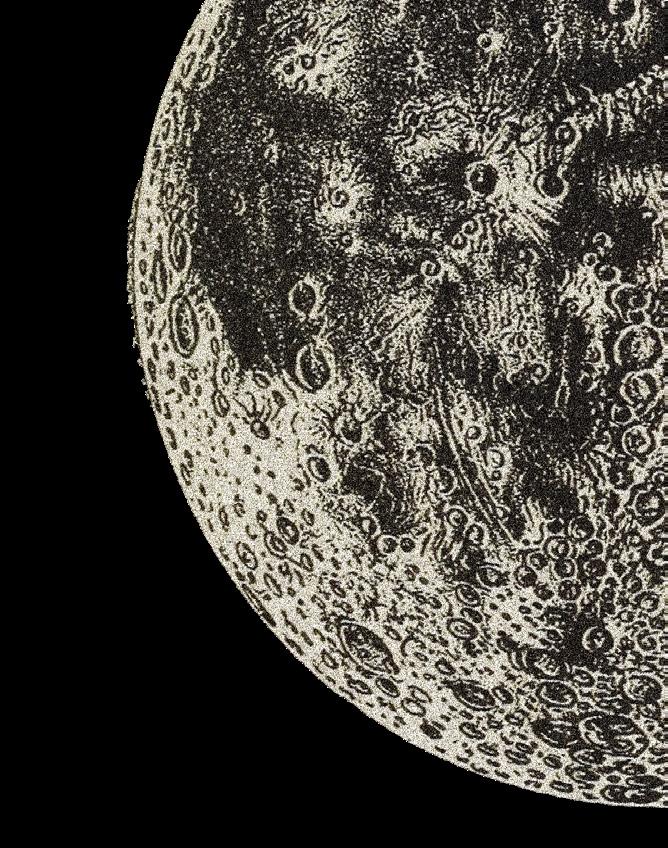
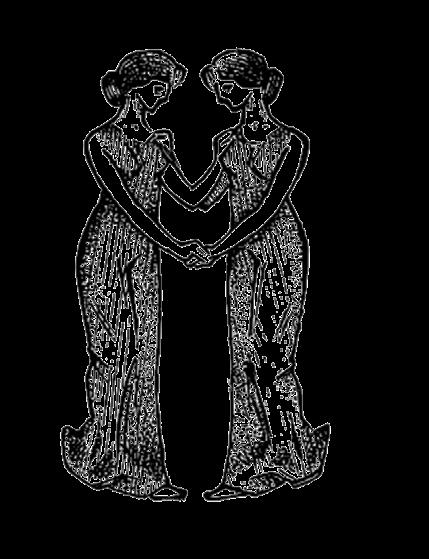
Zara Hatton
Words by she/they

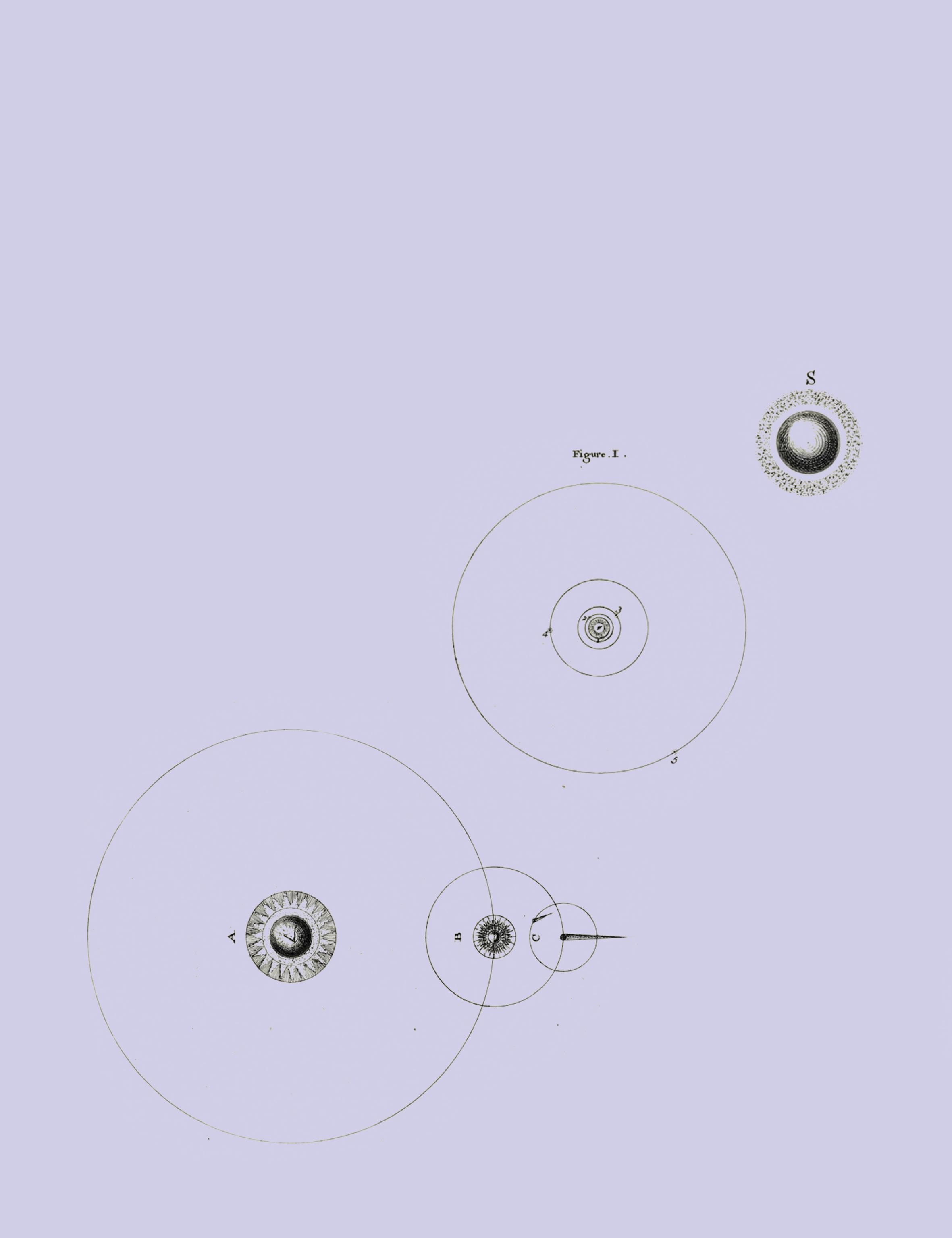

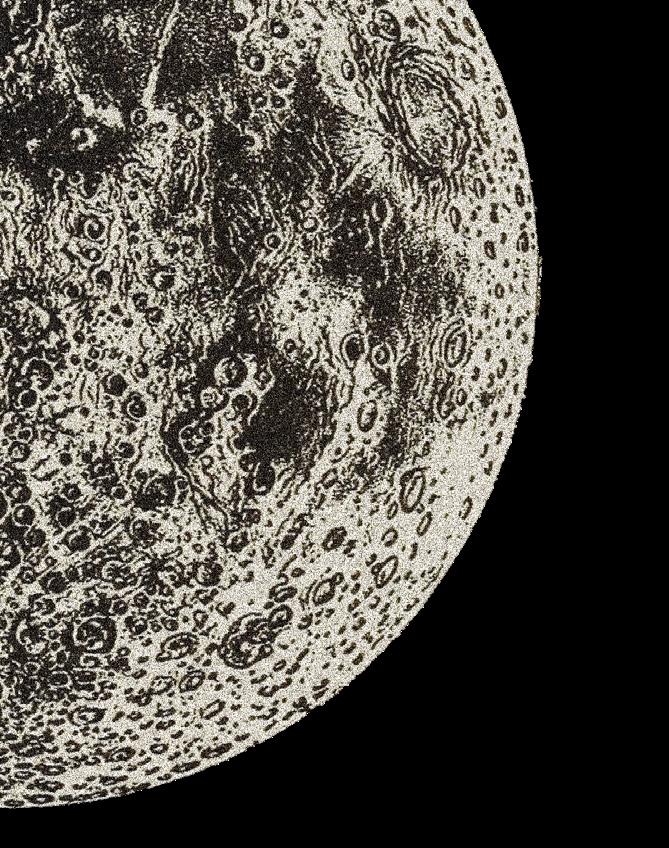
ARIES* With Mars (your ruling planet) in retrograde until February, you might be feeling a bit feral. But, just in time for your birthday, March and April will refocus your unhinged energy with a romantic clarity that will, hopefully, bring a little bit of peace. Wear a lot of patterns and flirt unabashedly with your friends. Put on a fake accent at the bar. Lie to strangers about your name. Why not?
GEMINI* Starting in June, Jupiter’s move into your second house of income for a year will bring a heightened awareness to impulsive spending habits. With Uranus, the planet of freedom and expression, moving into your sign for a seven year stay, you have permission to get a little weird. Encourage bad decisions and match your bestie’s freak. Make one (and only one) frivolous purchase just for the fun of it.
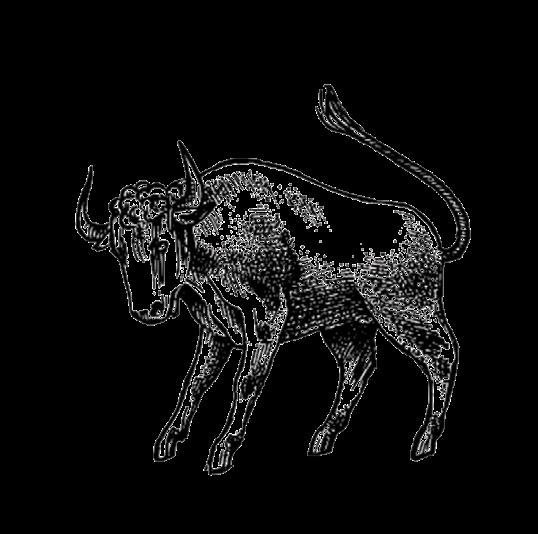
TAURUS* With the North Node in your house of friendship and community, and Venus, your ruling planet, going into retrograde from early June to early July, the middle of the year will bring some relationship shake-ups. Do your affirmations. Then, with Uranus moving out of Taurus and into Gemini in July after a long seven years, it’s time to take a much-deserved breather. Re-watch Sex and the City. Host more dinner parties (you know you throw them best).
CAPRICORN* Saturn and Neptune will be spending a lot of your year in your domestic fourth house – combined with the axis of the North Node hitting sensitive Pisces and the karmic South in anxious Virgo. Eat well and let yourself be softer than usual. Tap into your inner child by running around in the mud. Pick up a bug (gently) and give them a little kiss. Read the poem Wild Geese by Mary Oliver.

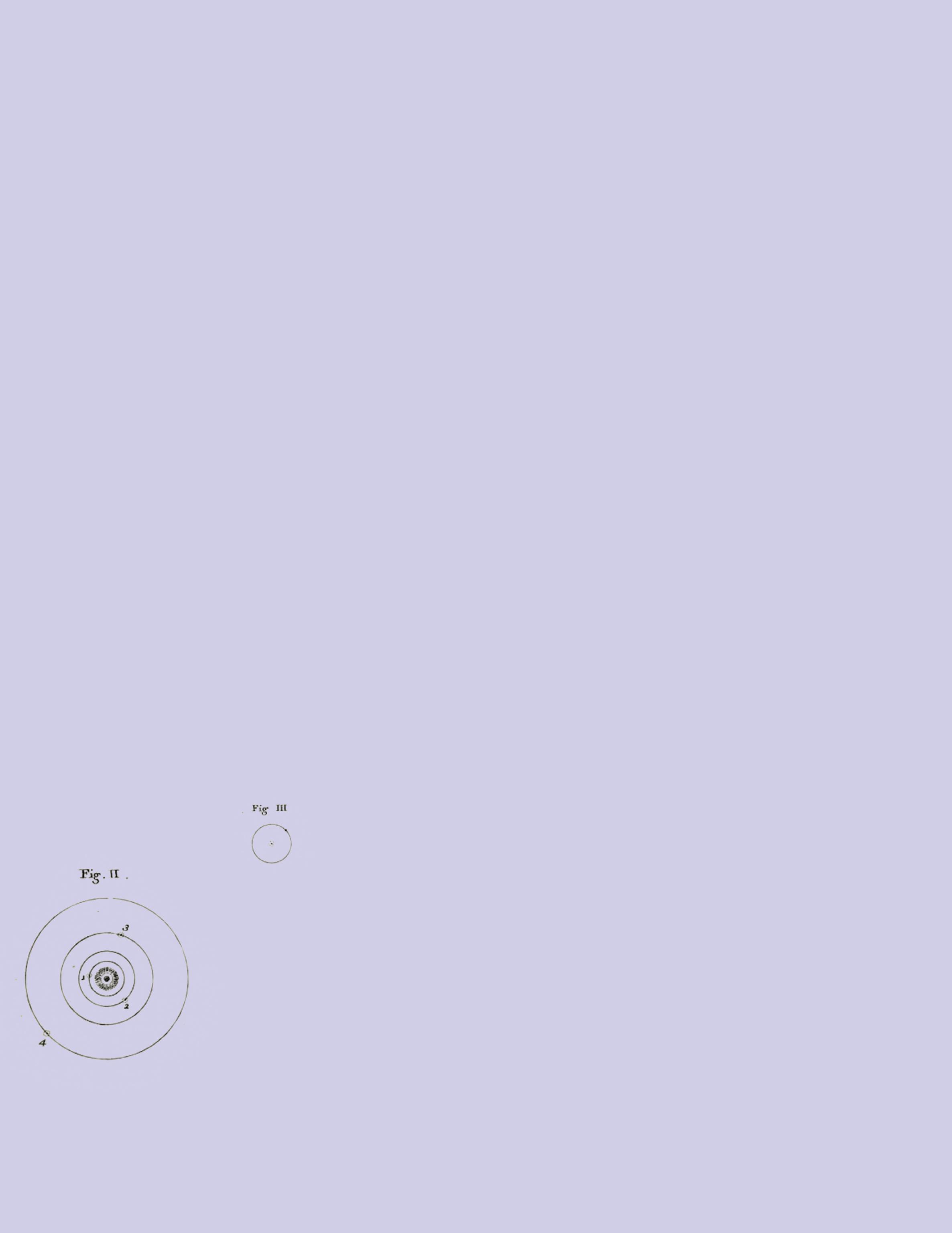

LEO* With Jupiter and Uranus hitting your eleventh house of socialisation and friendships, let yourself fall back on your community and lay the foundations for them to be able to do the same. This, combined with the Lunar Nodes transiting your eighth house of intimacy, means it’s time to let your freak flag fly. Knowing Leo, you probably already were, but lay it on thick in 2025. In June, when Jupiter moves into Cancer in your 12th house of solitude and rest, remem ber that you’re the tides, babe. You’re allowed to pull back and then return in full force.
AQUARIUS* Starting the year with Pluto in Aquarius for the first time in 19 years, it feels like people are finally getting on your level. The Lunar Nodes will be shining a light on your income goals, so flirt with strangers and let them buy you a drink (safely) — it’s literally economical. Jupiter’s shift through your house of entertainment, pleasure, and dating, grants you express permission to pursue hedonistic ideals. Get really into something niche, like spinning your own wool or calcification theory. Single-handedly bring back making out with your friends.
PISCES*The North Node, which is all about the person you’re growing into, is taking a trip into your dreamy sign in 2025 for a long 18 months. It might feel uncomfy! It might feel weird! Don’t get bogged down in the questioning. Make a new Pinterest board and a new Spotify playlist to help guide your clarity. (I just KNOW you already have a lot of them. One more can’t hurt!) Jupiter’s movement into your house of creativity, hobbies, and dating in June will help. Whip out the scrapbook. Return to joy. You’ll be fine. Pinky promise.

CANCER*2025 starts with the end of a sense of hibernation that has been lingering since May 2024, joined by a sense of introspection and inward turning. From June, Jupiter’s movement into your first house brings luck in being boldly yourself in all its iterations. Cut your own bangs and let your friend give you a kind-of dubious stick and poke. It’ll turn out well. Hopefully.

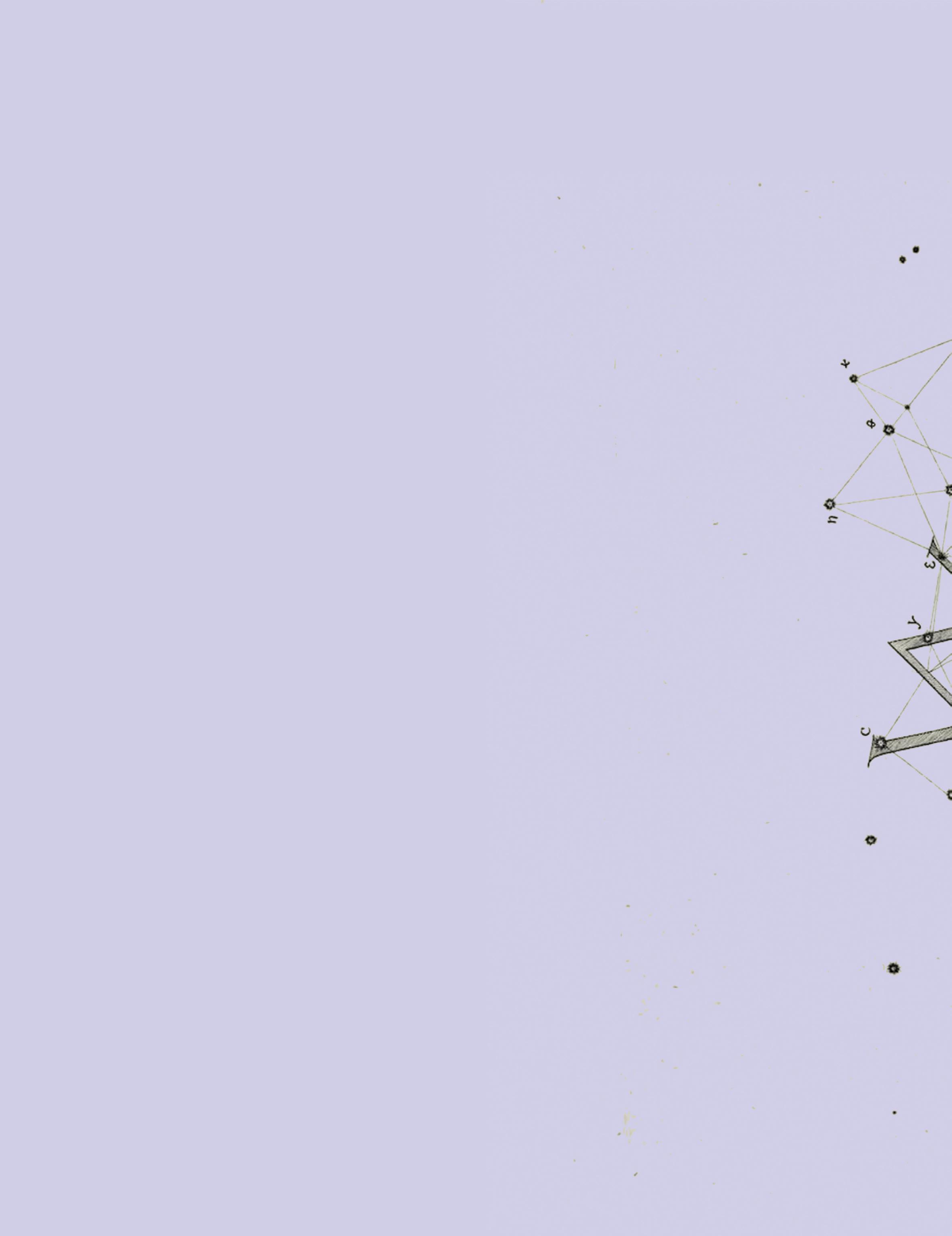

VIRGO* Lock in. With the karmic South Node sitting pretty in your sign for 18 months from January in your 1st house, make sure you’re carving out time for yourself to take a breath. We all know how anxious you can get. Two out of four of 2025’s lunar eclipses will be in your sign, bringing with them a big spotlight. Sure, spotlights can be blinding, but maybe they just make you look extra hot. It’s up to you whether or not you’re posed and ready for its light.
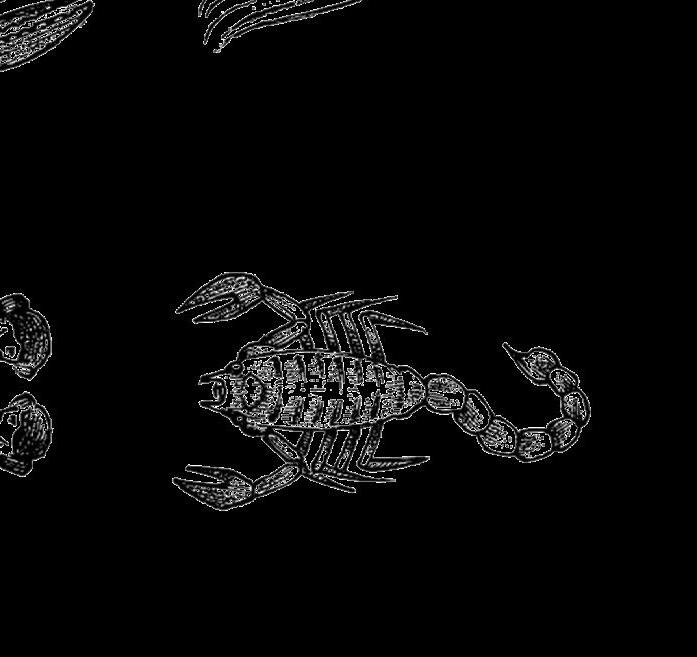

LIBRA* With the South Node finally ditching your sign after 18 months, you could feel a little bit like you’re floating. As one of the most poignant lines from beloved video game Undertale states: “despite everything, it’s still you.” Stay anchored. Lean into your routines and your work, make sure you’re spending time with people who place your feet firmly on the ground, and the world will bloom for you.
SAGITTARIUS* With Jupiter, your ruler, shifting between your eighth and ninth house over the year in Gemini and Cancer, respectively, you might feel a little torn between intimacy and independence. But don’t worry, you’re literally a Sagittarius and everyone loves being around you. Remember who you are and let your intuition guide you in this new year’s weird in-betweens. Overshare to your coworkers (they’ll just be jealous you’re the coolest one there).
SCORPIO*With adventurous and mind-broadening Jupiter and Uranus transiting your 8th house of finances and intimate connection, you might be feeling eager to traverse new paths to get to your big picture. Remember; sexy people don’t buy cryptocurrency. In June, Jupiter’s entrance in your ninth house of travel, for the first time since 2014, reminds you that the world is your oyster. Broaden your horizons. Be as esoteric as you want. Use words like ‘esoteric’ more. It’s okay if you don’t totally know what they mean.

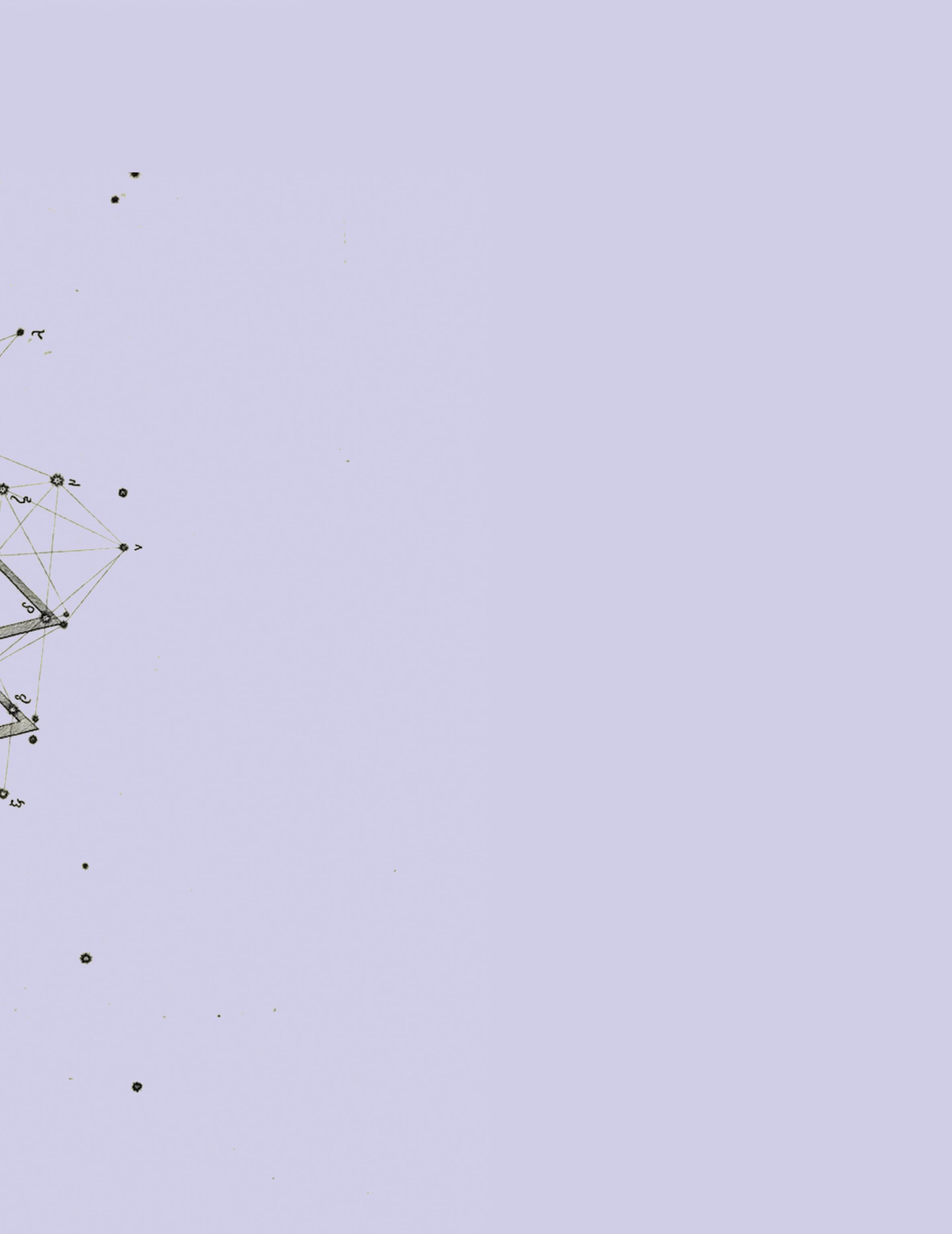
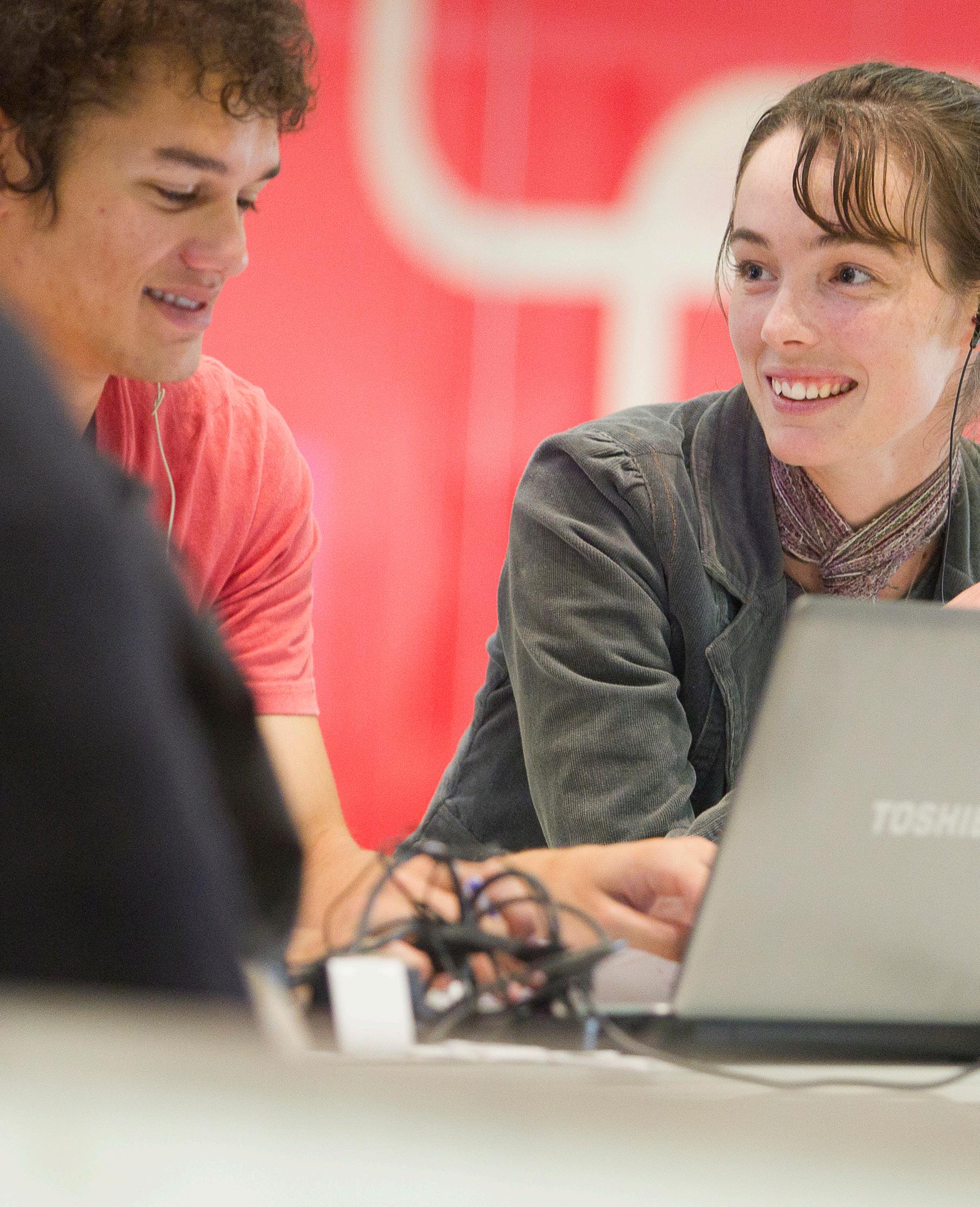
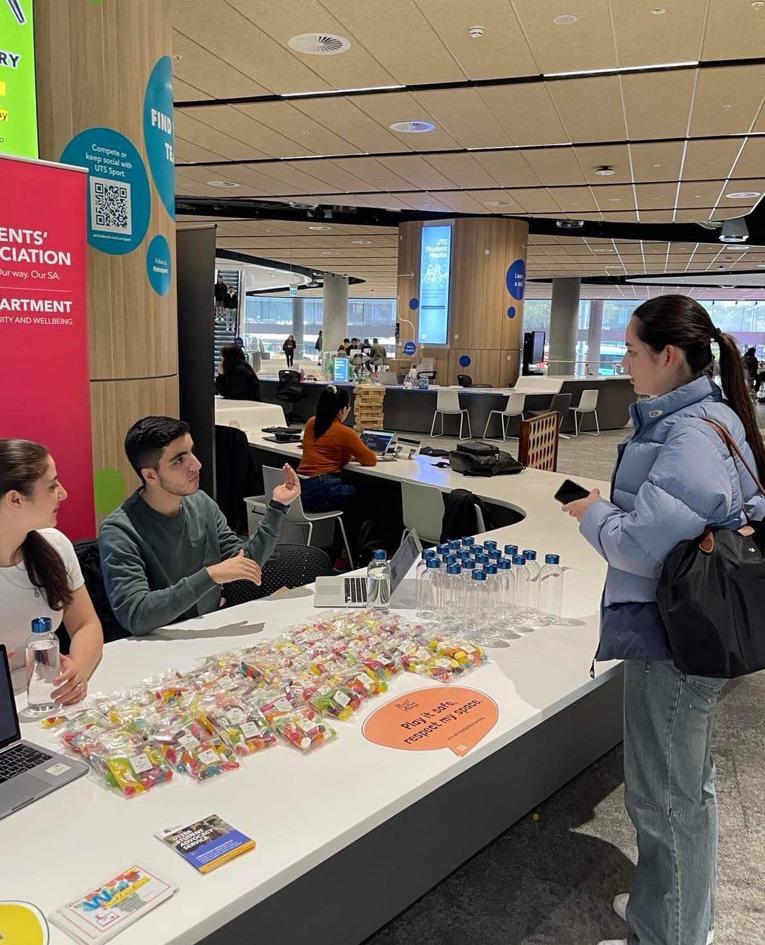
If you’re a UTS student with commitment issues to your degree that prevent you from going on a longer exchange, you should apply for a Global Short Program. They’re funded by the New Colombo Plan, which seems to be a nation-wide strategy to try and stop exchanges from being a prolonged ‘Euro-summer’ and instead spend more time learning with our neighbours in the Indo-Pacific region.
In November and December I went with a group of Jumbunna students to study tea production economics at Chiang Mai University. At the same time, there was a Global Short Program of UTS Journalism students that we crossed over with.
On one of our weekends we went to Mae Kampong village, which has become known for its small scale eco-tourism model. The image on this page is of Thiramet, who has been a leader of the village for decades.
In Northern Thailand tea has traditionally been eaten, in the form of Miang. It is made by fermenting tea leaves and then packing them into a dense brick which is then broken apart and chewed. Although the Miang trader historically
By Mannix Thomson (he/him)
was always known to be pretty well off, consuming tea in this way has largely fallen out of fashion.
Mae Kampong shifted away from agriculture and into tourism, yet aimed to maintain its cultural identity and agricultural practice by implementing homestays instead of resorts.
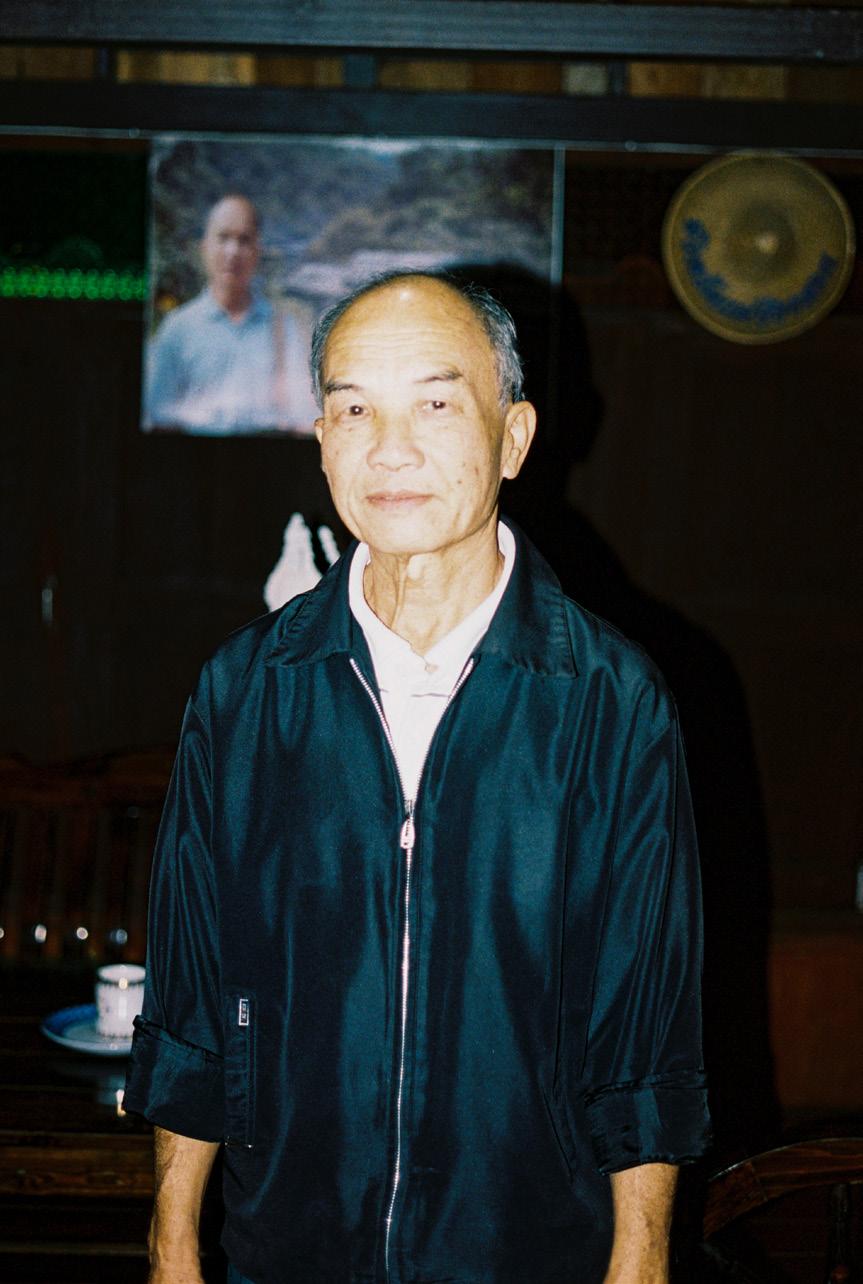
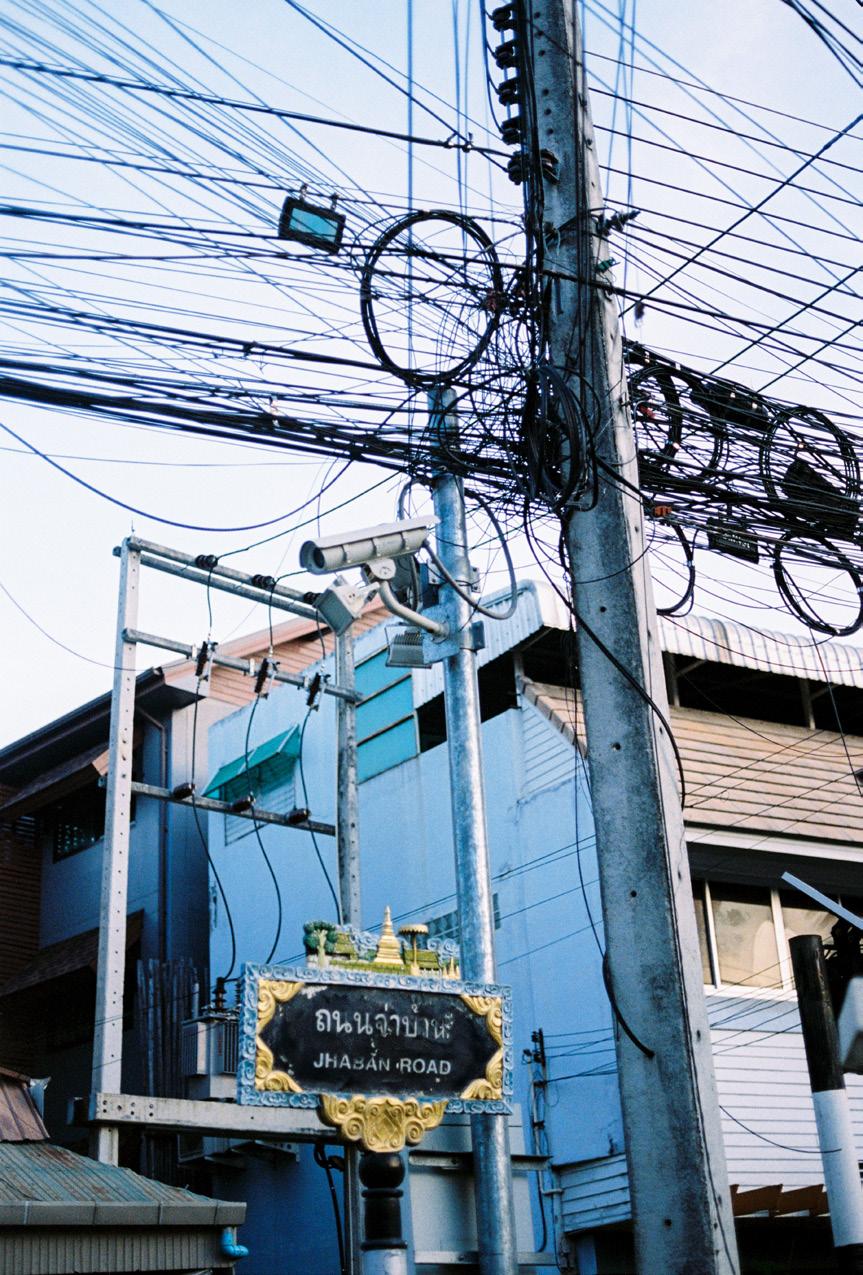
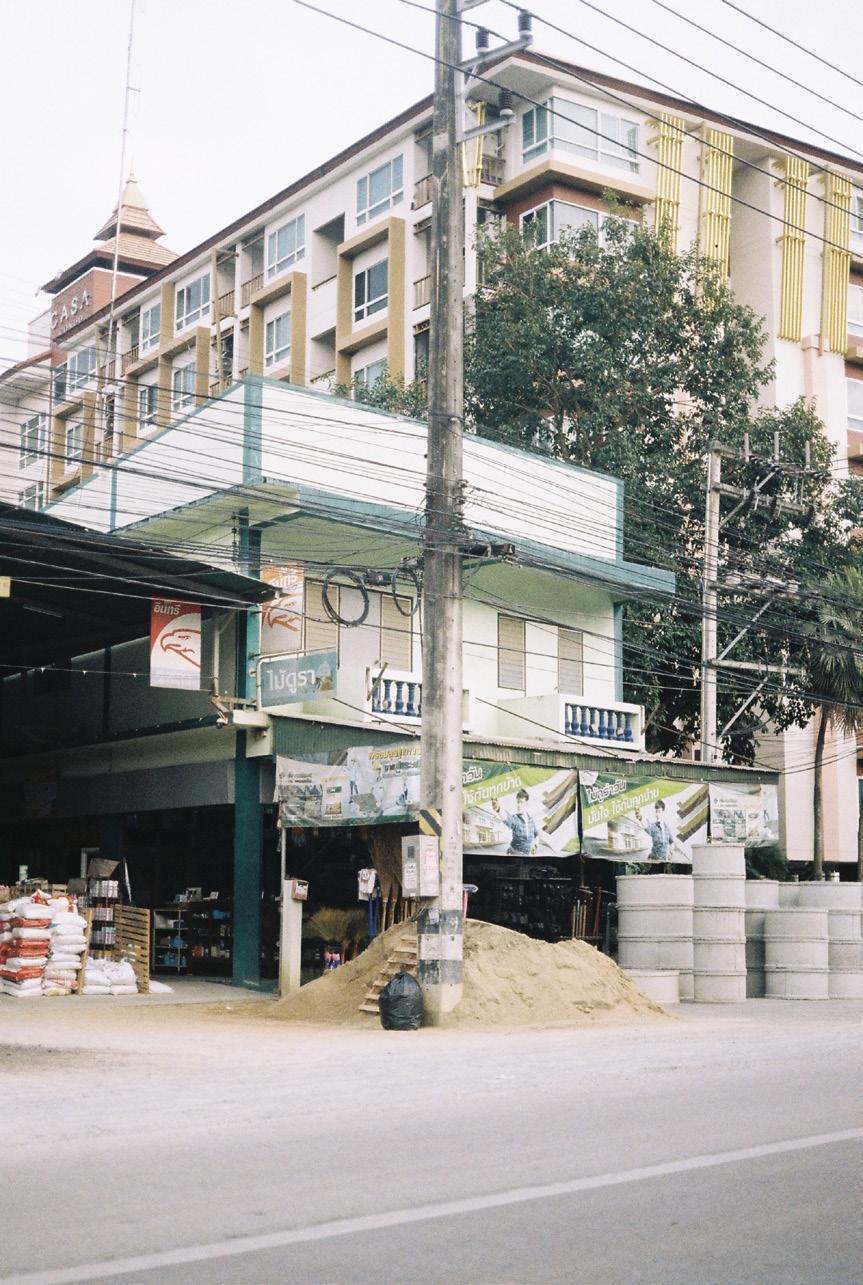
After my program had finished, I travelled to Hong Kong, and then mainland China (Yangshuo and Guilin) for a few weeks. While I was in the area I met up with a couple of UTS fashion students who were also doing a Global Short Program in Hong Kong. You’ve got to make the most out of that government dollar.
There are big construction efforts at the moment. They’re putting all the power lines under the street. We all thought that it was a shame because it was one of the things we appreciated about Chiang Mai instantly; their haphazard makeshiftness is beautiful and fascinating. Although when I mentioned them to Ice, one of my buddies from Chiang Mai University, he told me he found them embarrassing.
Our Chiang Mai Uni buddies will be visiting Sydney in February.
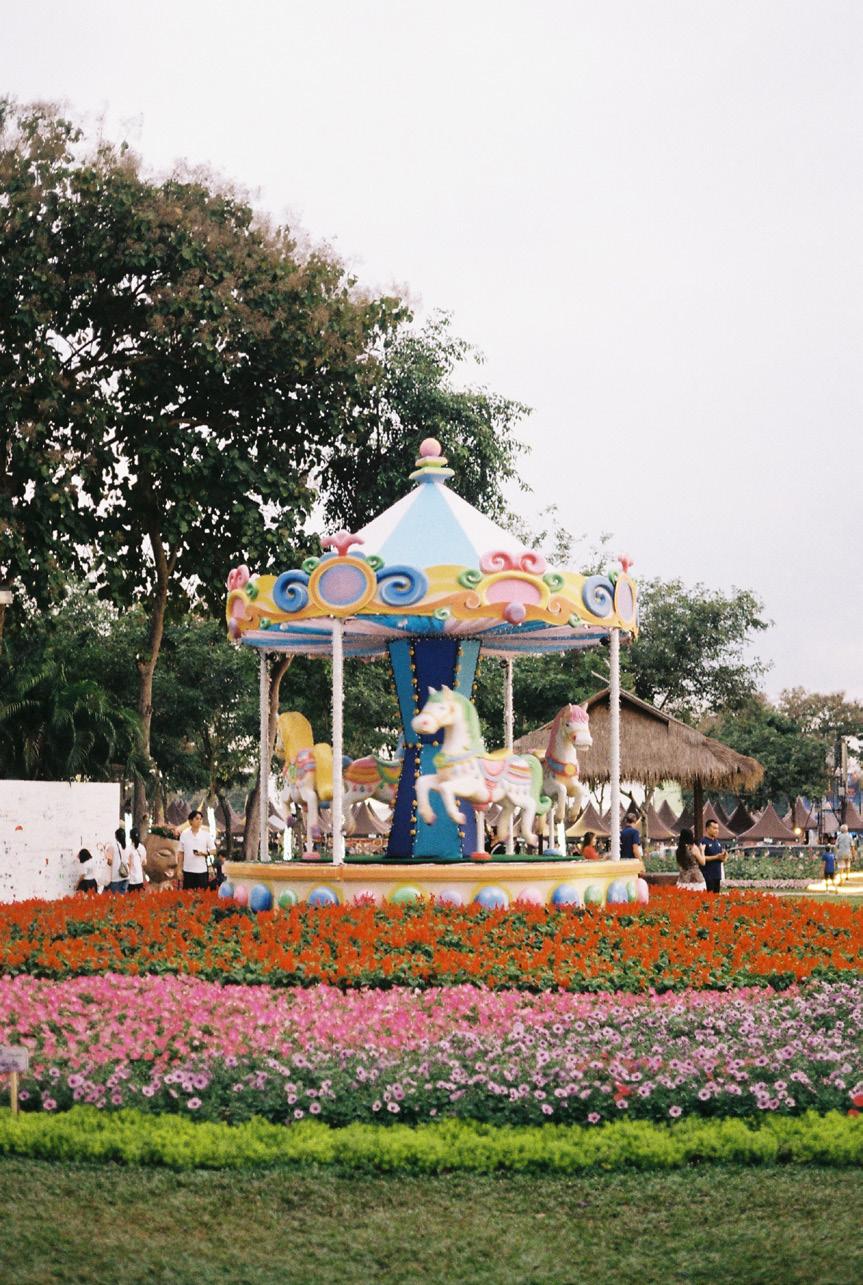
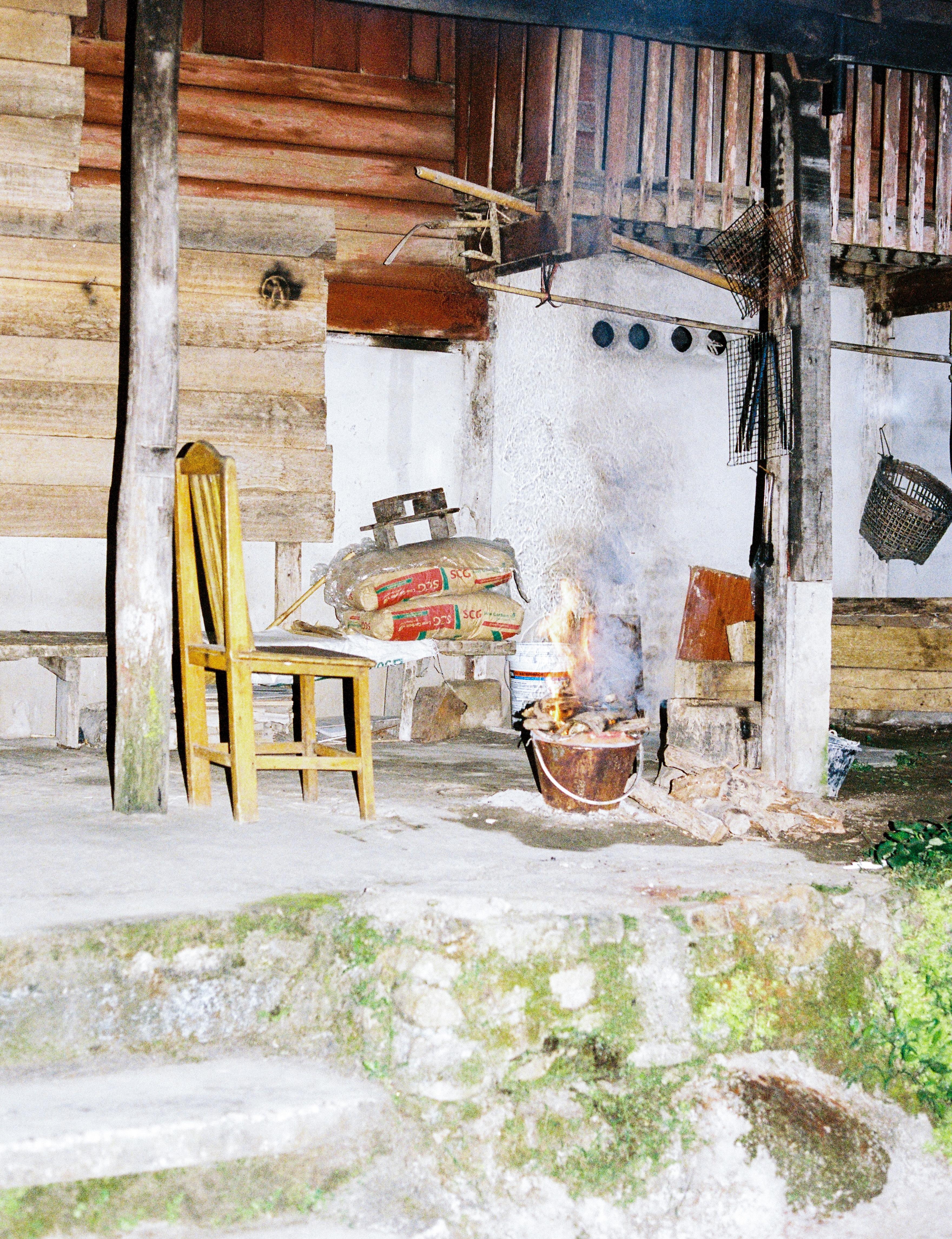
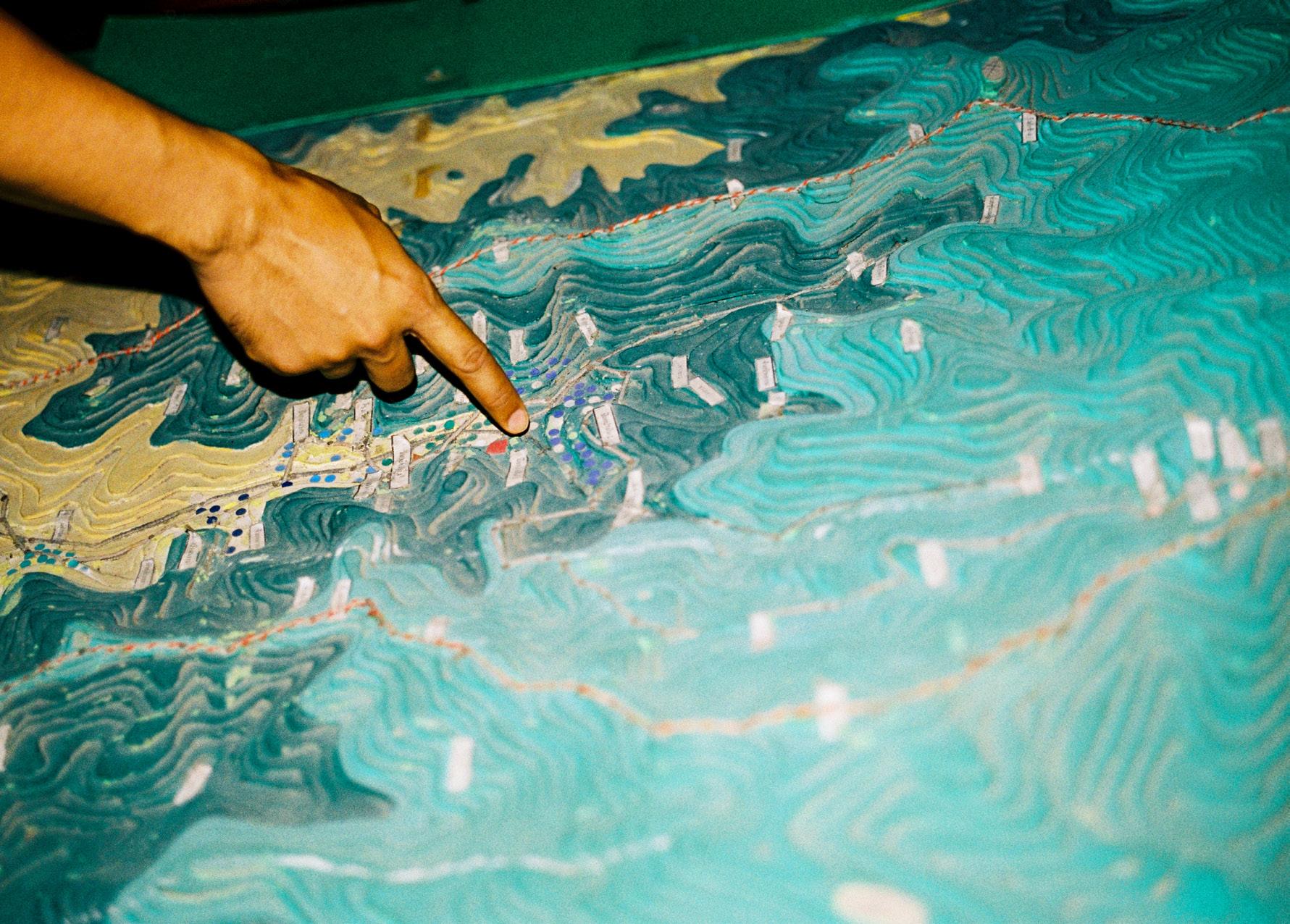
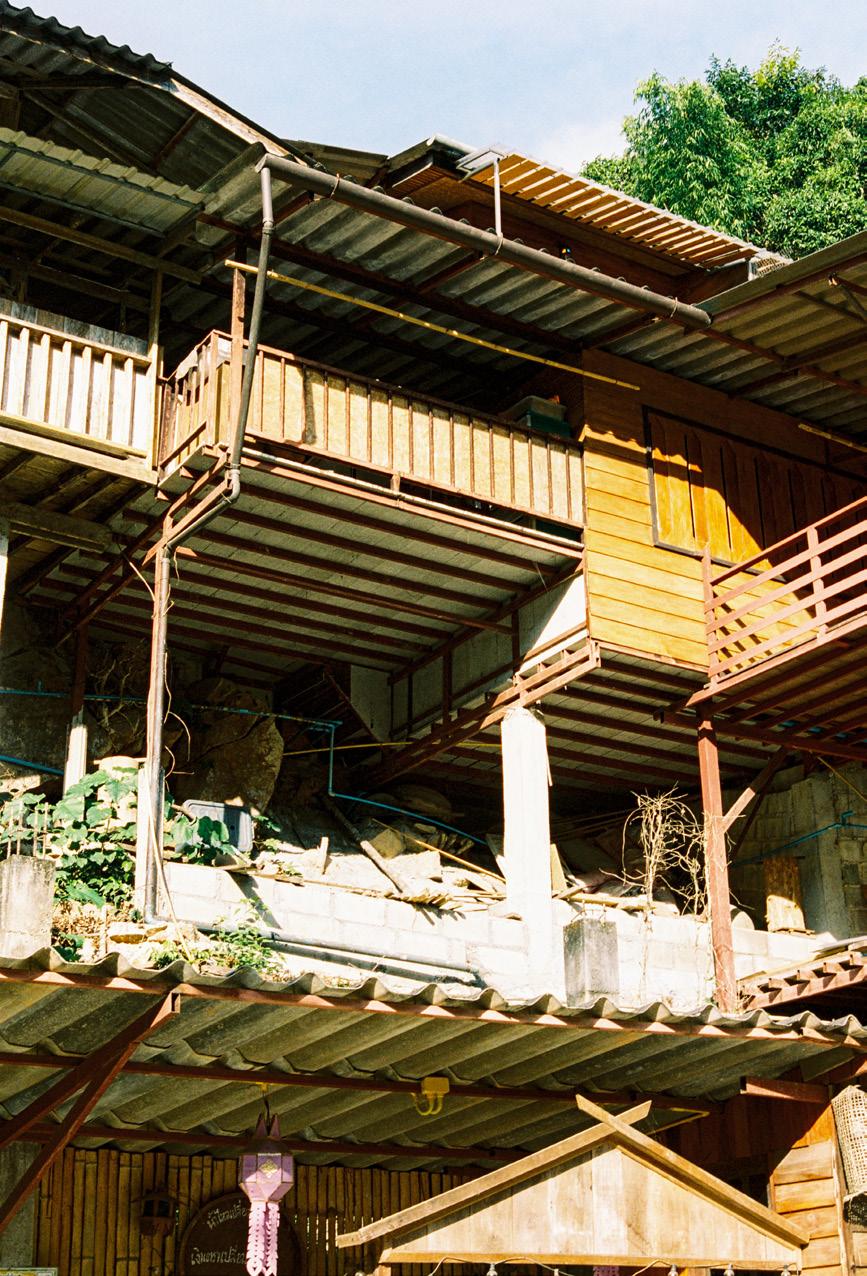

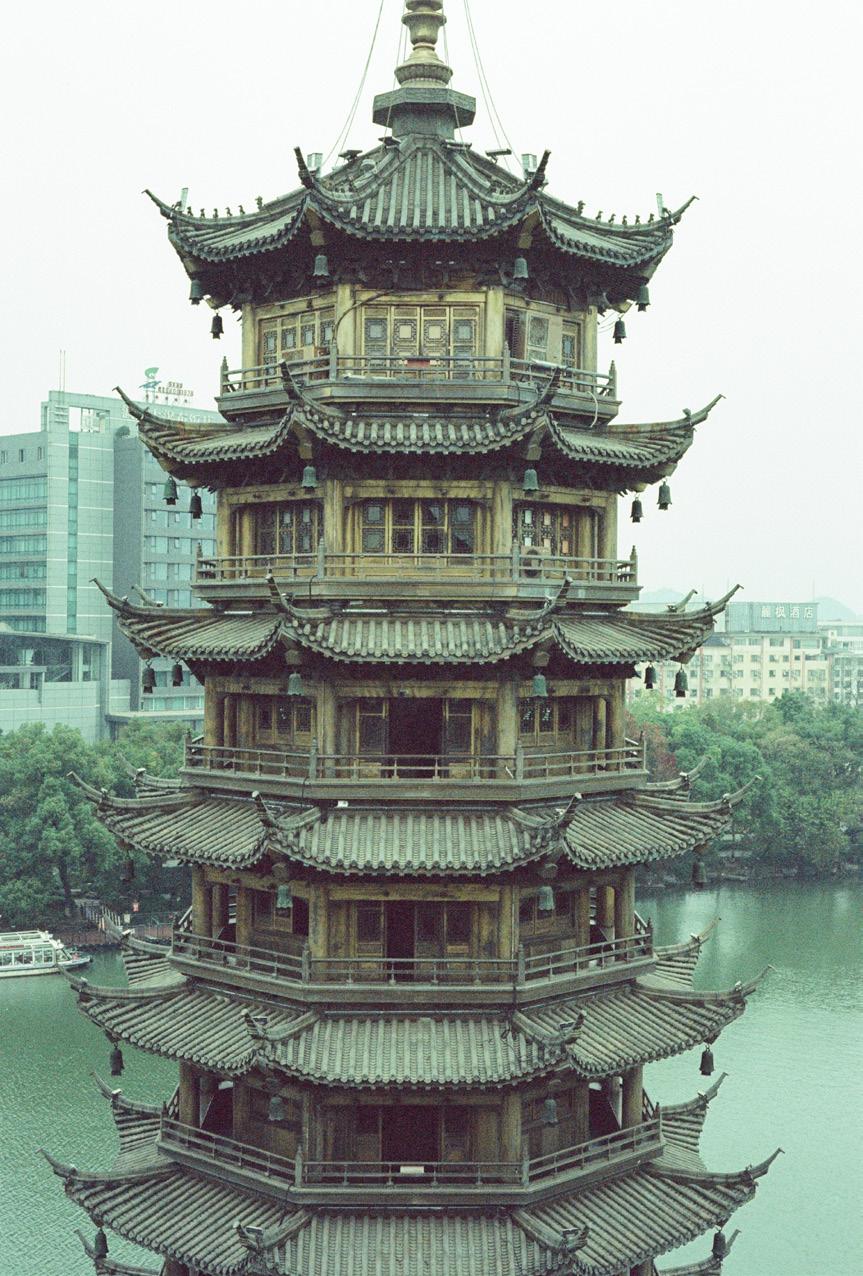
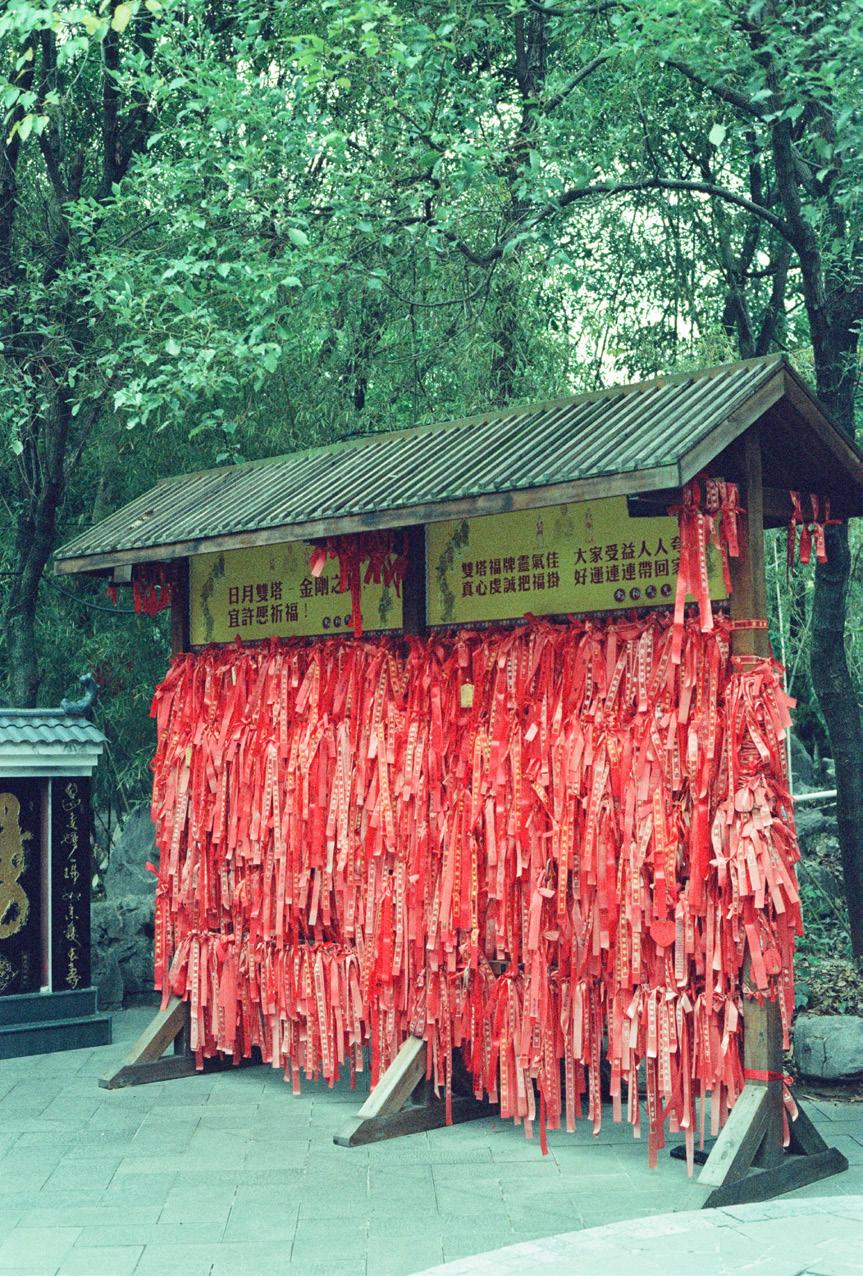

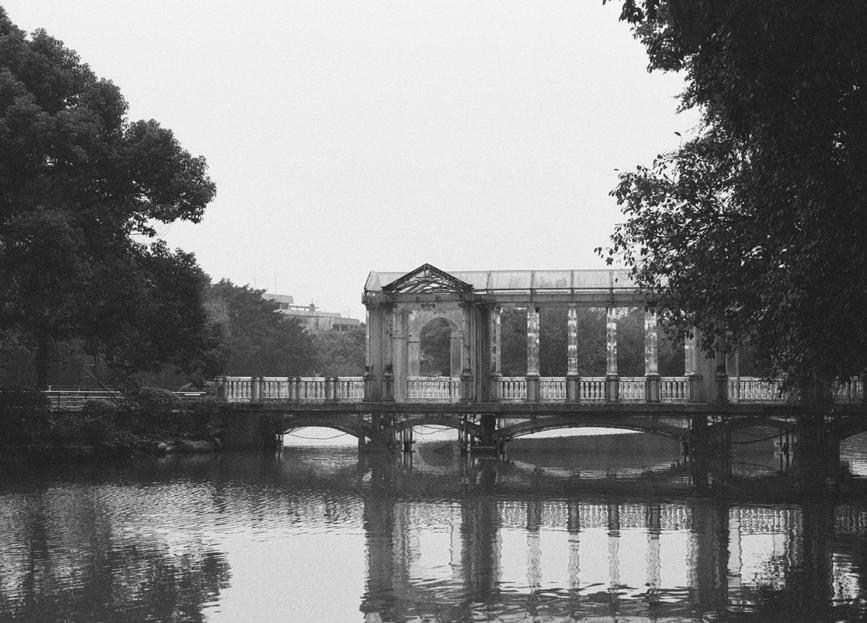
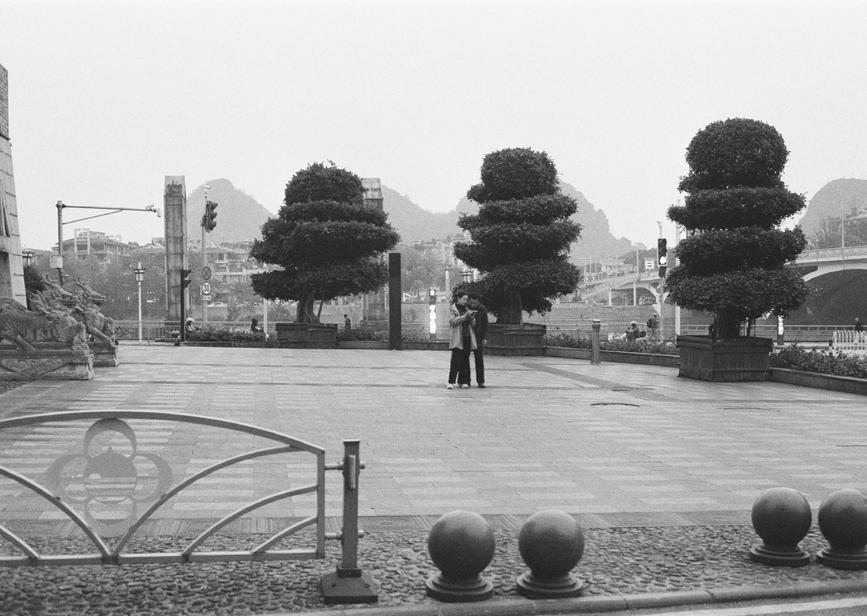
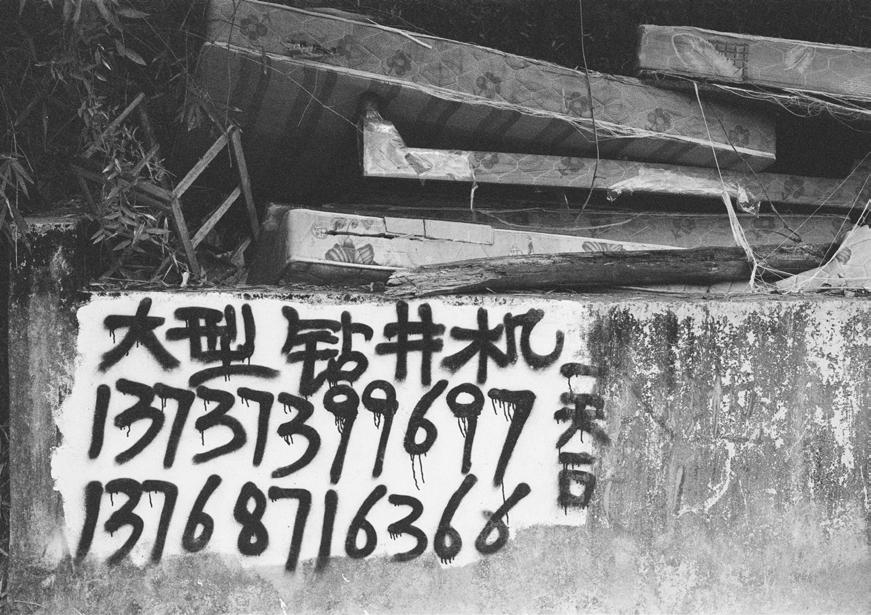

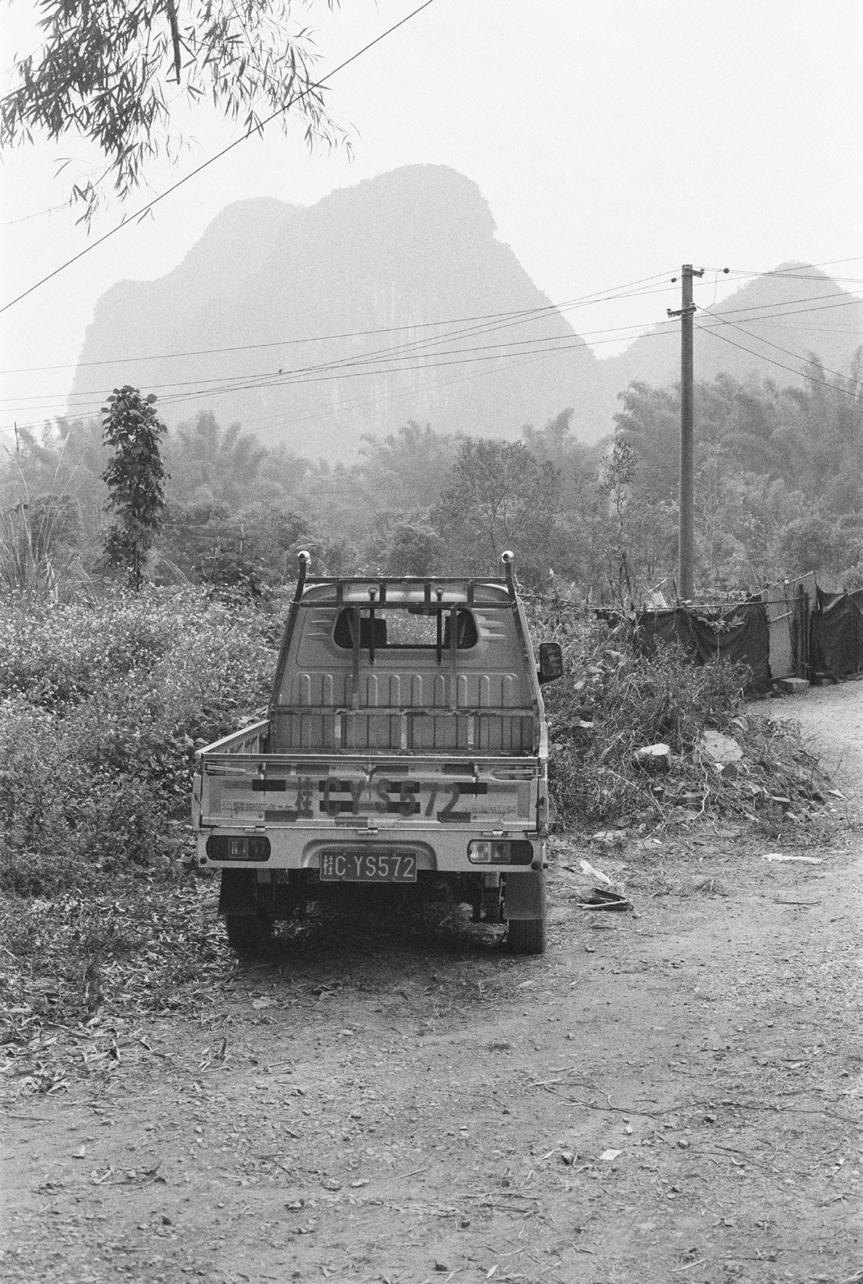


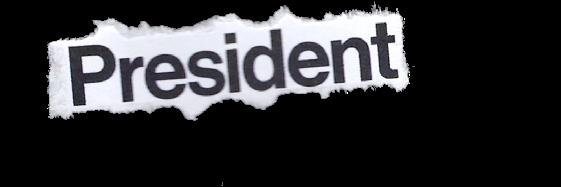


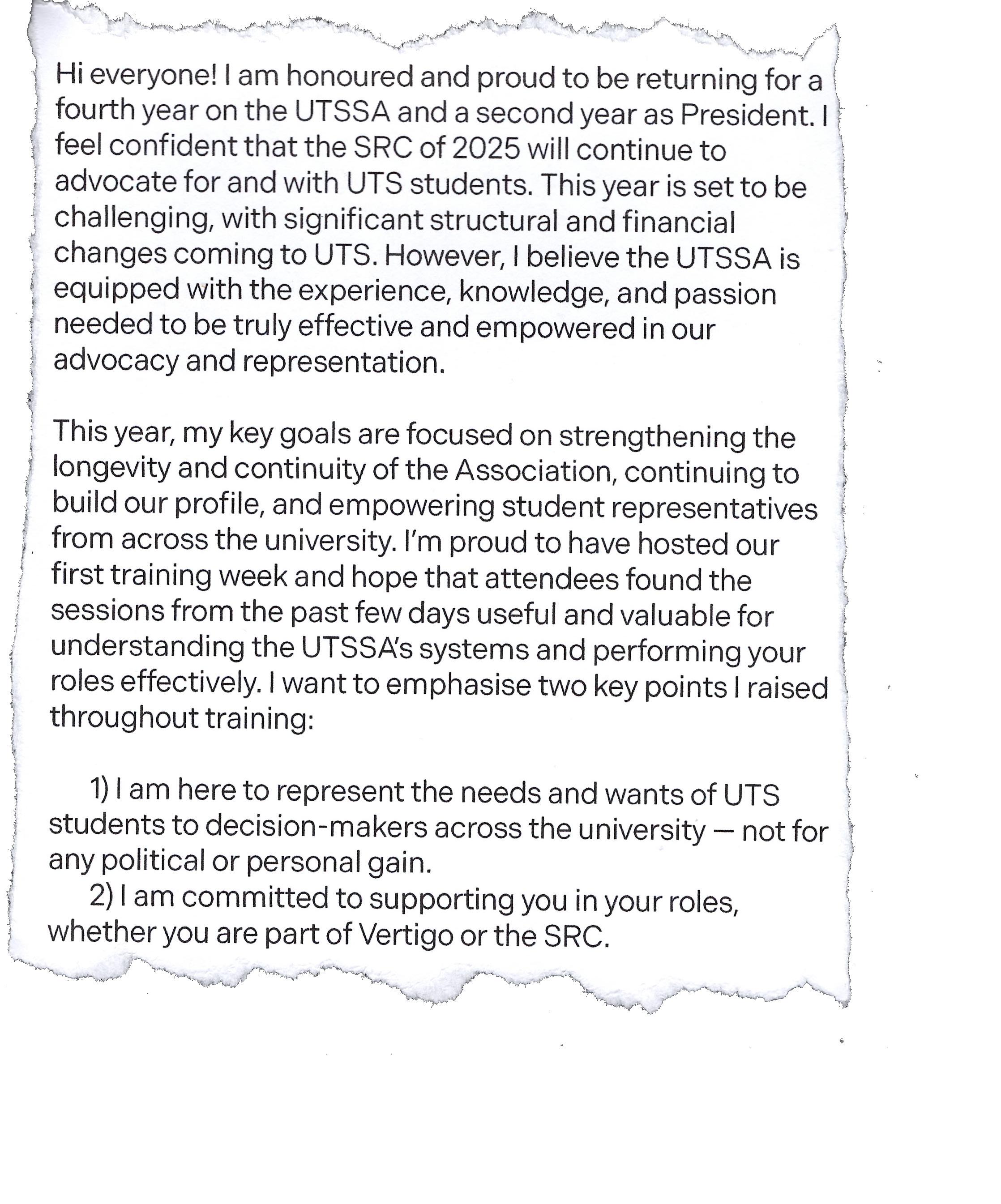
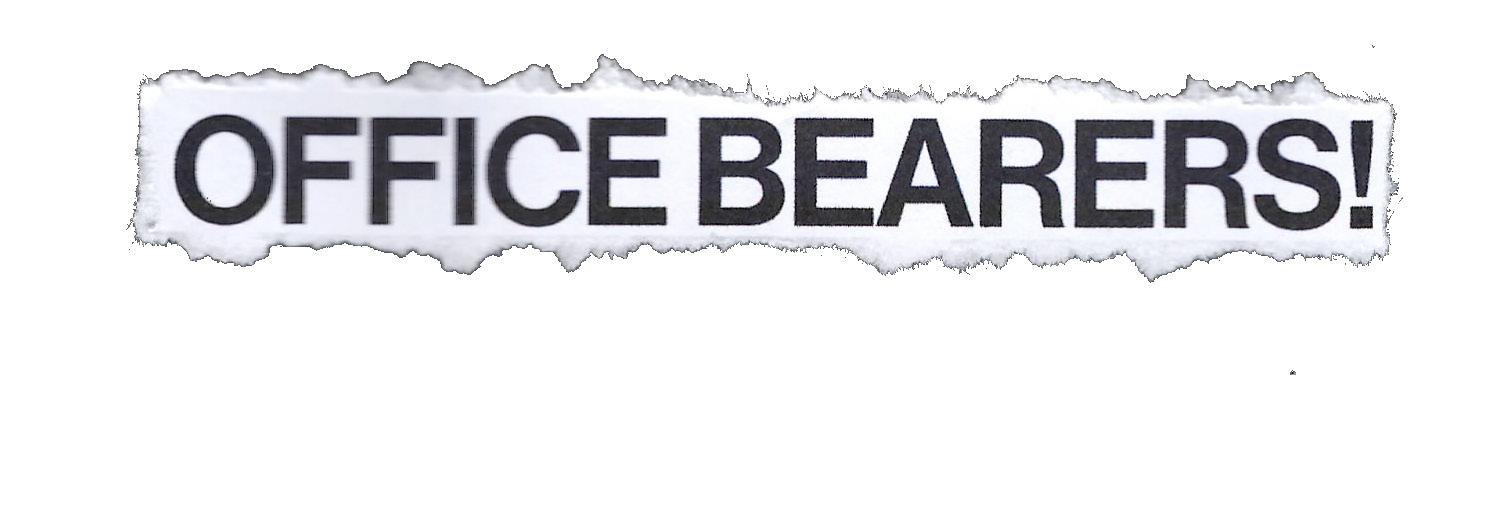
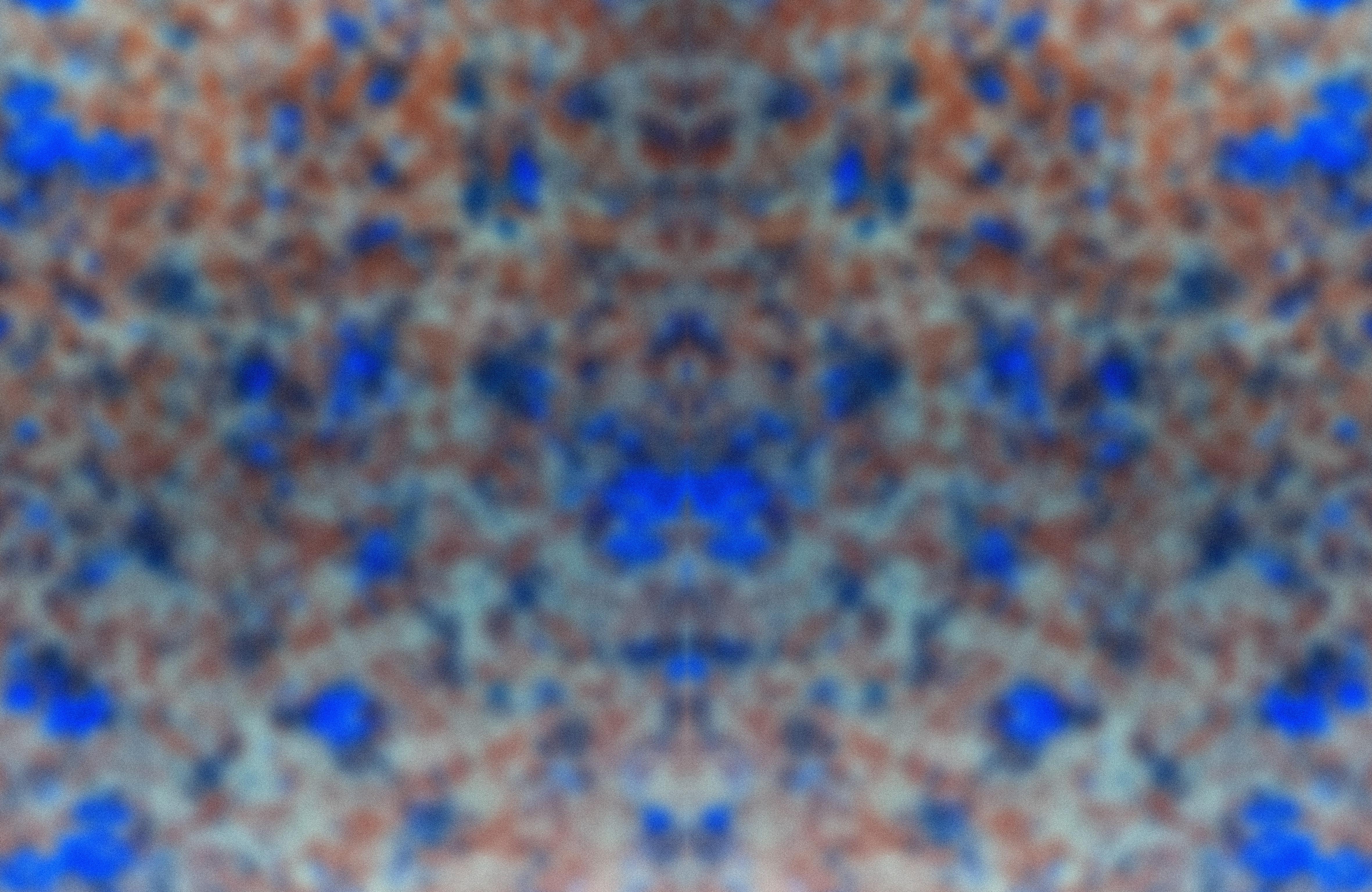
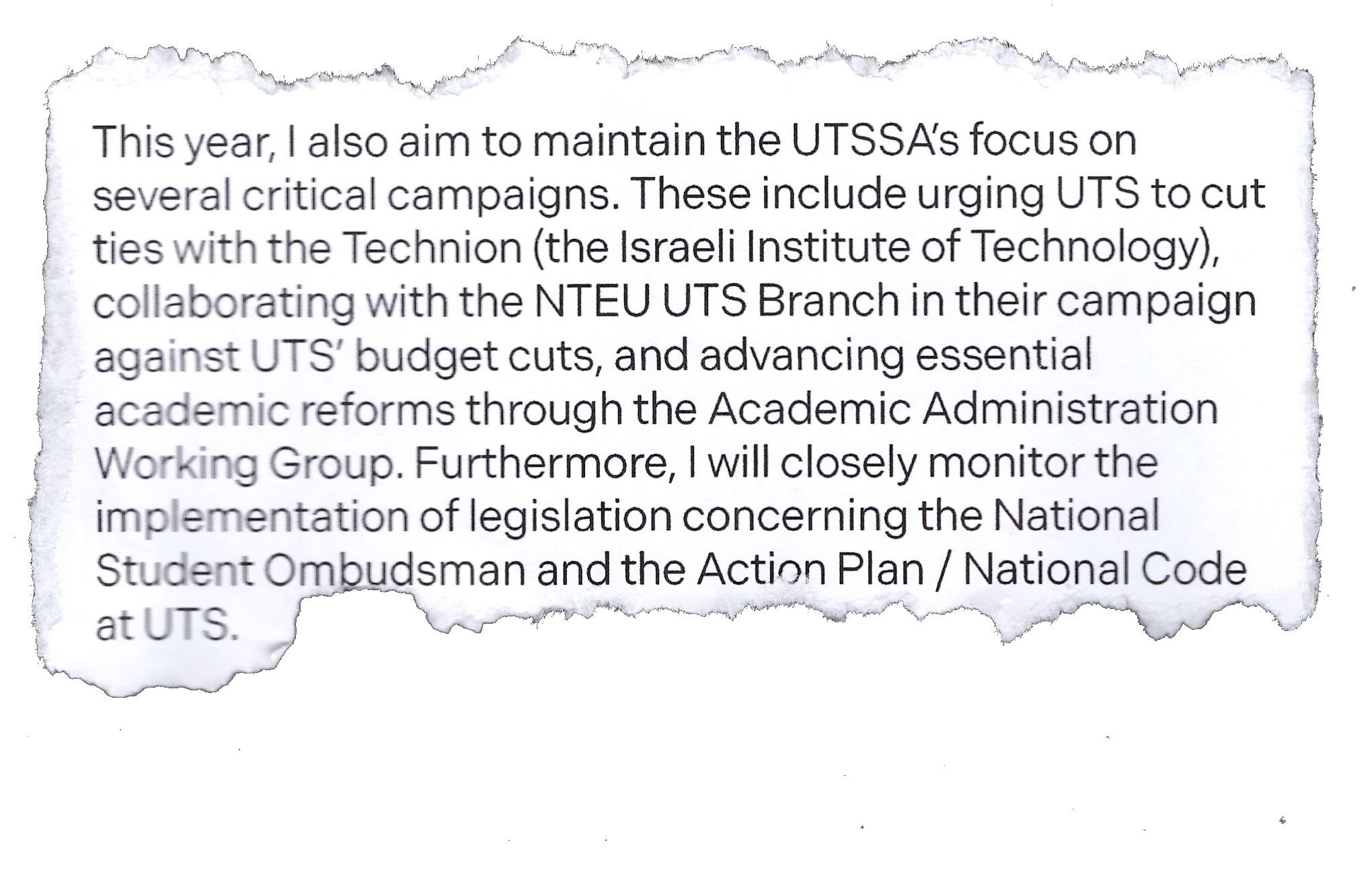
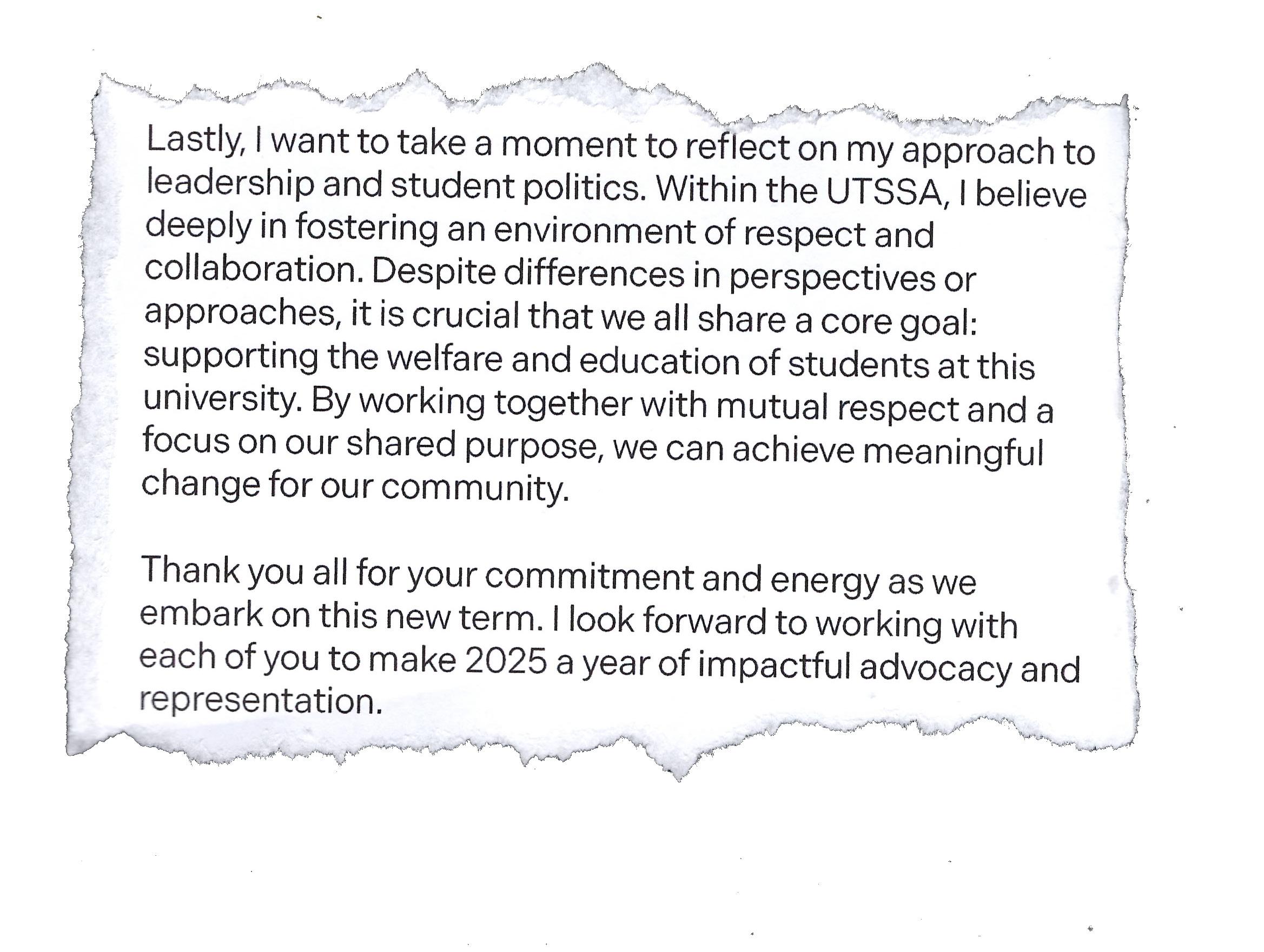
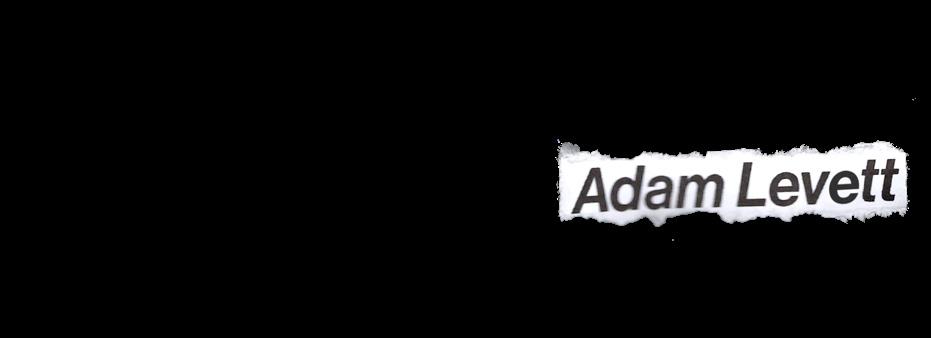
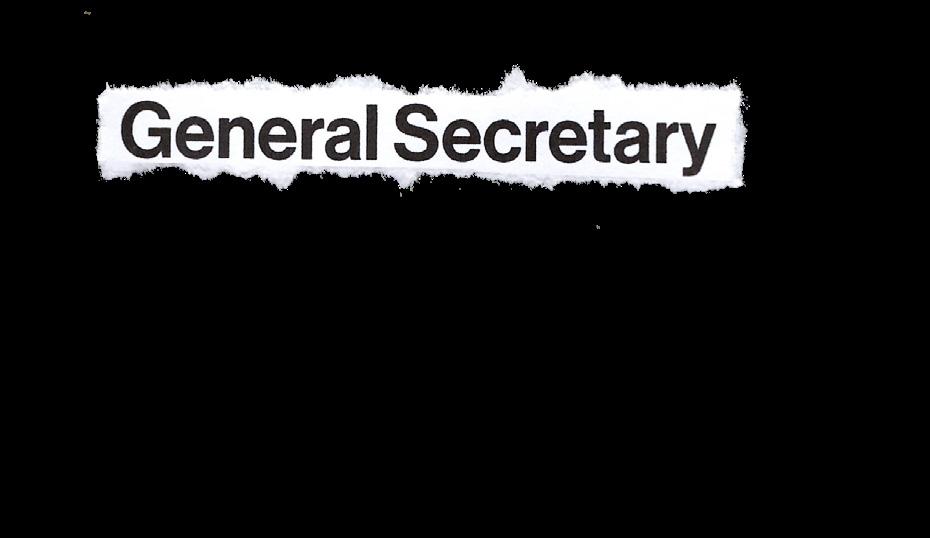

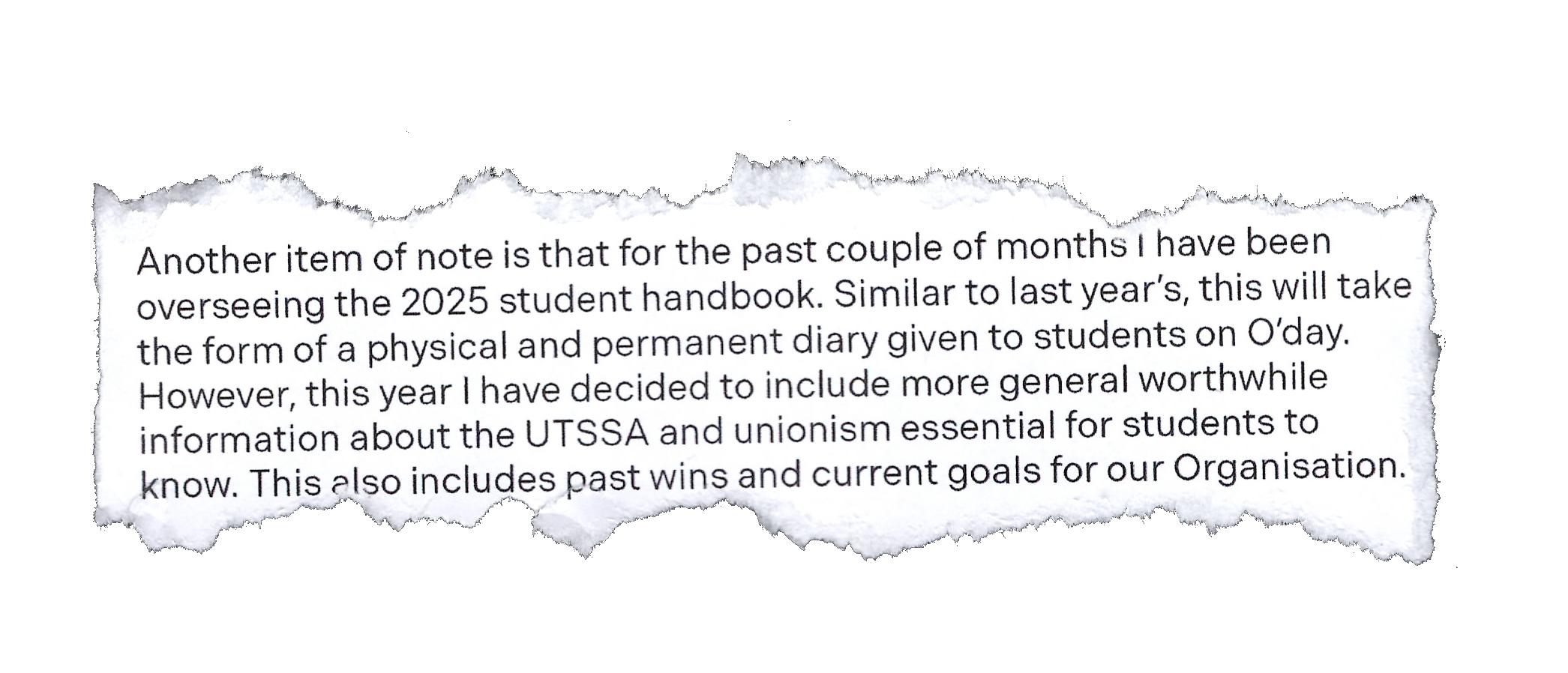
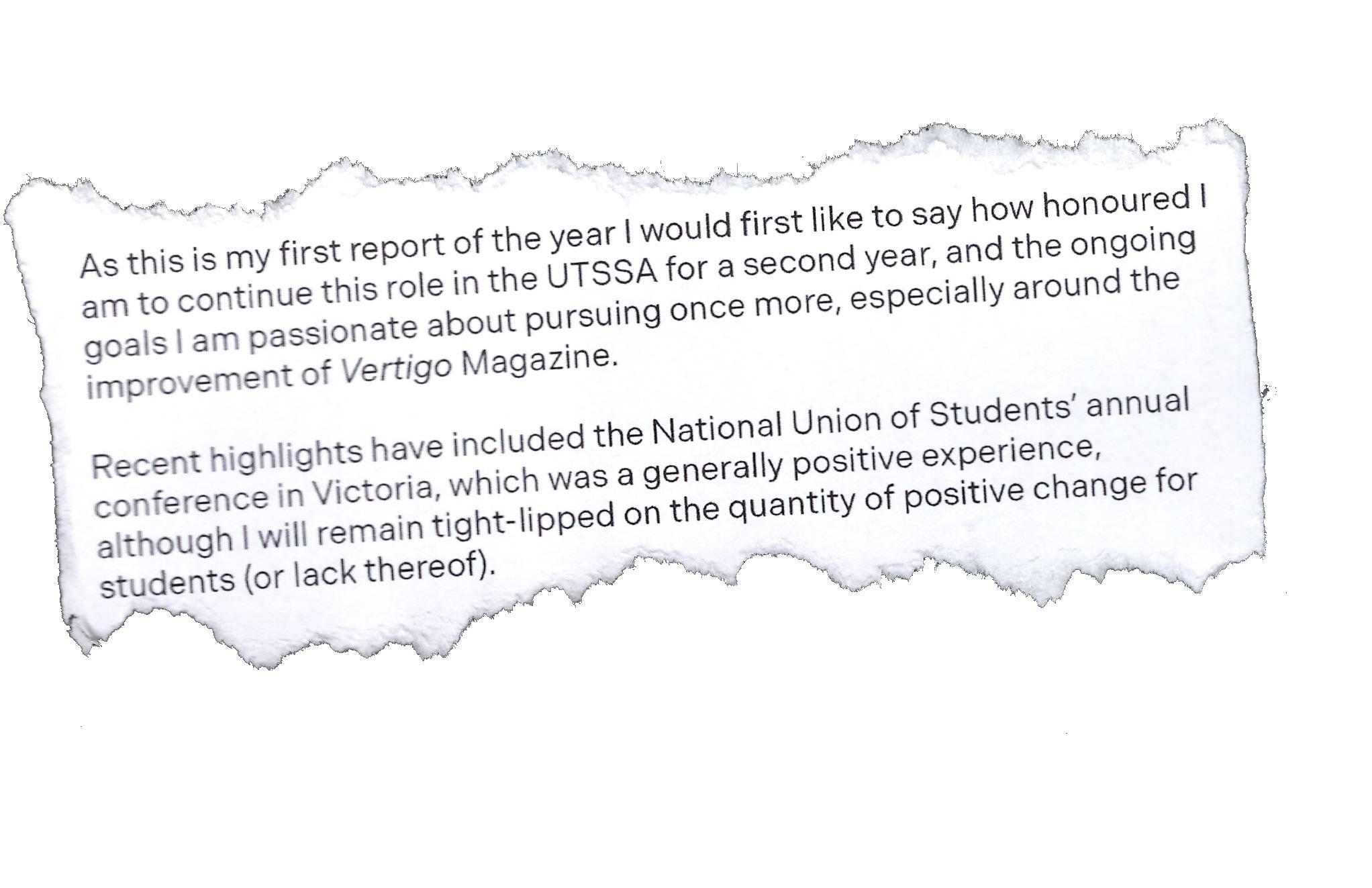





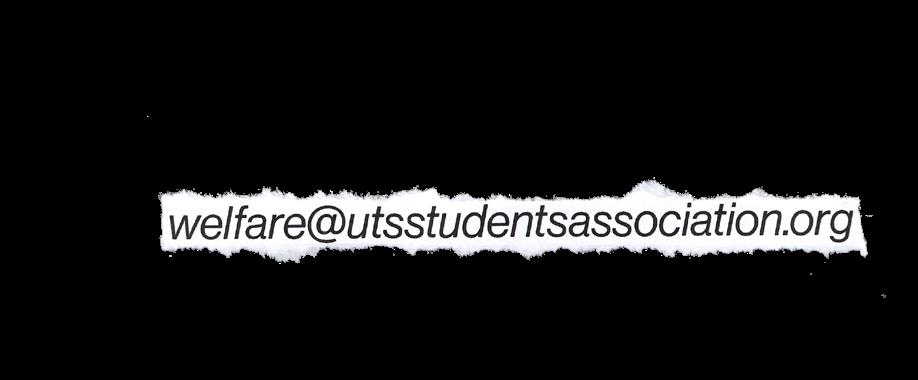
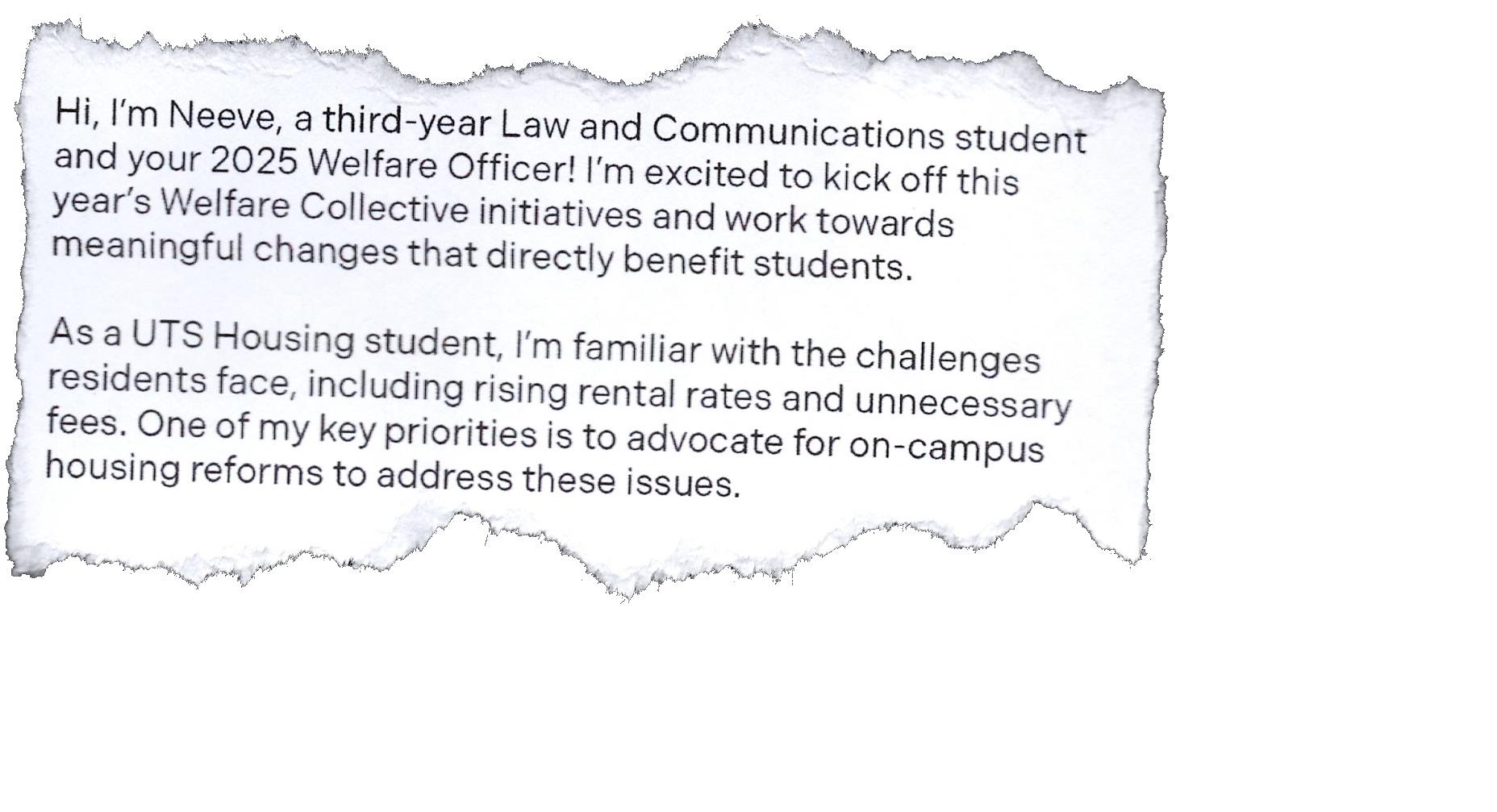

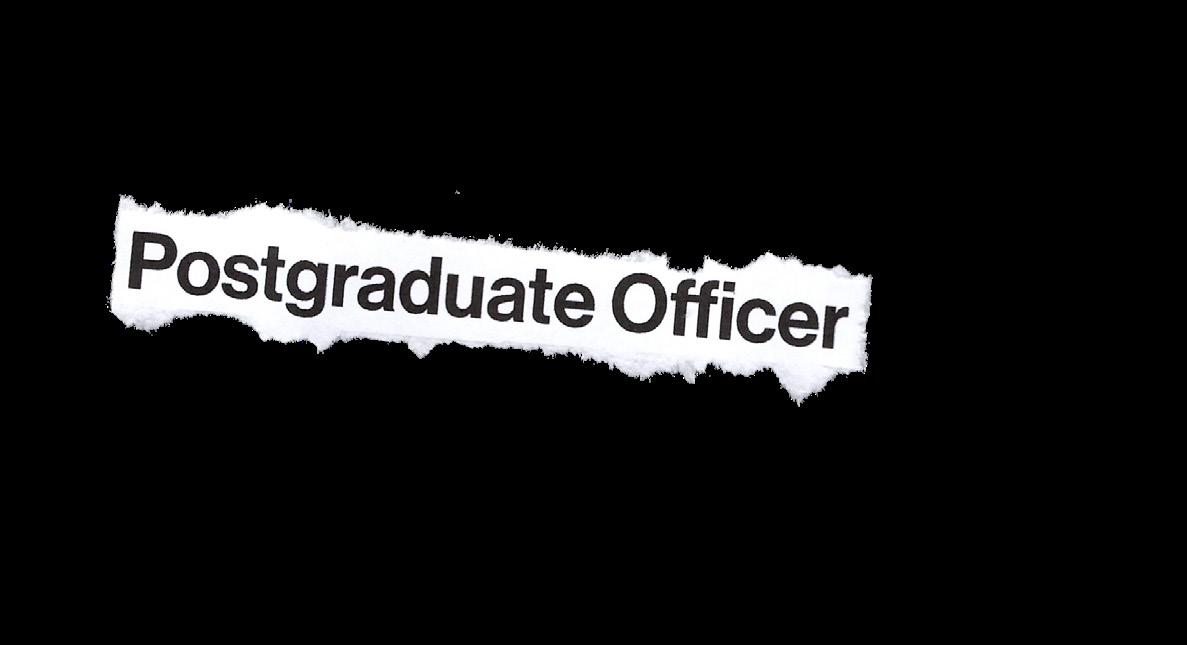
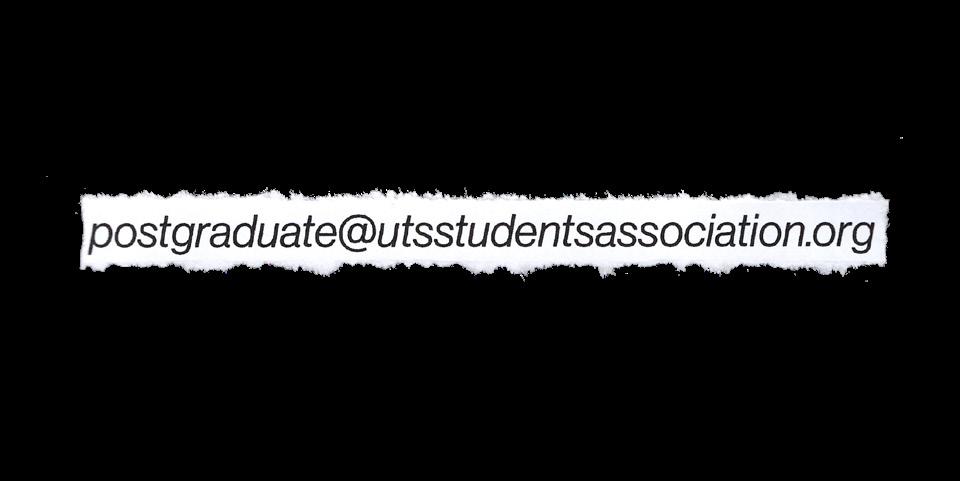
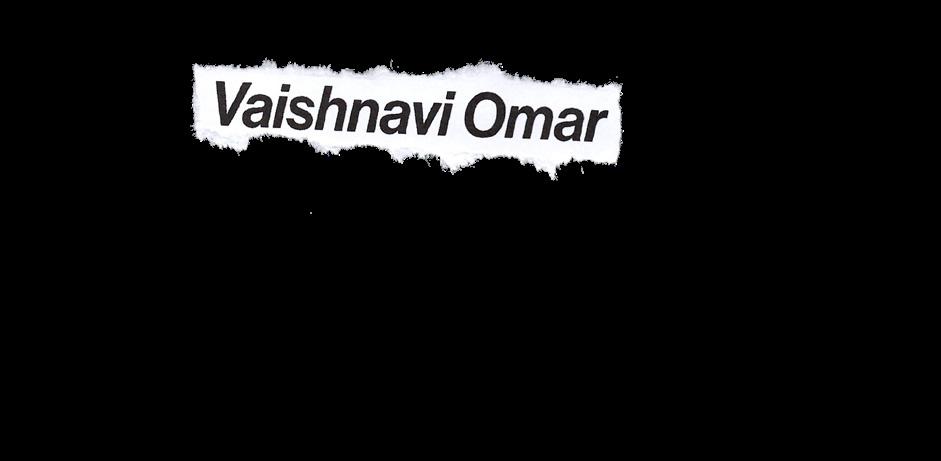
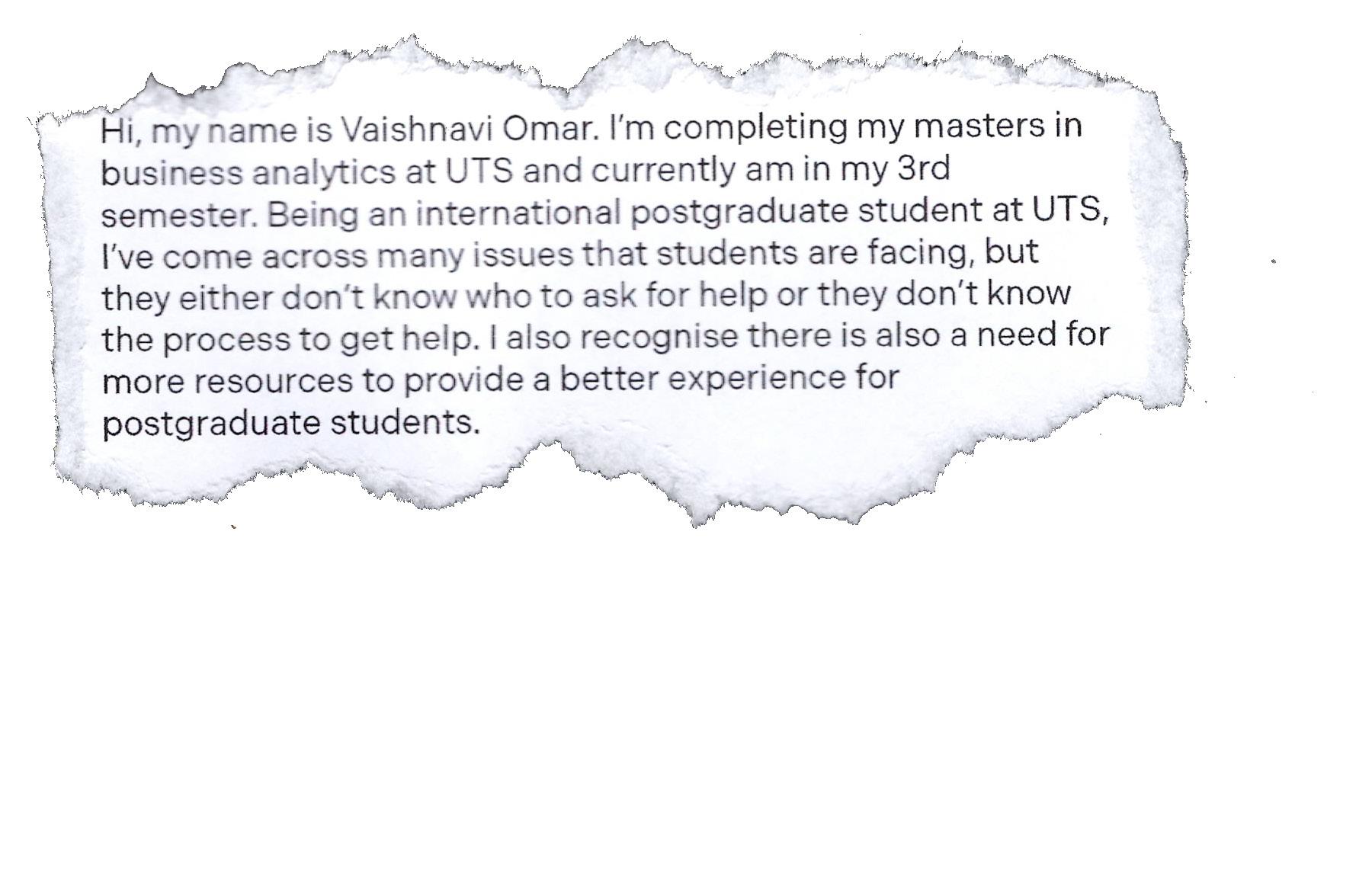
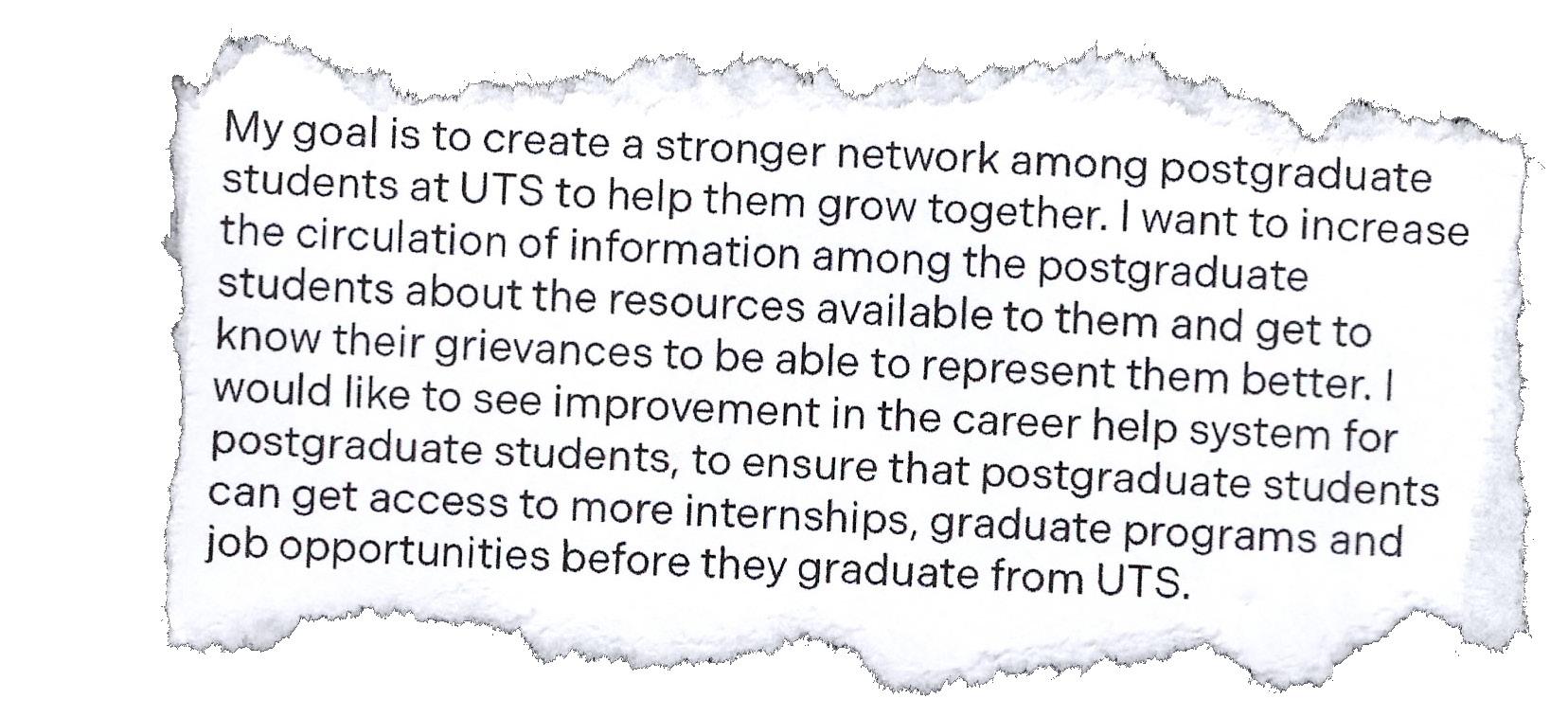

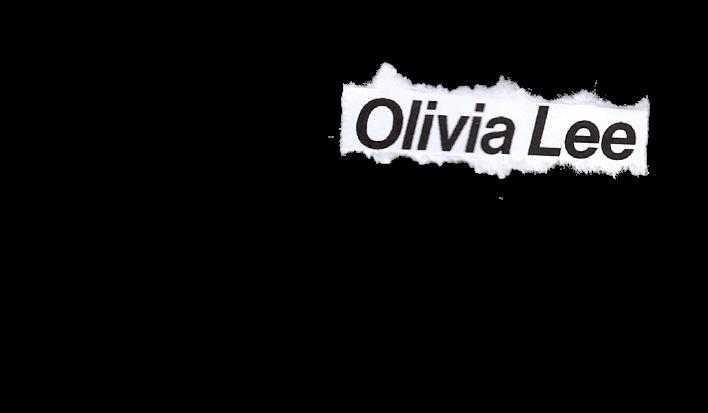
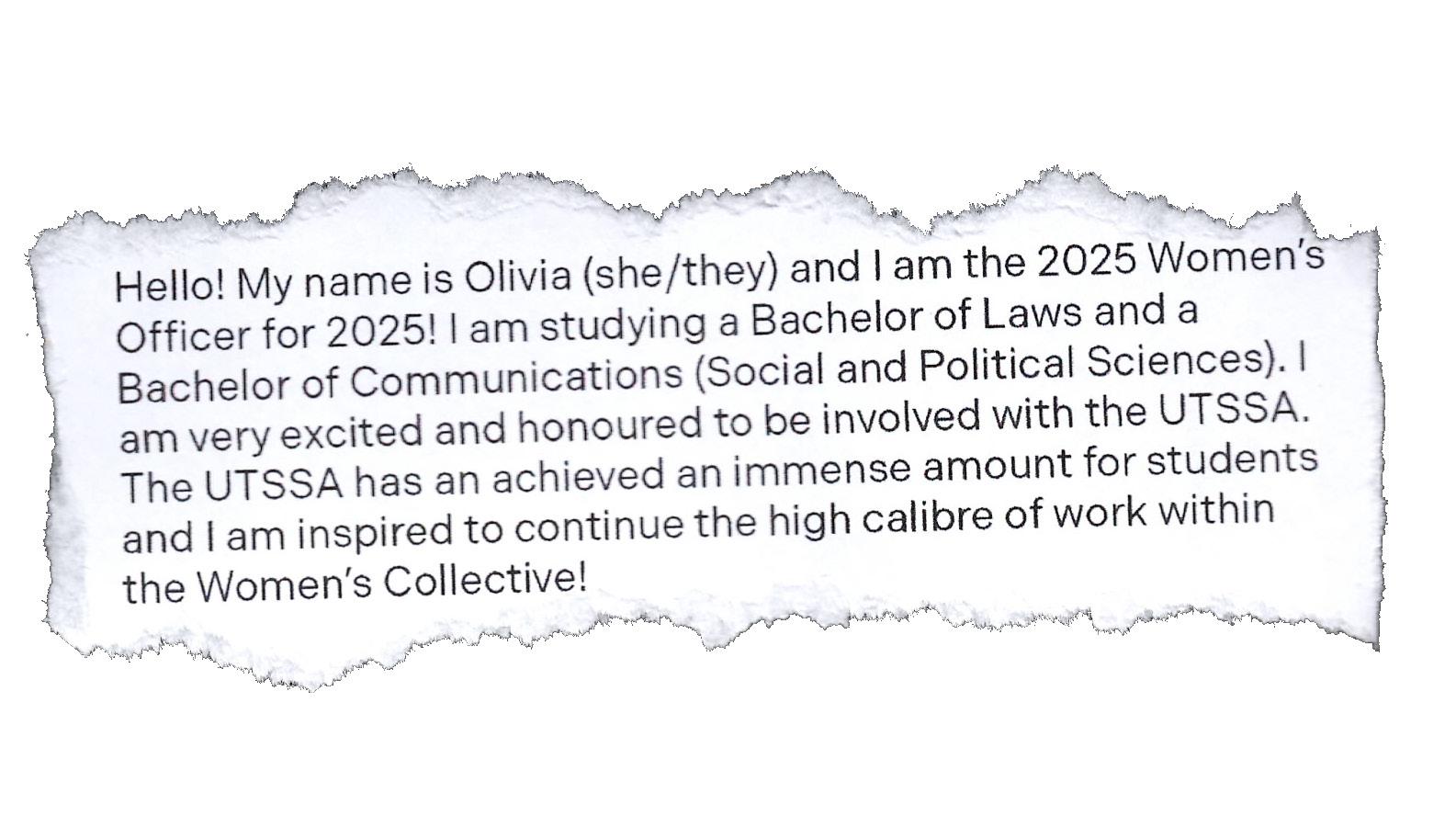



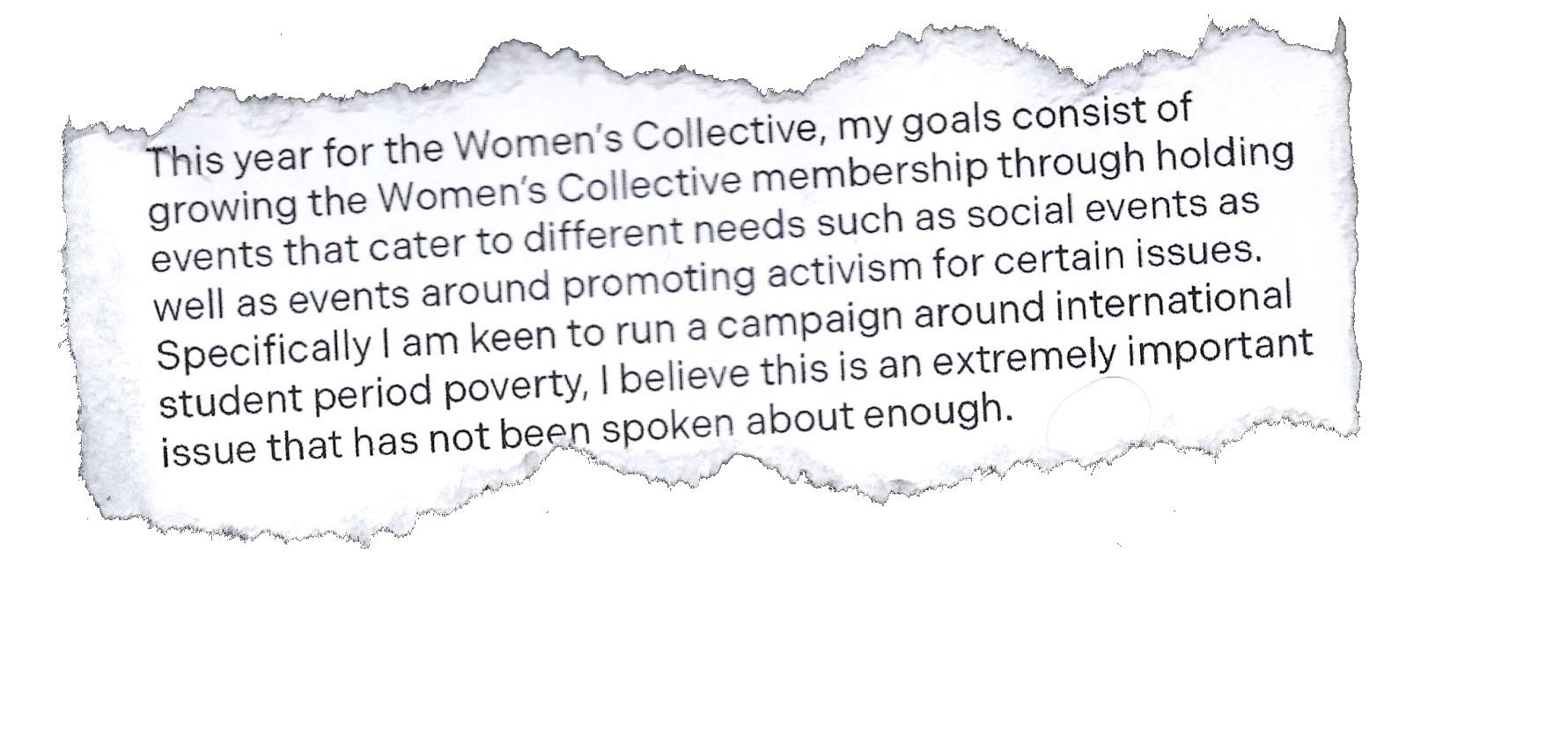
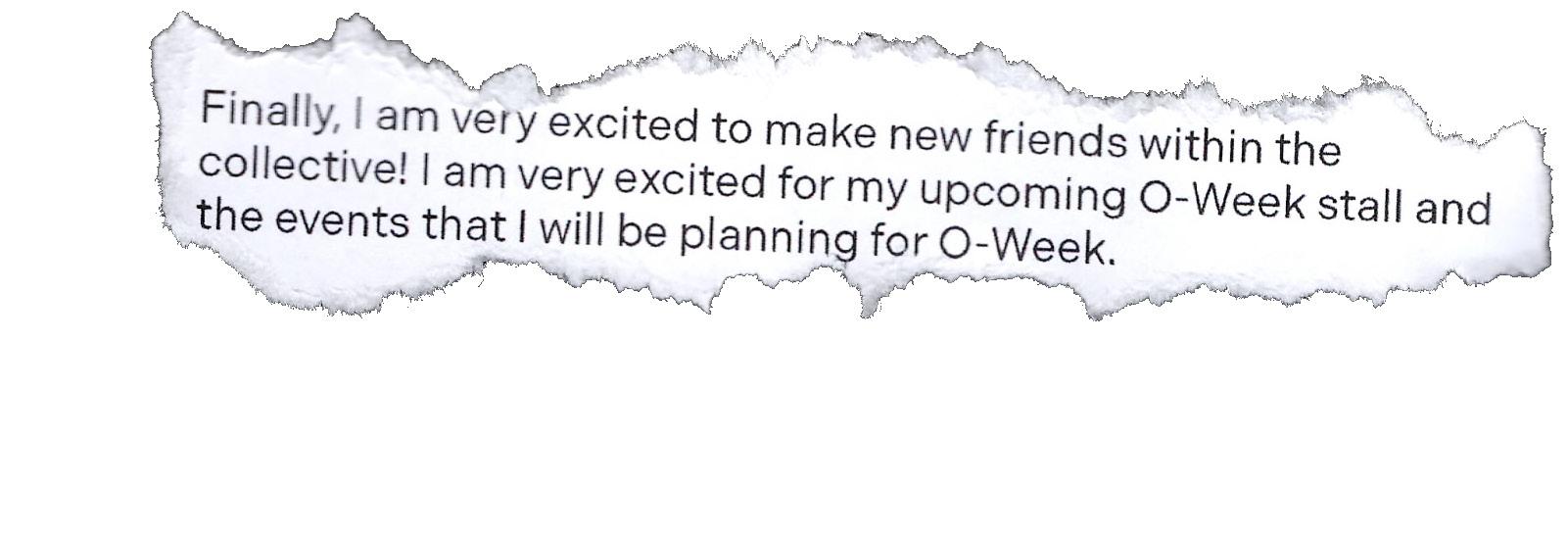
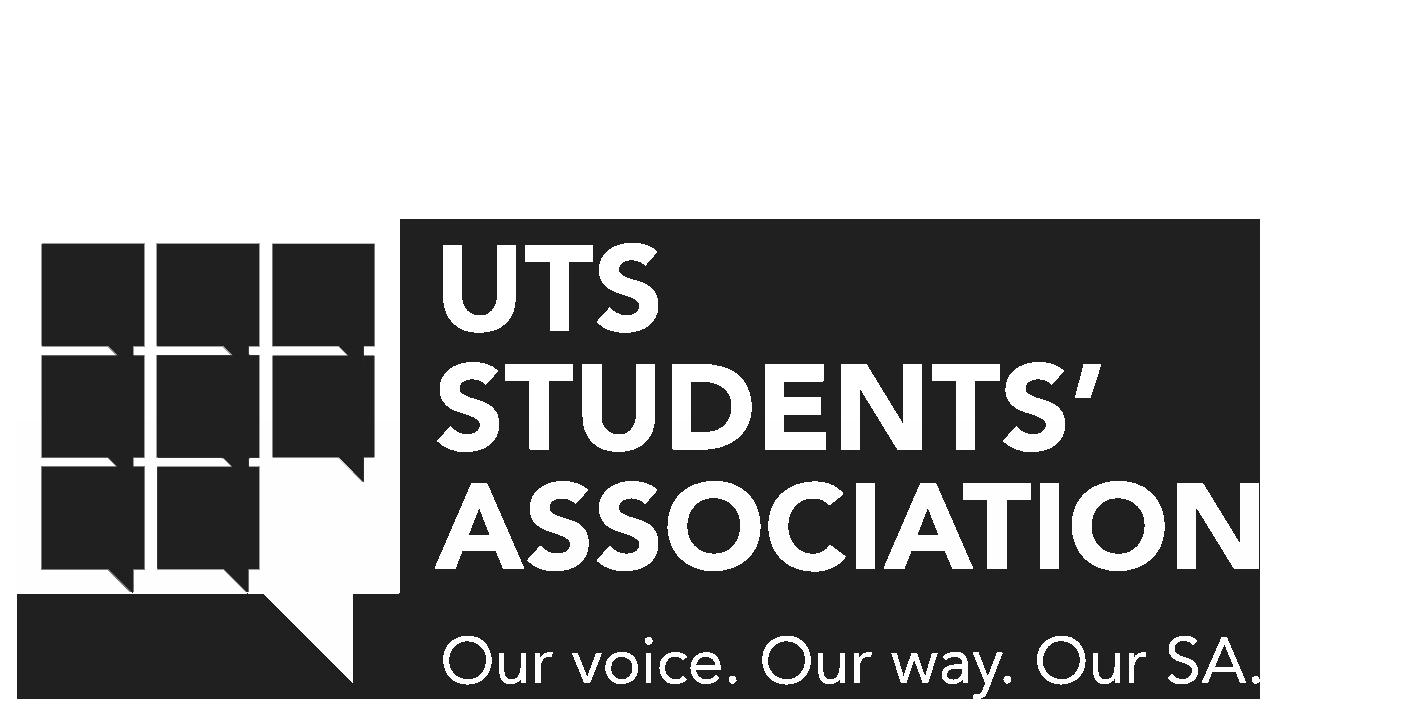



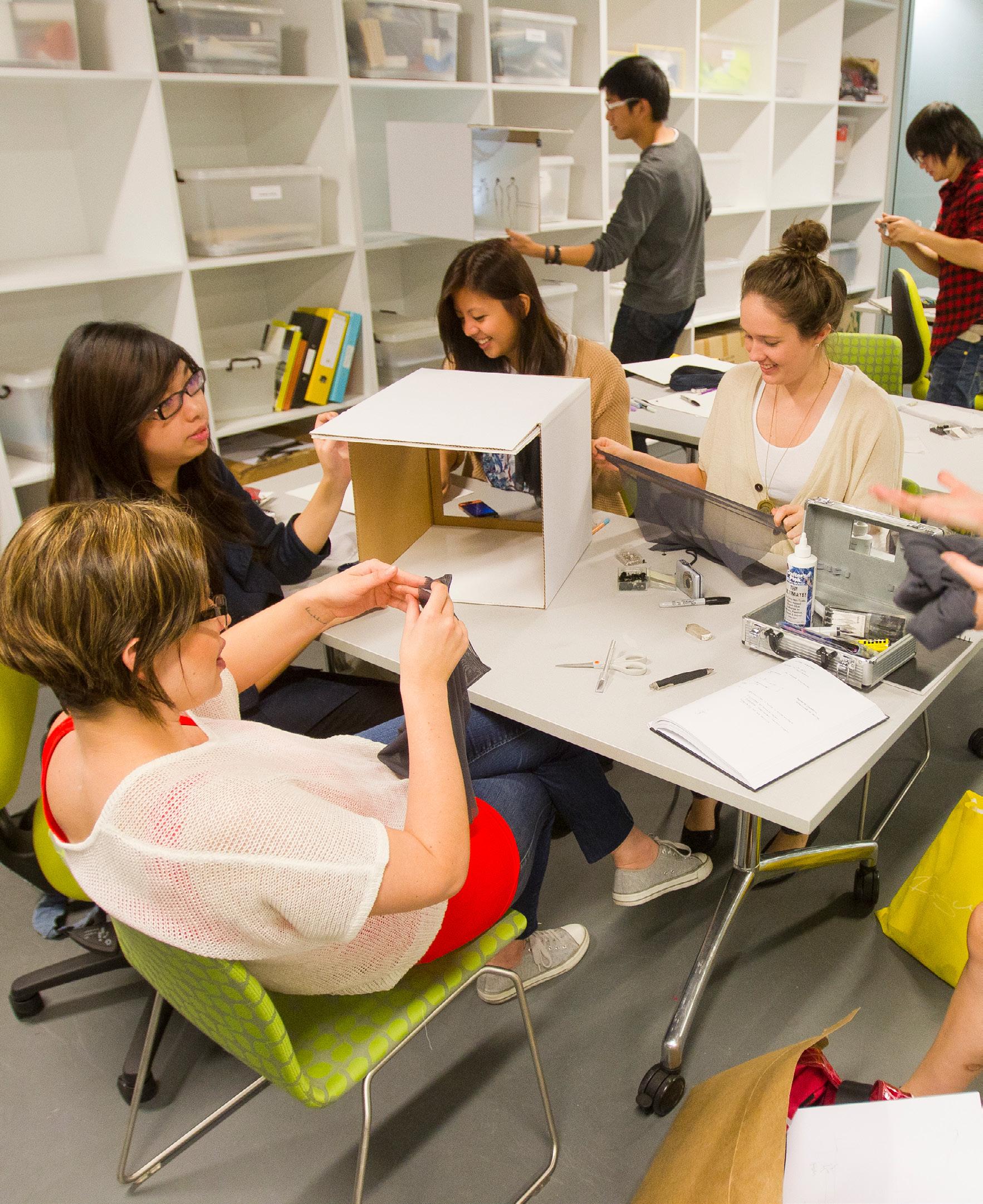
Want to be part of our next printed edition – VOLUME II: CONSPIRACY or have your article posted on our website?
Vertigo relies on the submissions sent to us by our readers, and we take your submissions all year round. We love reading whatever it is you’re willing to share, whether it be your article, your creative writing piece, your design, your fashion, your art… whatever it is, we want to see it!
Vertigo knows no limits.
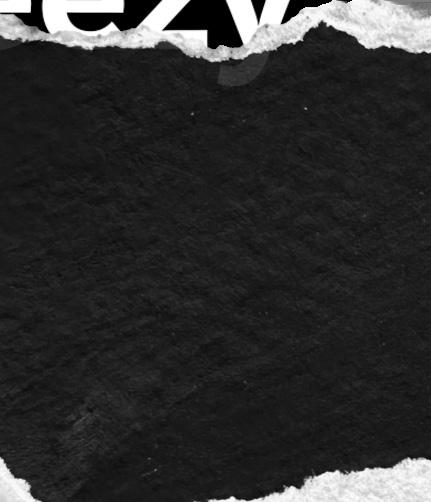
The different sections of our magazine include: Student News Politics + Law Arts + Lifestyle
Society + Culture
Showcase pieces (photography, fashion + more)
Send us an email and get involved!
Our email is submissions@utsvertigo.com.au — send us an email with your work or a pitch, and one of our editors will be in touch with you shortly.
We are constantly publishing articles for you guys. Head to our Instagram (@utsvertigo) and our website utsvertigo.com.au for daily updates and new articles each week. We also have a Twitter! @UTSVertigo — Jonnie causes a fuss there sometimes.
Arielle Lee
@clivia_studios
Arkie Thomas
@aaarkiive
Charli Krite
@charlik.psd
Jonnie Jock
Amelie Zreika
@ameliezreika
Andy Howells
Anmol Kumar
@anmolk2105
Bianca Drummond Costa
@biancadcostaa
Bree Clark
@bbreeclark
Eryn Yates
@eryn.yates
Giovanna De Pontes
@giovannadepontes
@jonniefuckingjock
Lucien Yumru
@lucienyumru
Nathan Halward
@rexrot_ @rgb_rex
Sophie Zhang
@bonesofsoup
Mannix Thomson
@mannixthomson
Margaret James
Mayela Dayeh
@mayeladay
Molly Martin
@mollymartin
Natasha Abdulghani
Sara Chaturvedi
@sarapcz
Zara Hatton
@zarahatton
